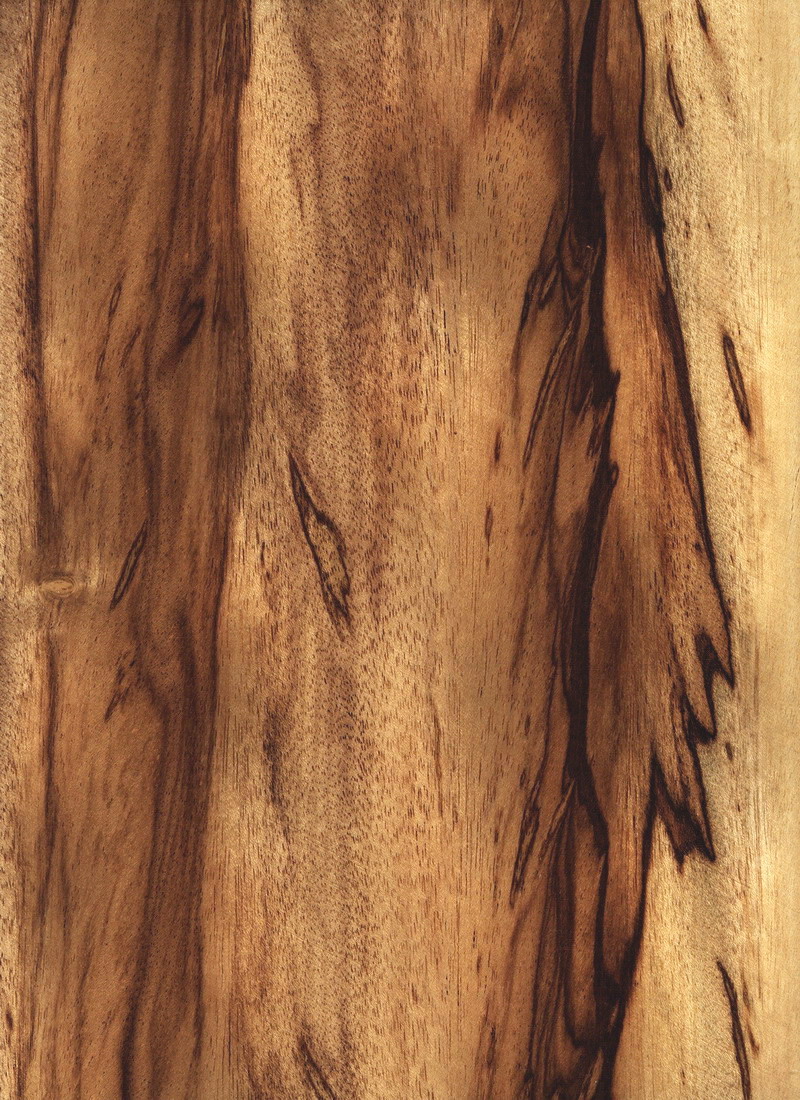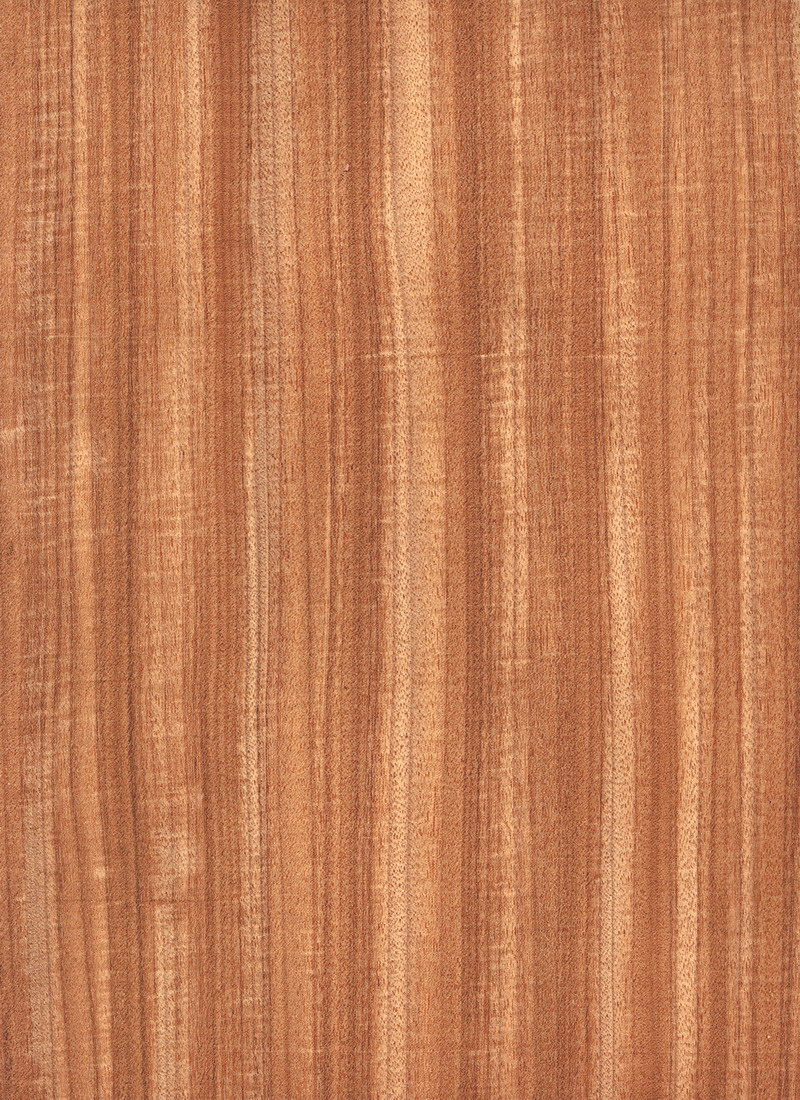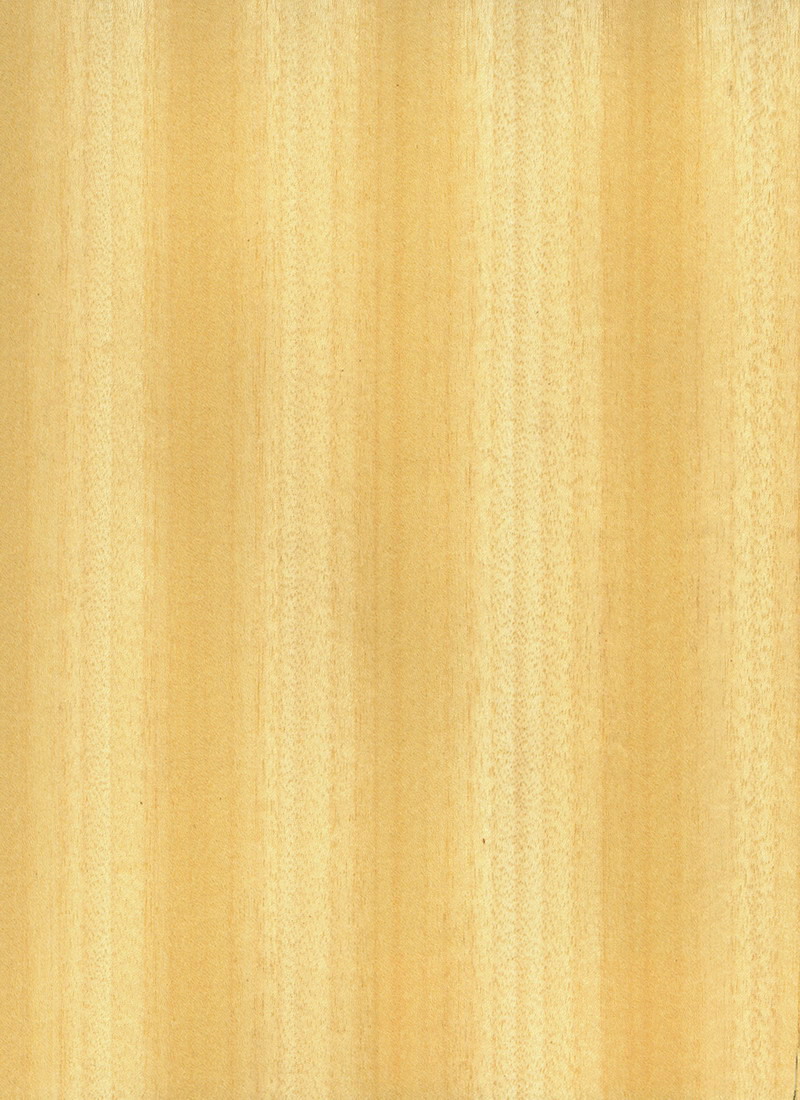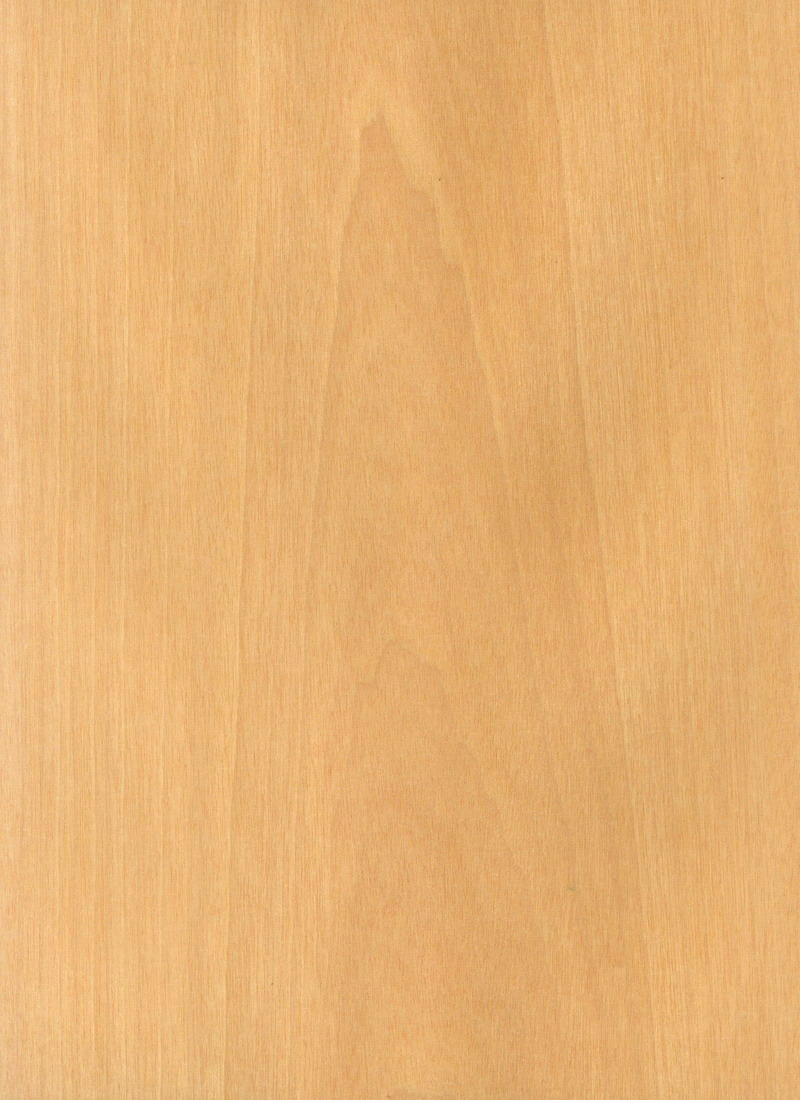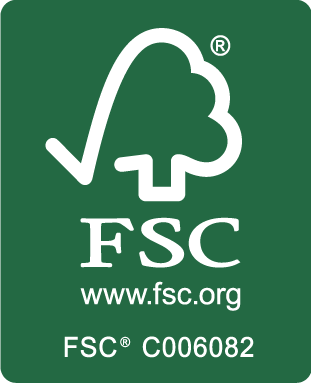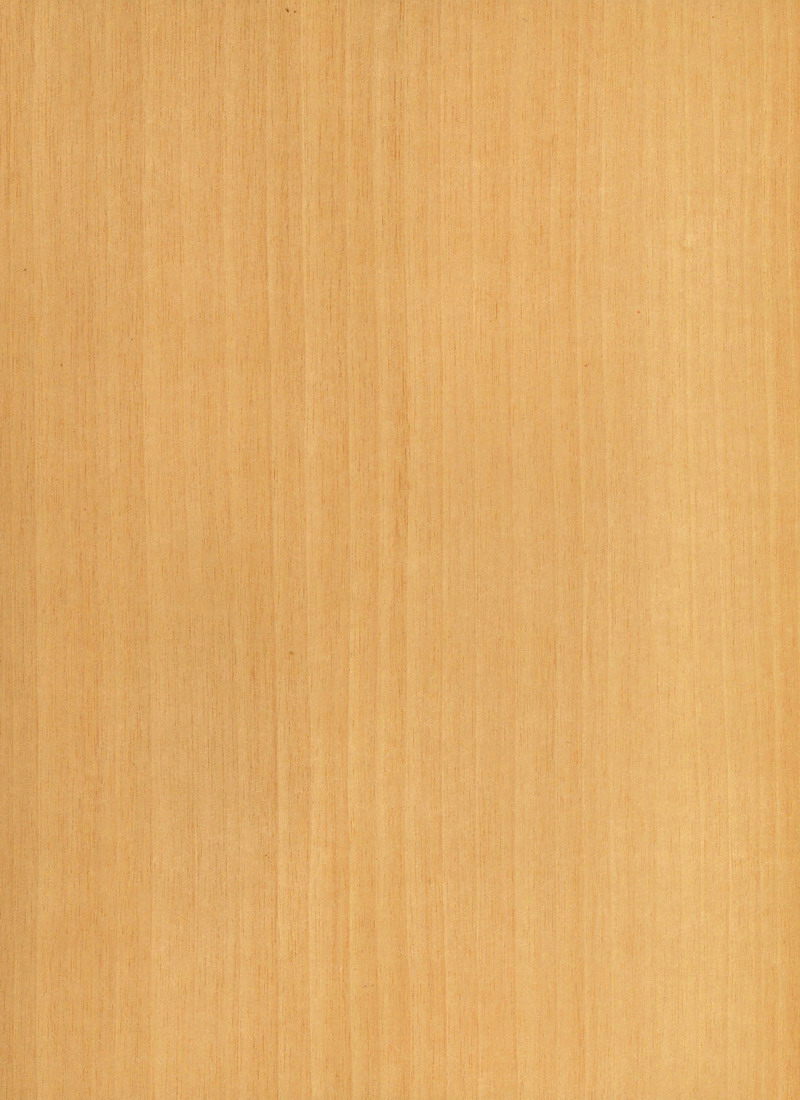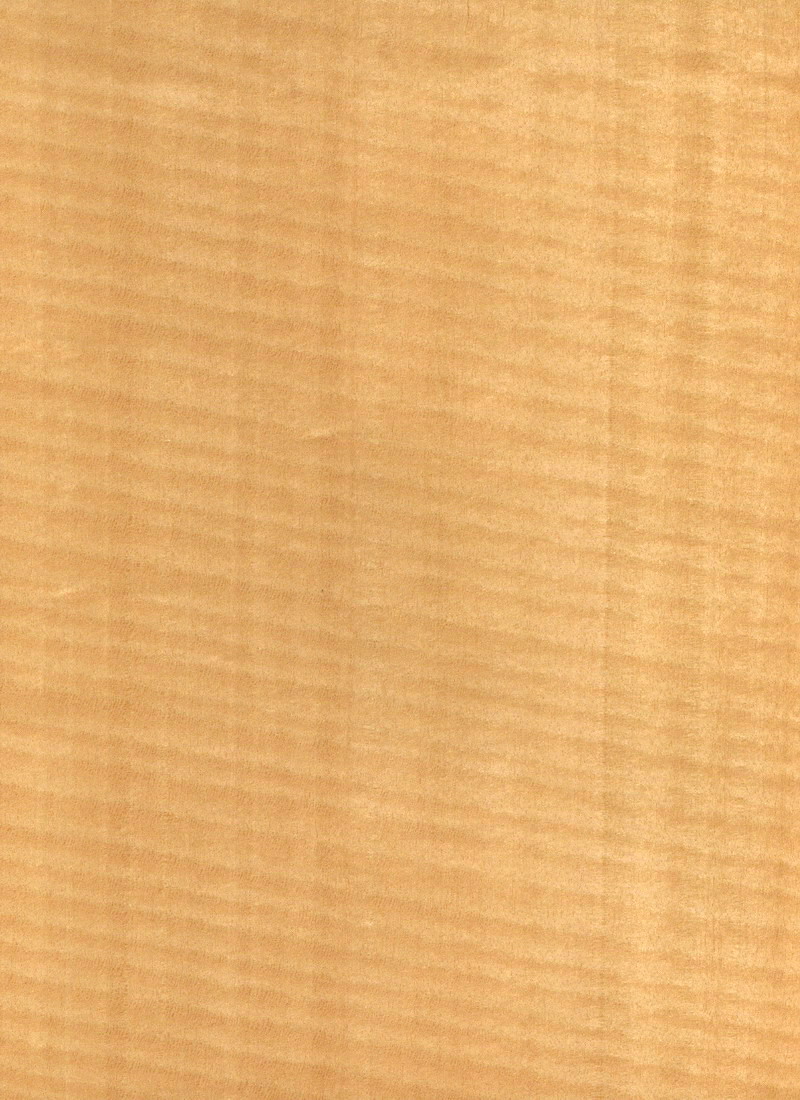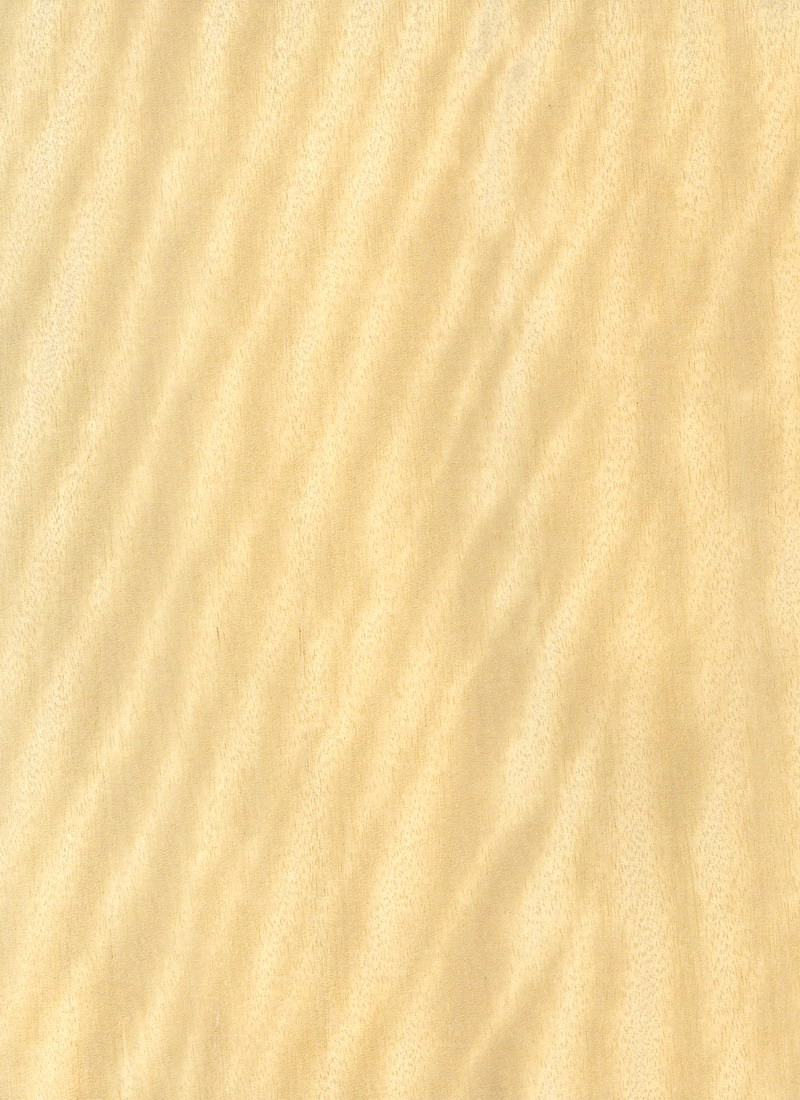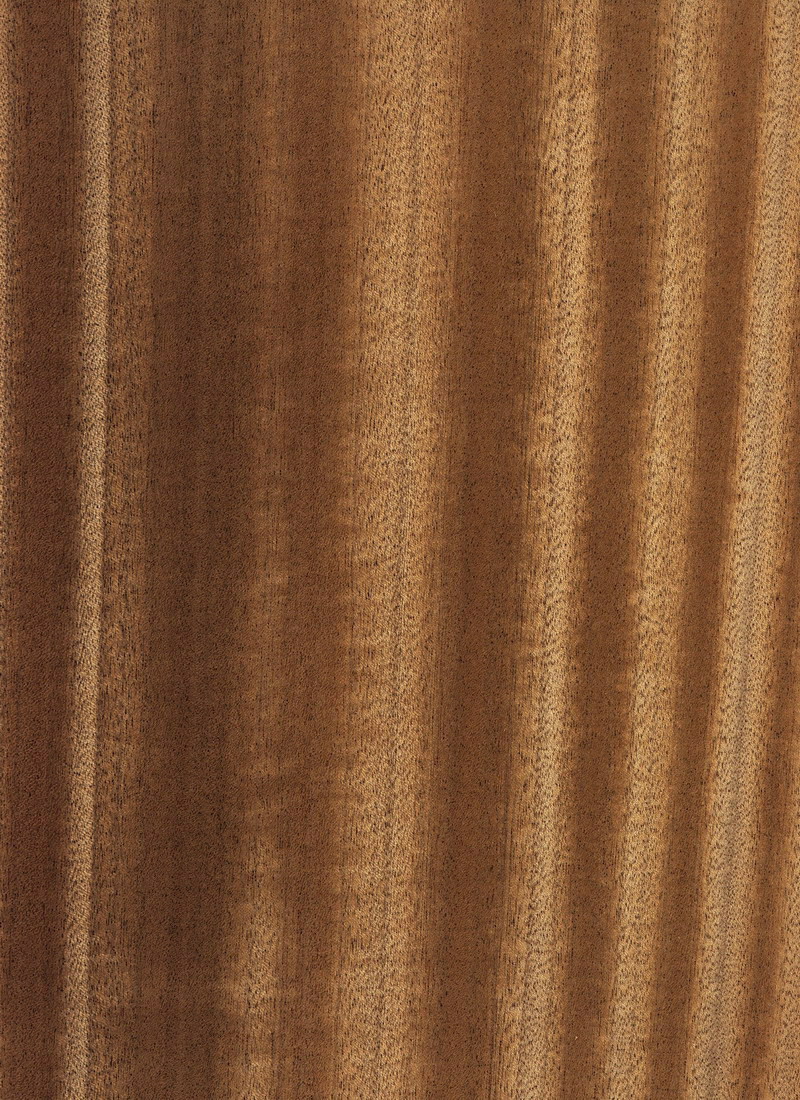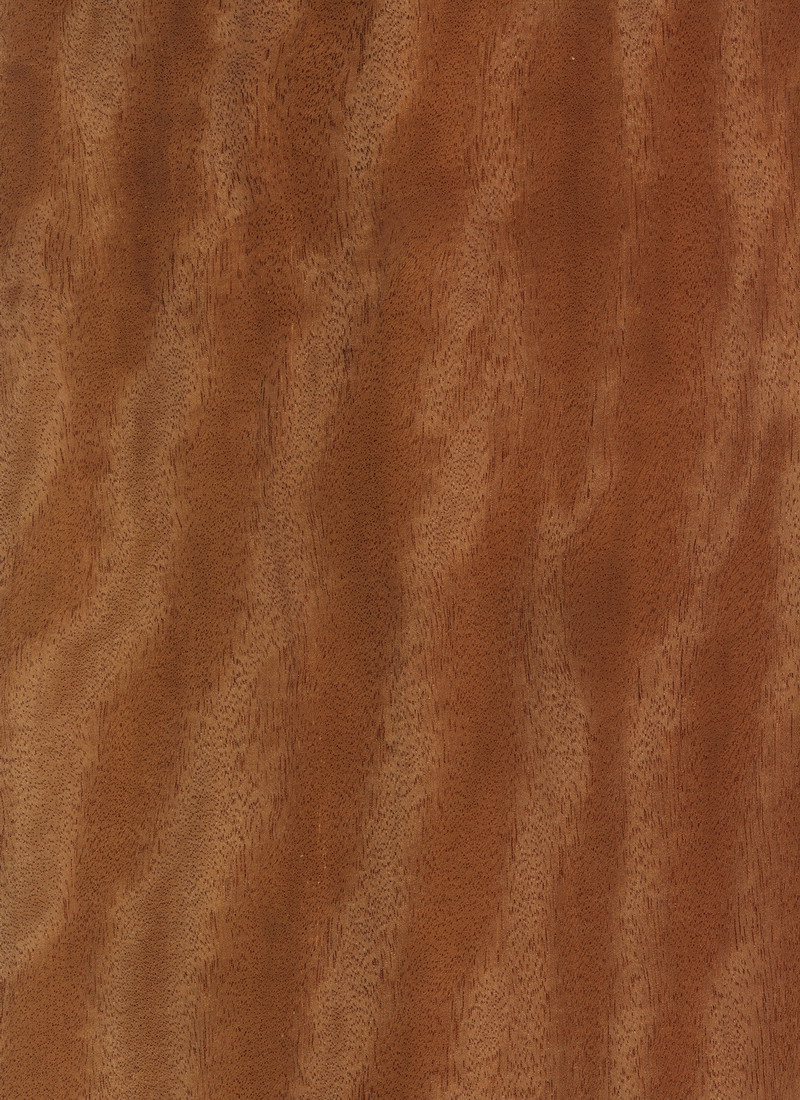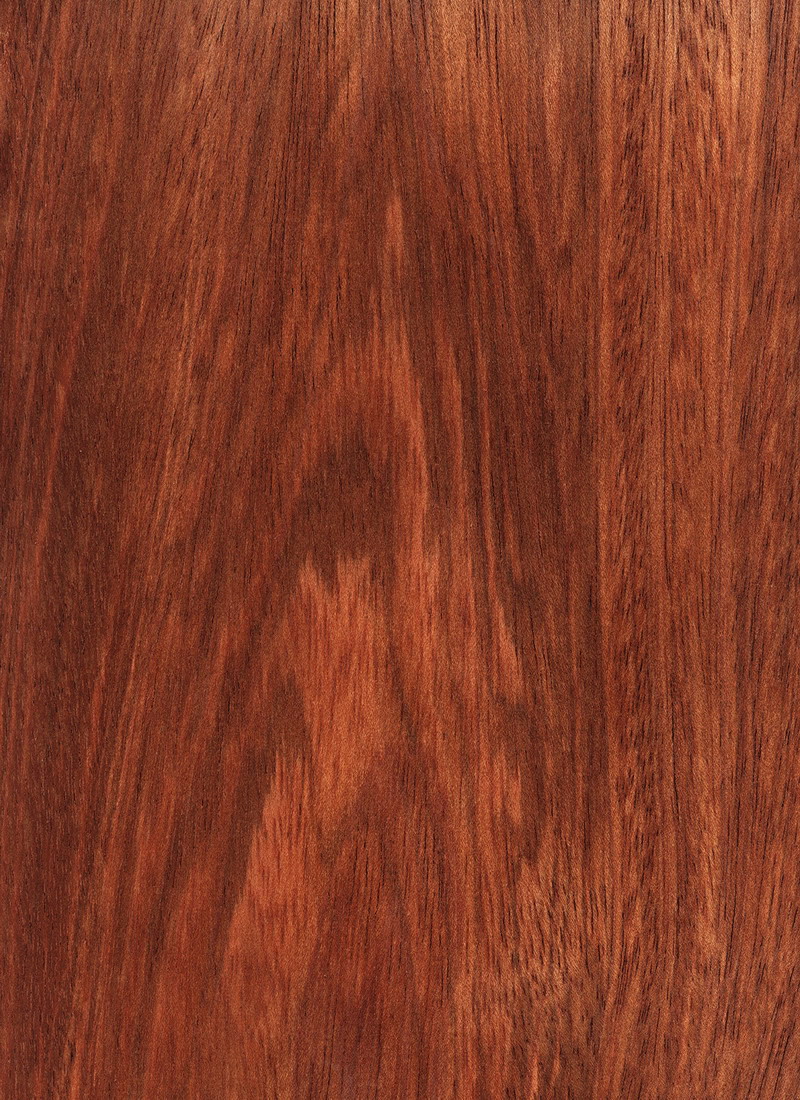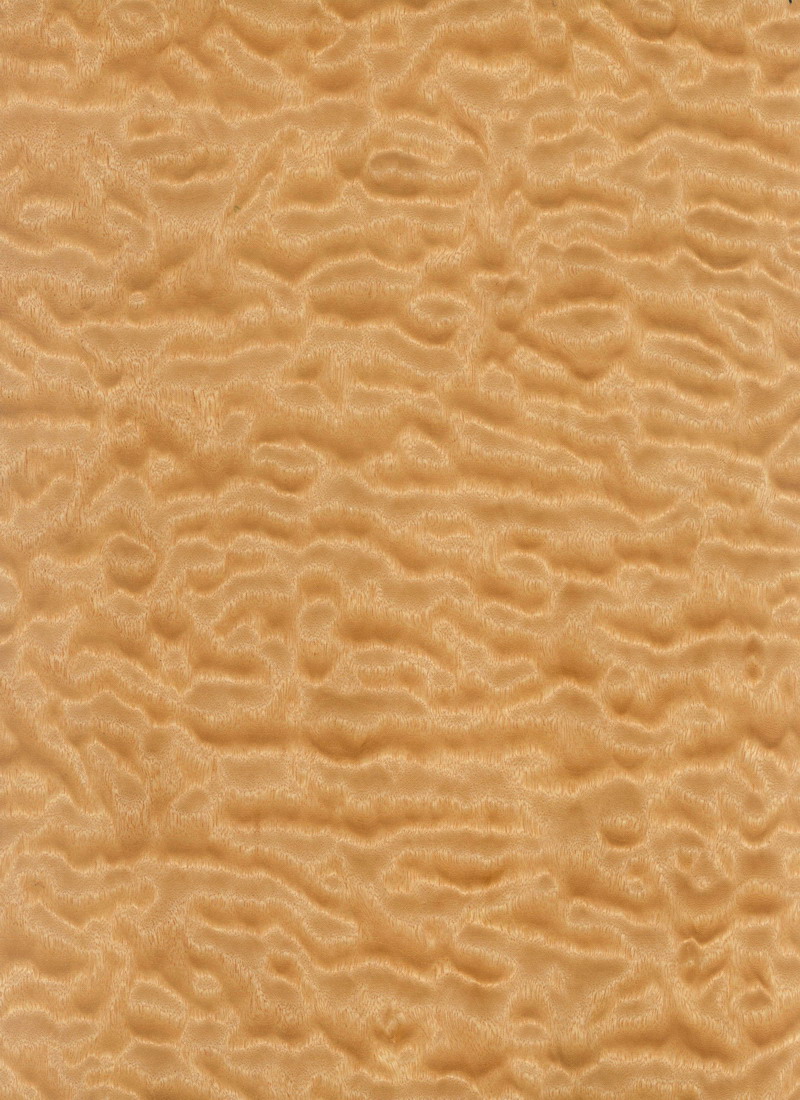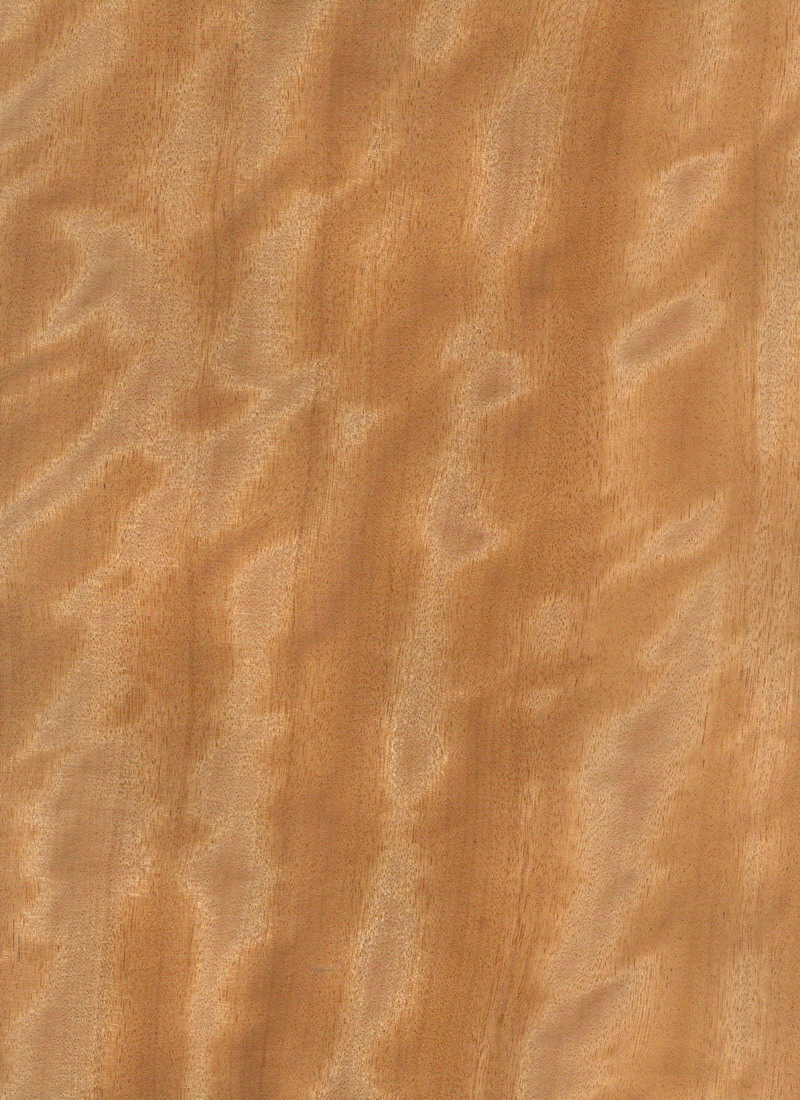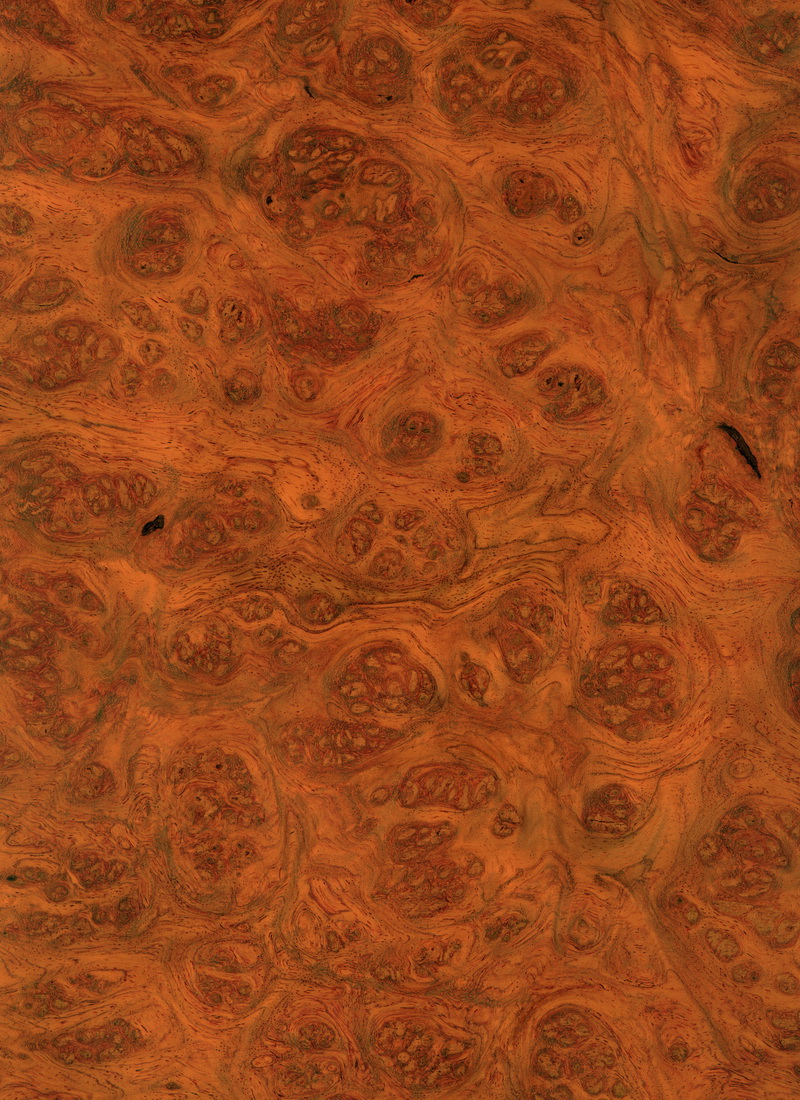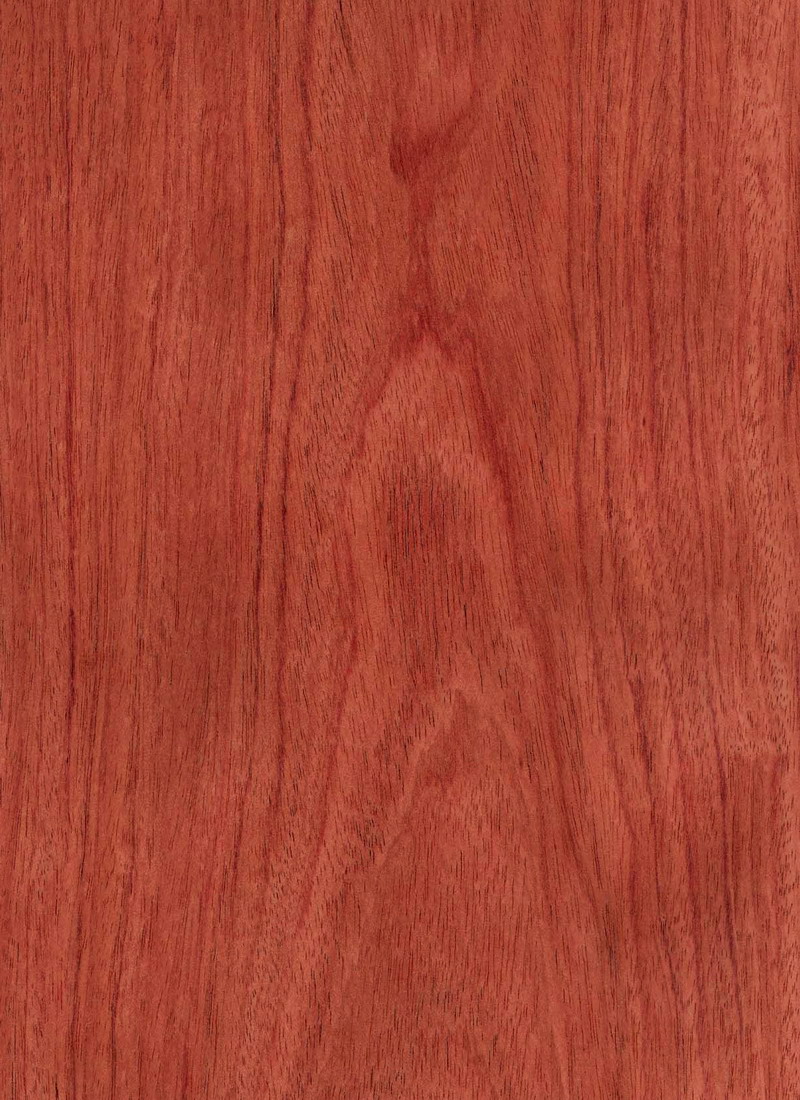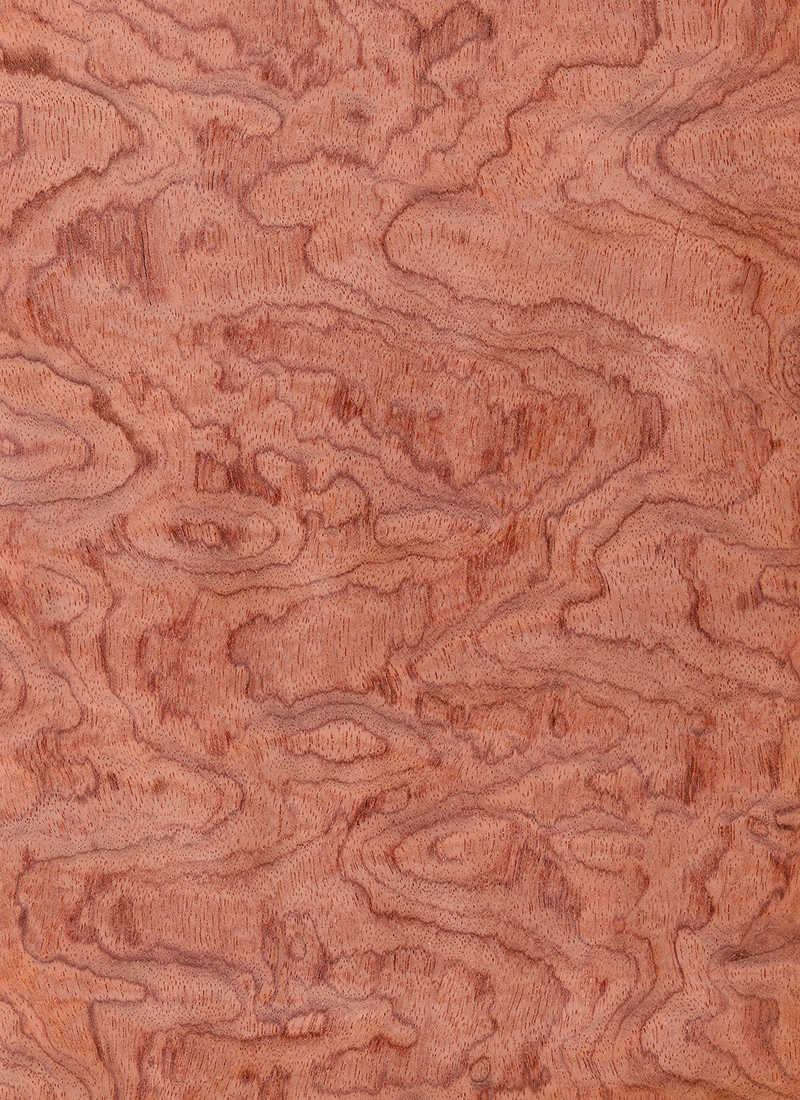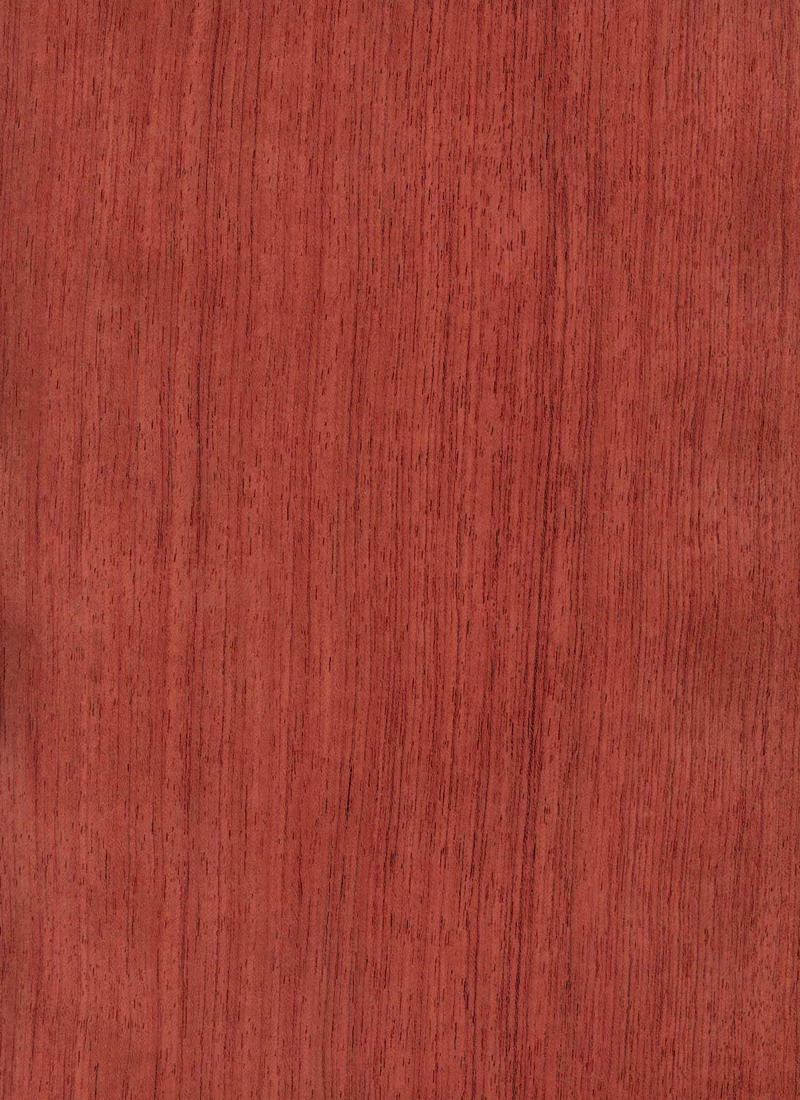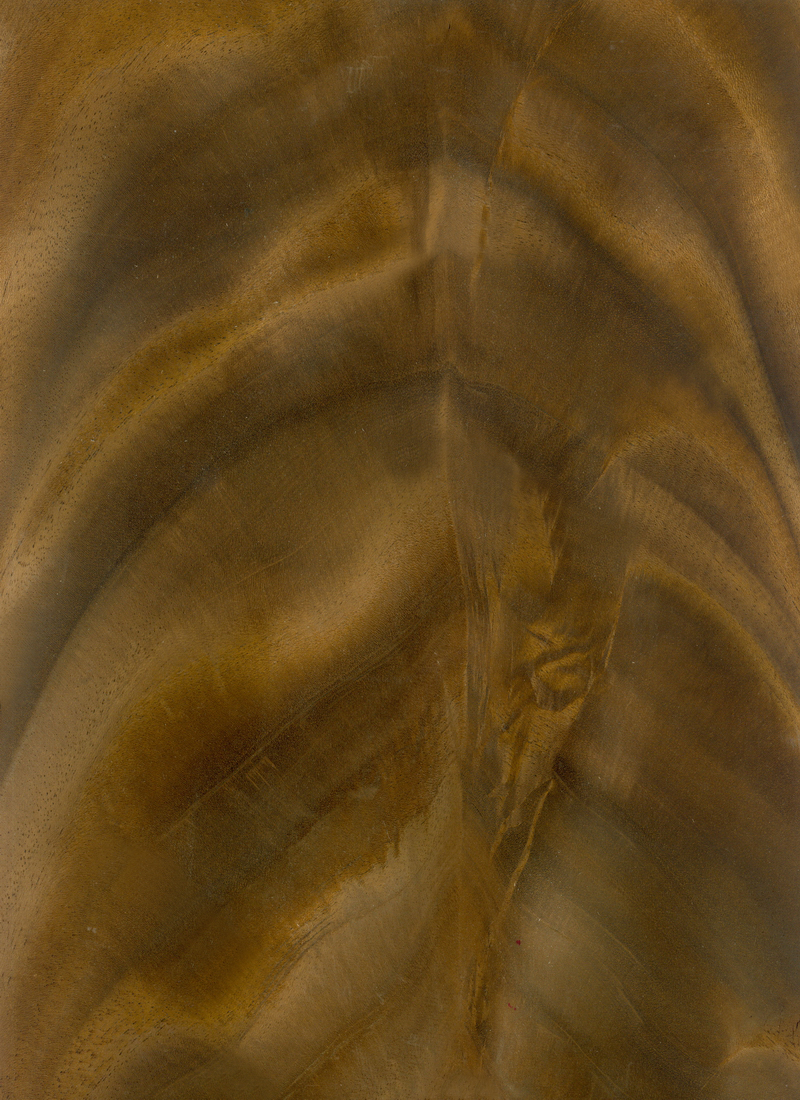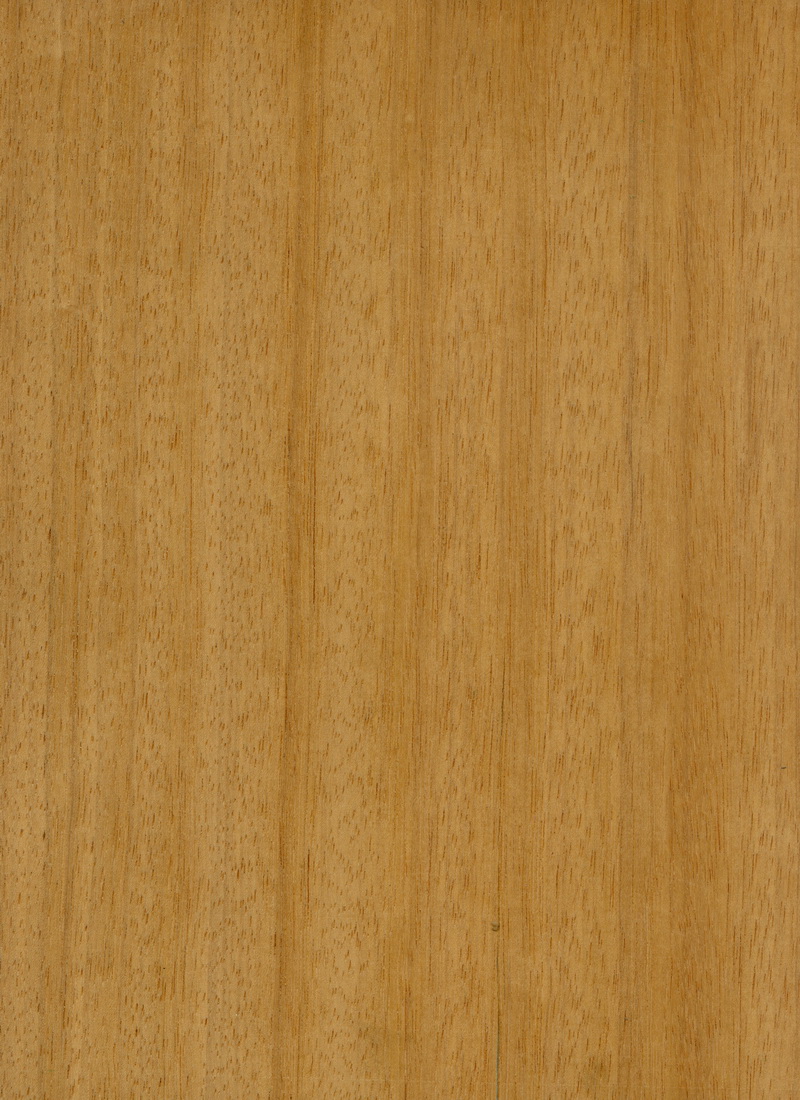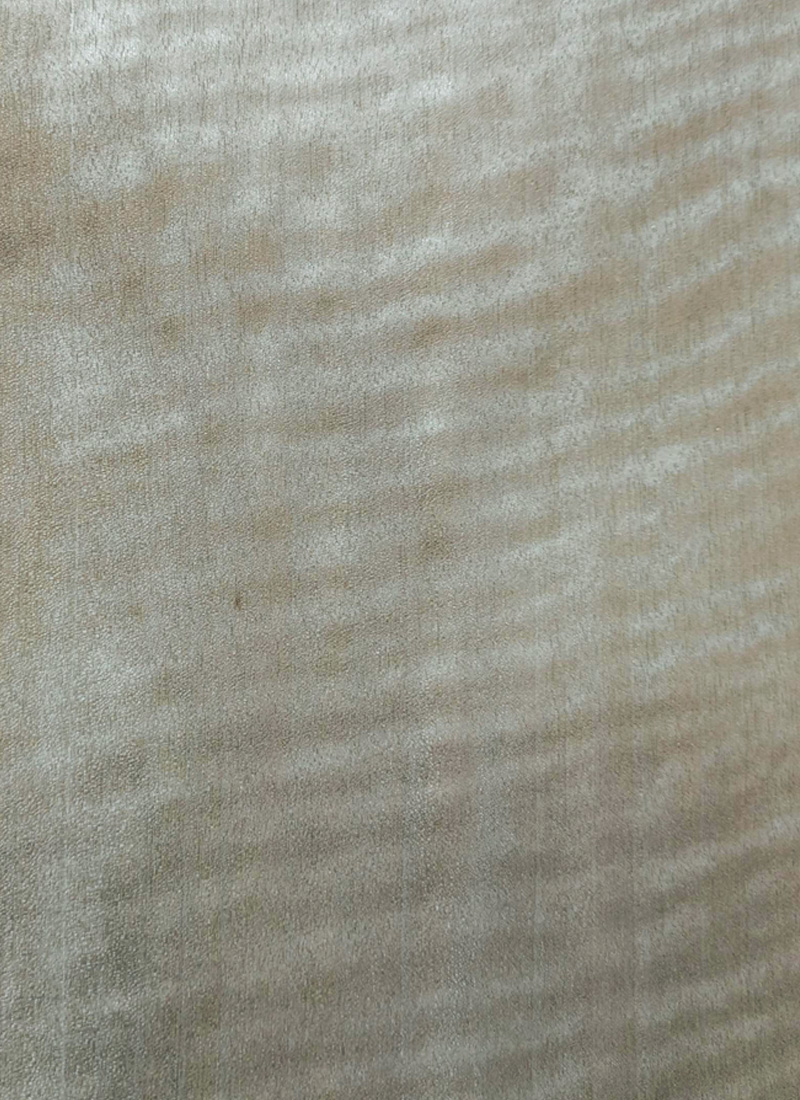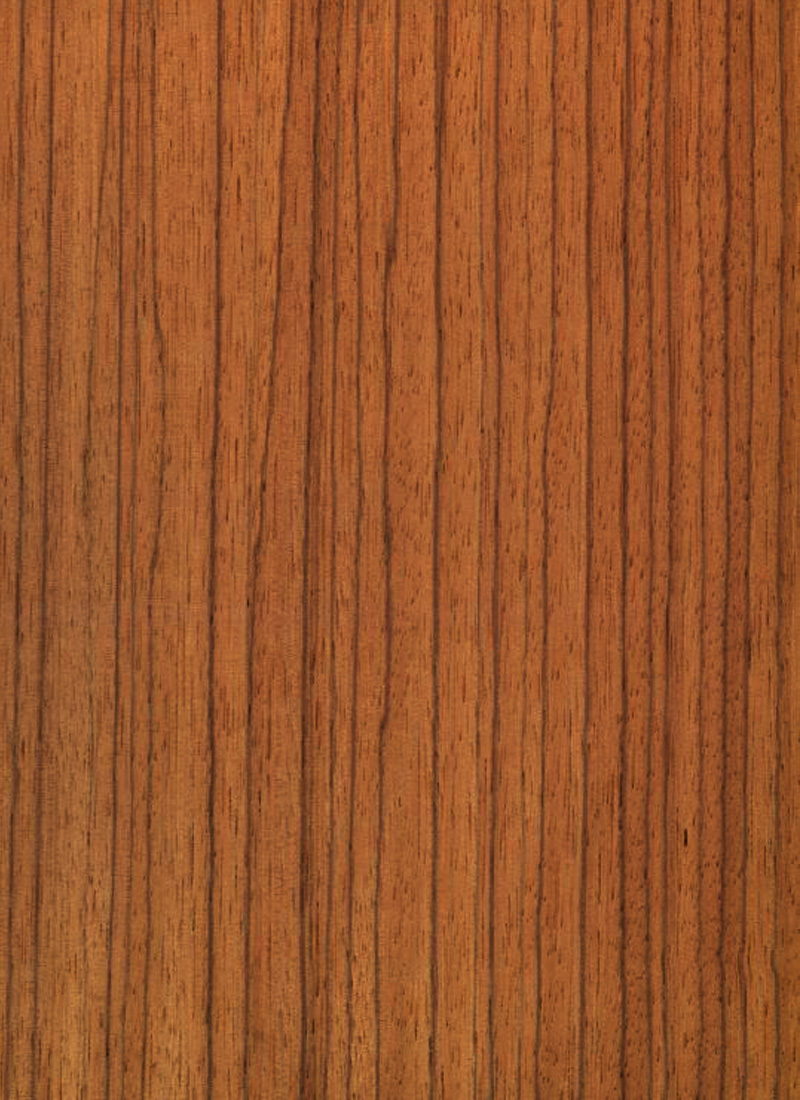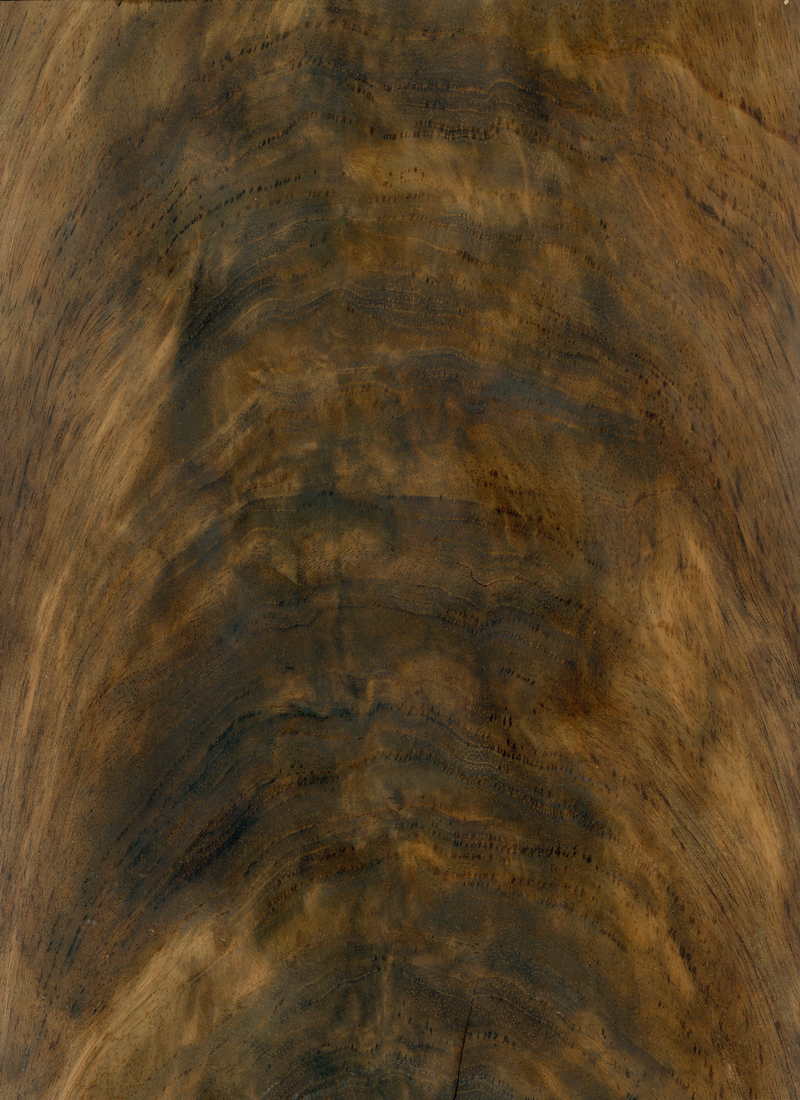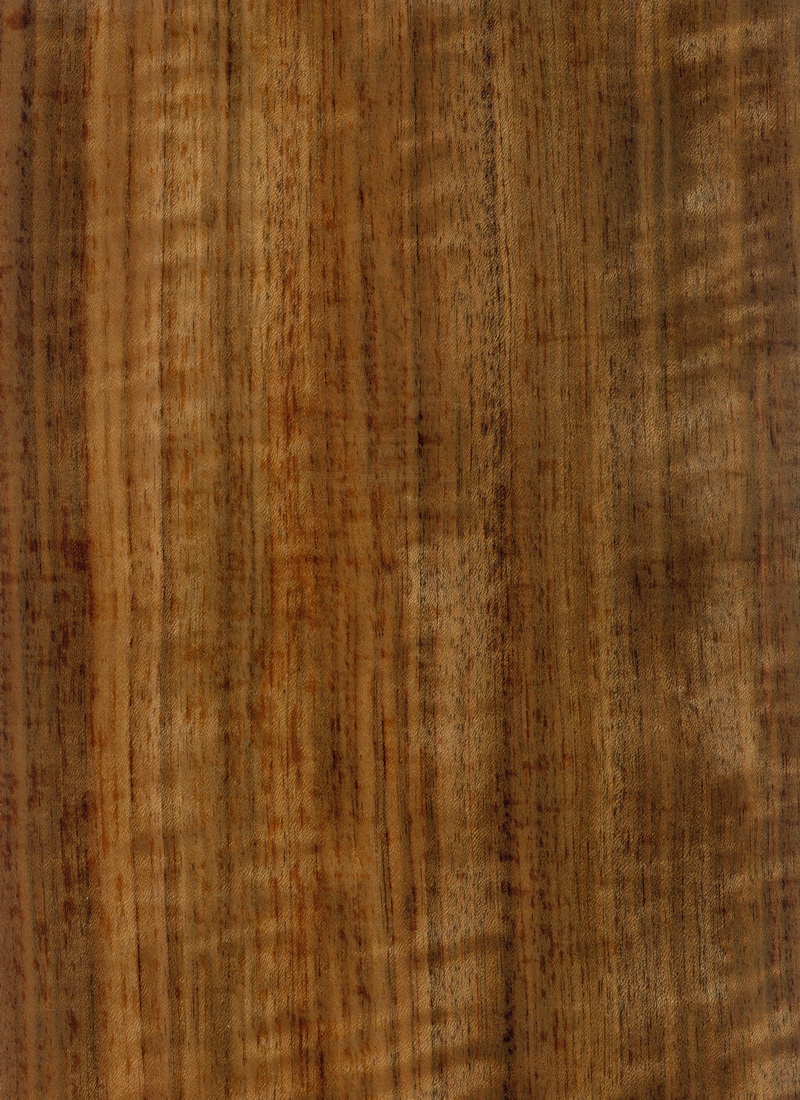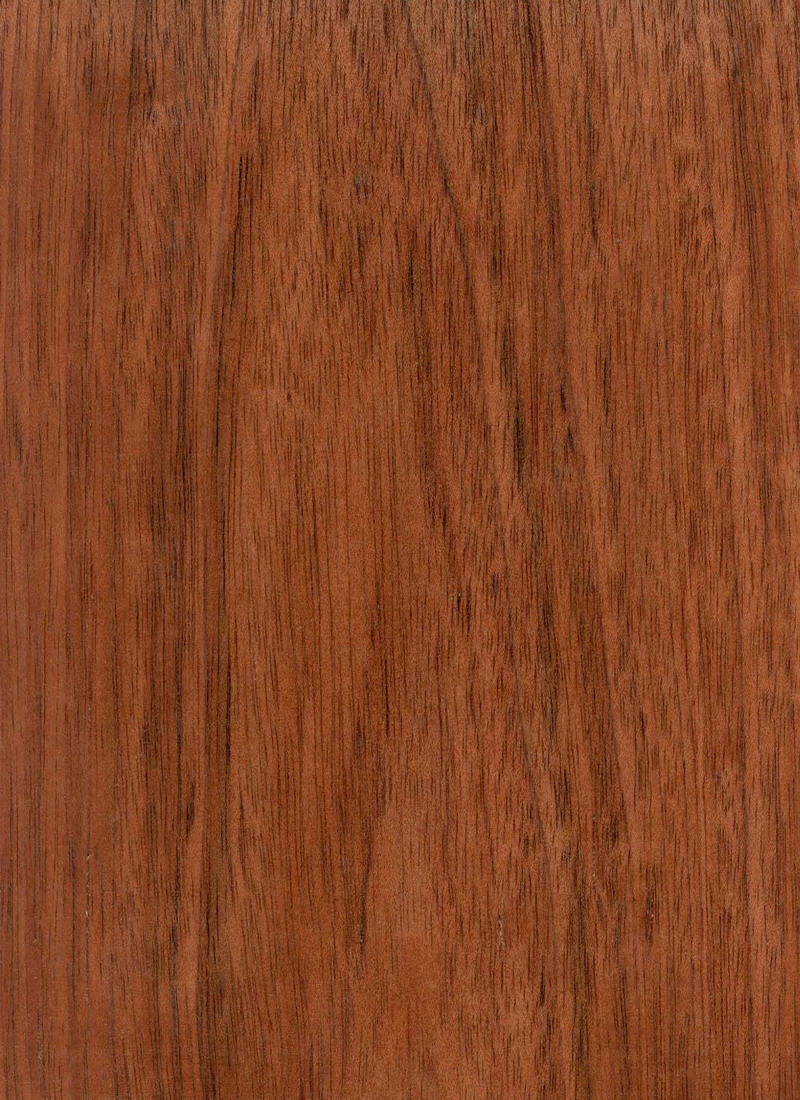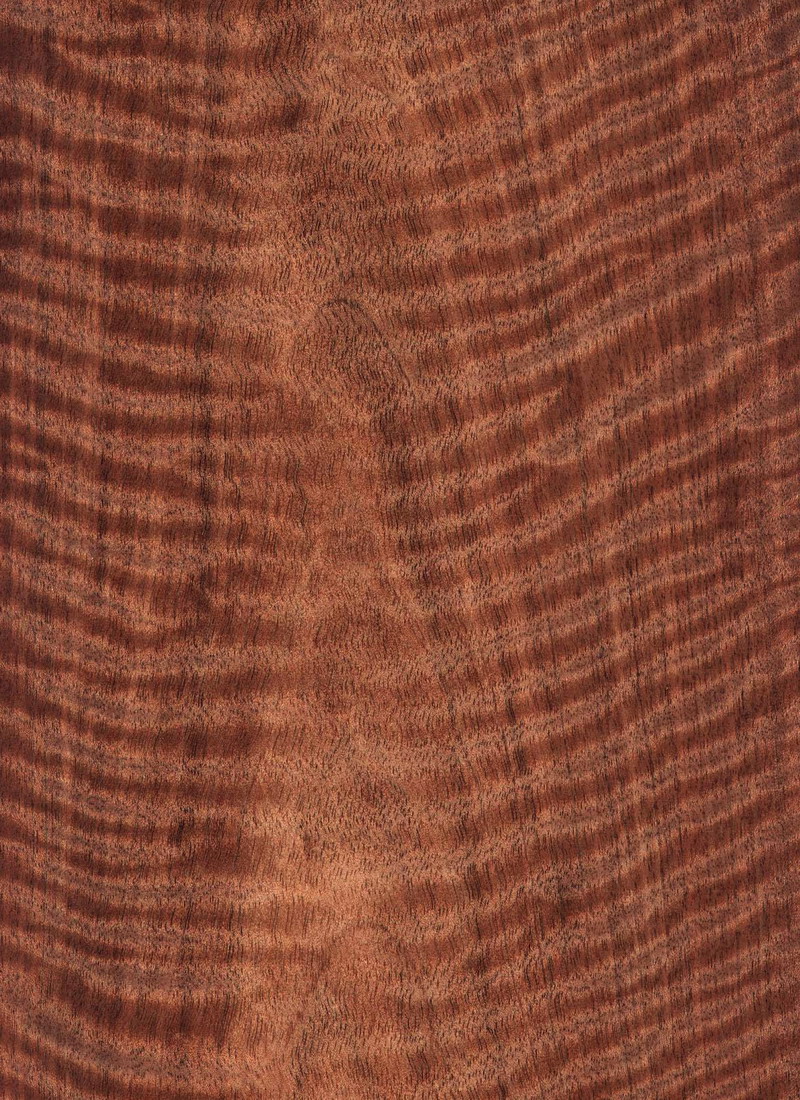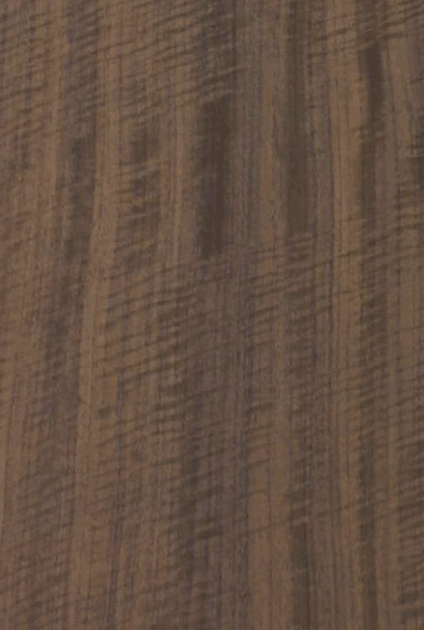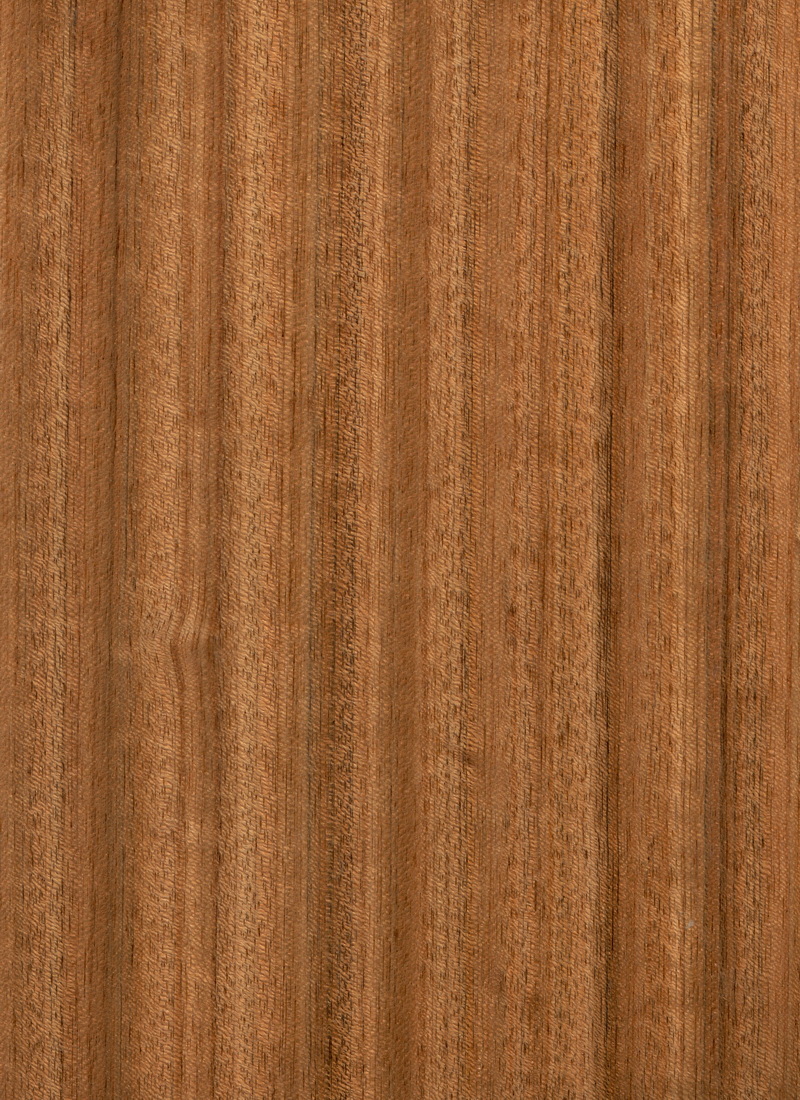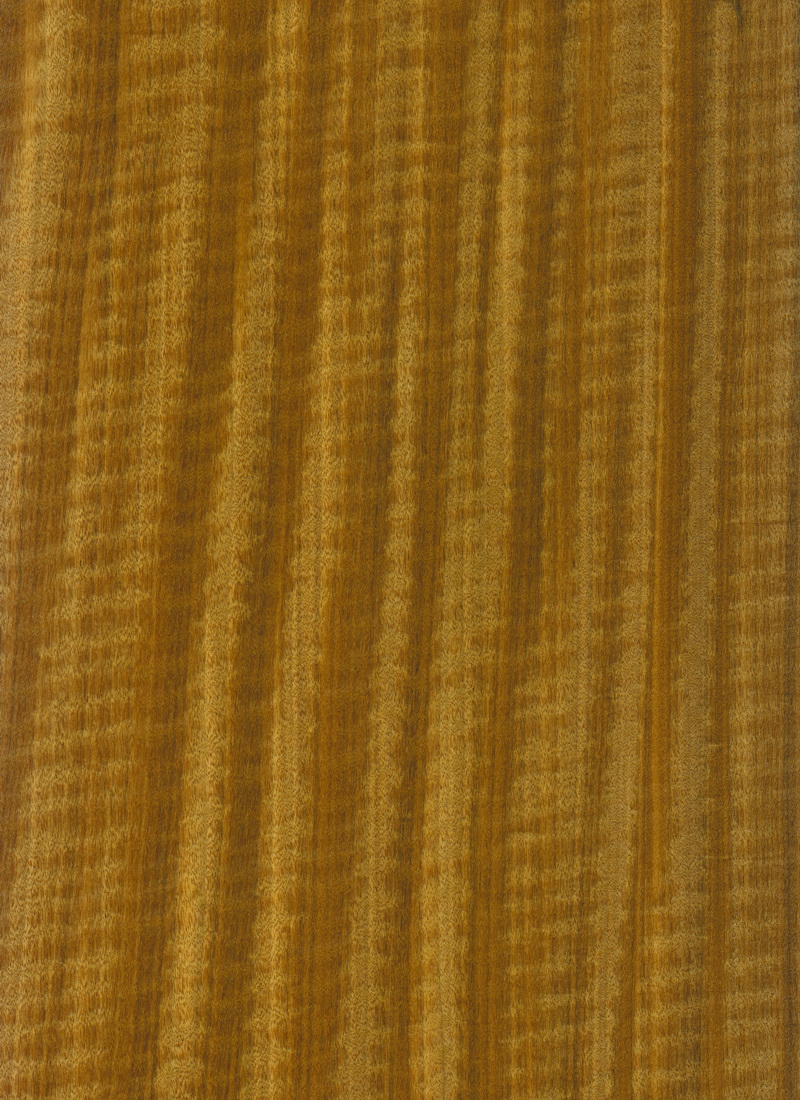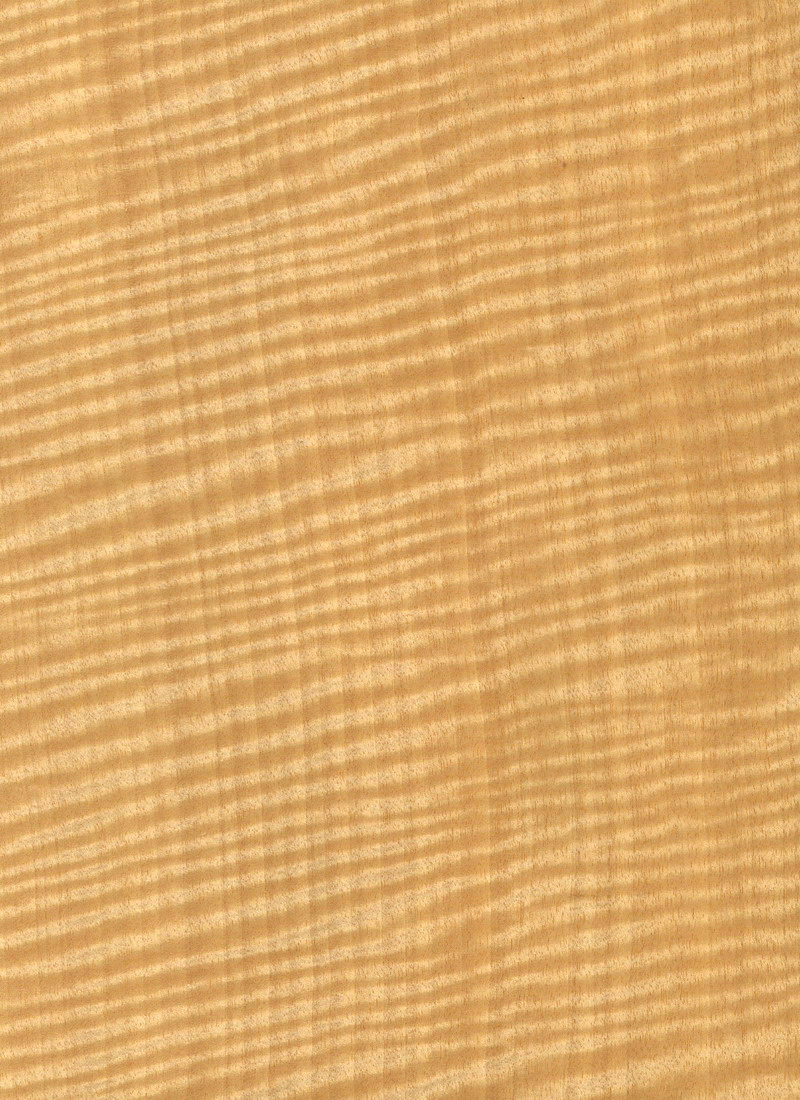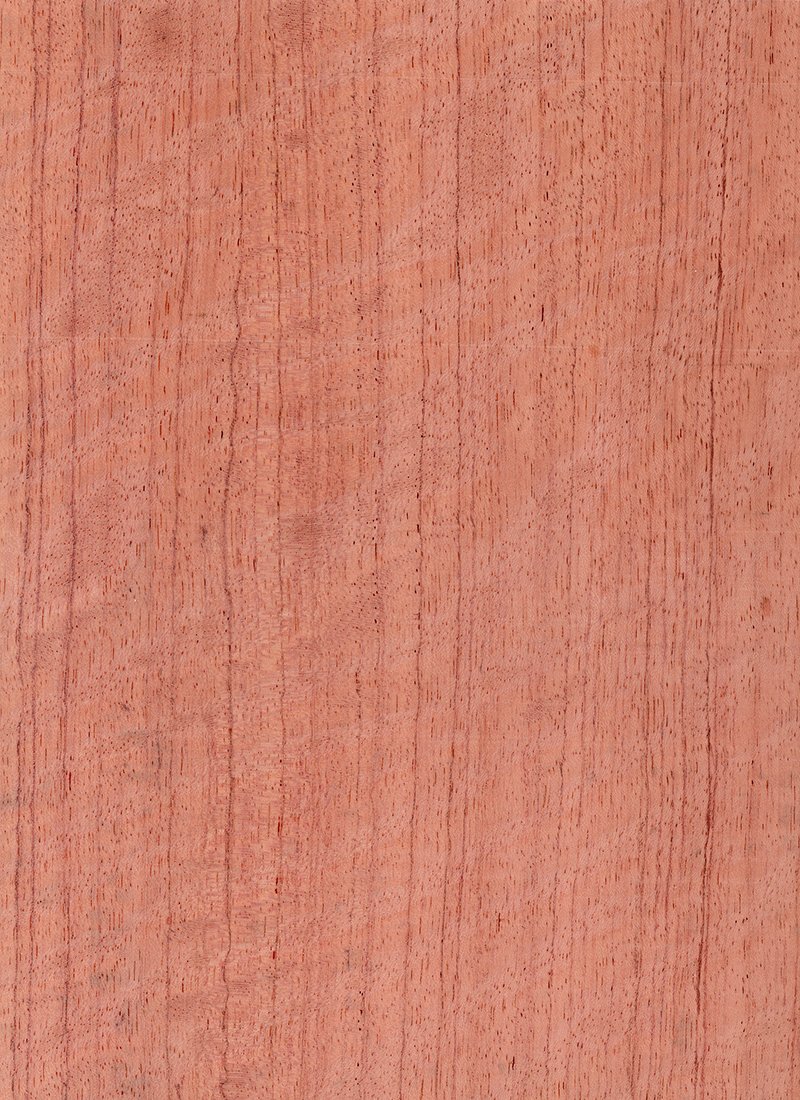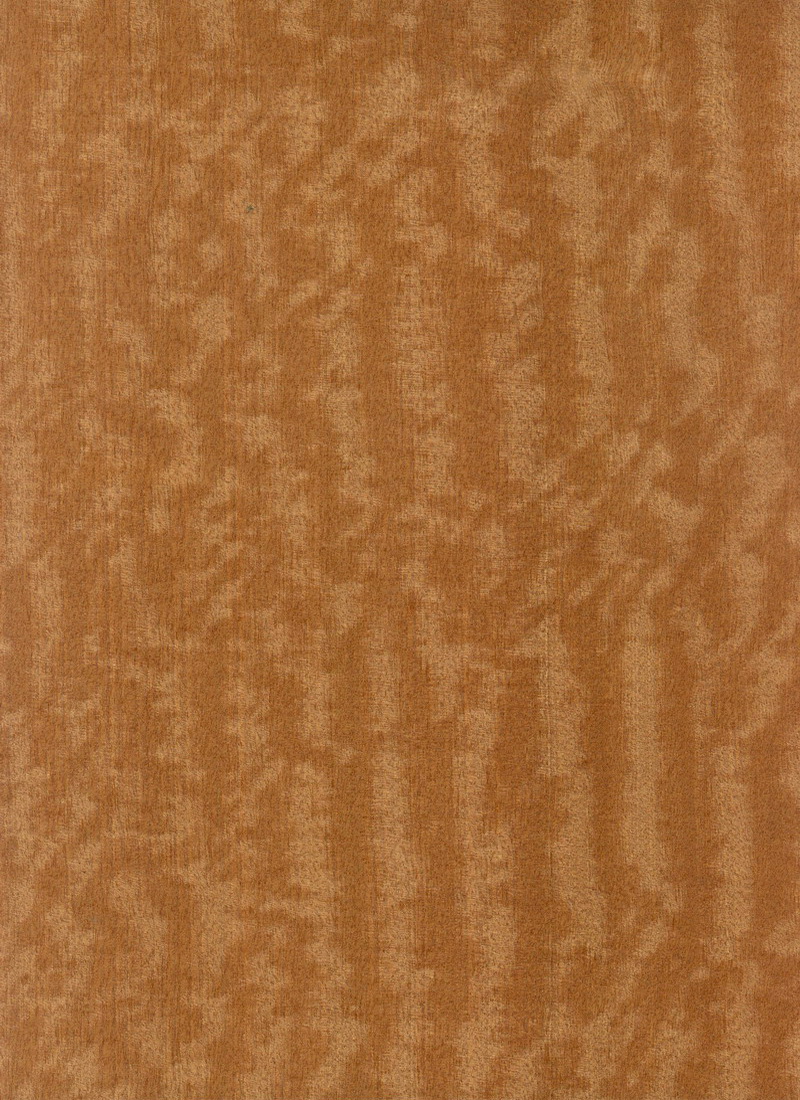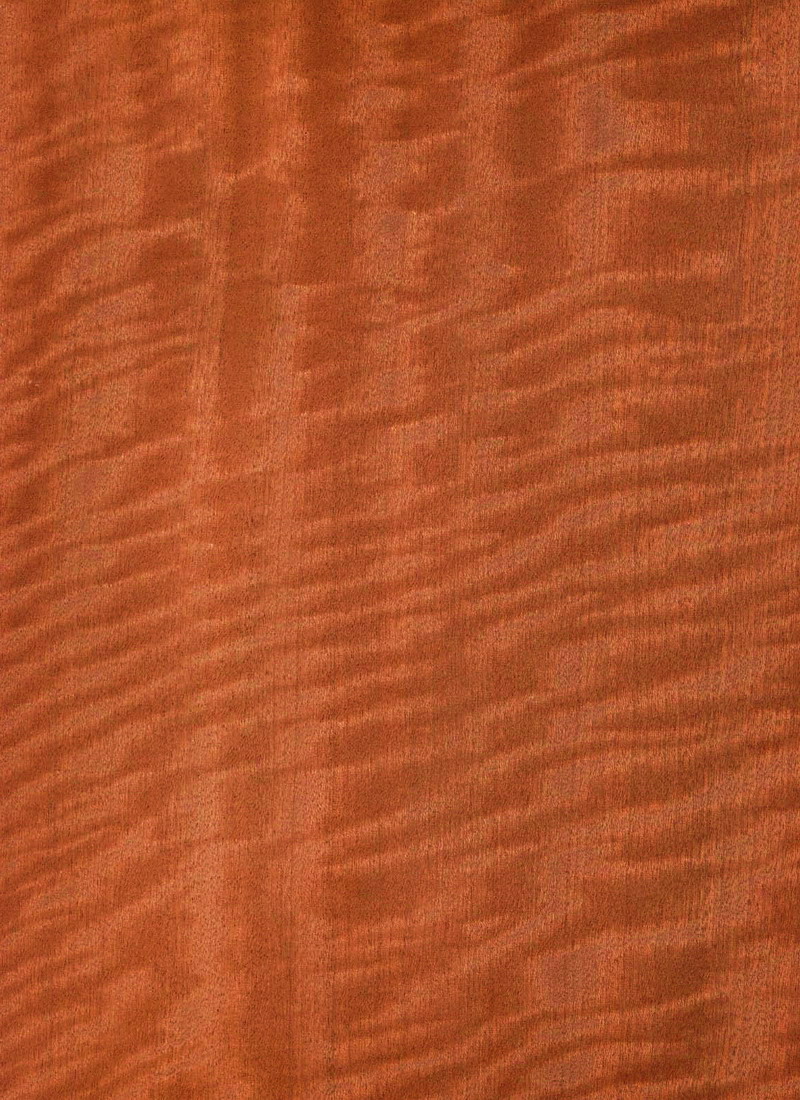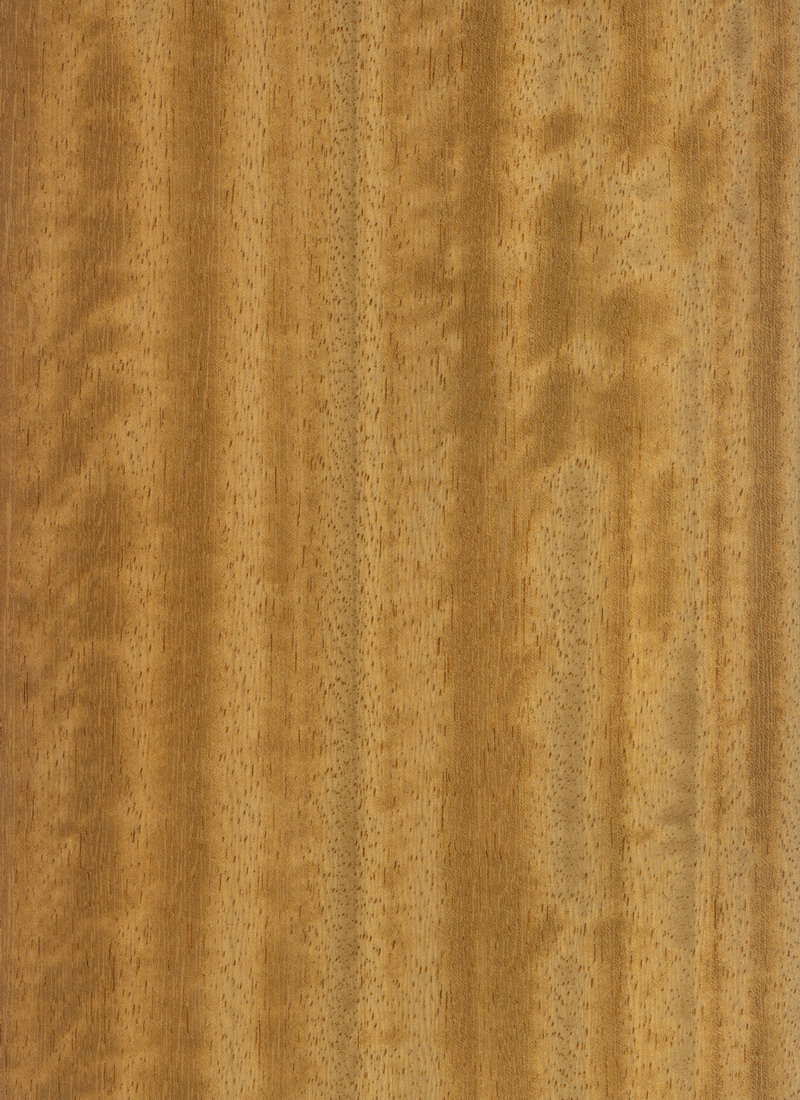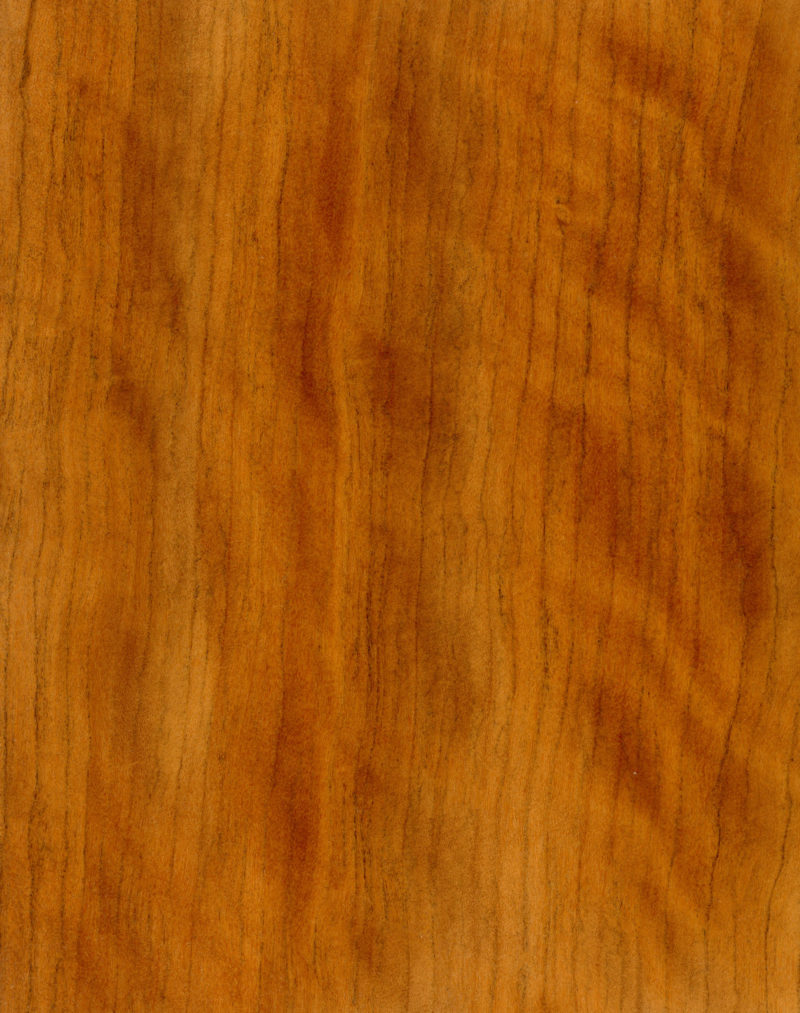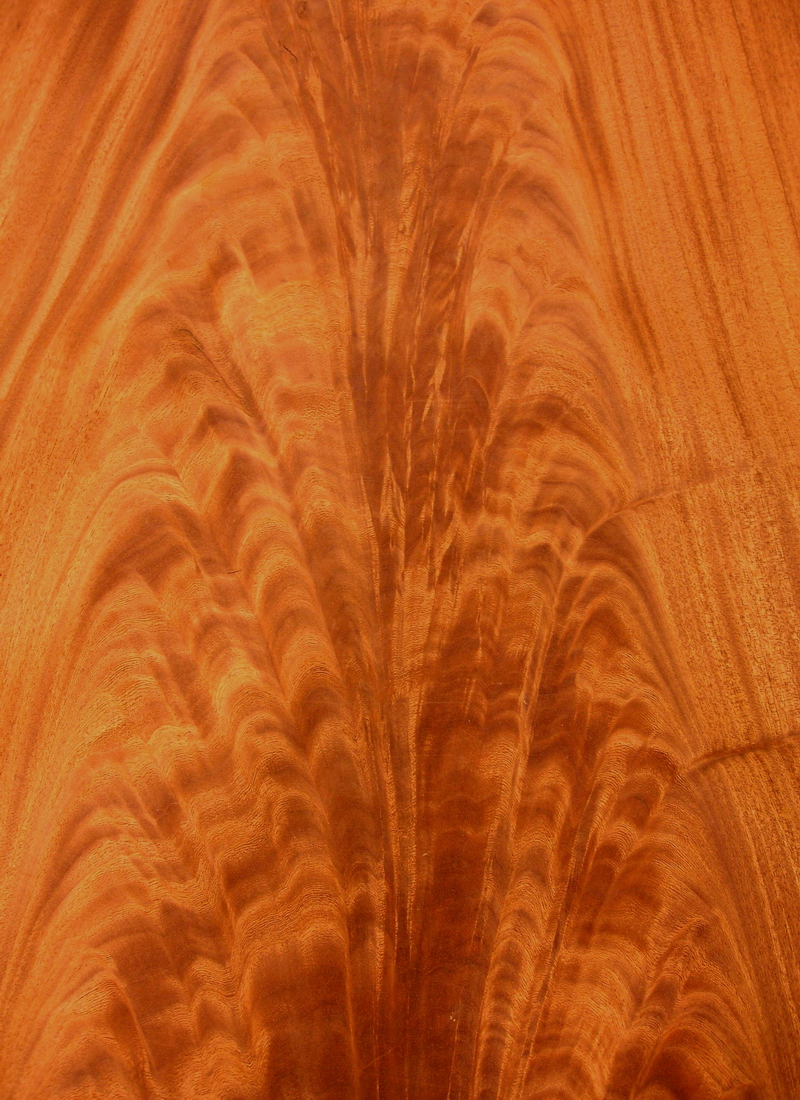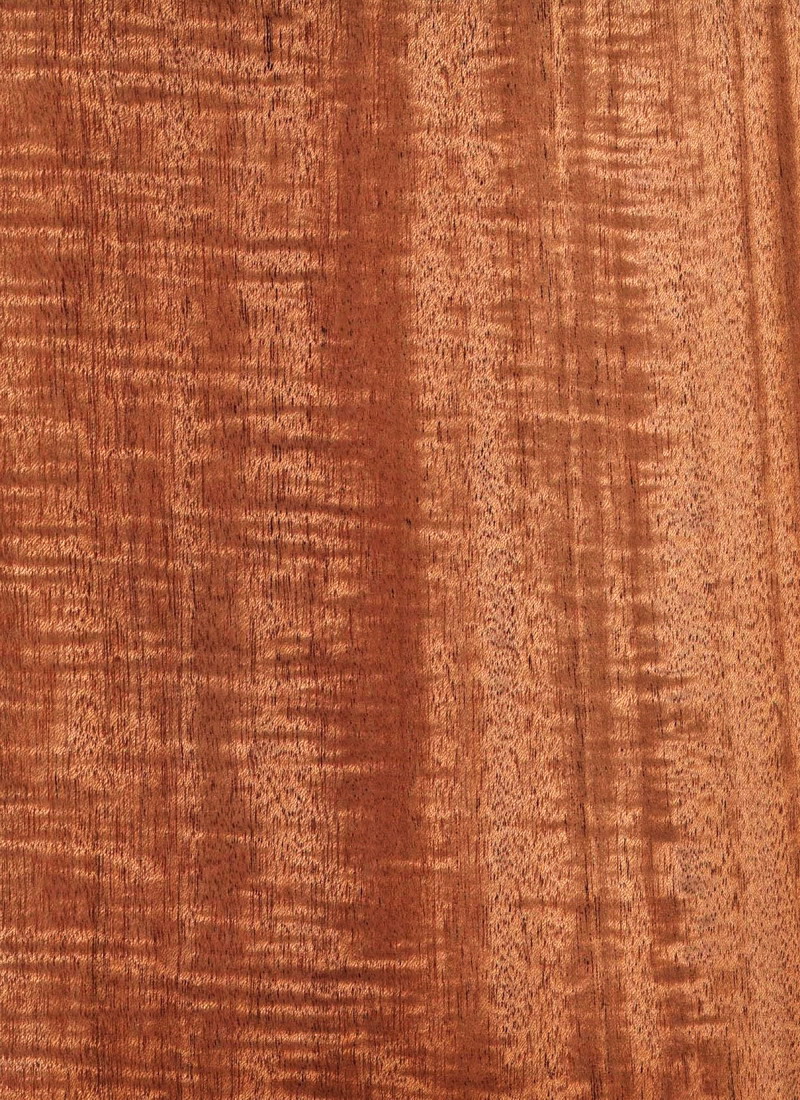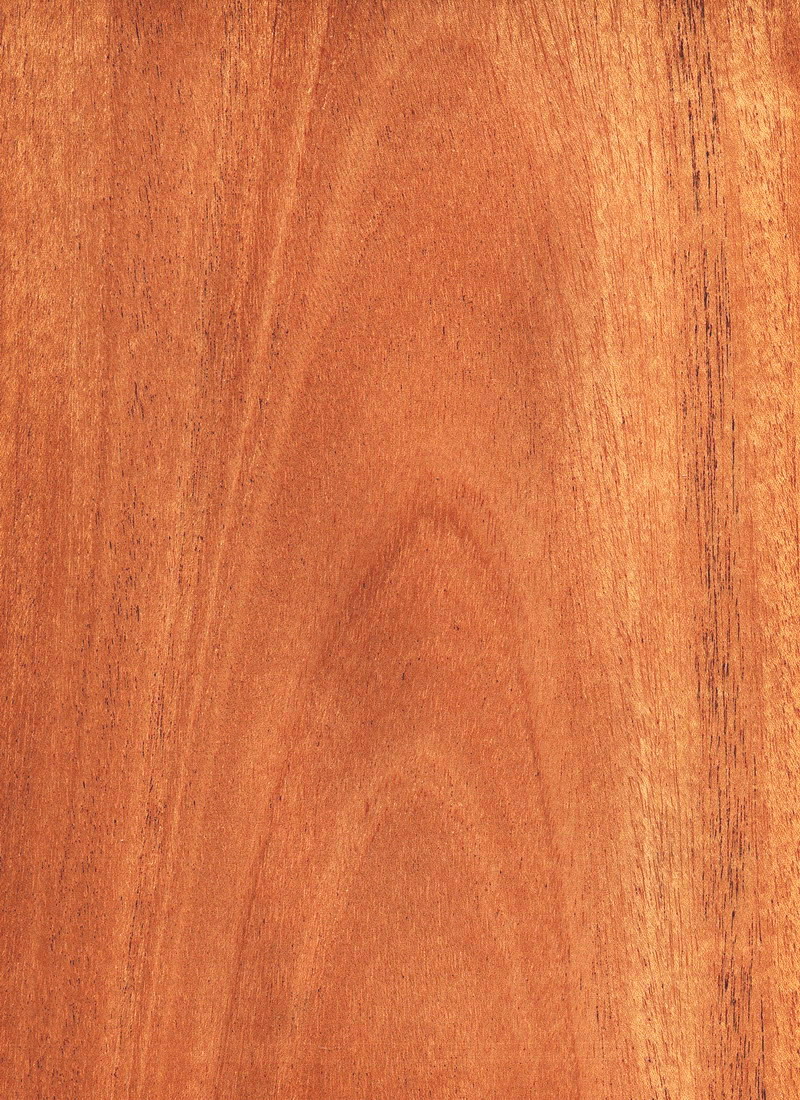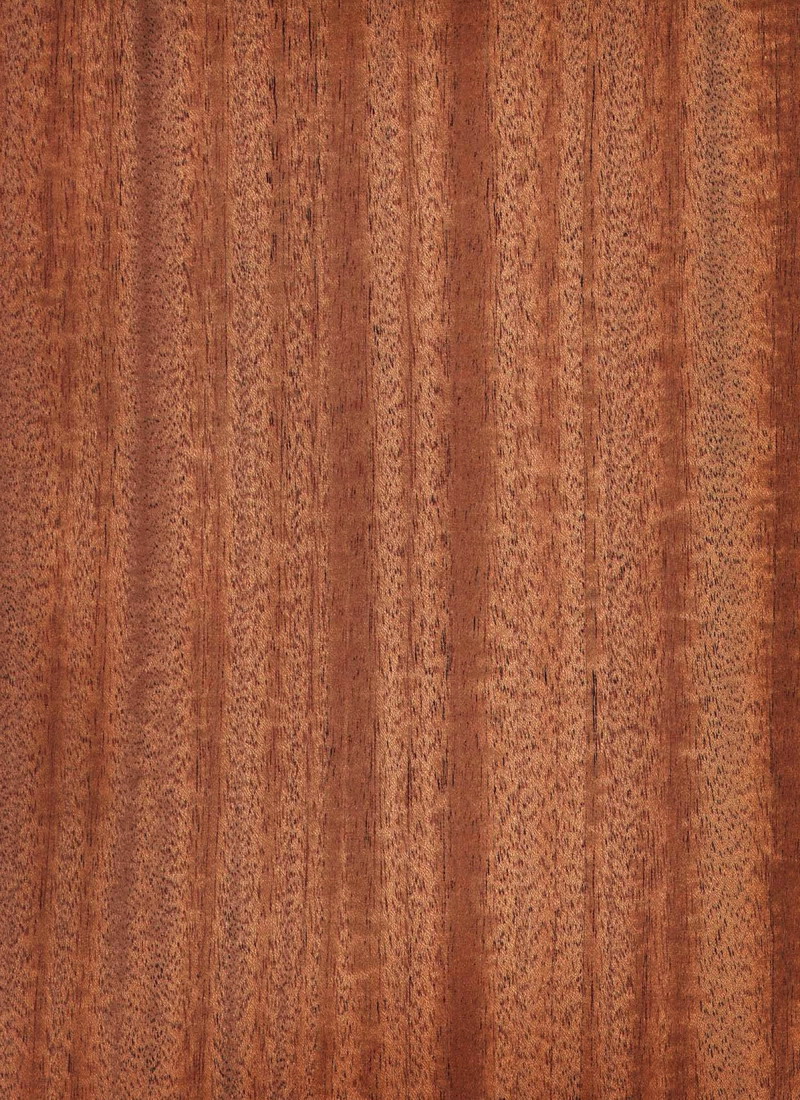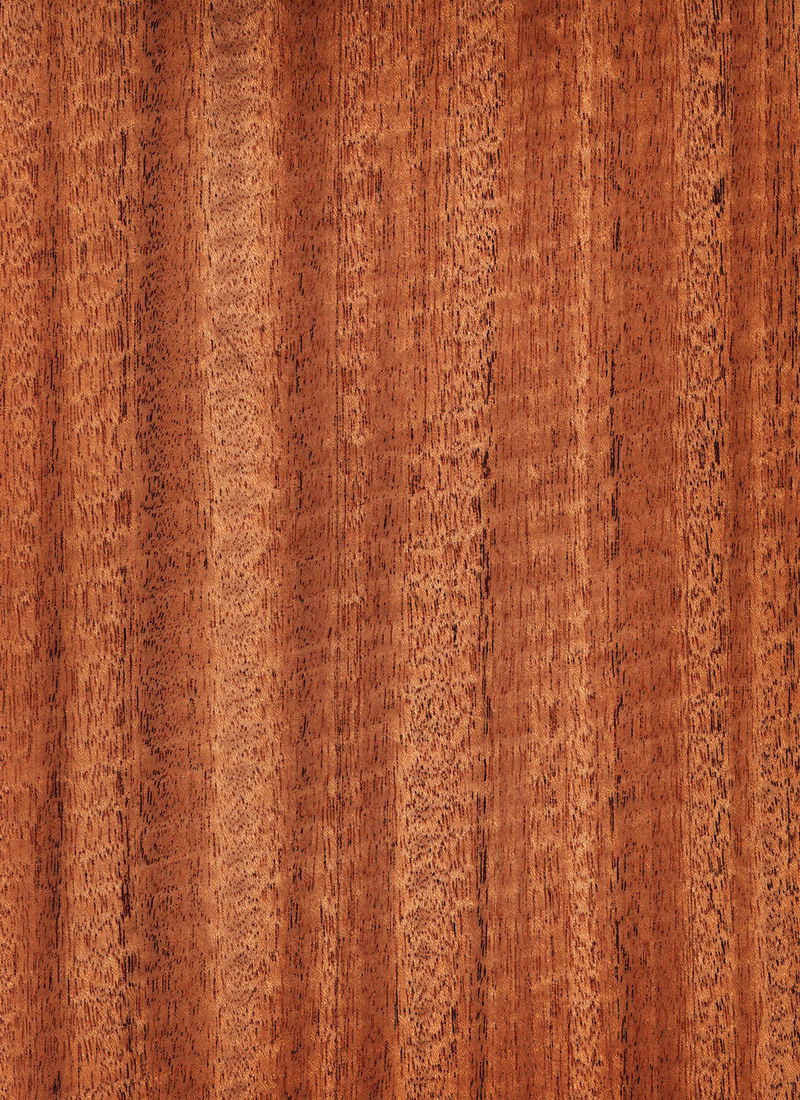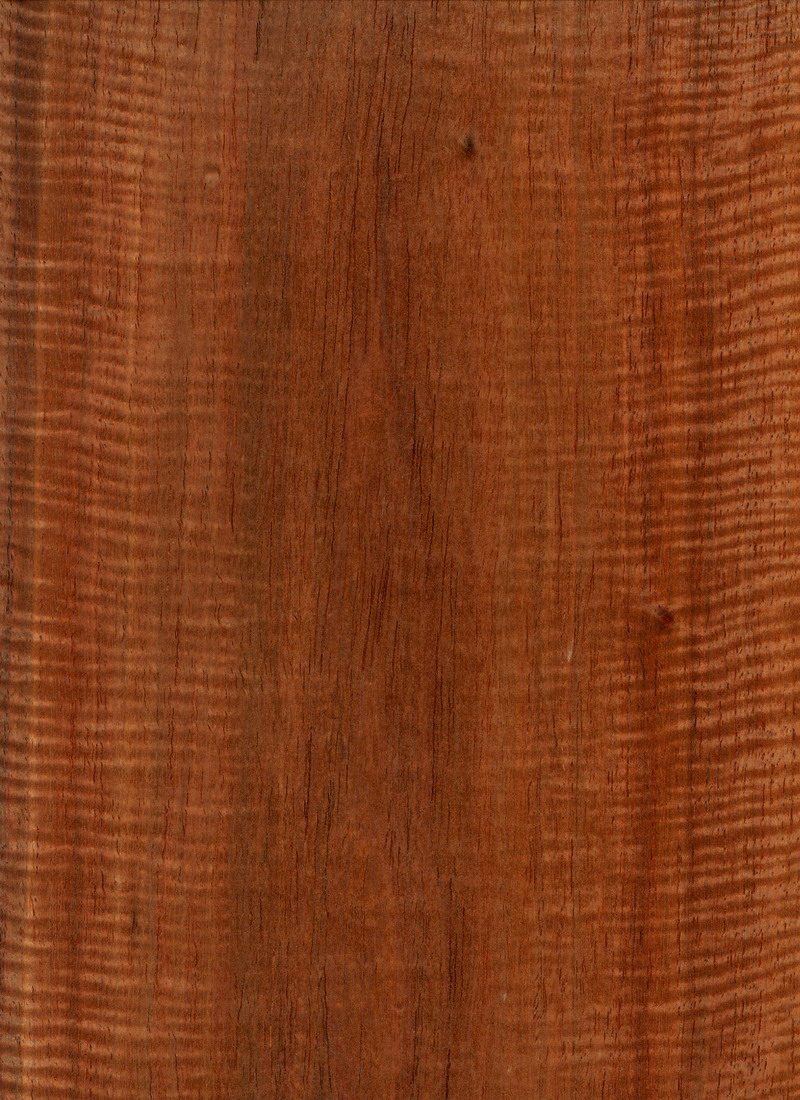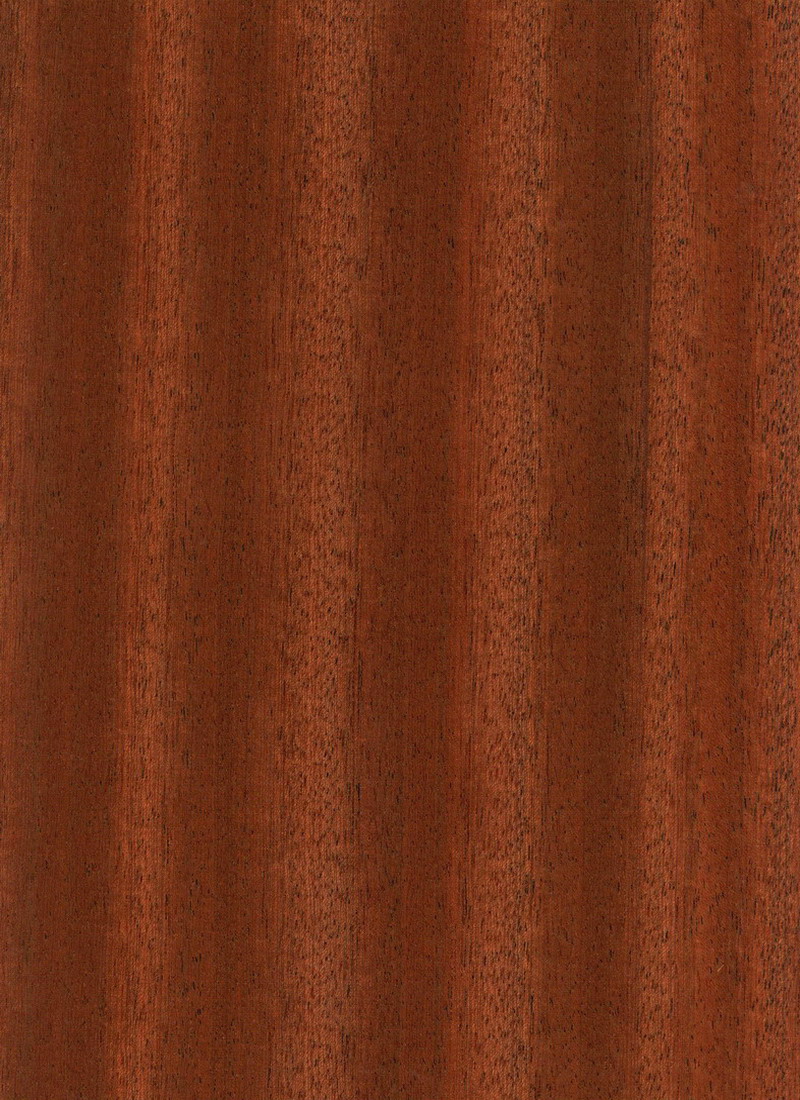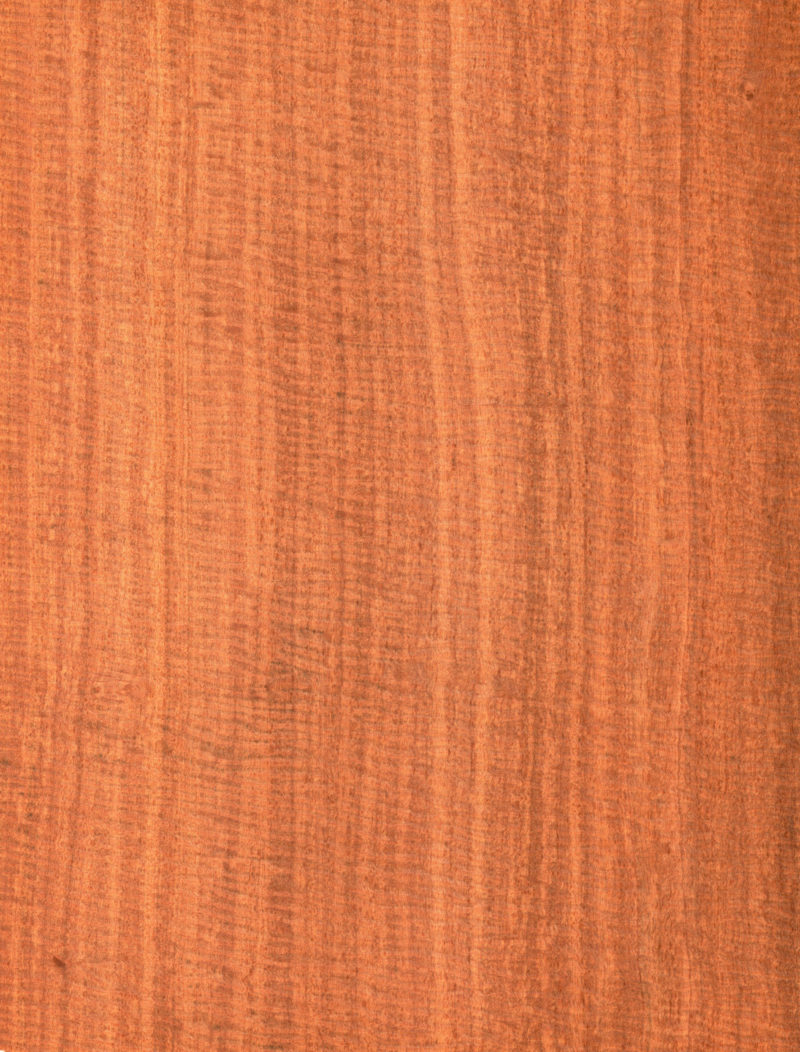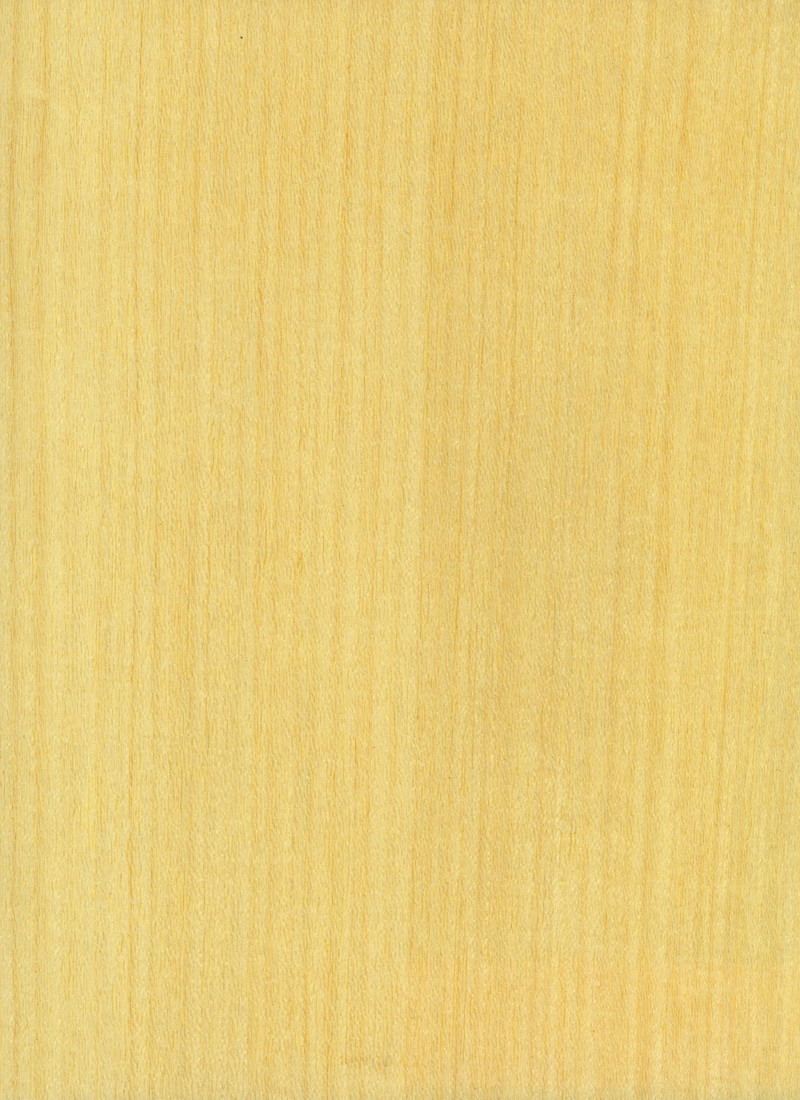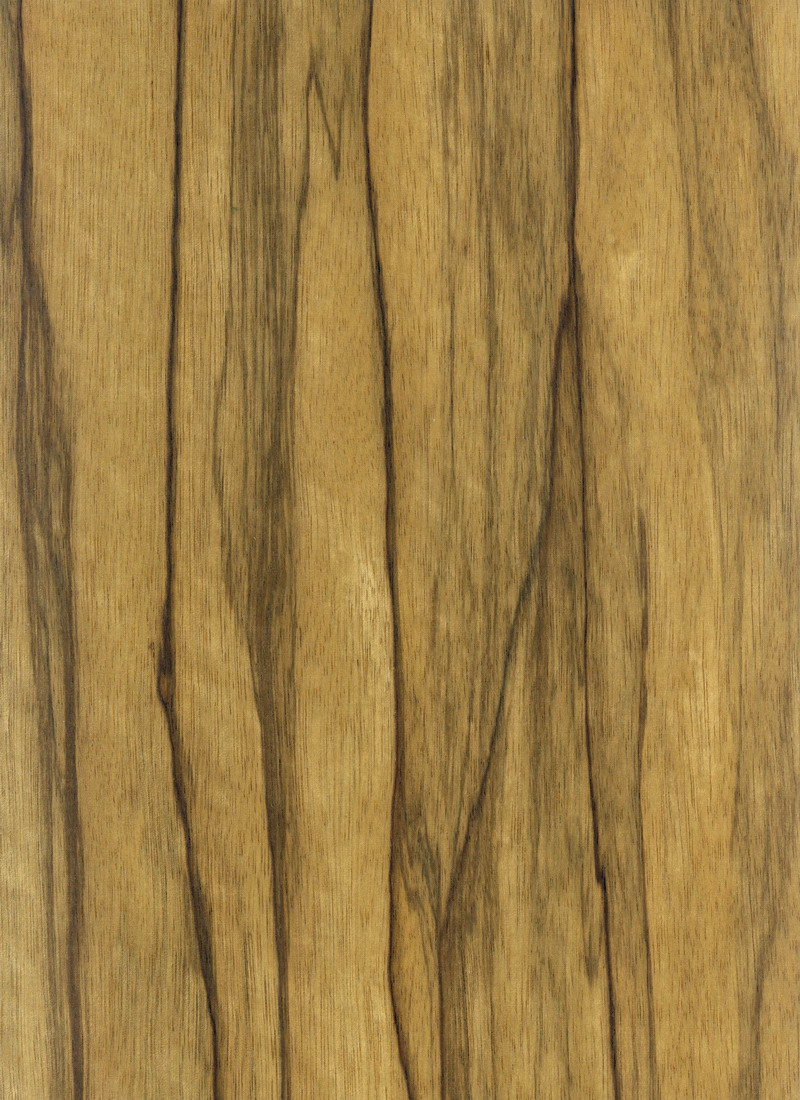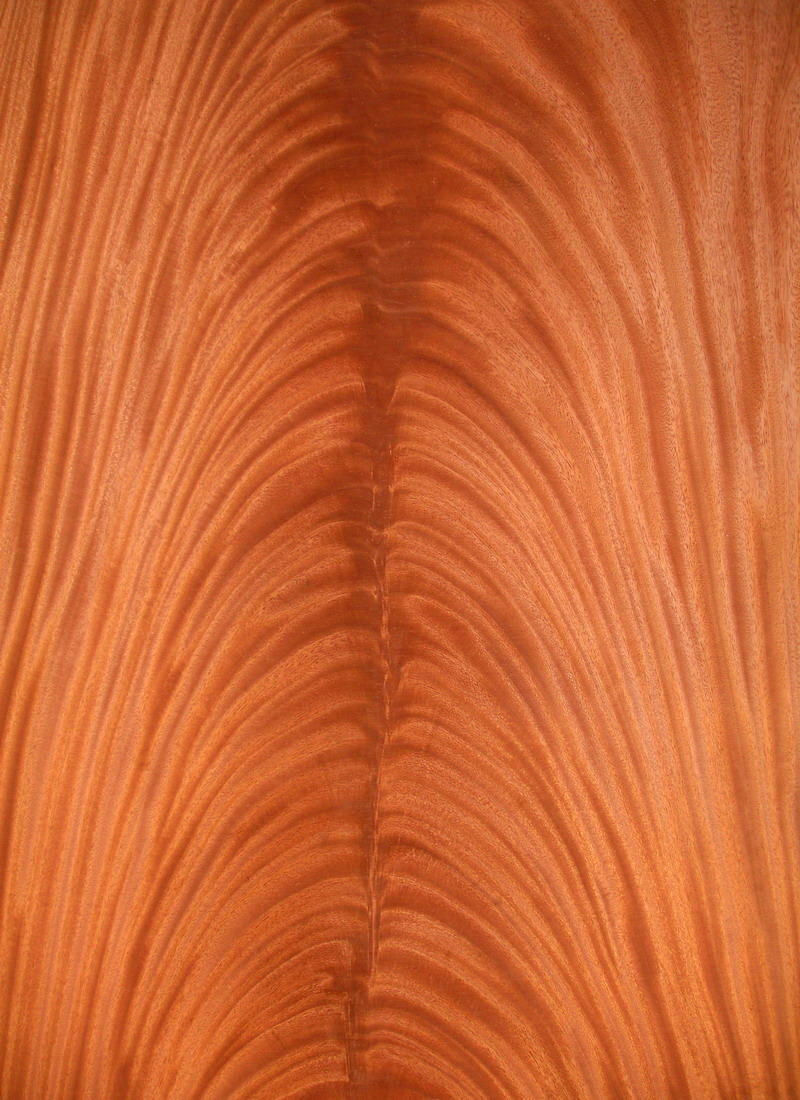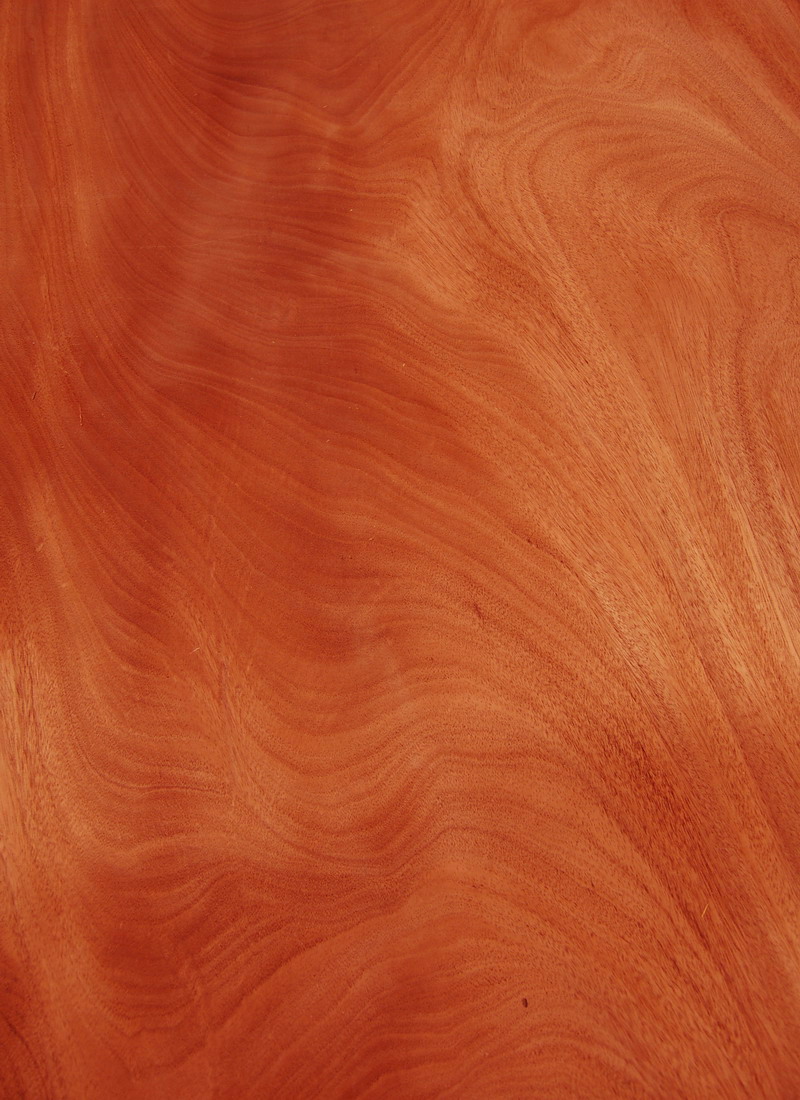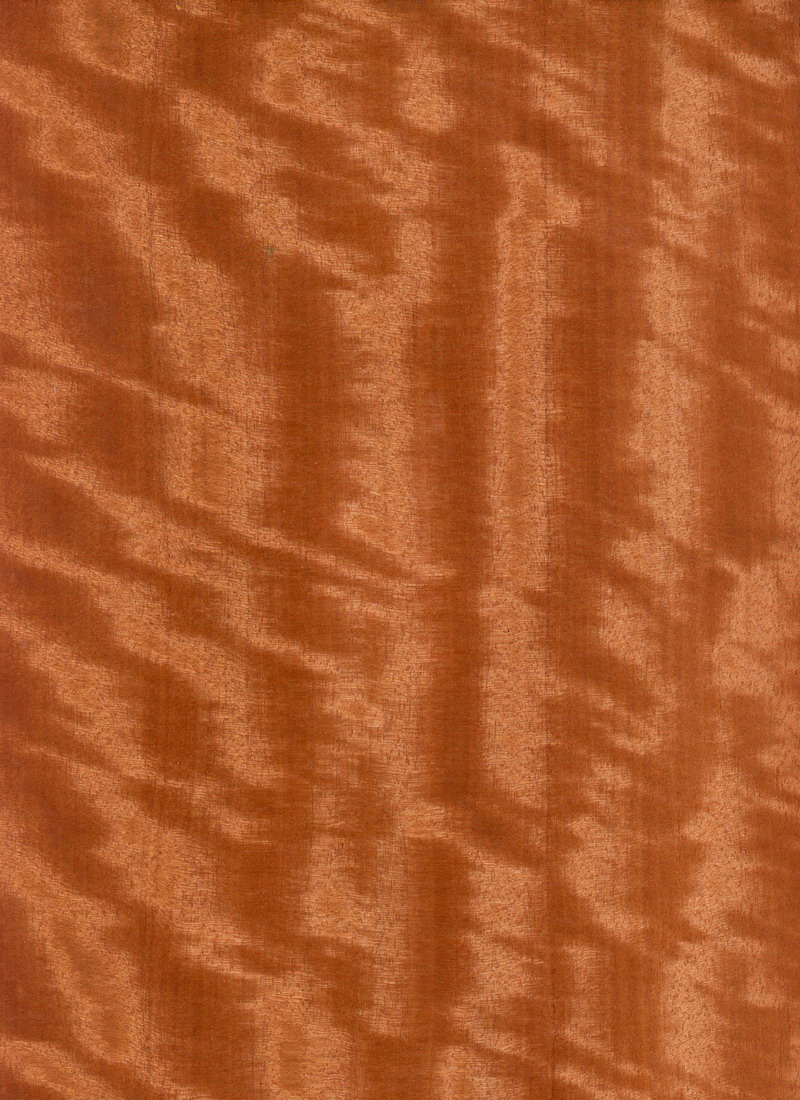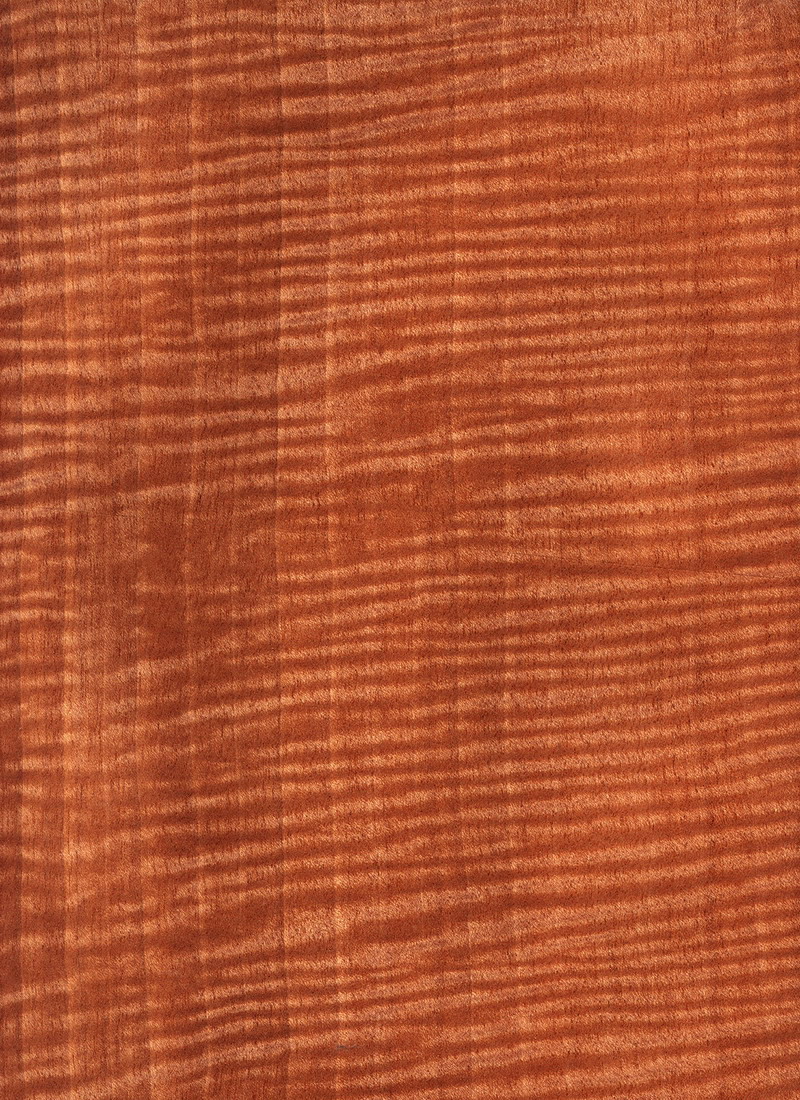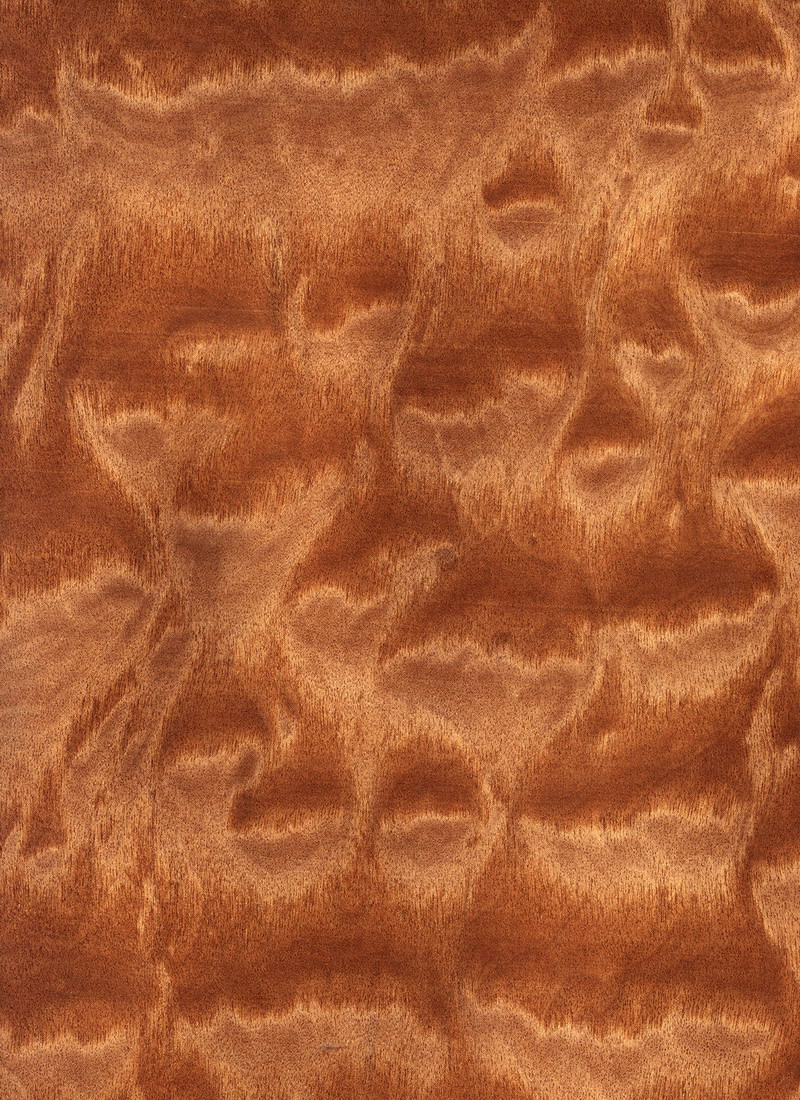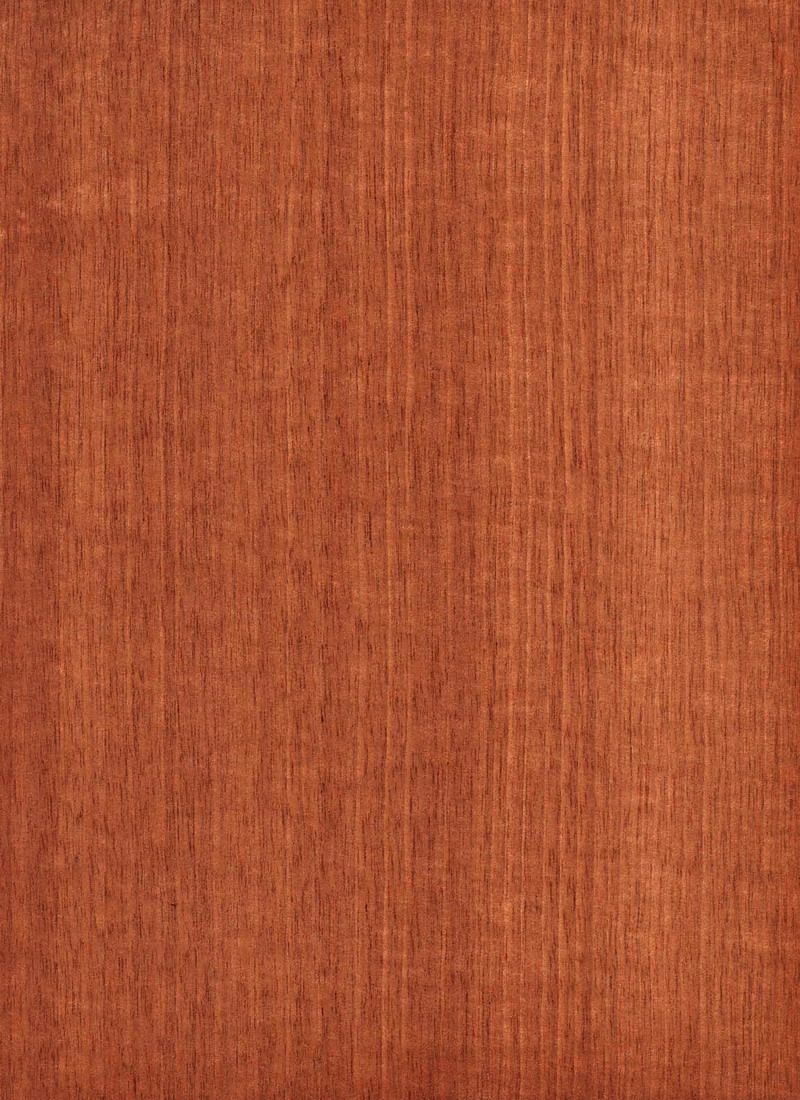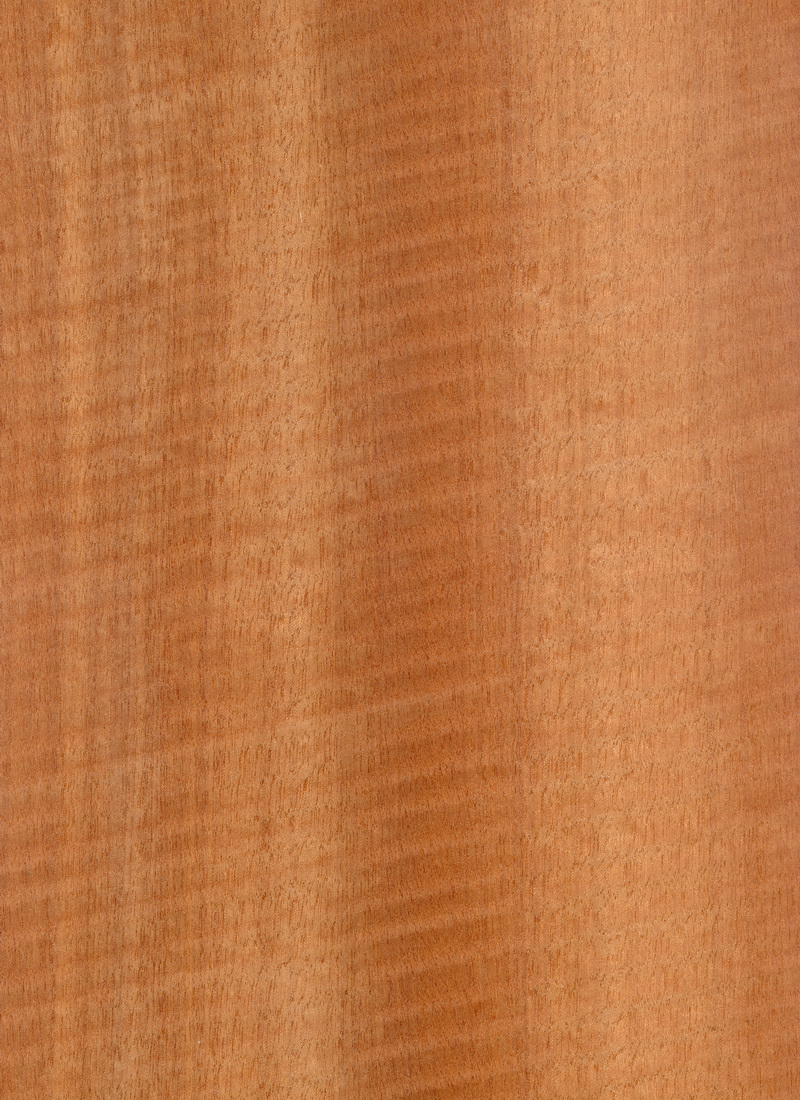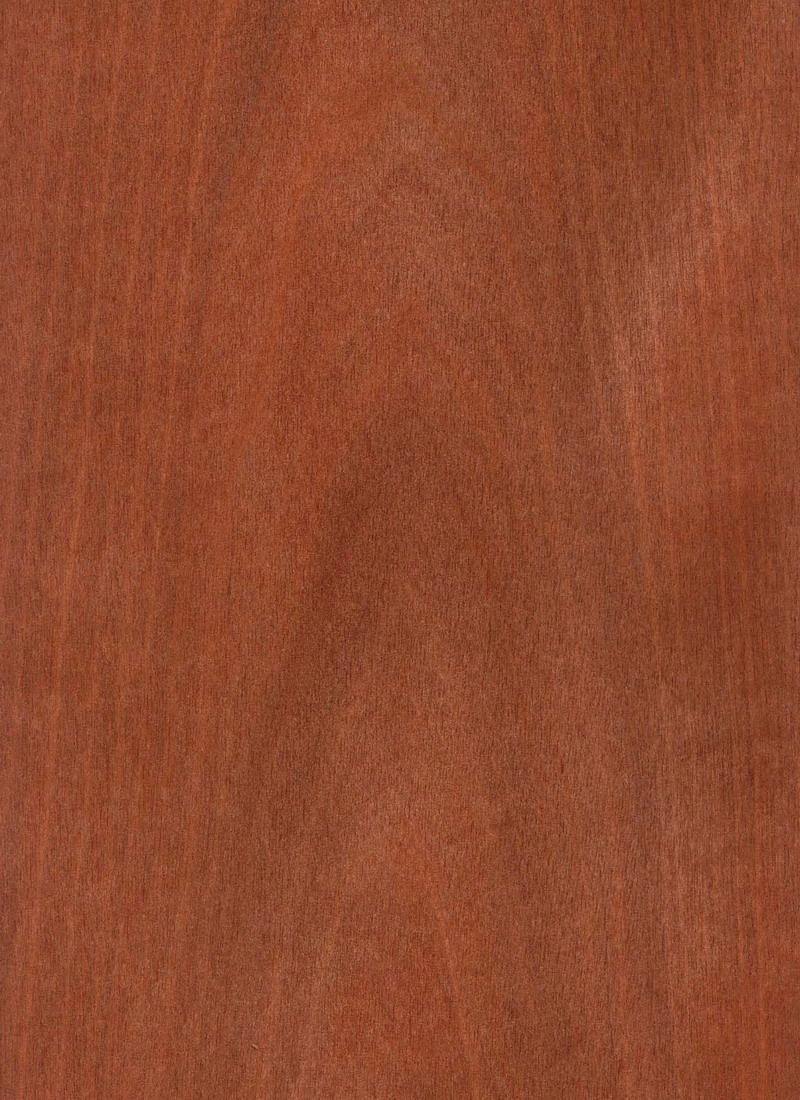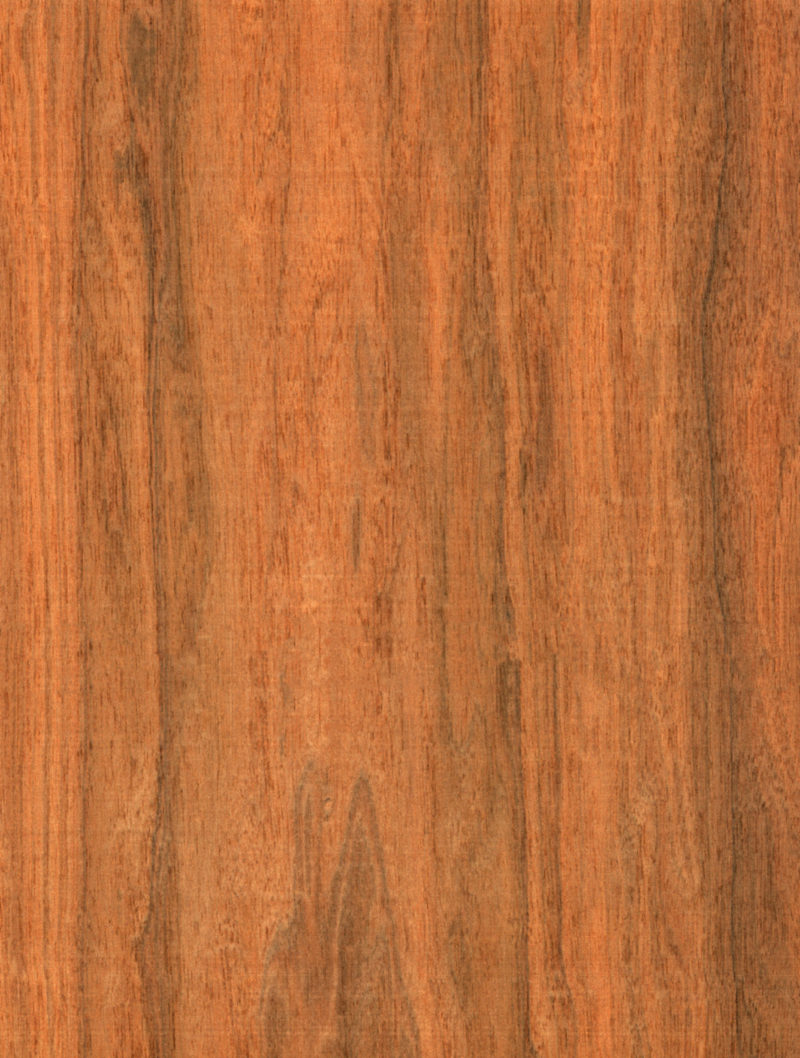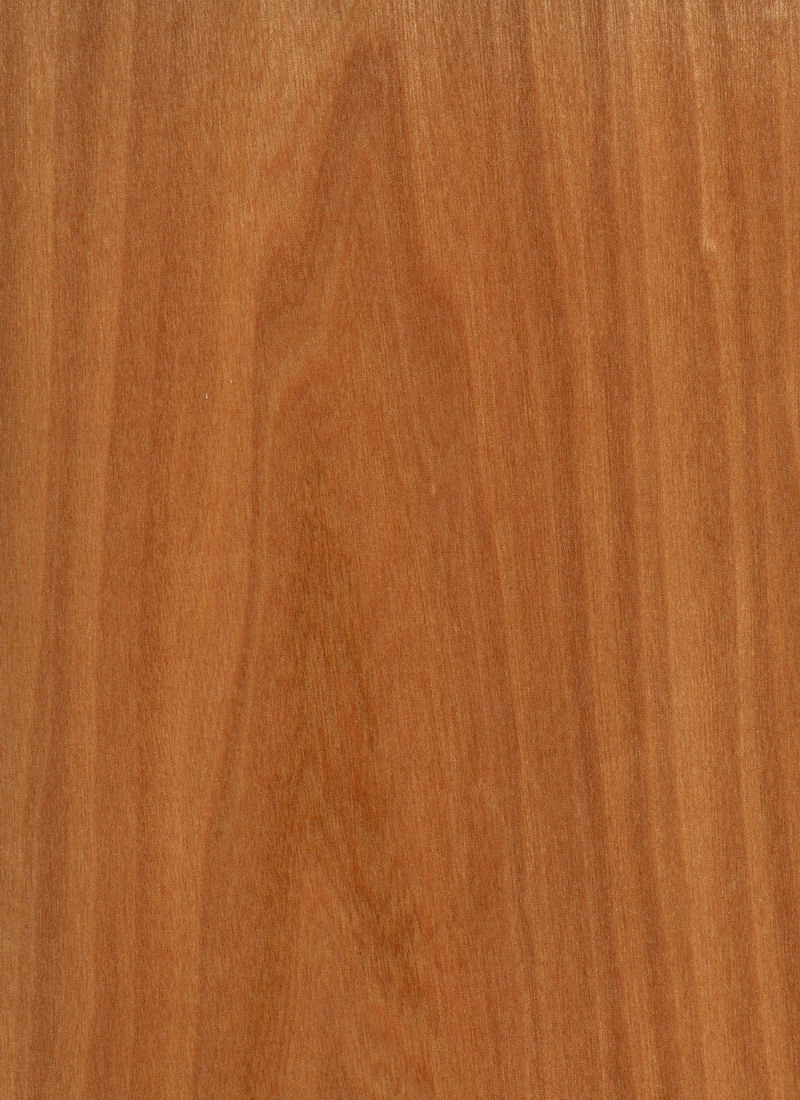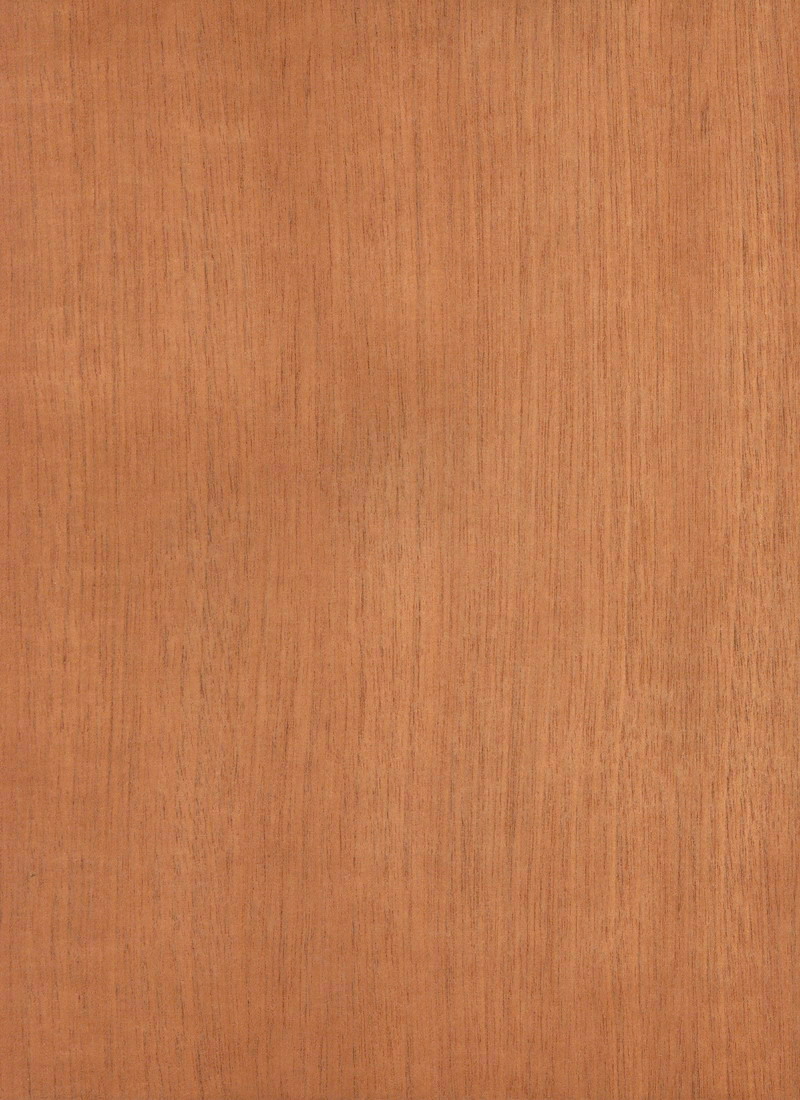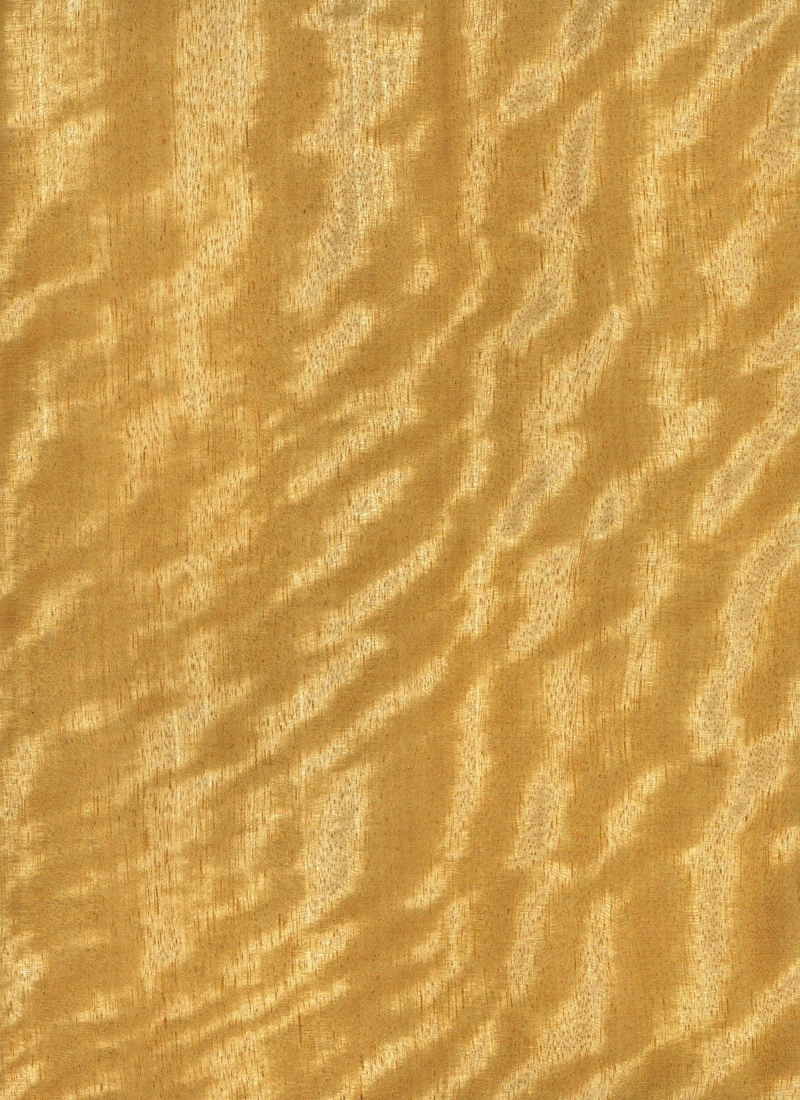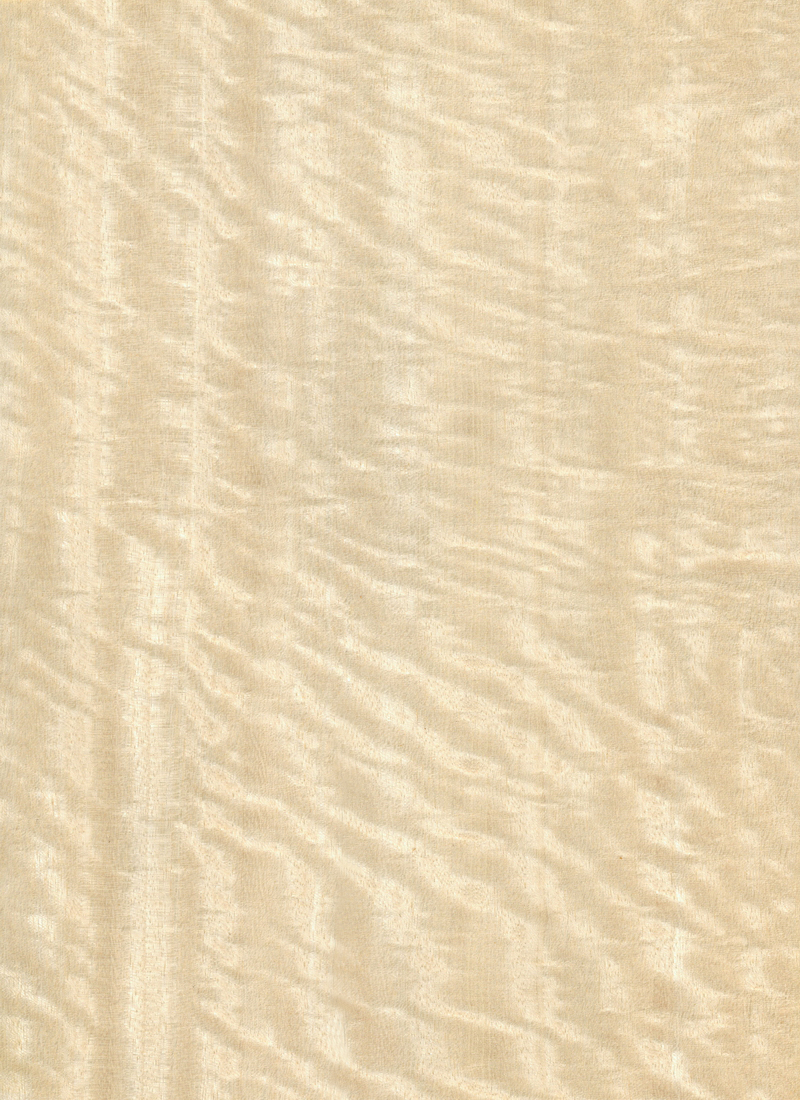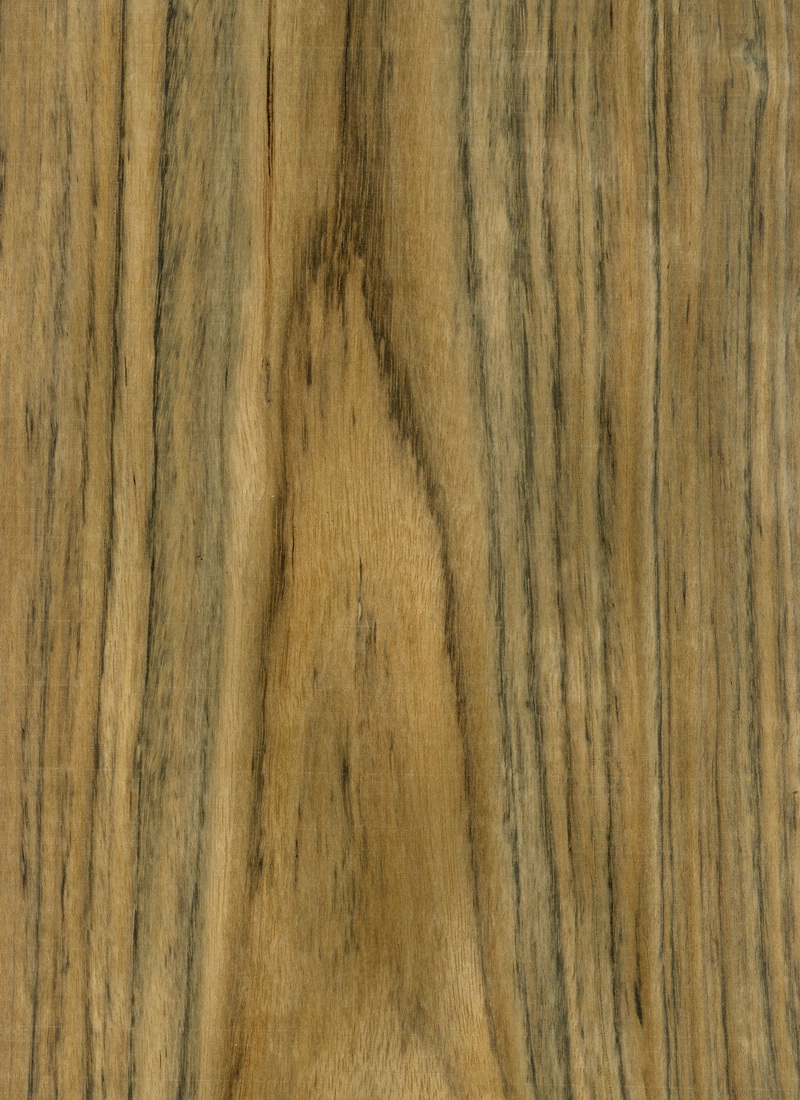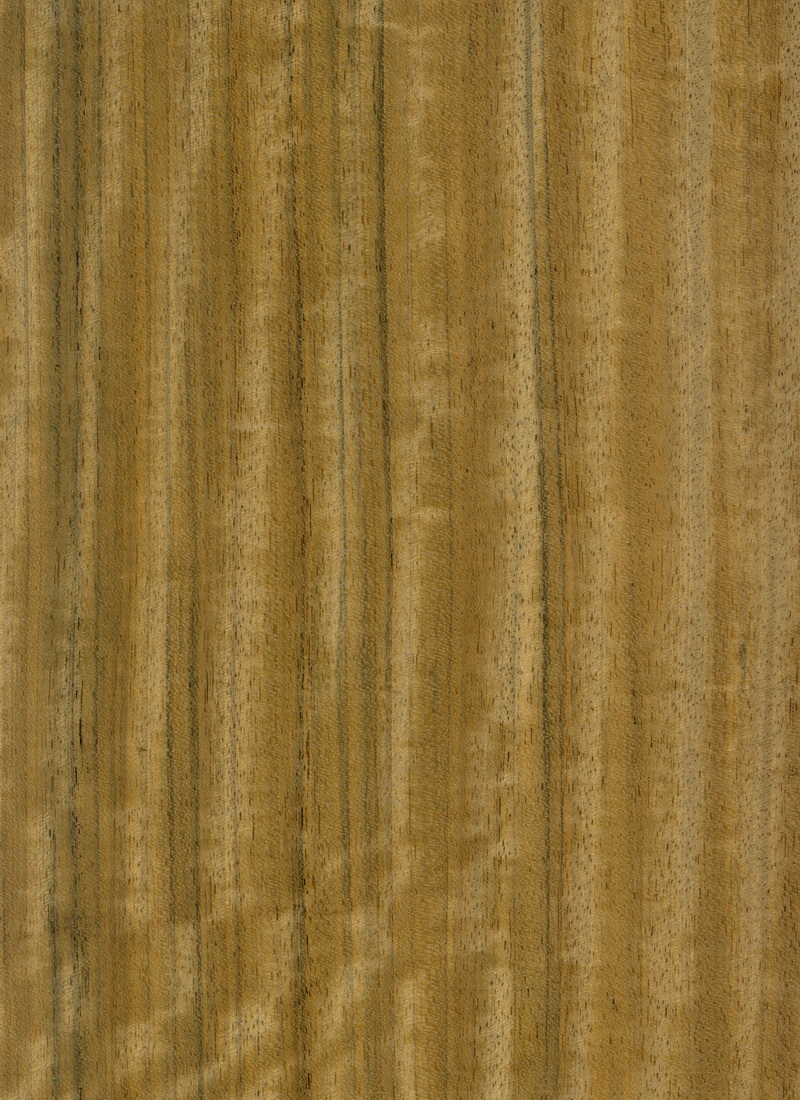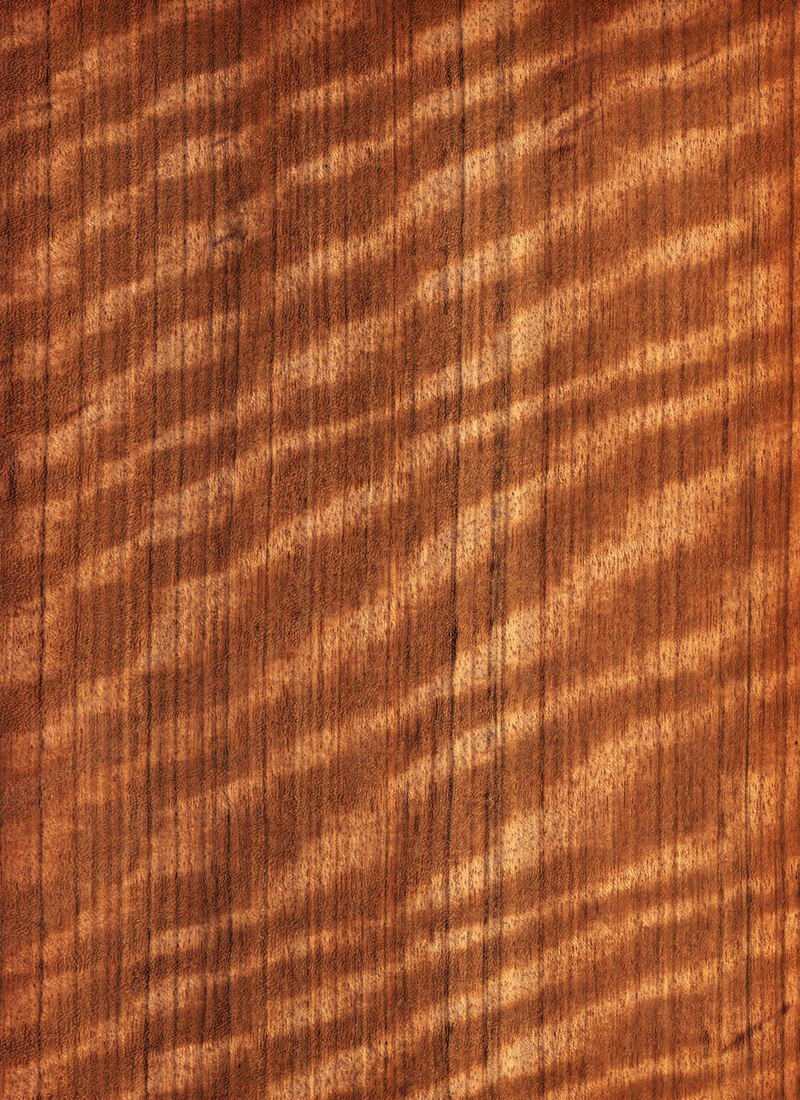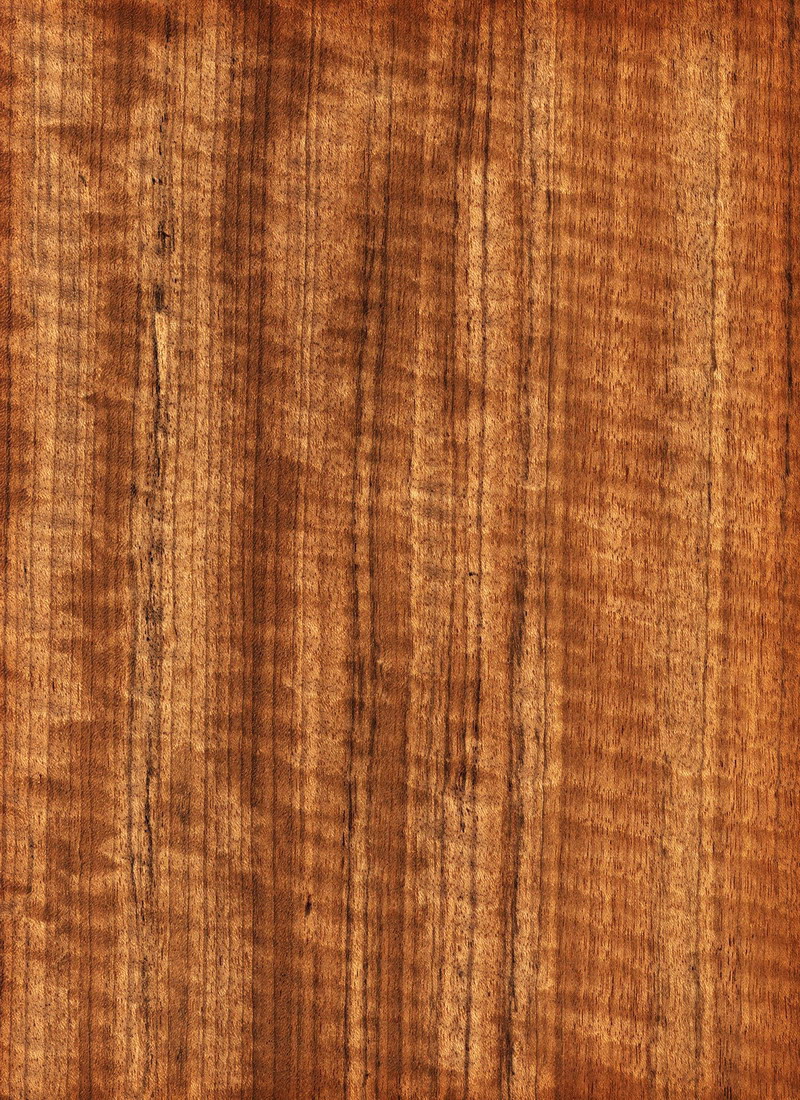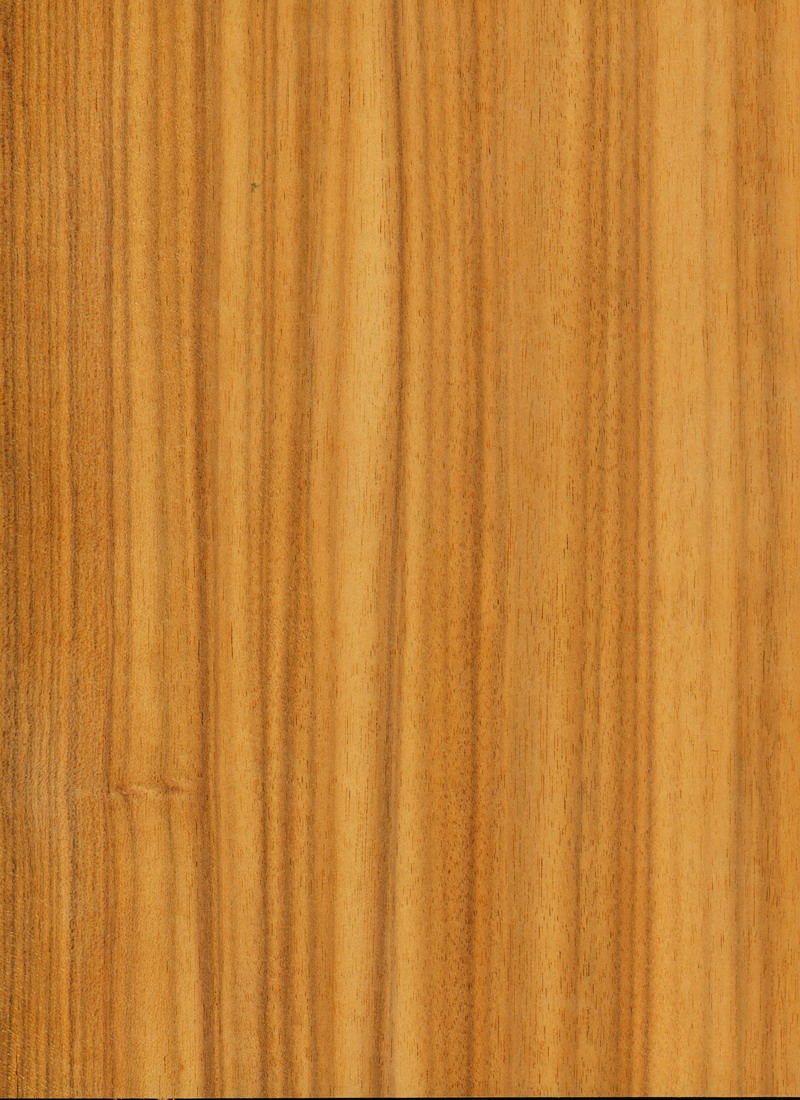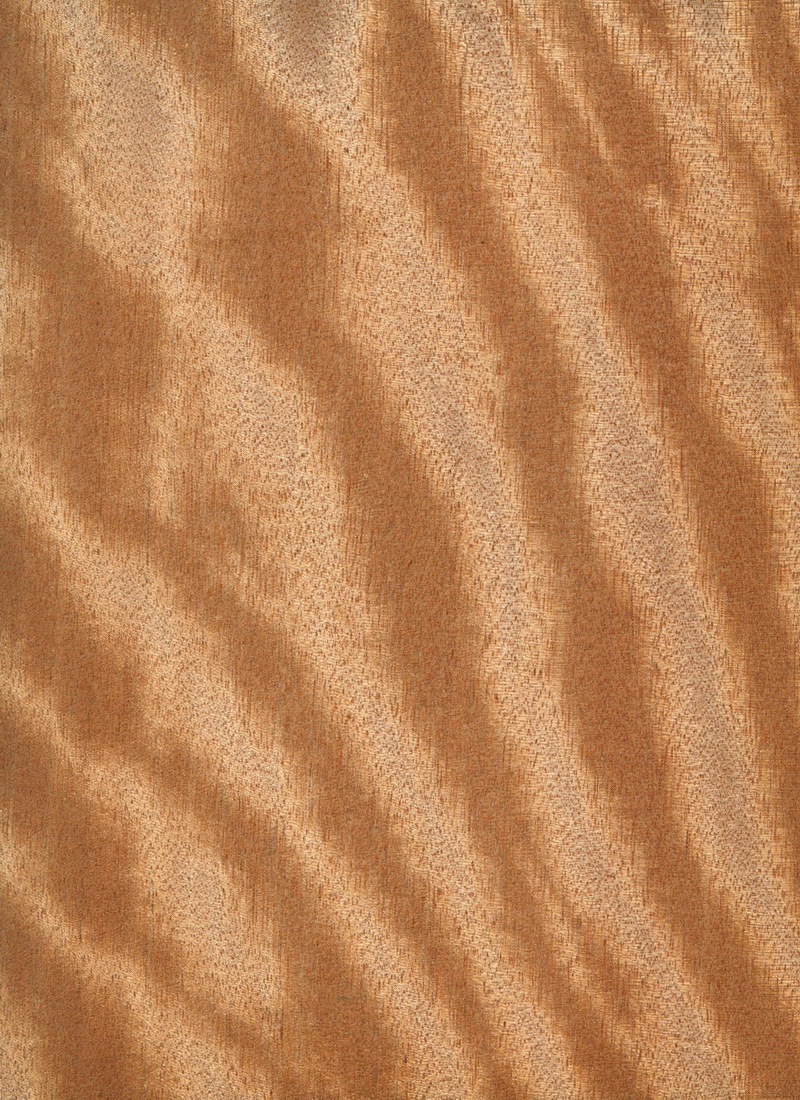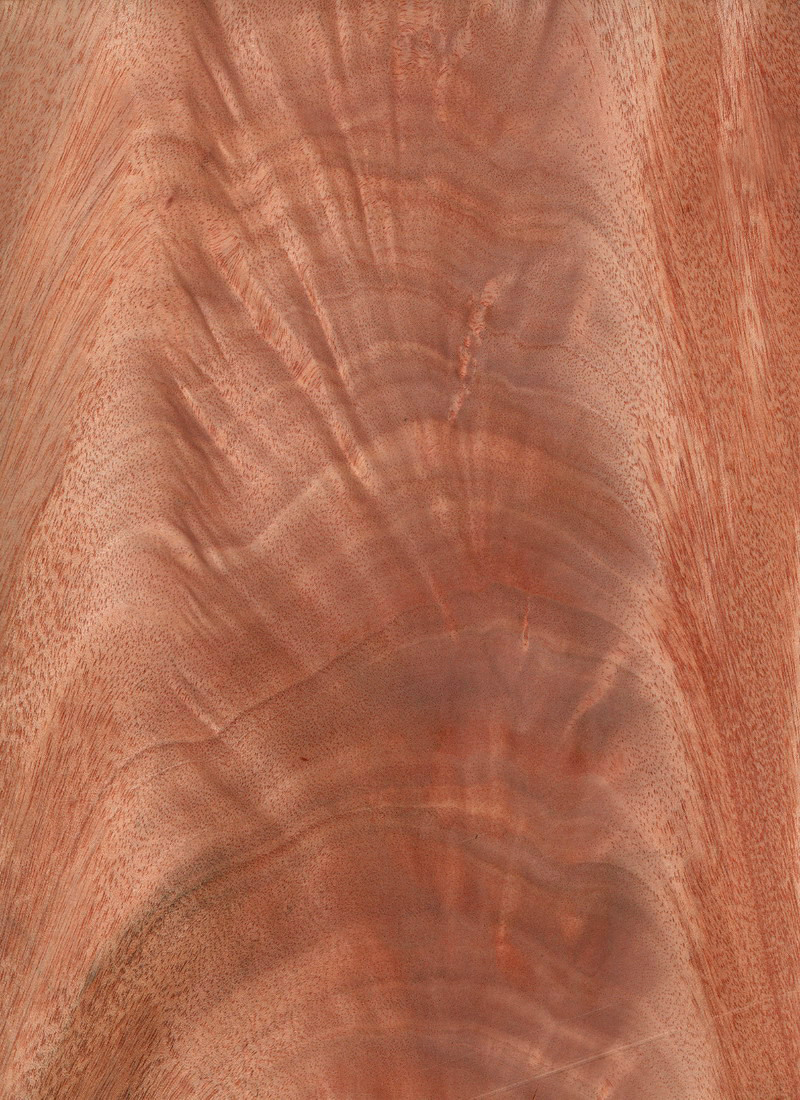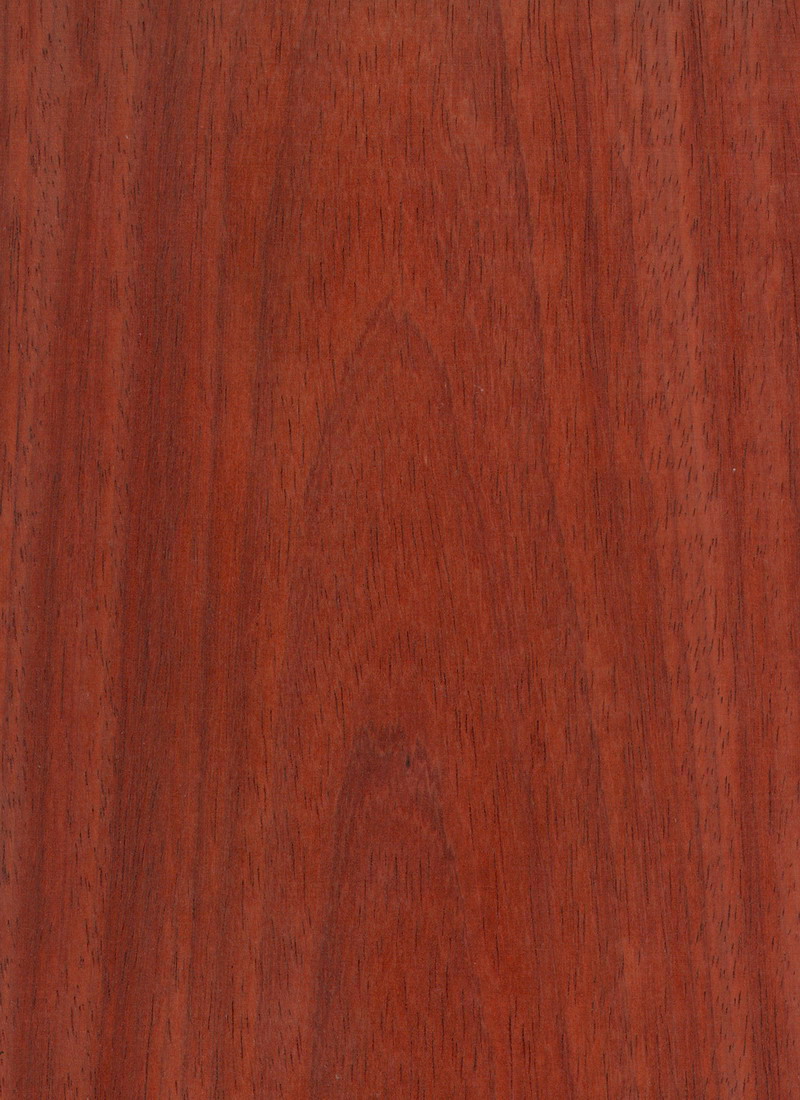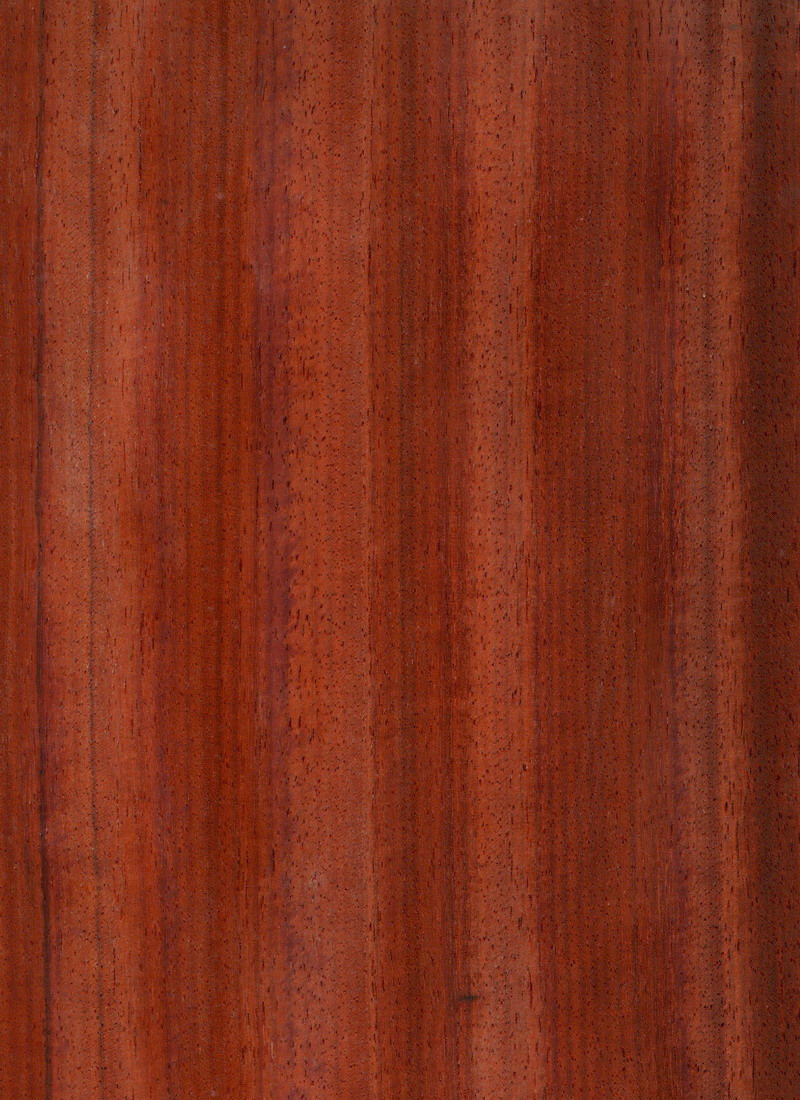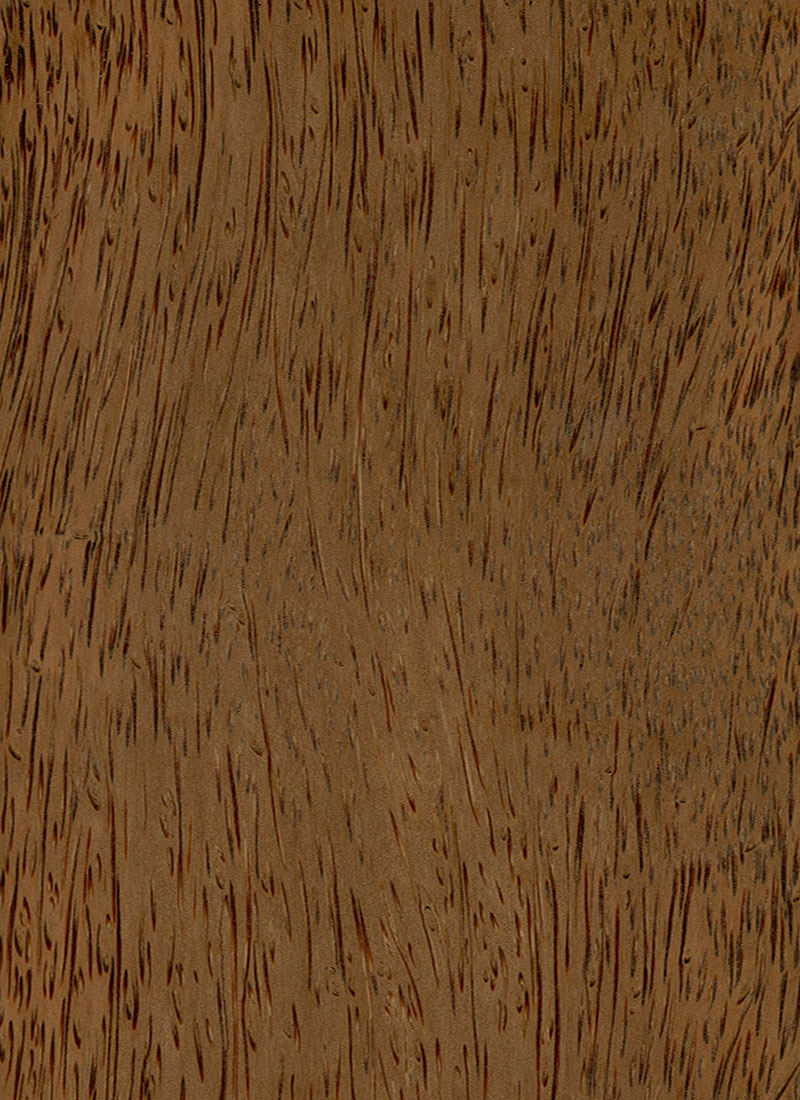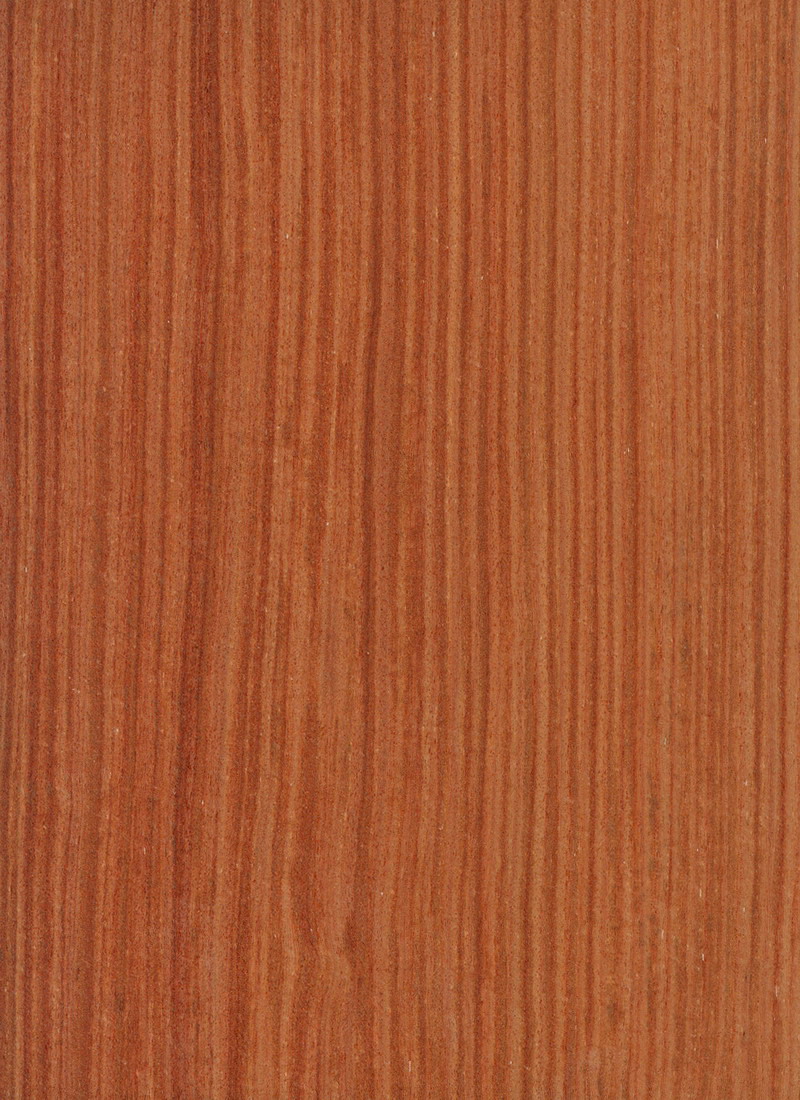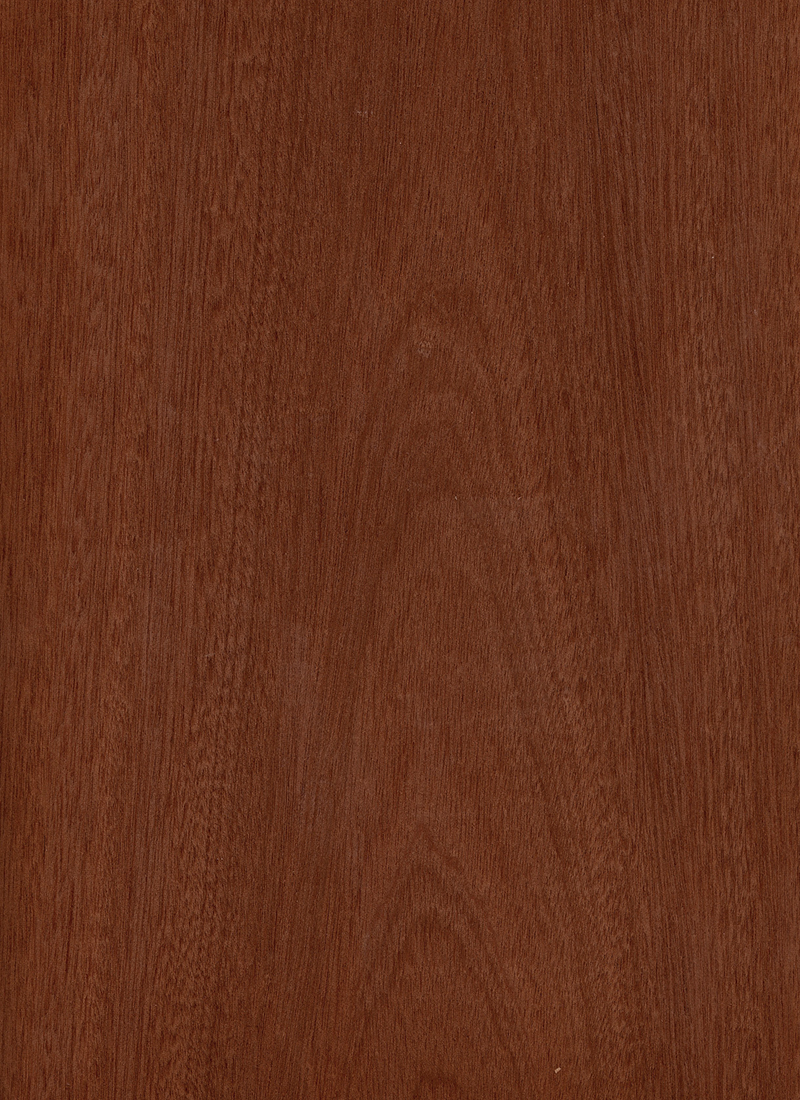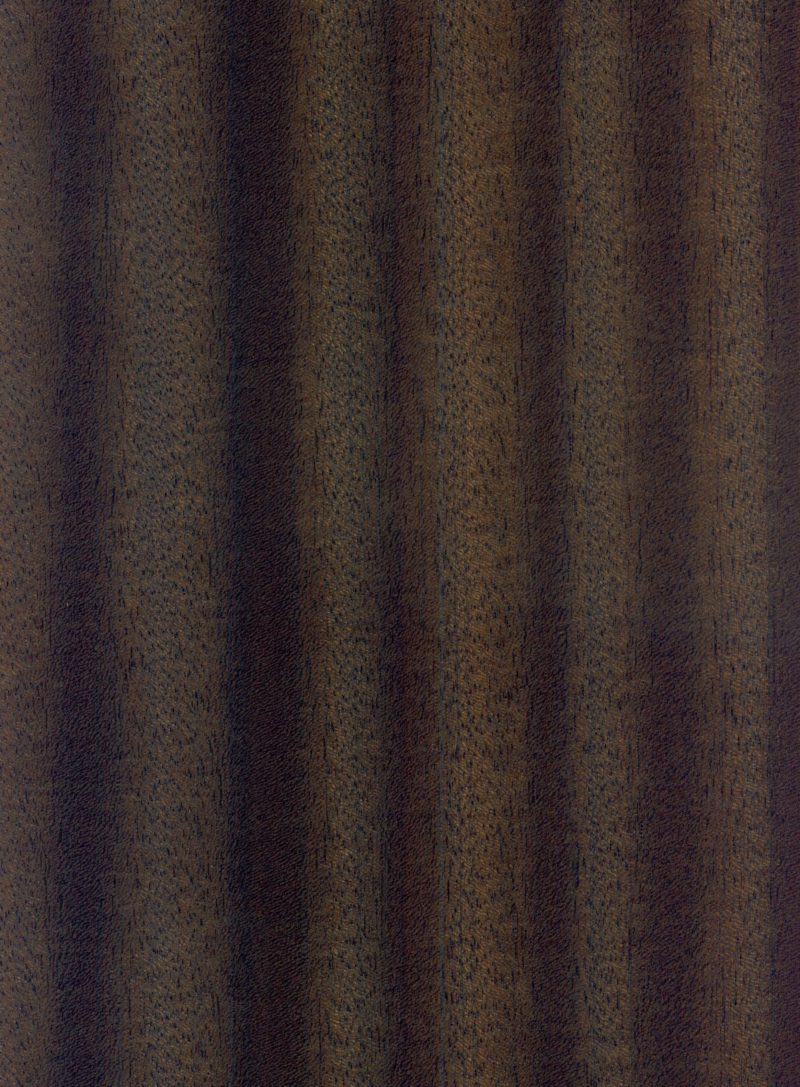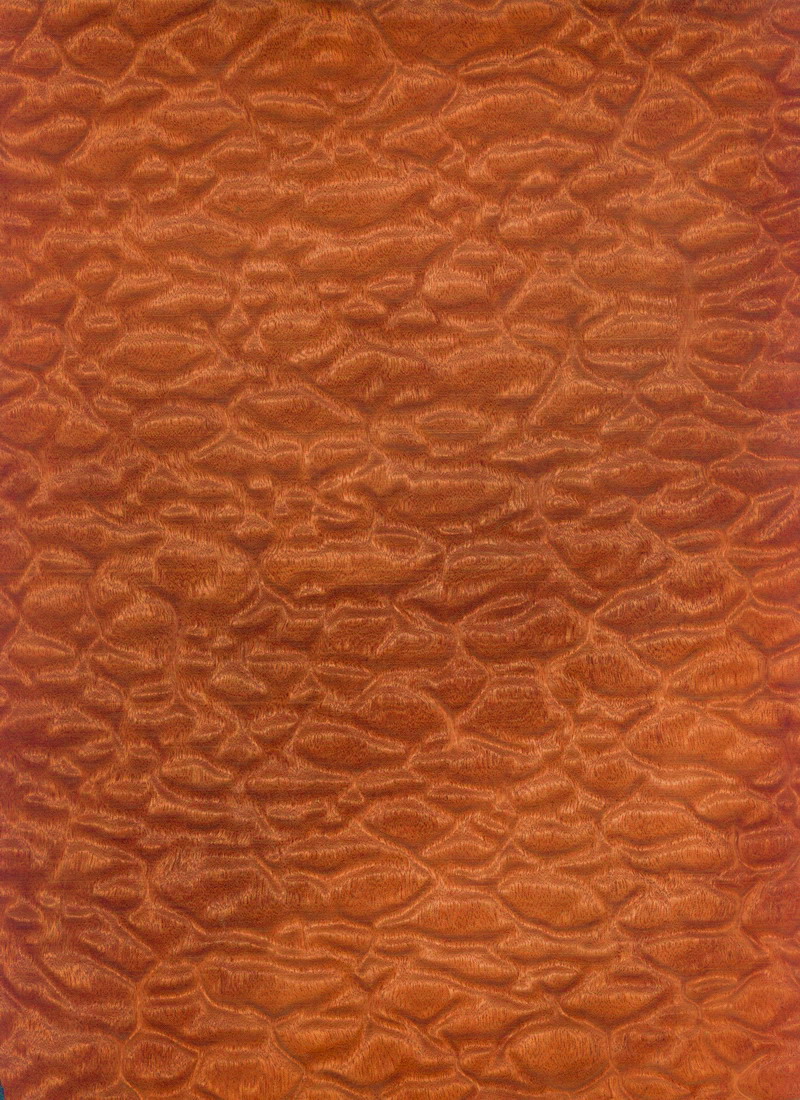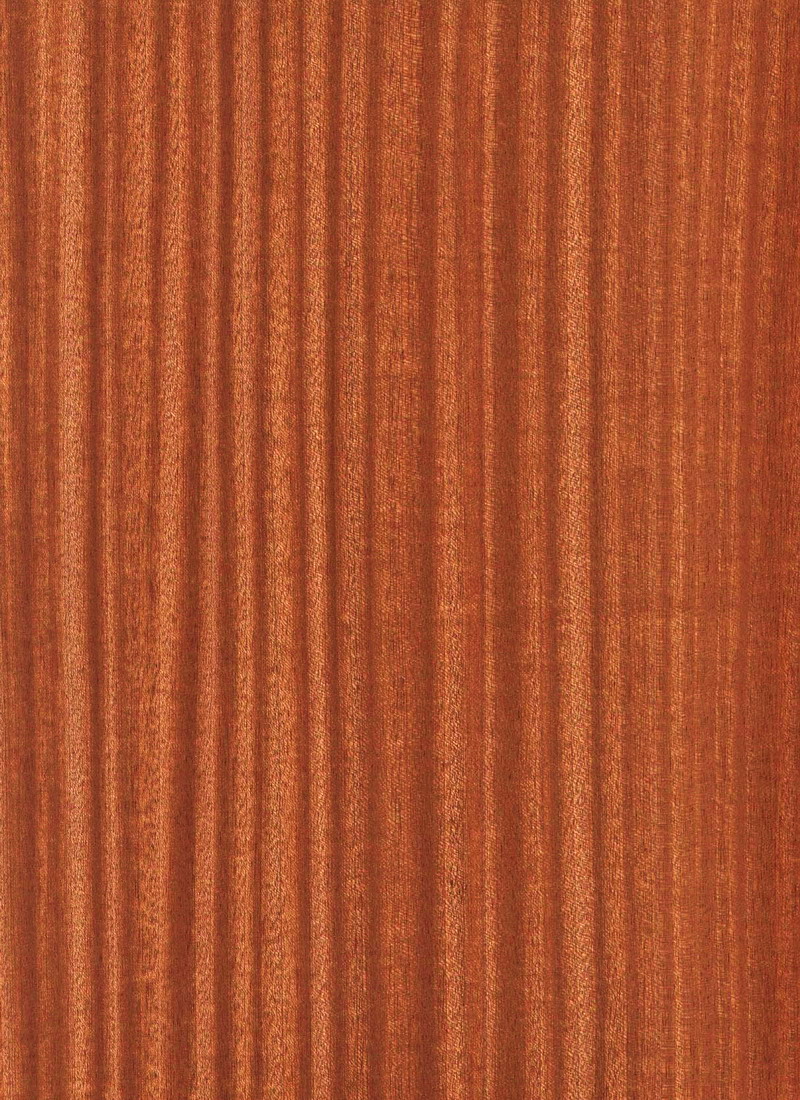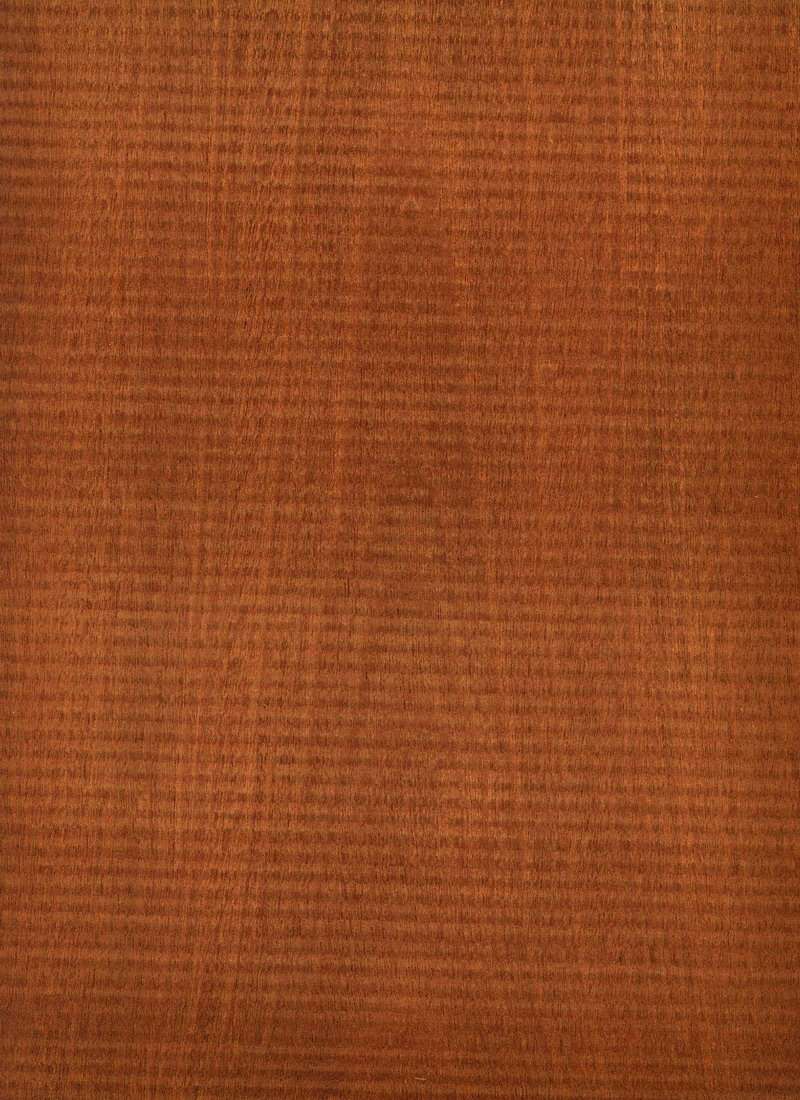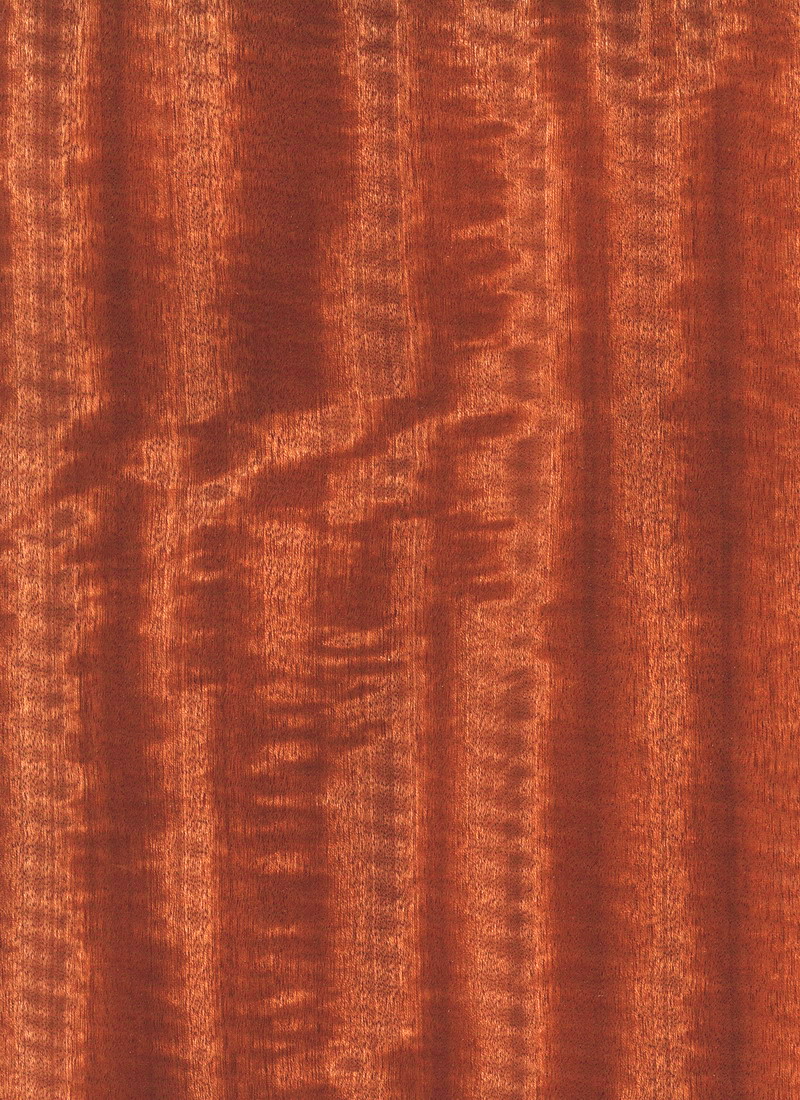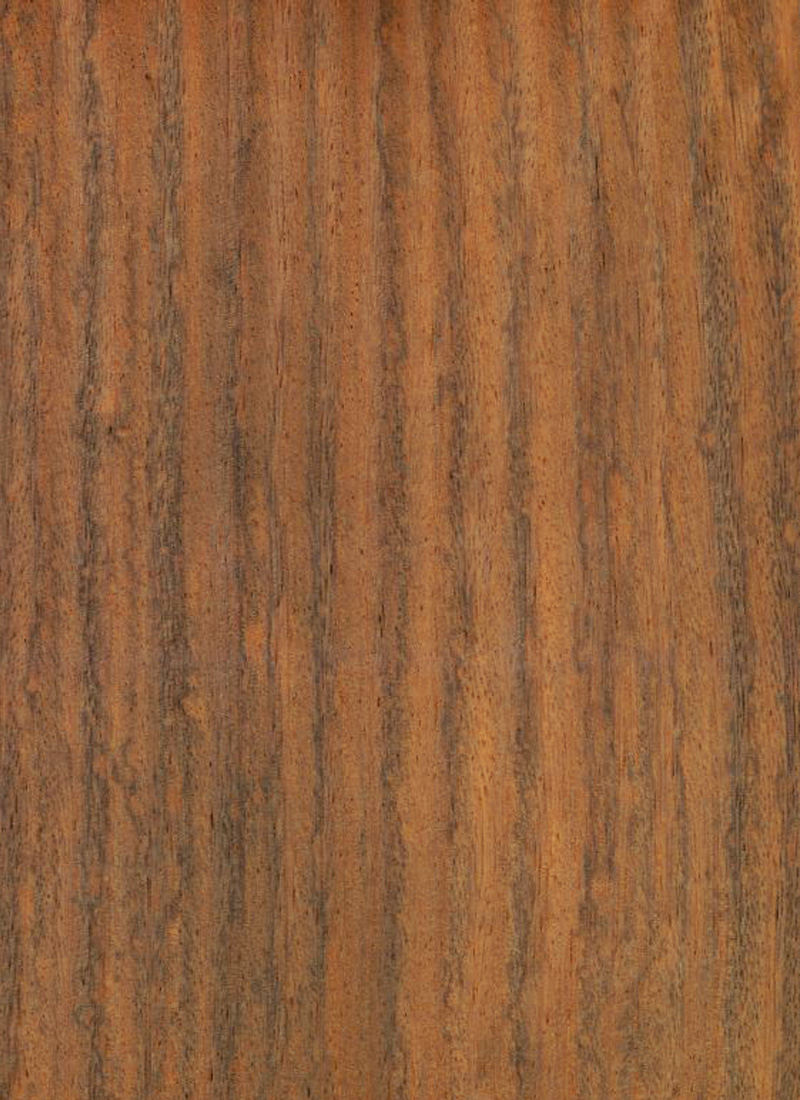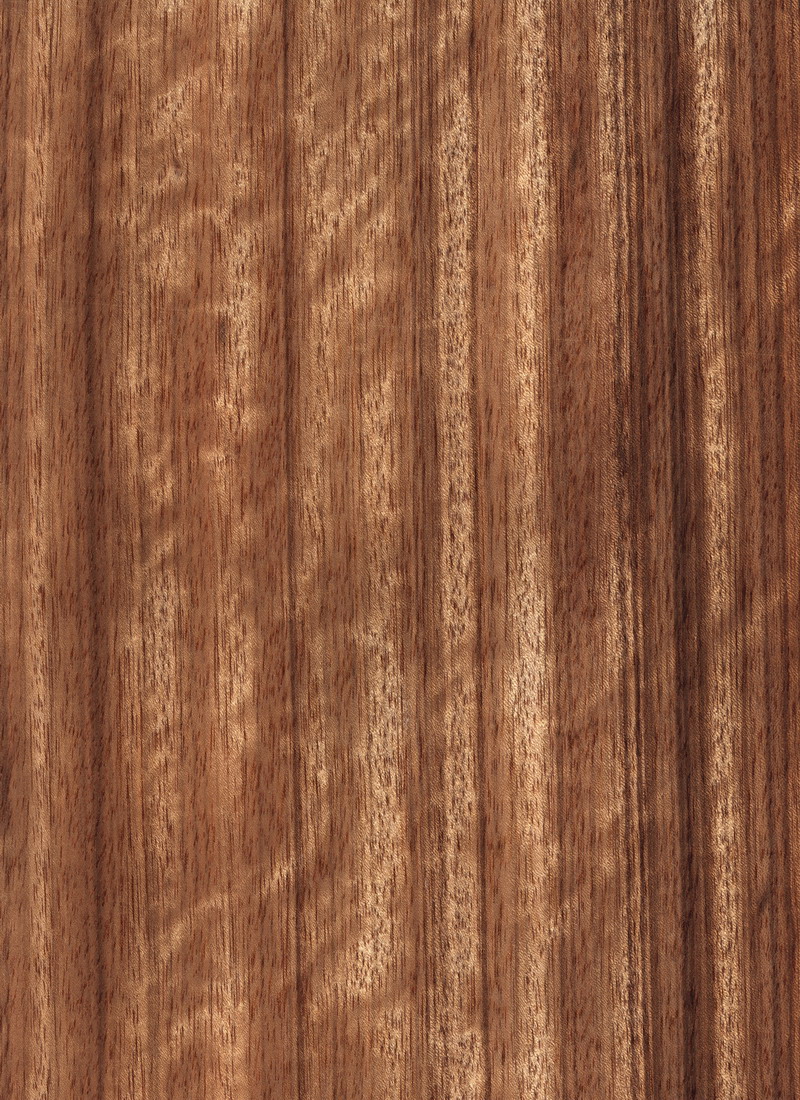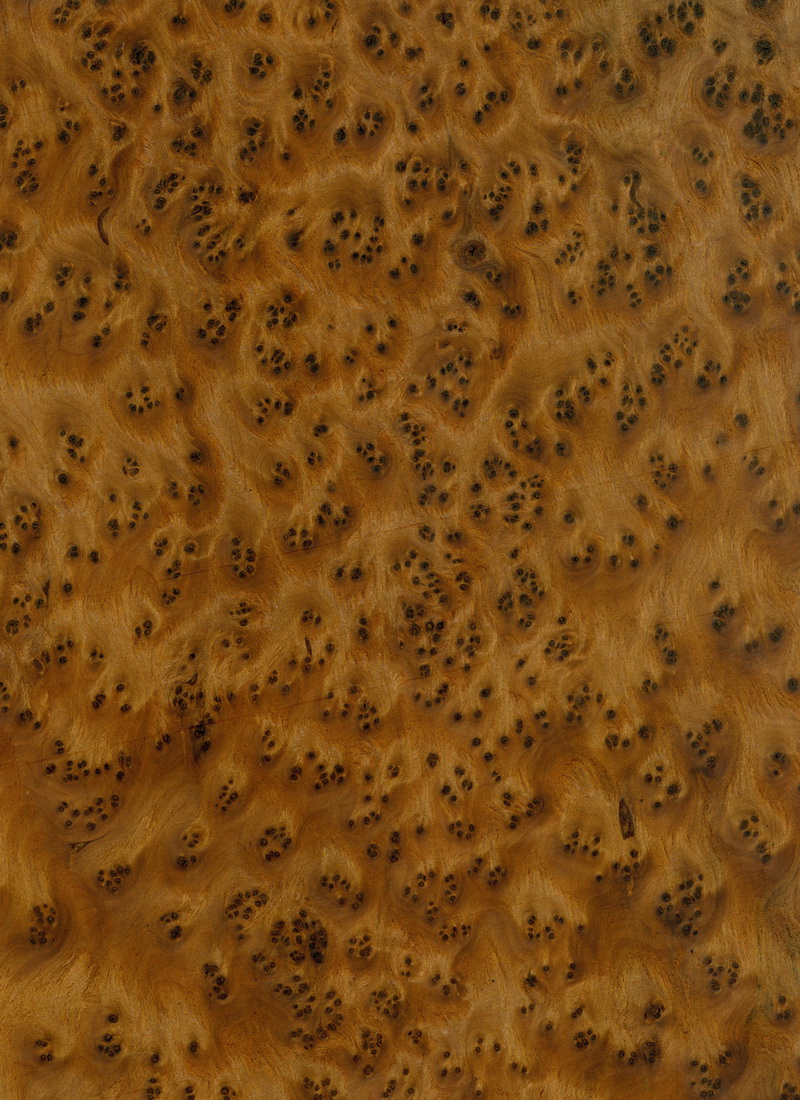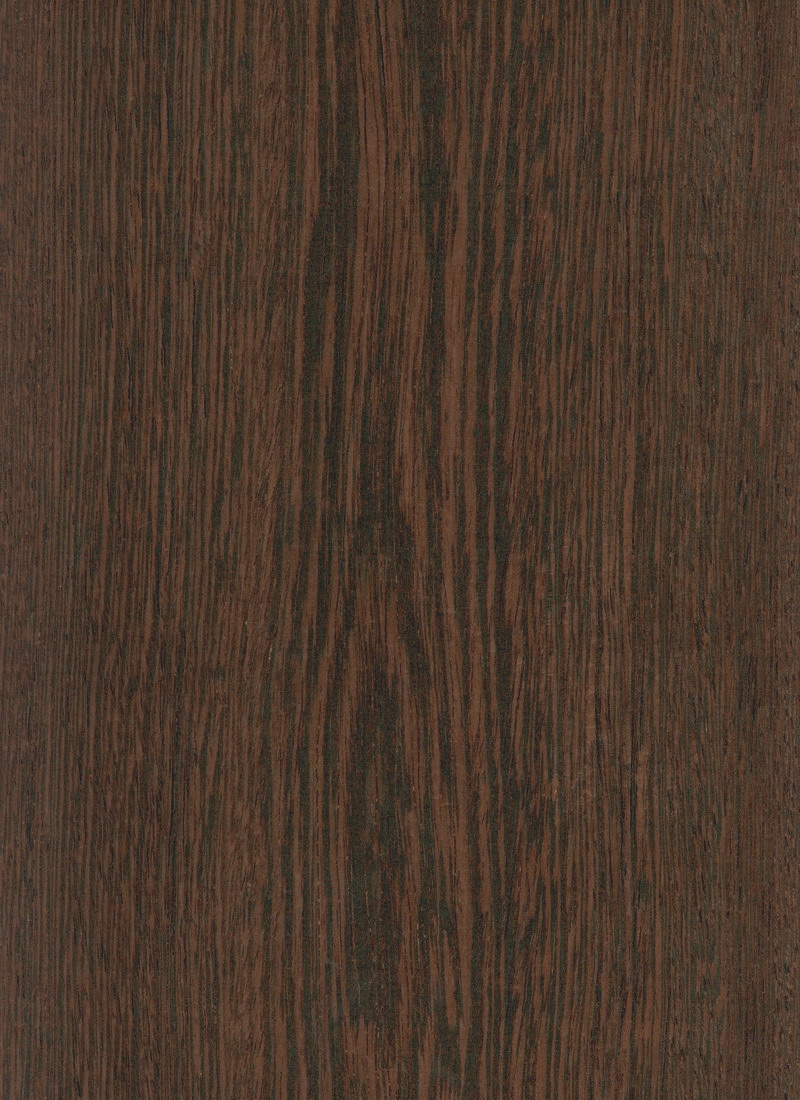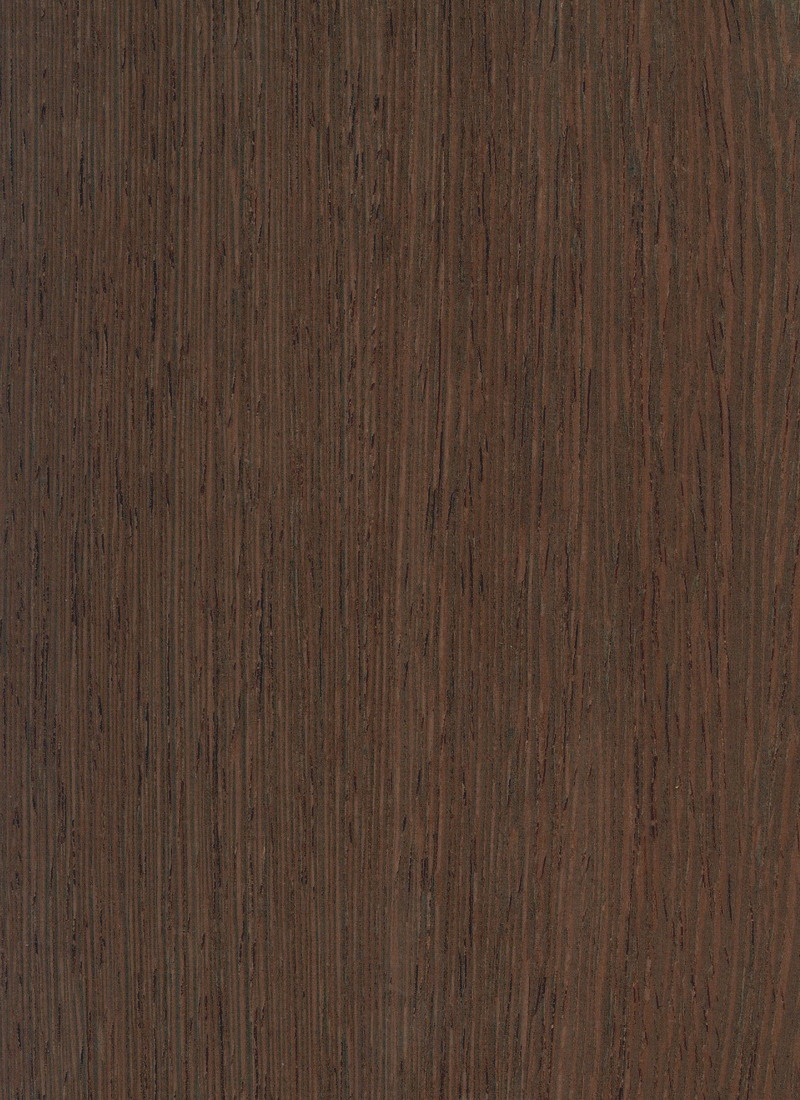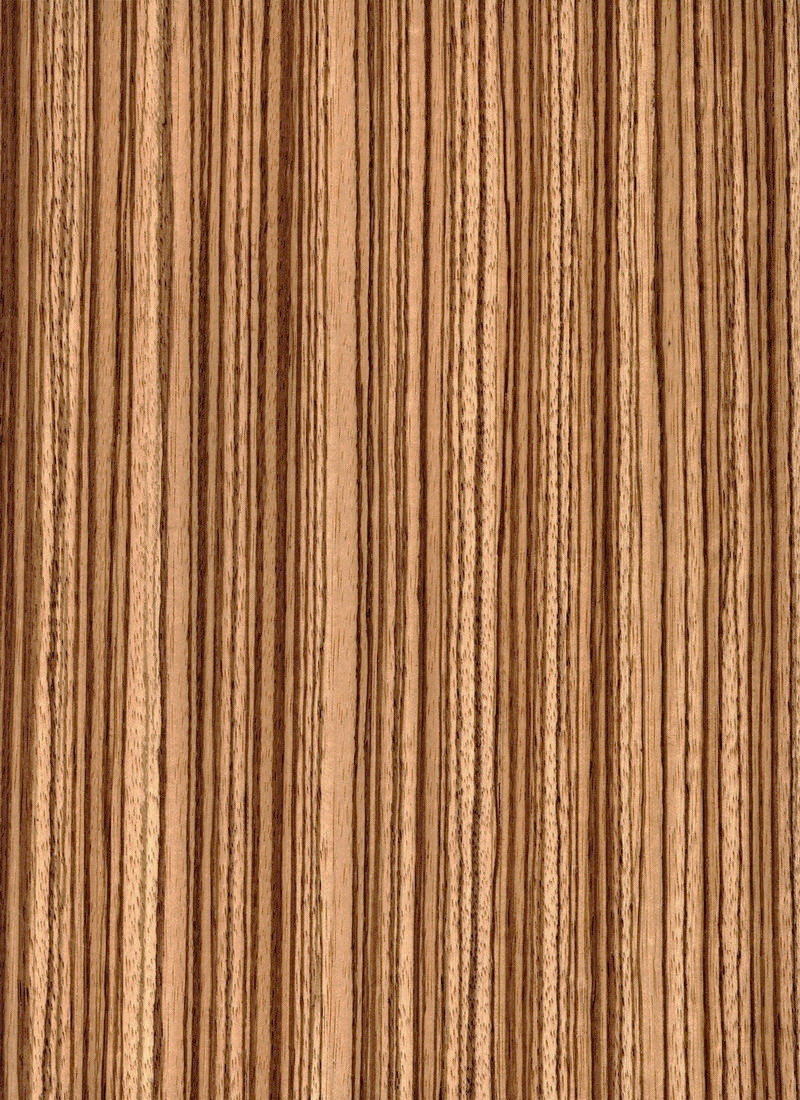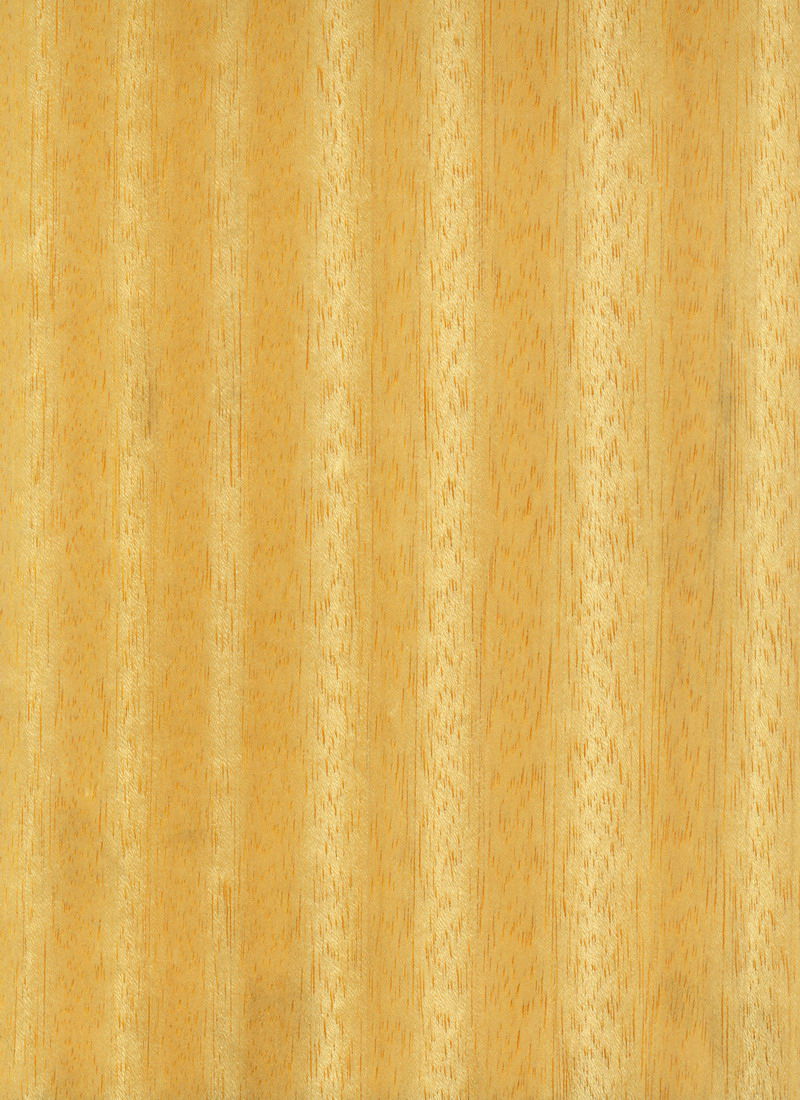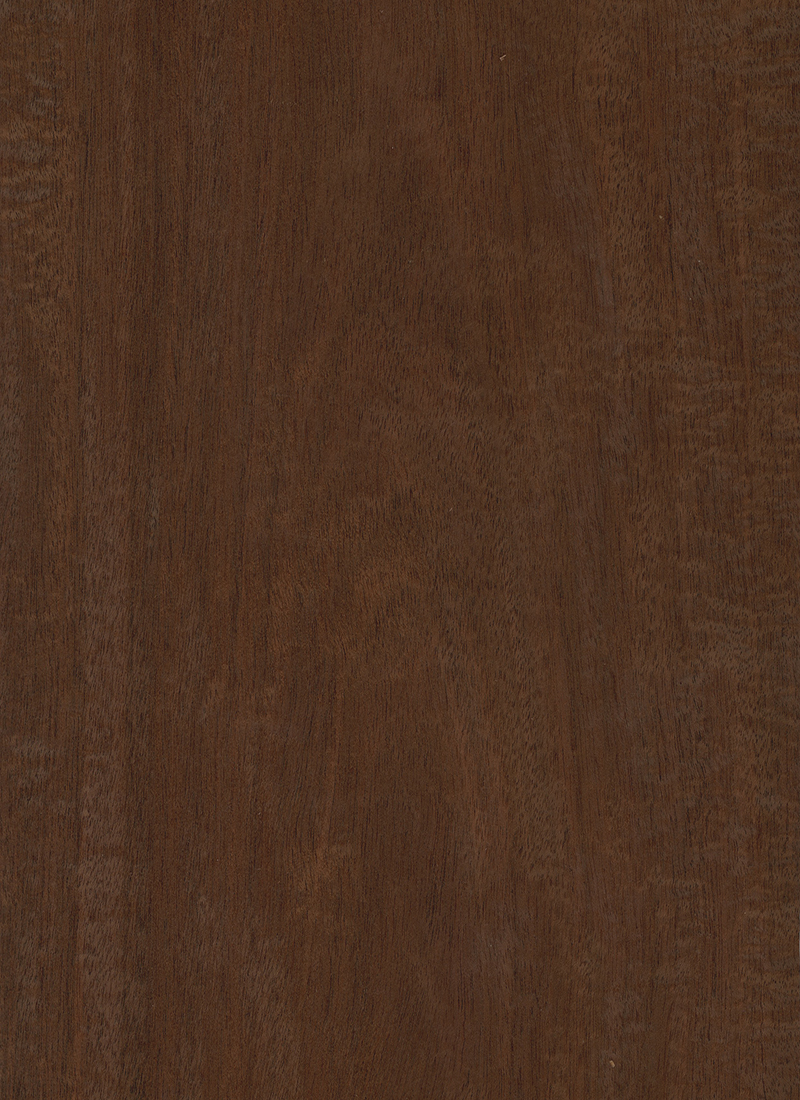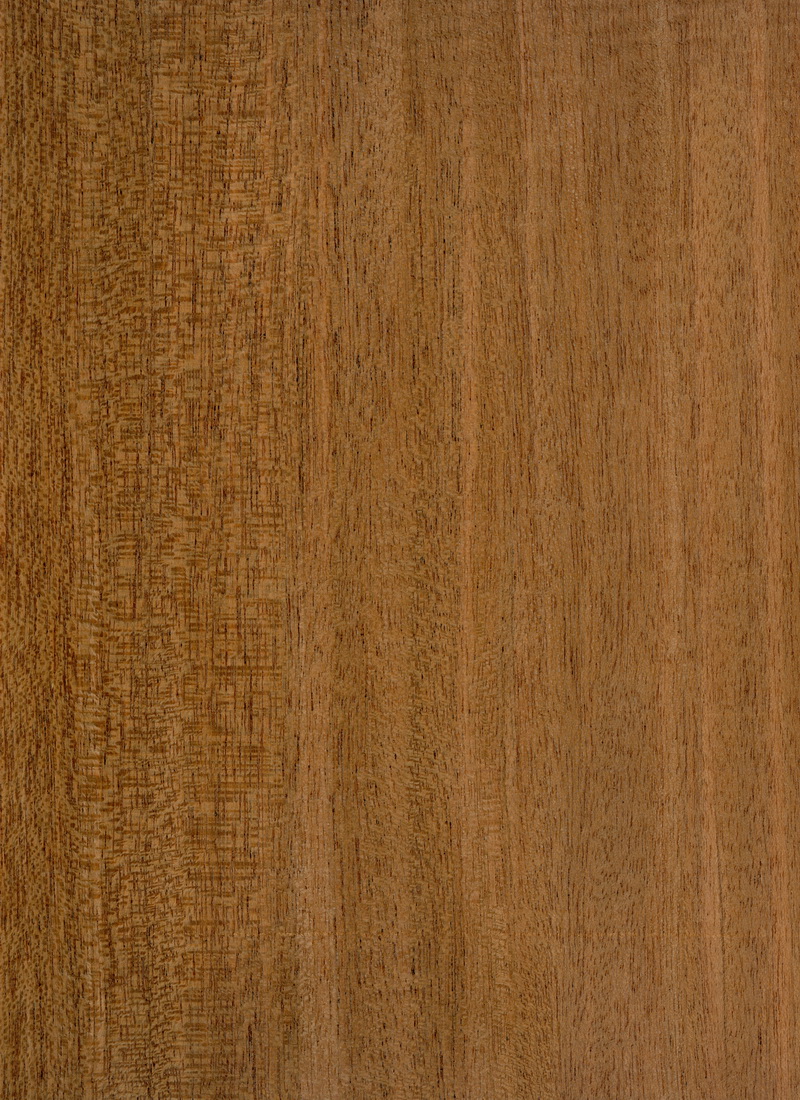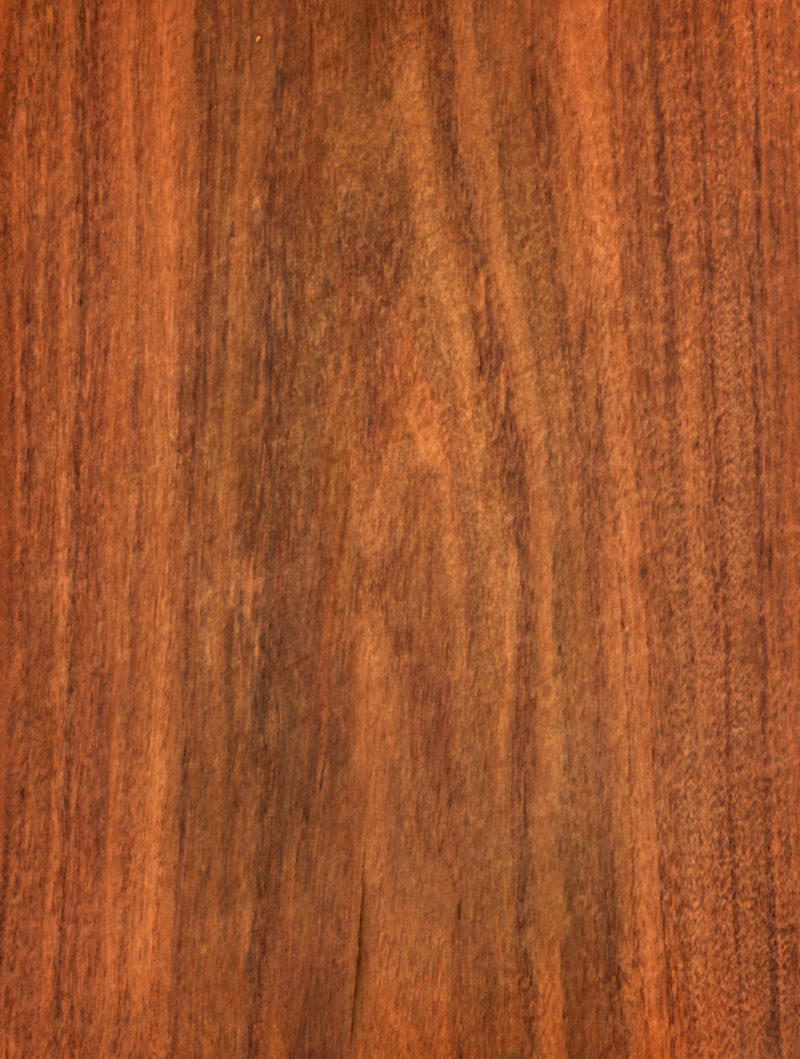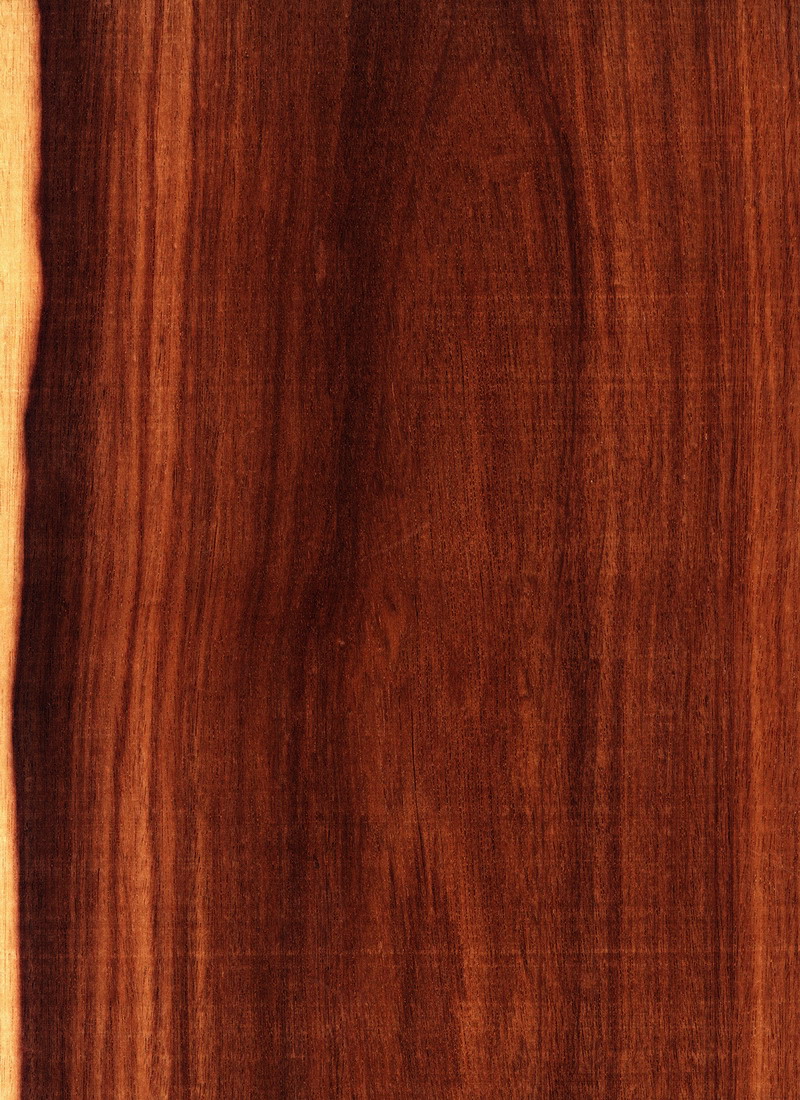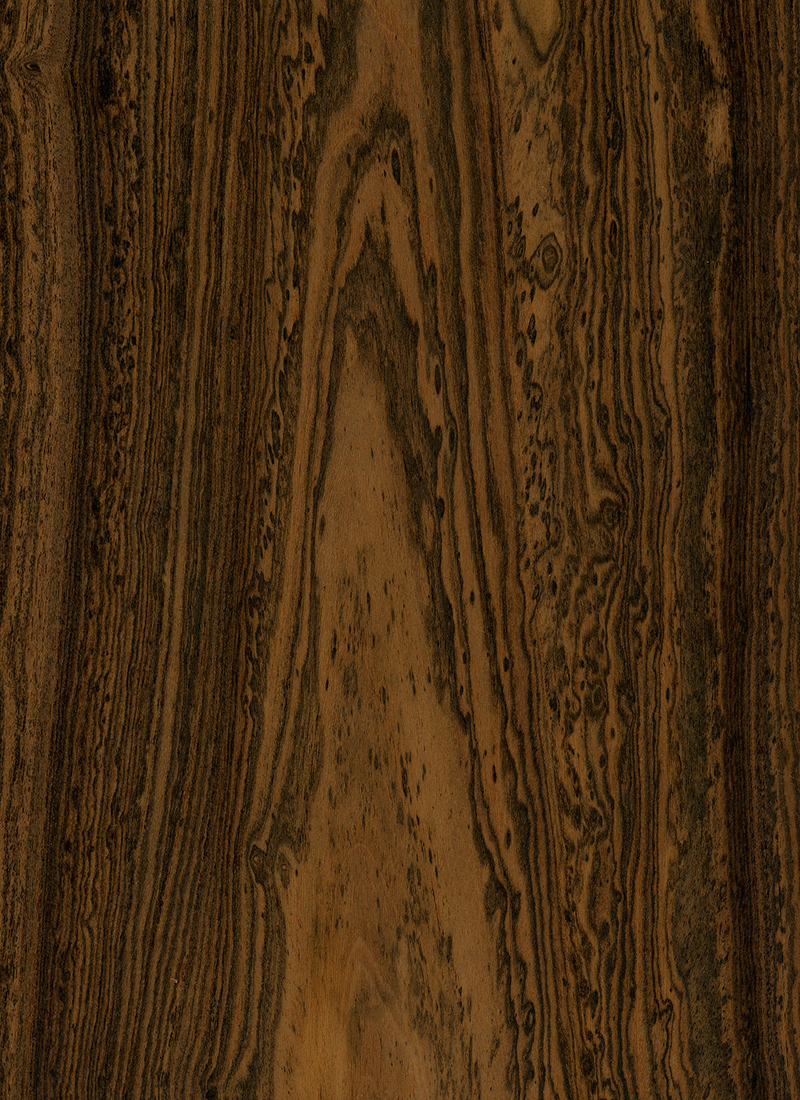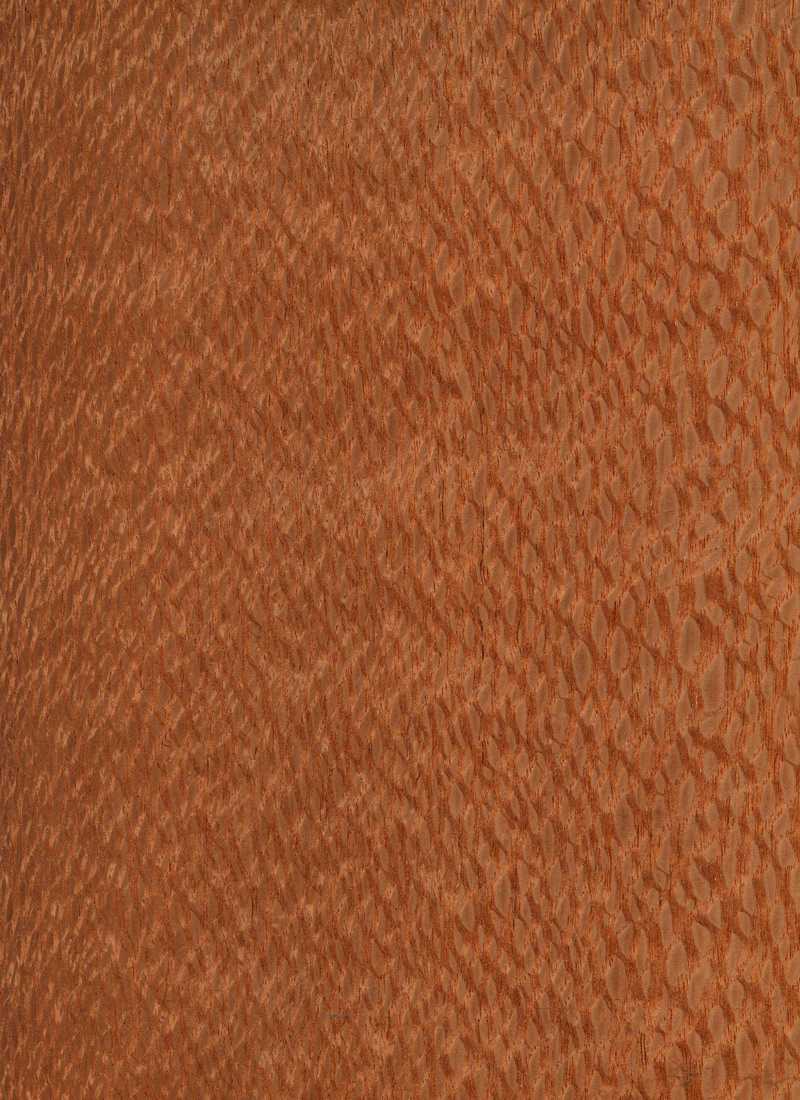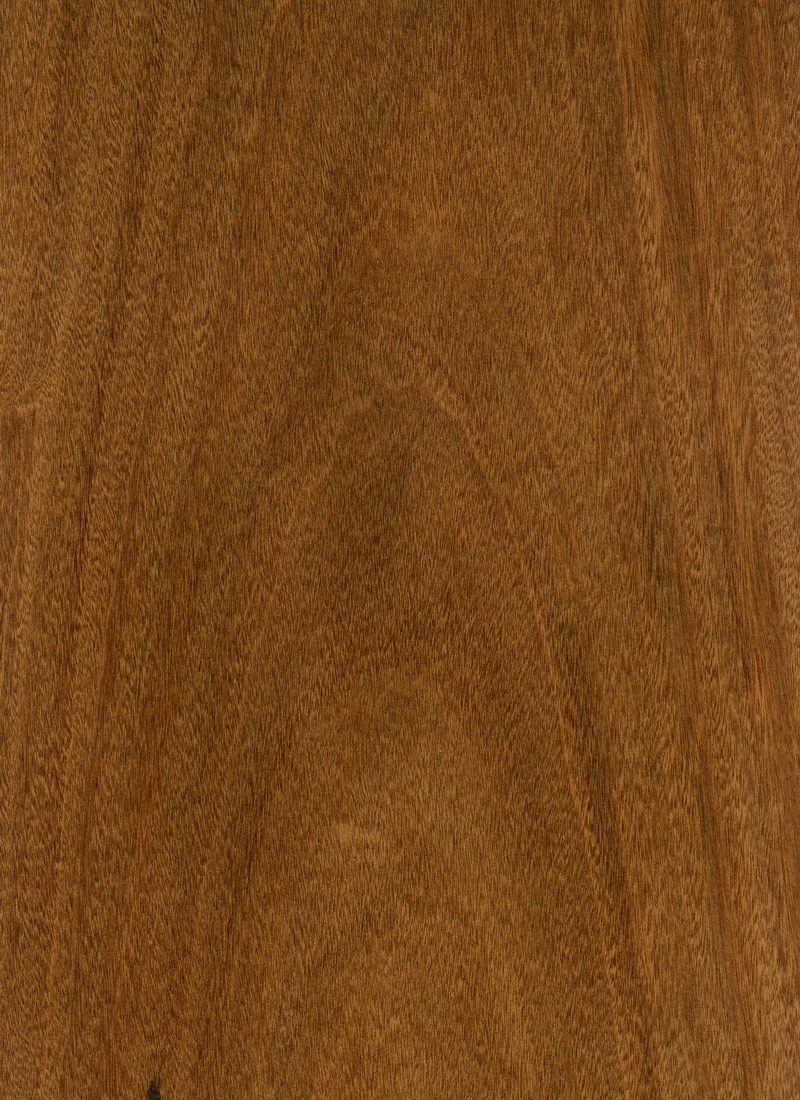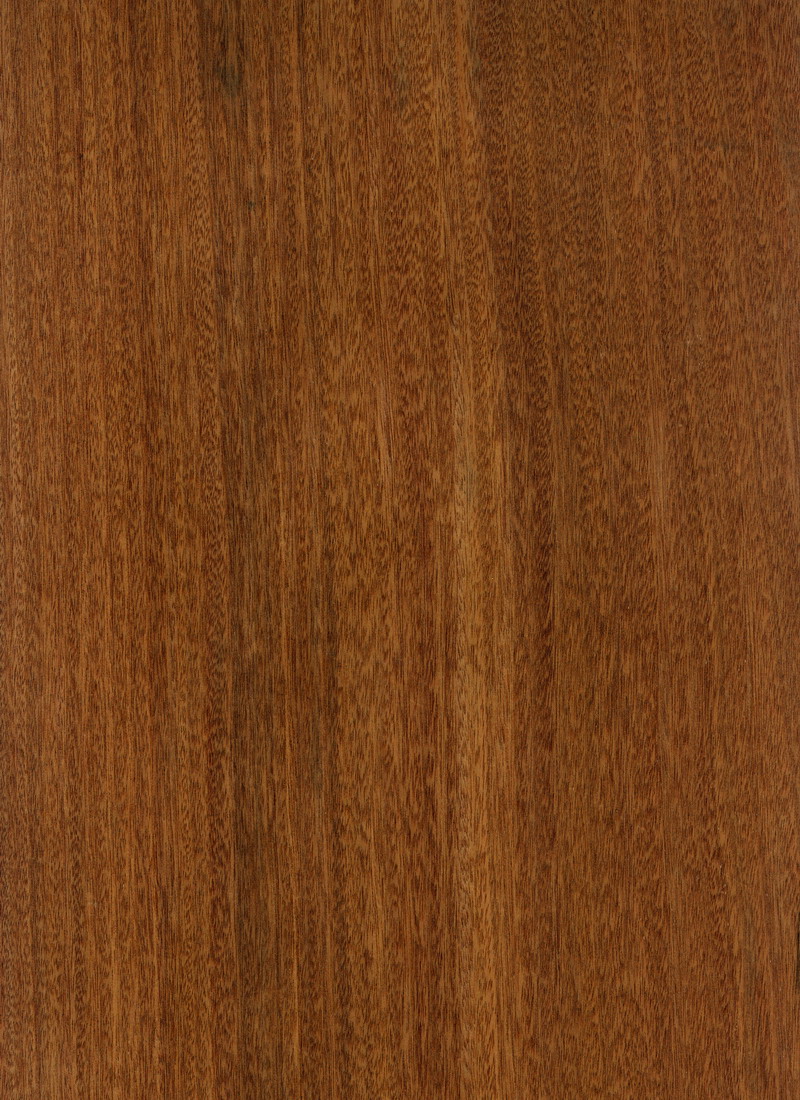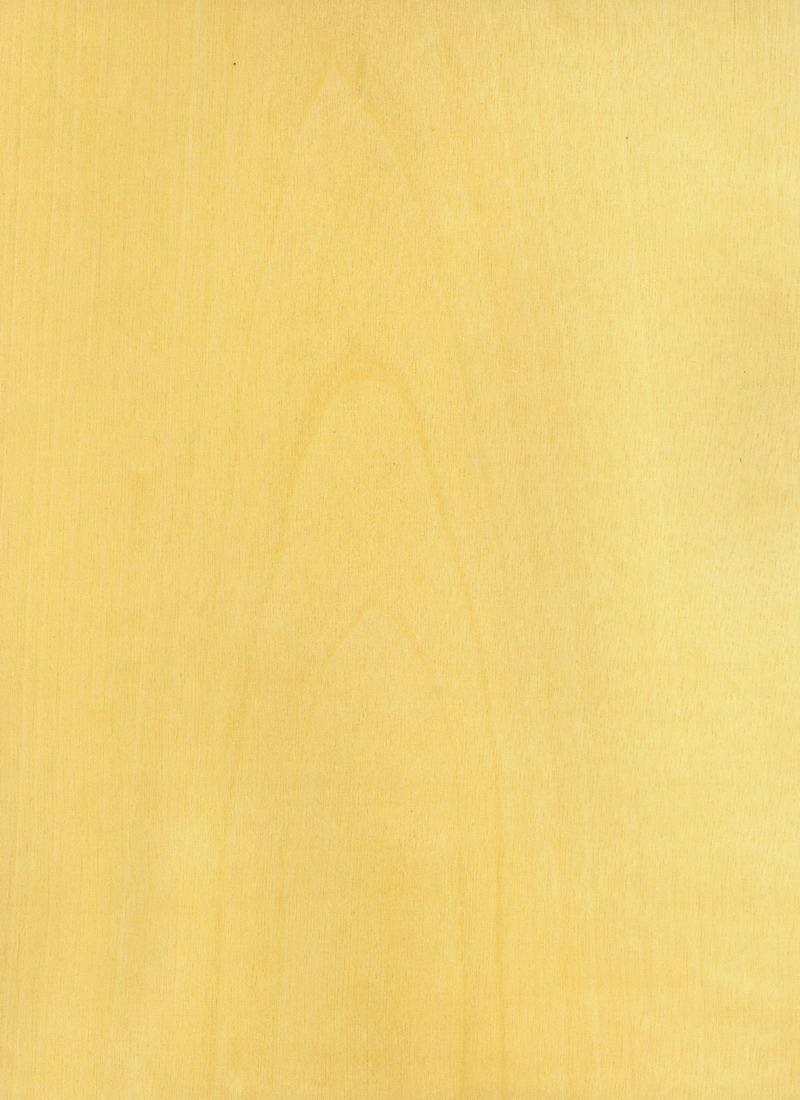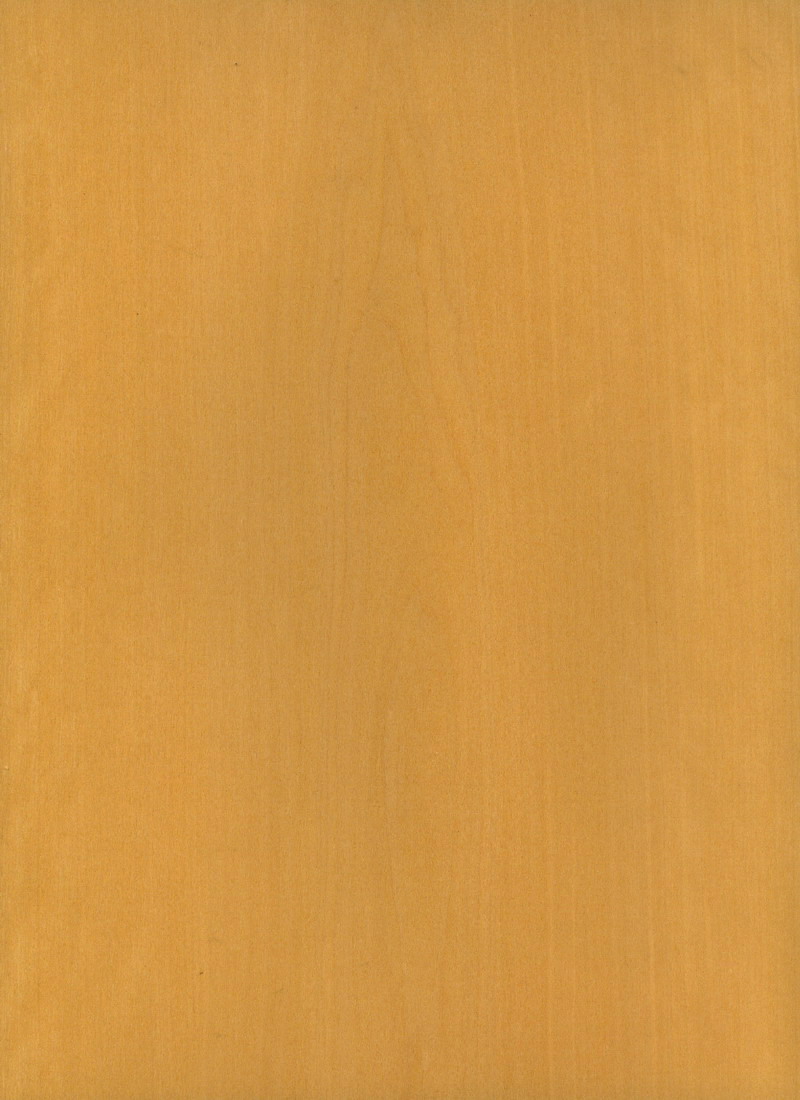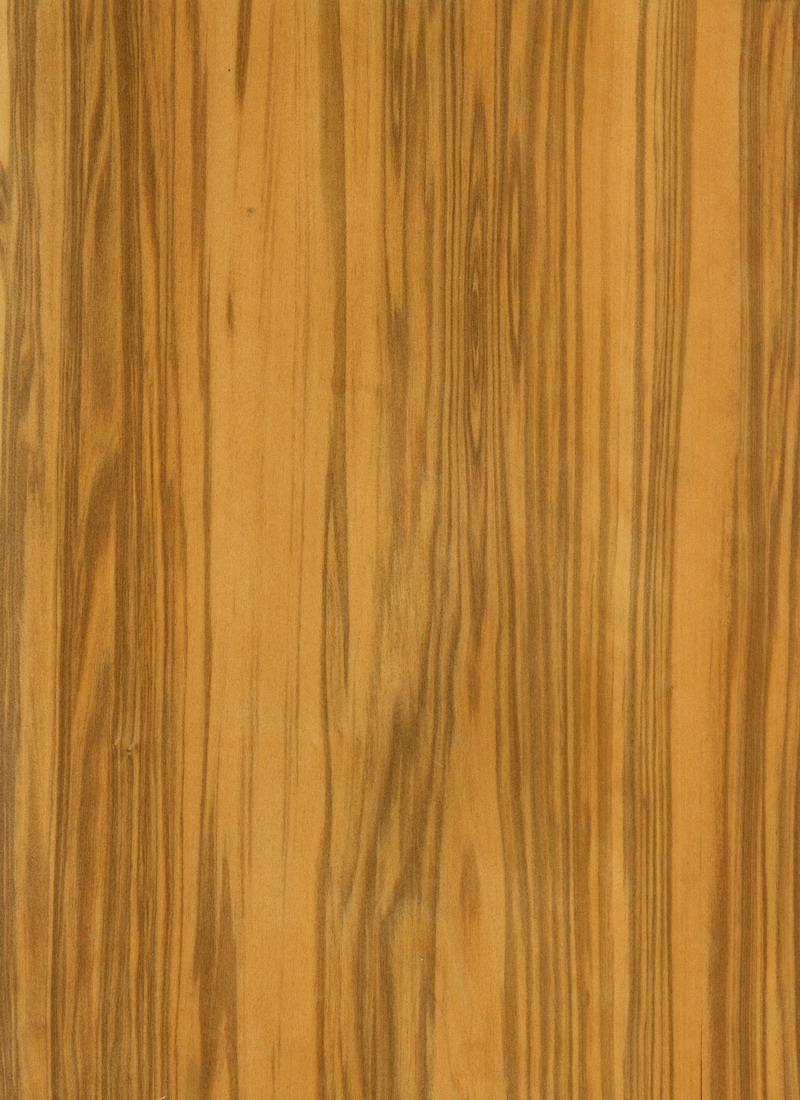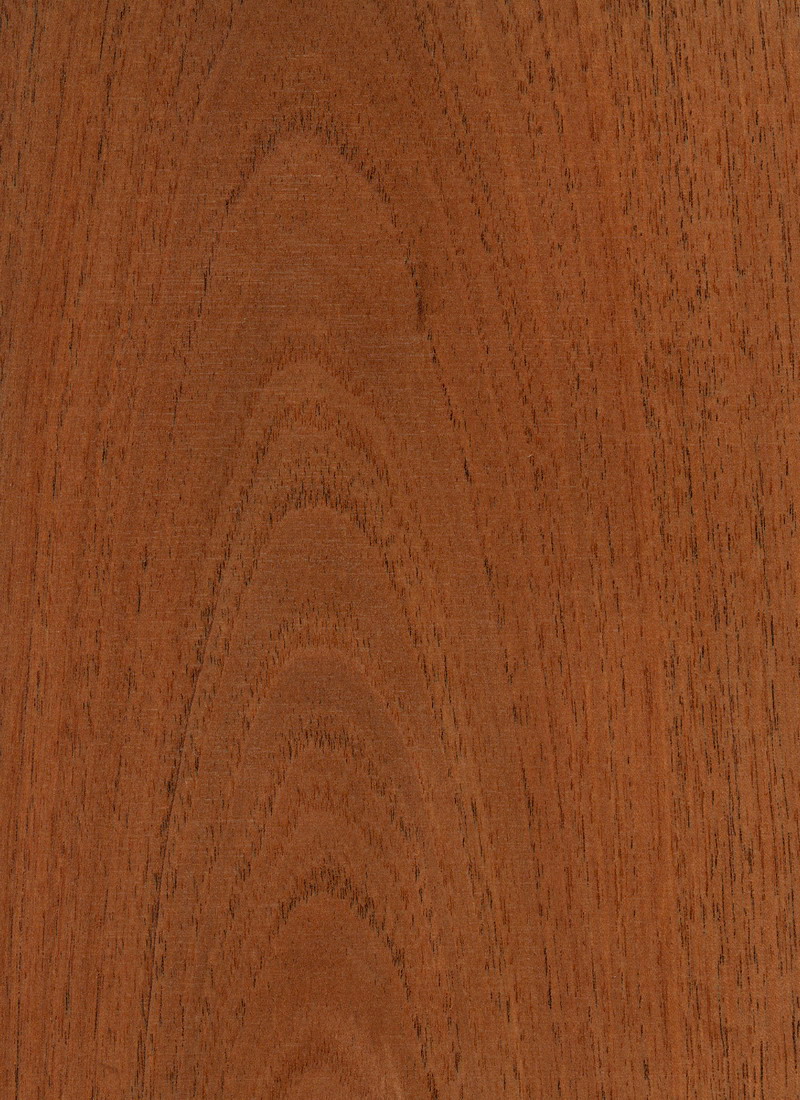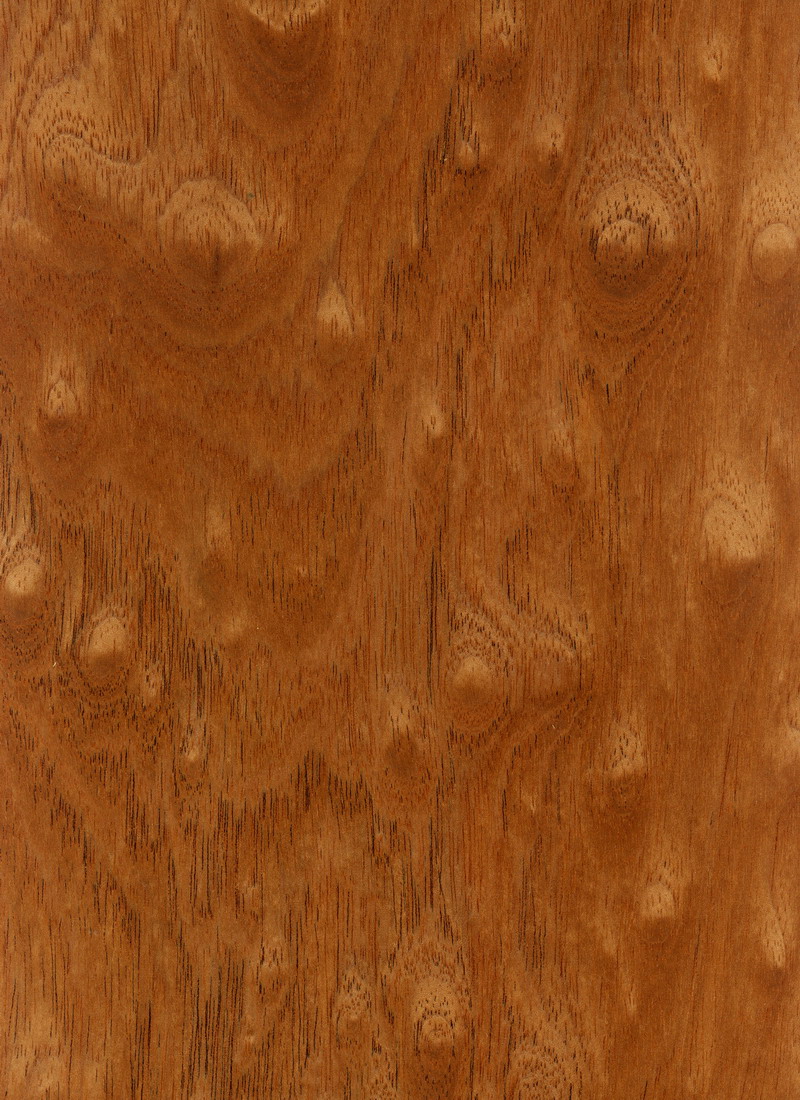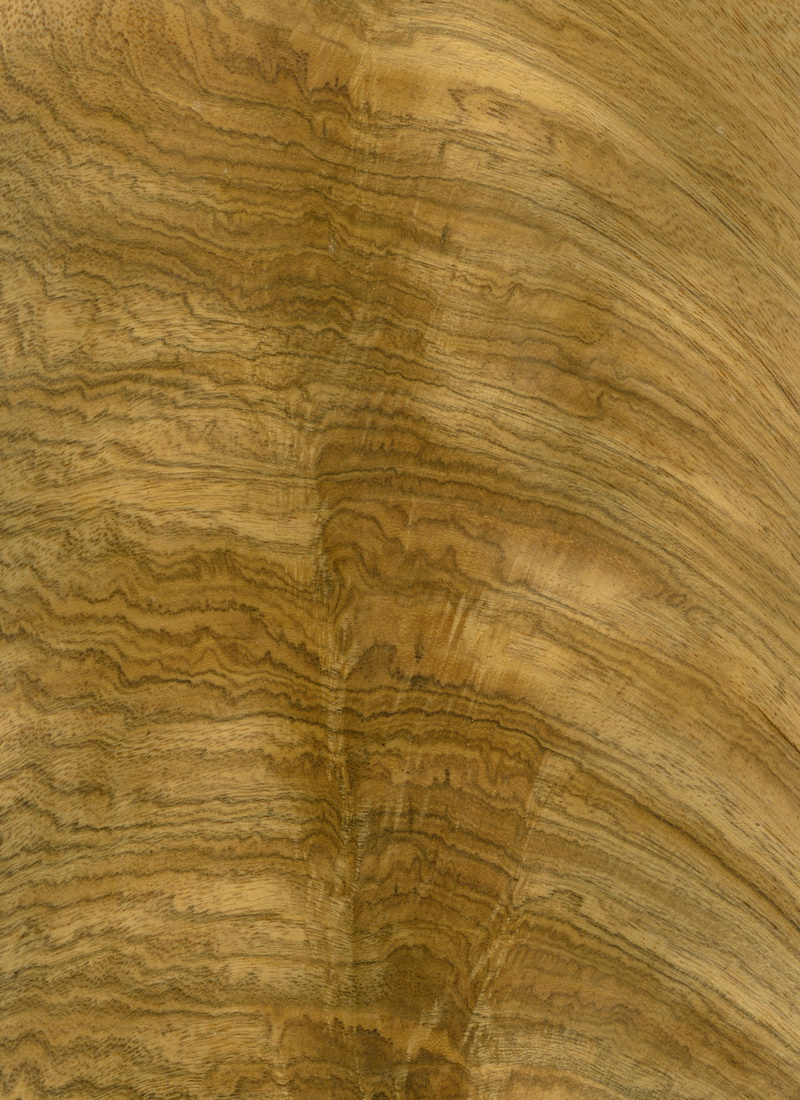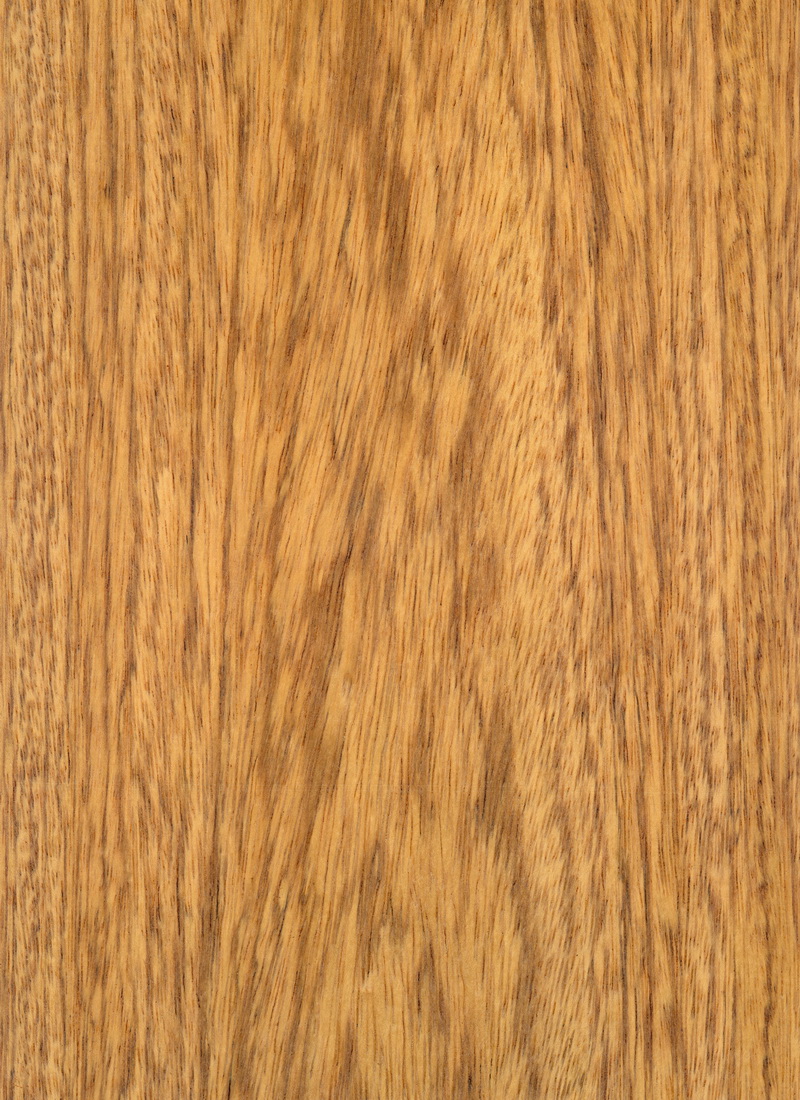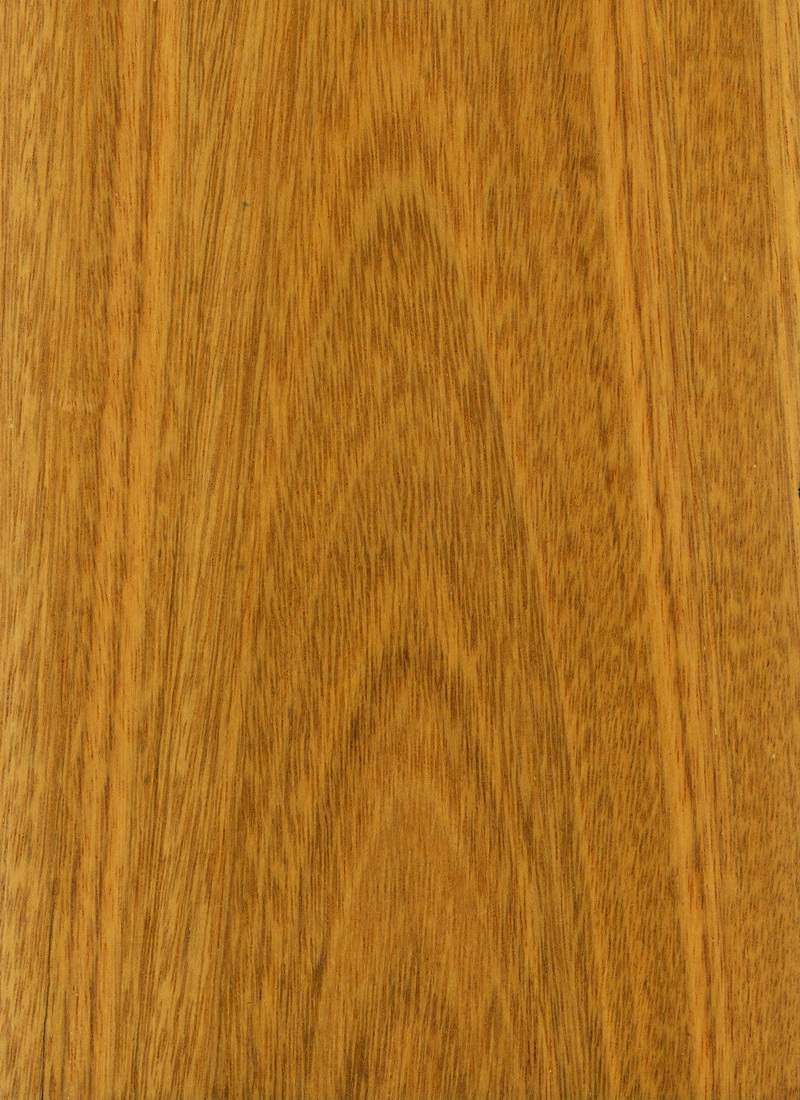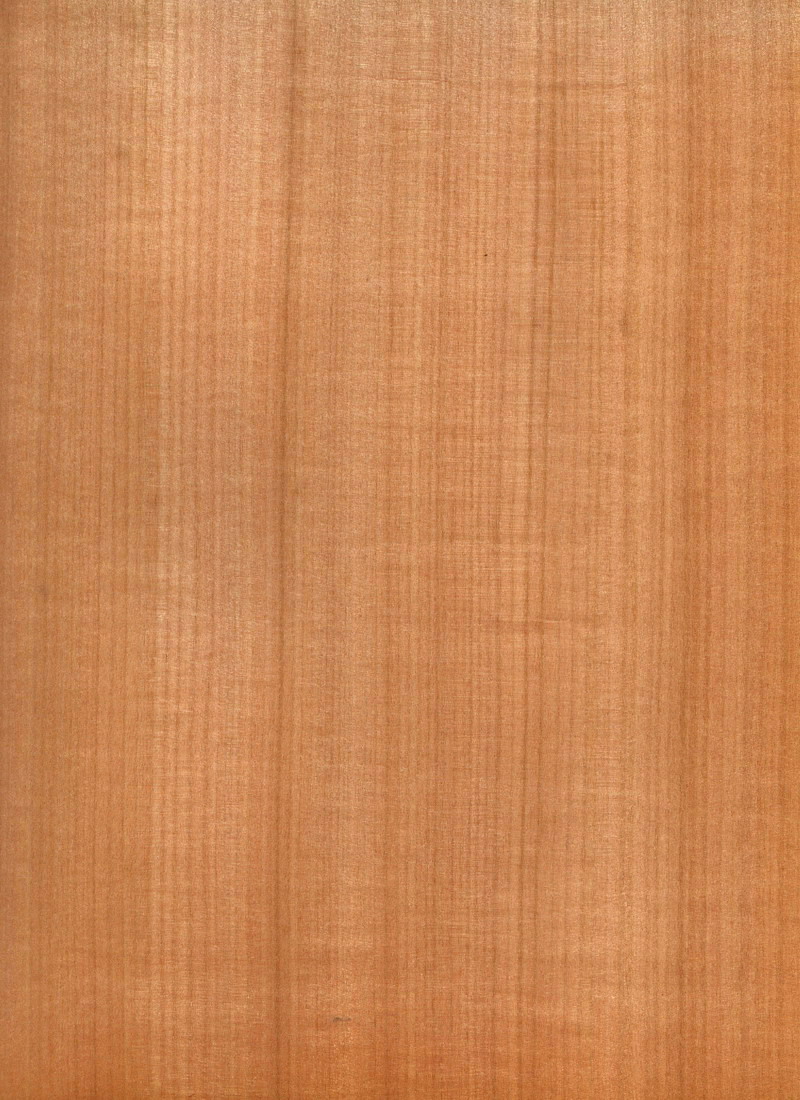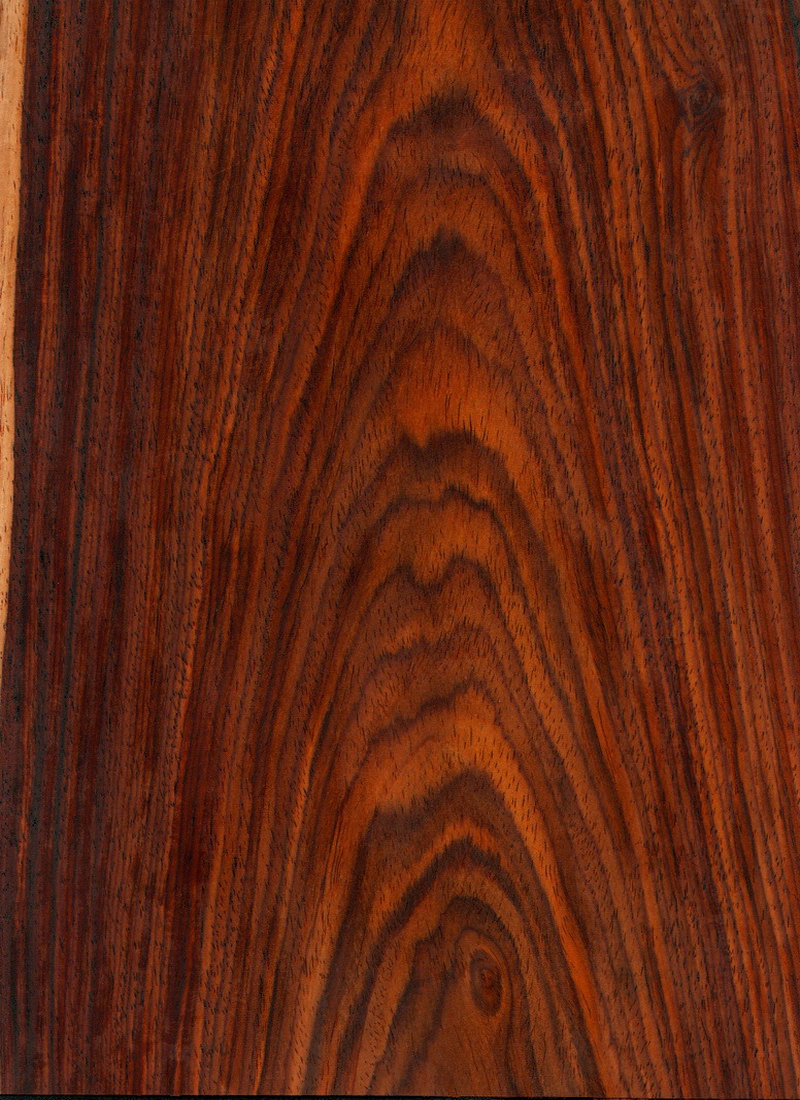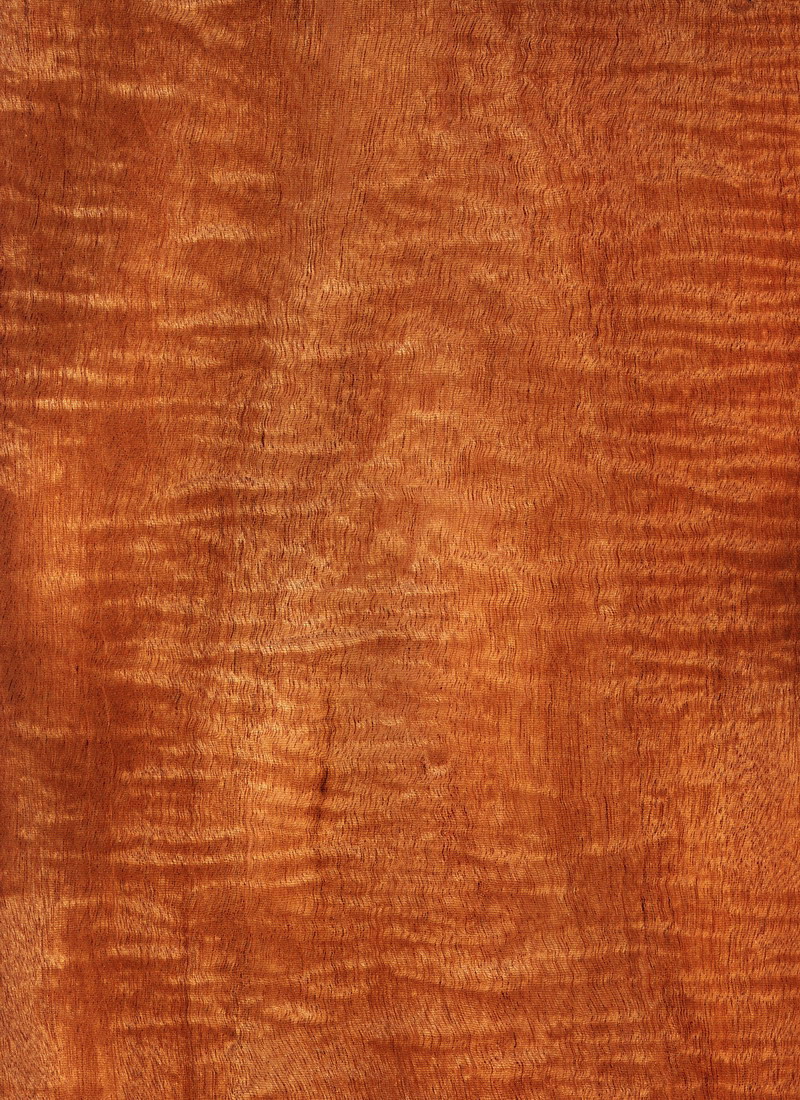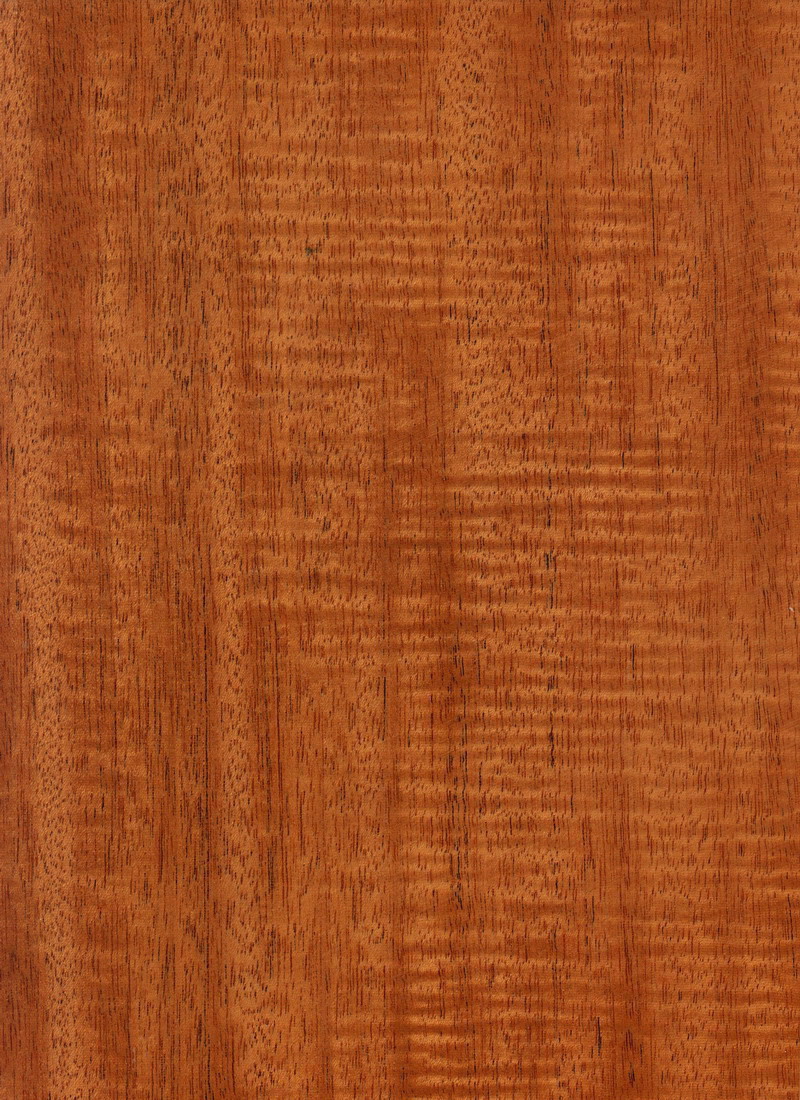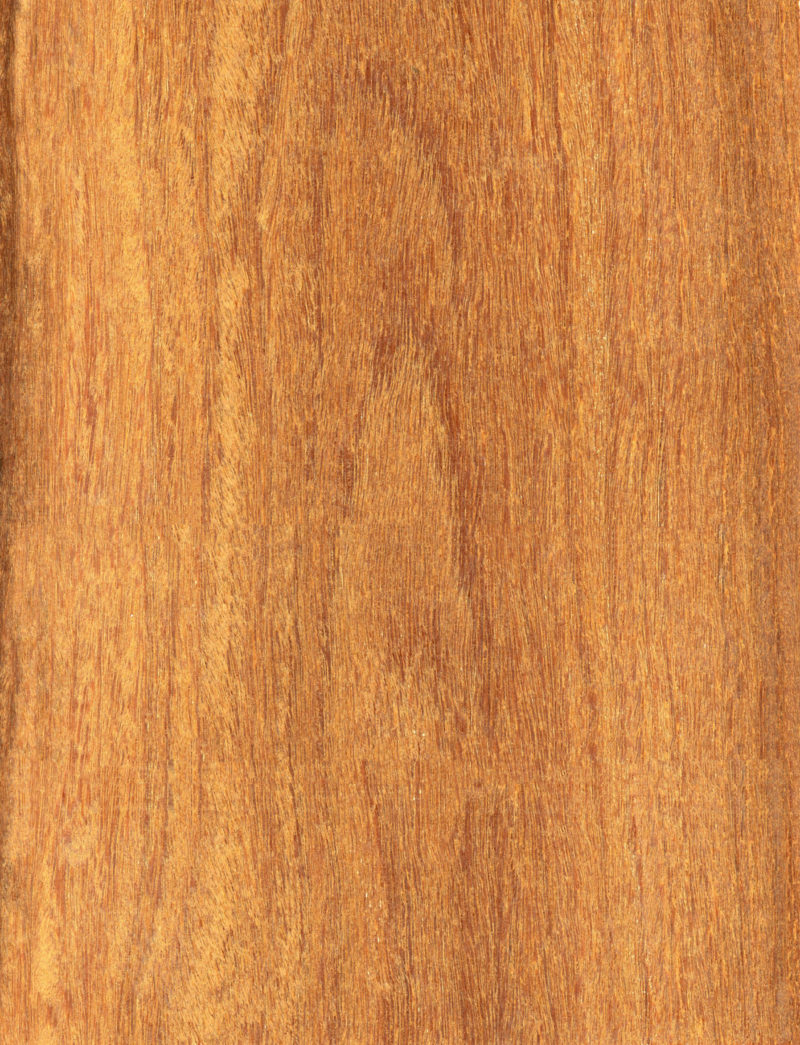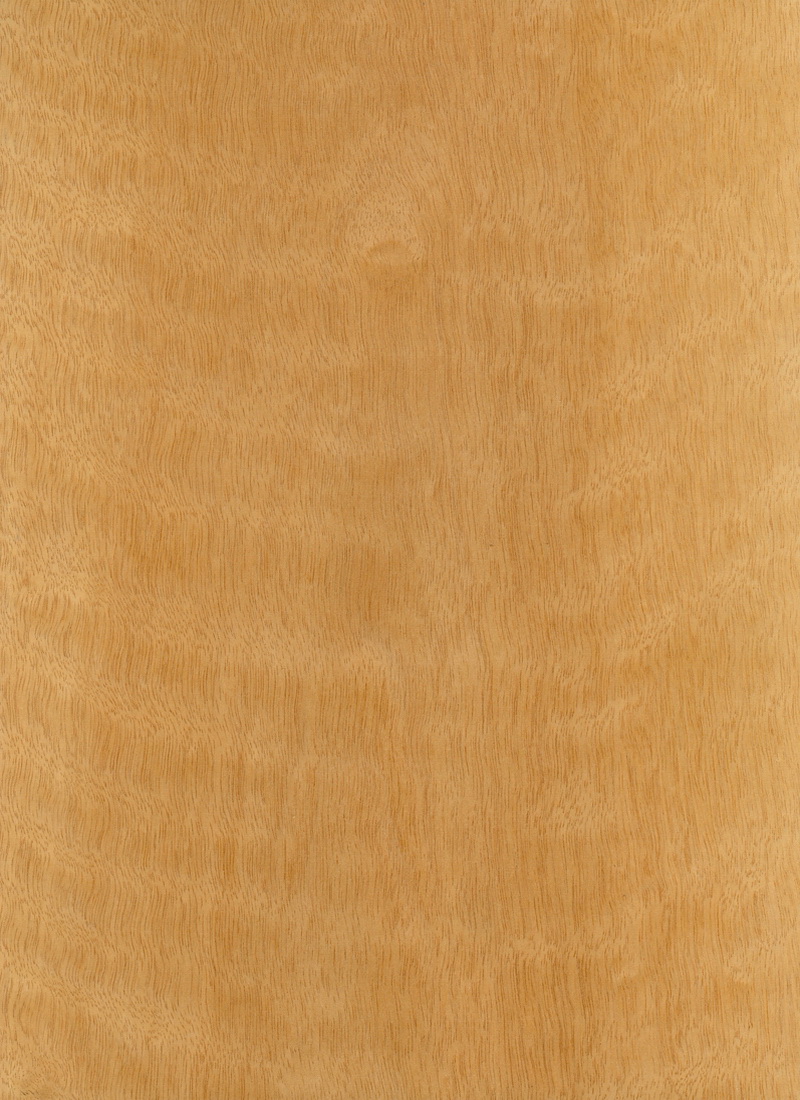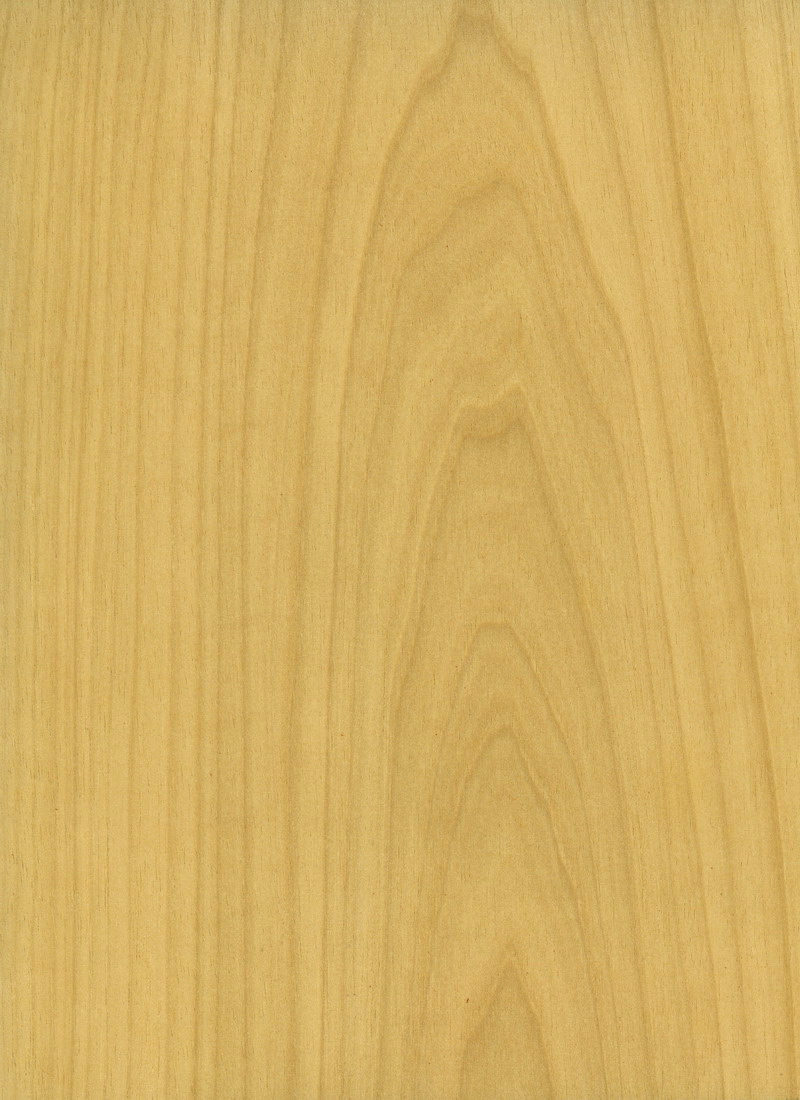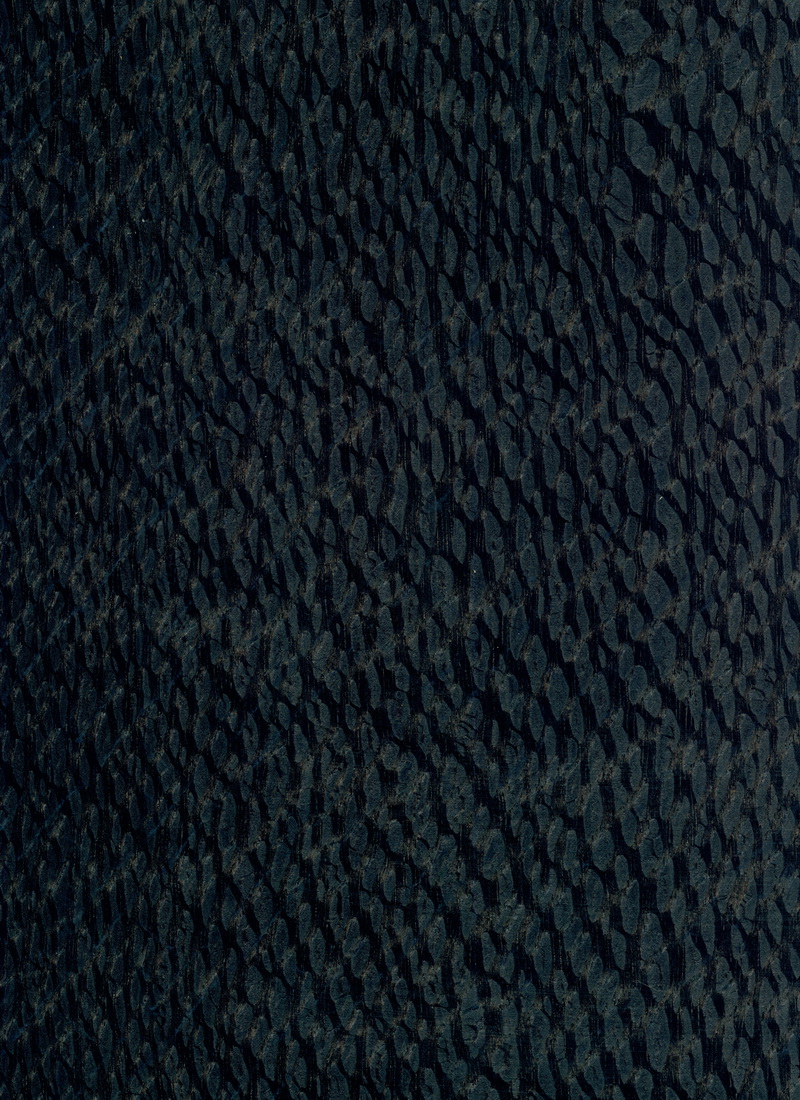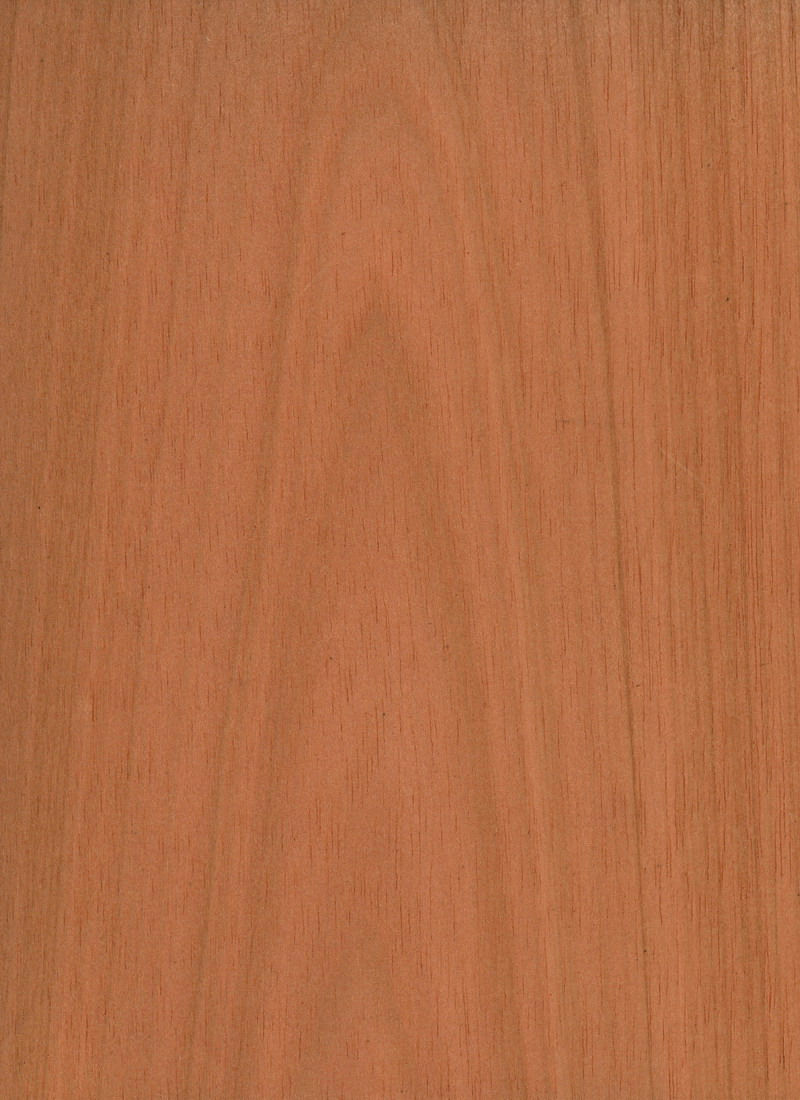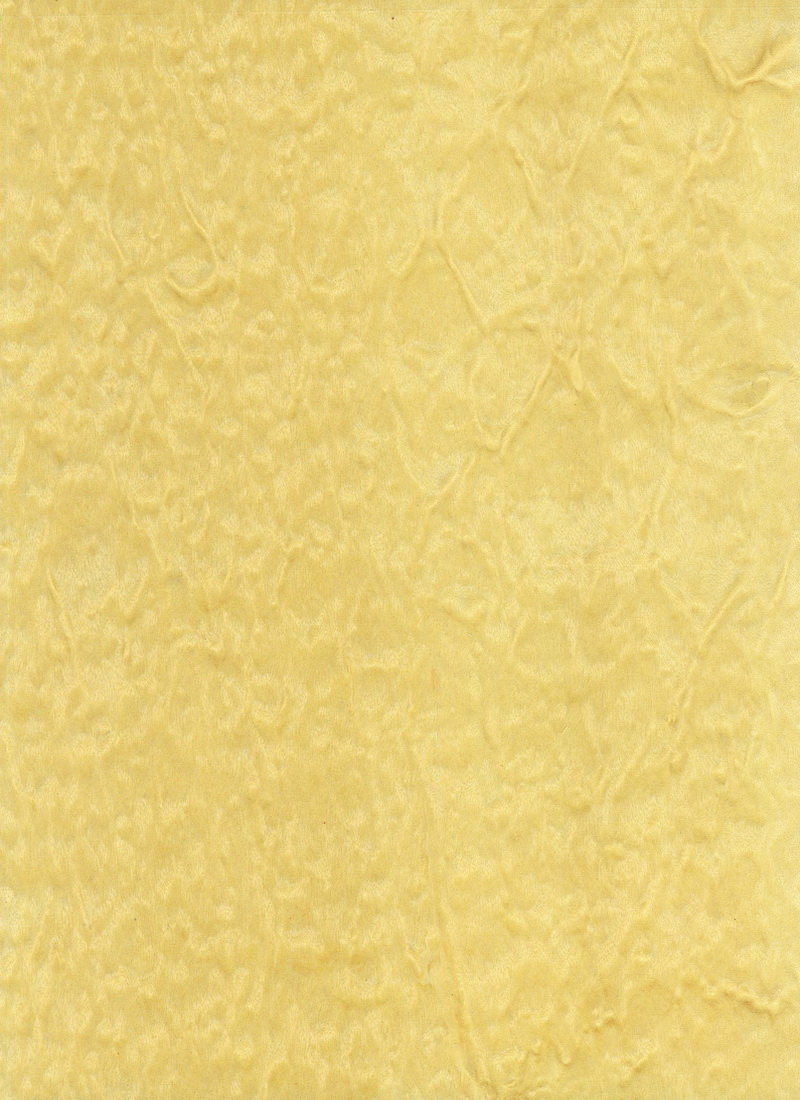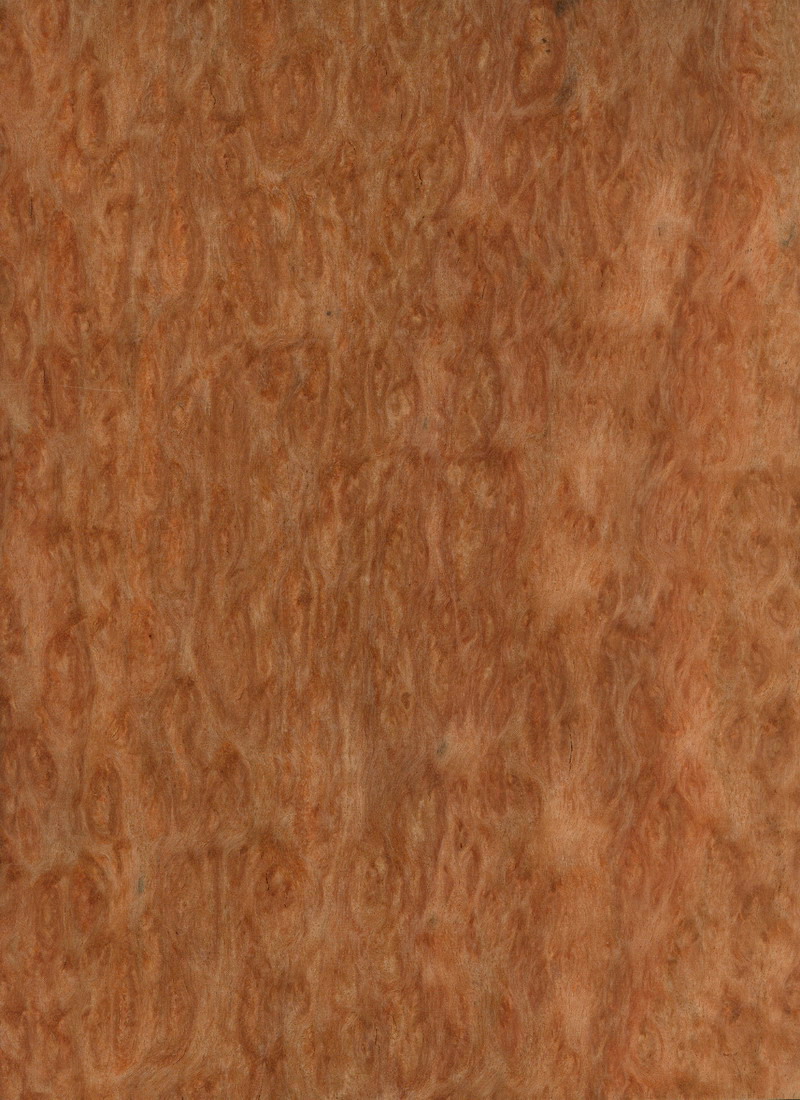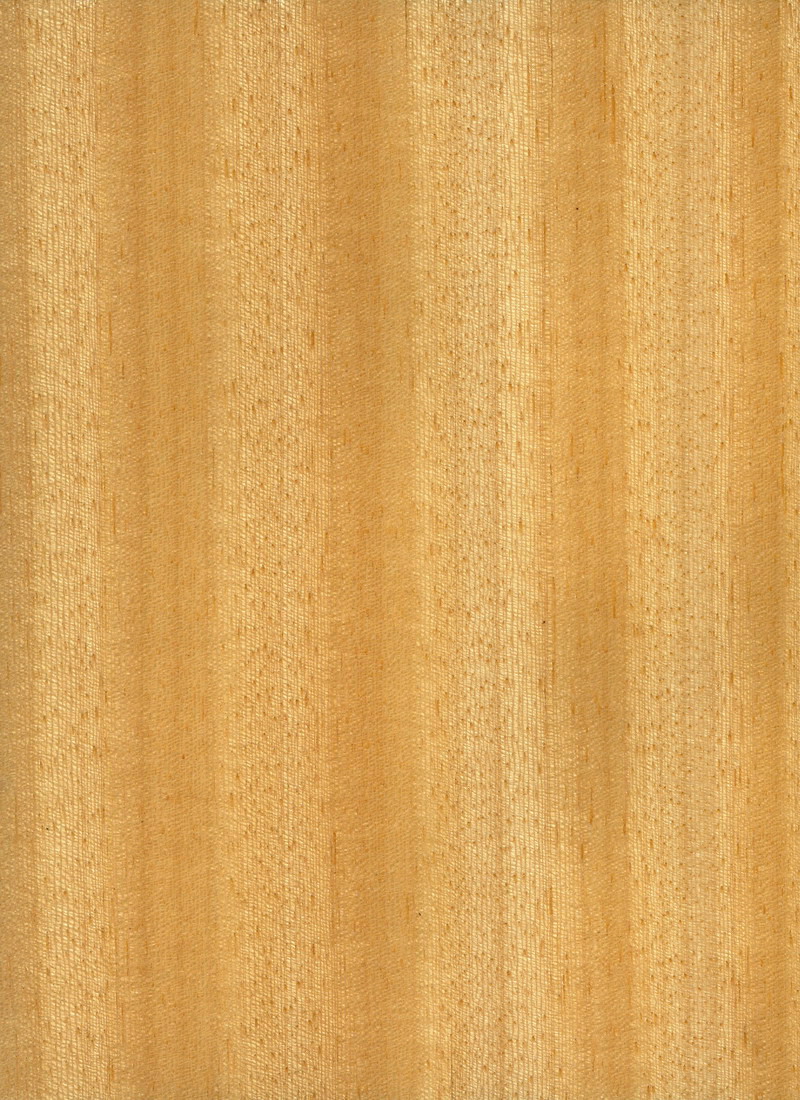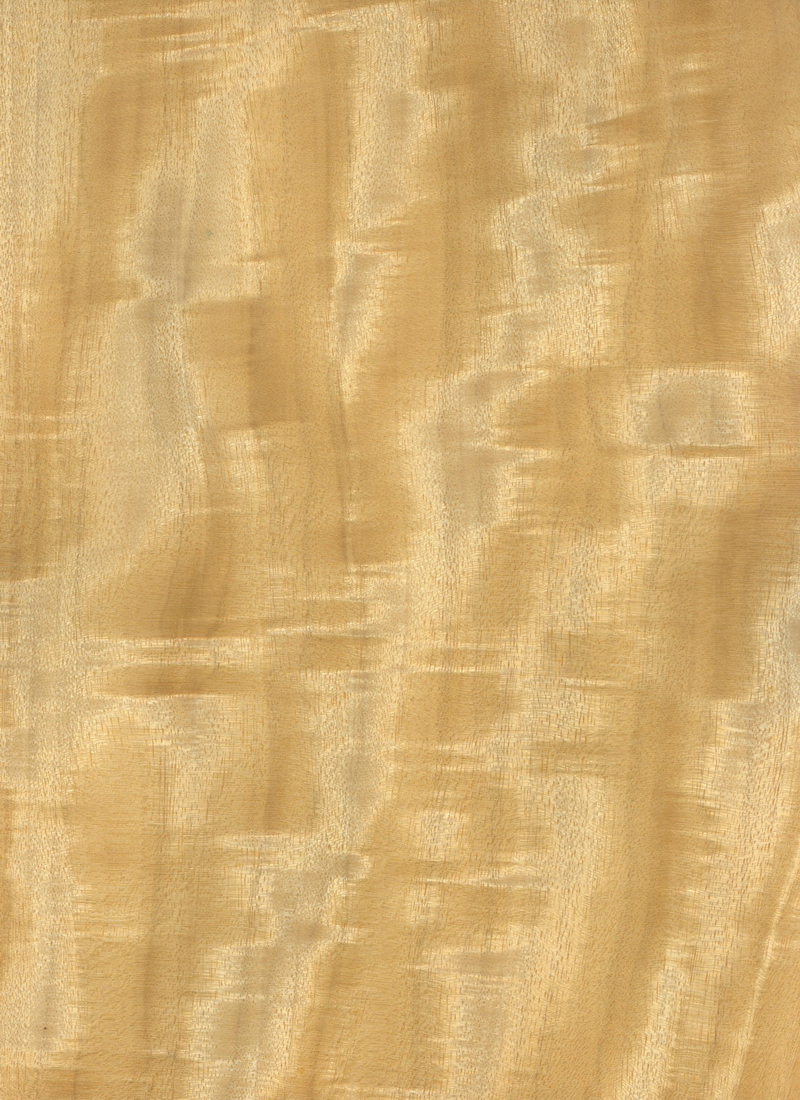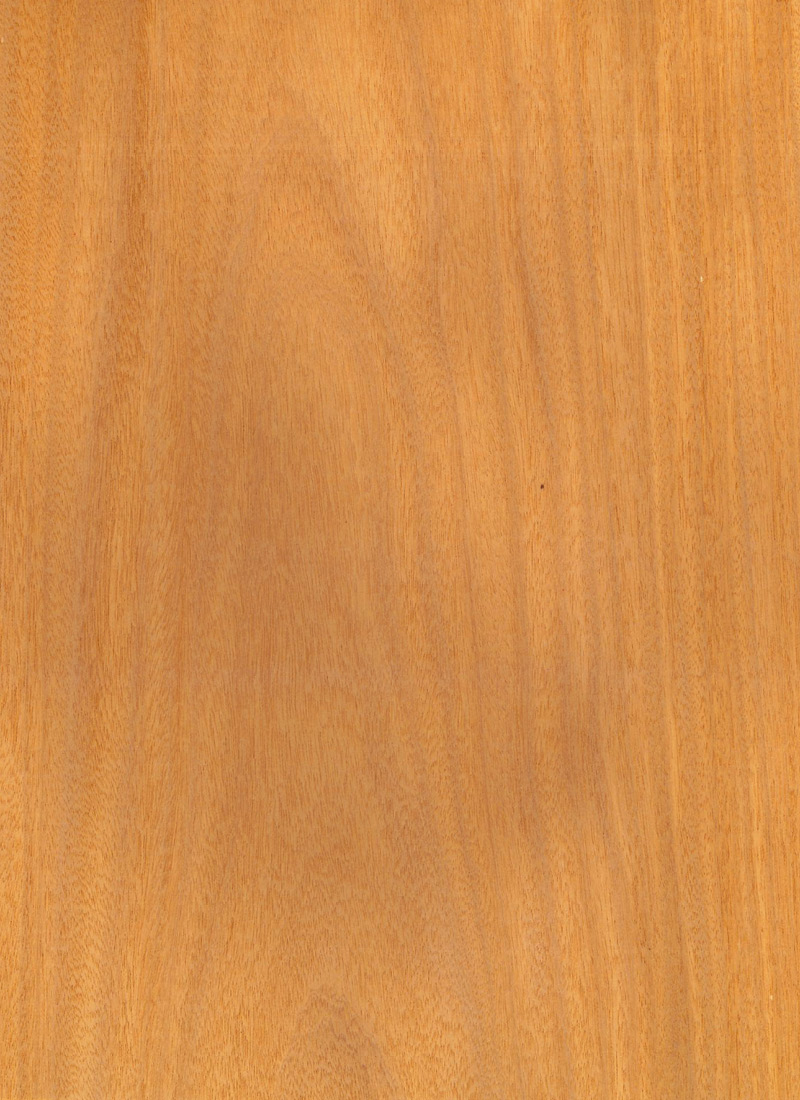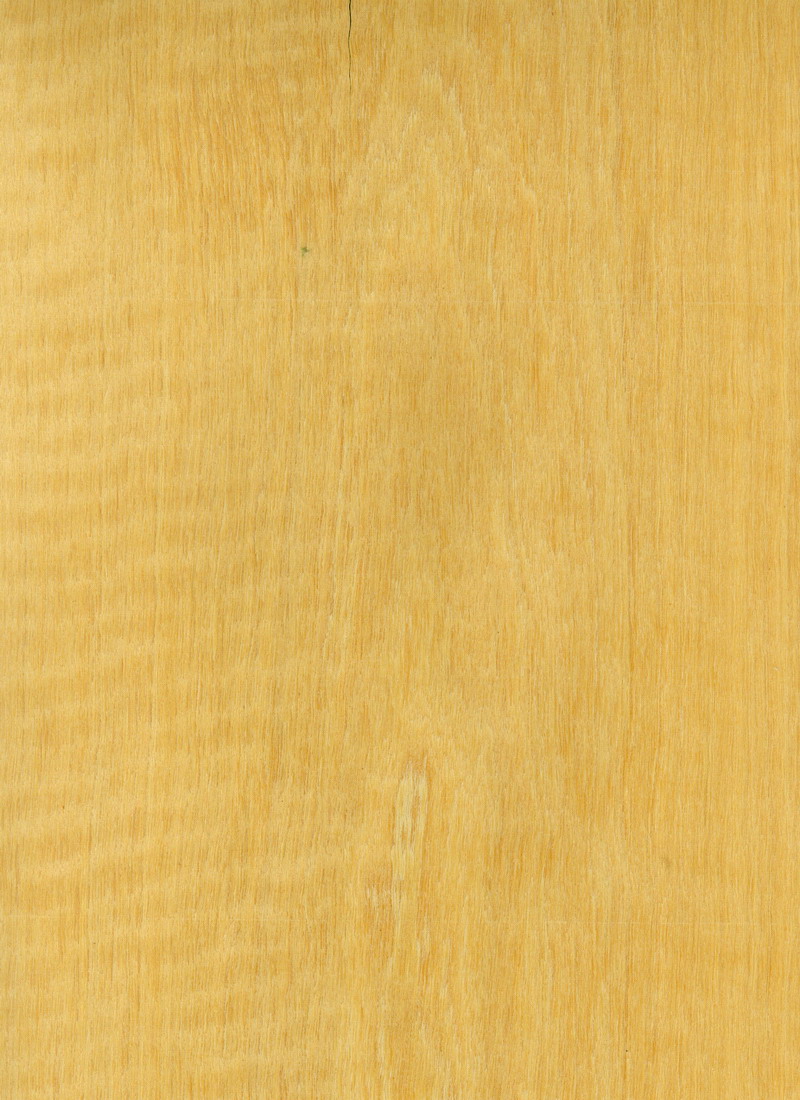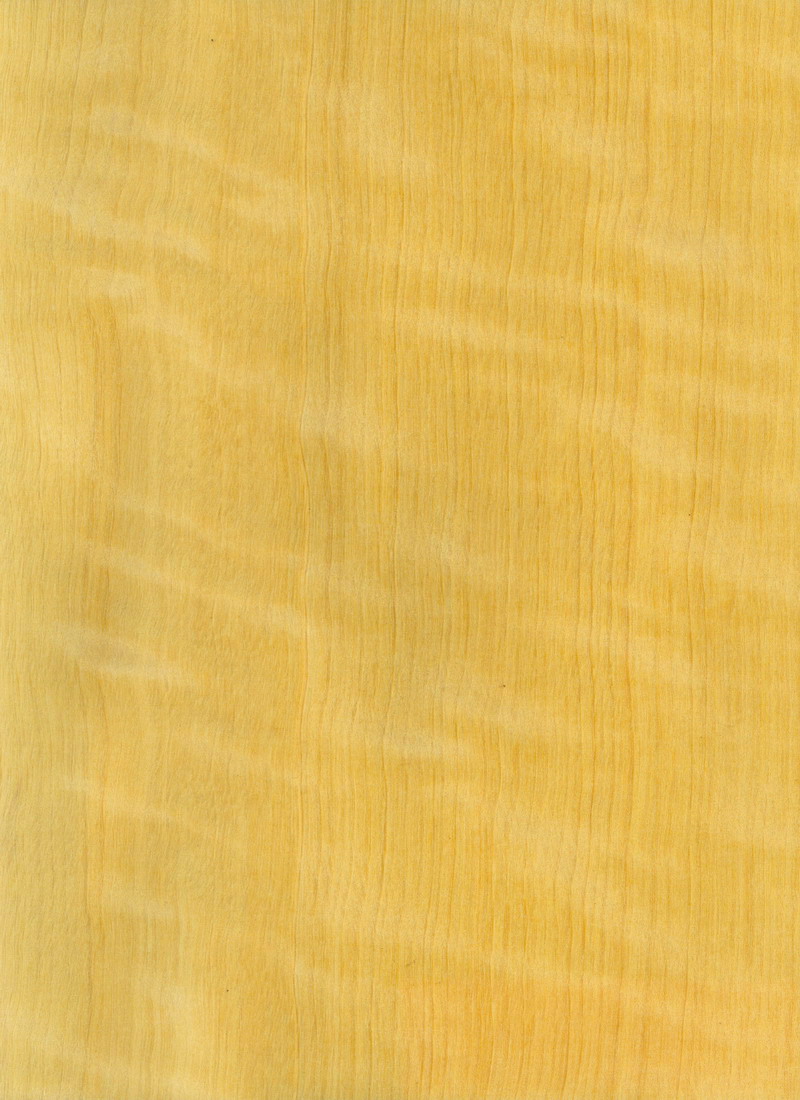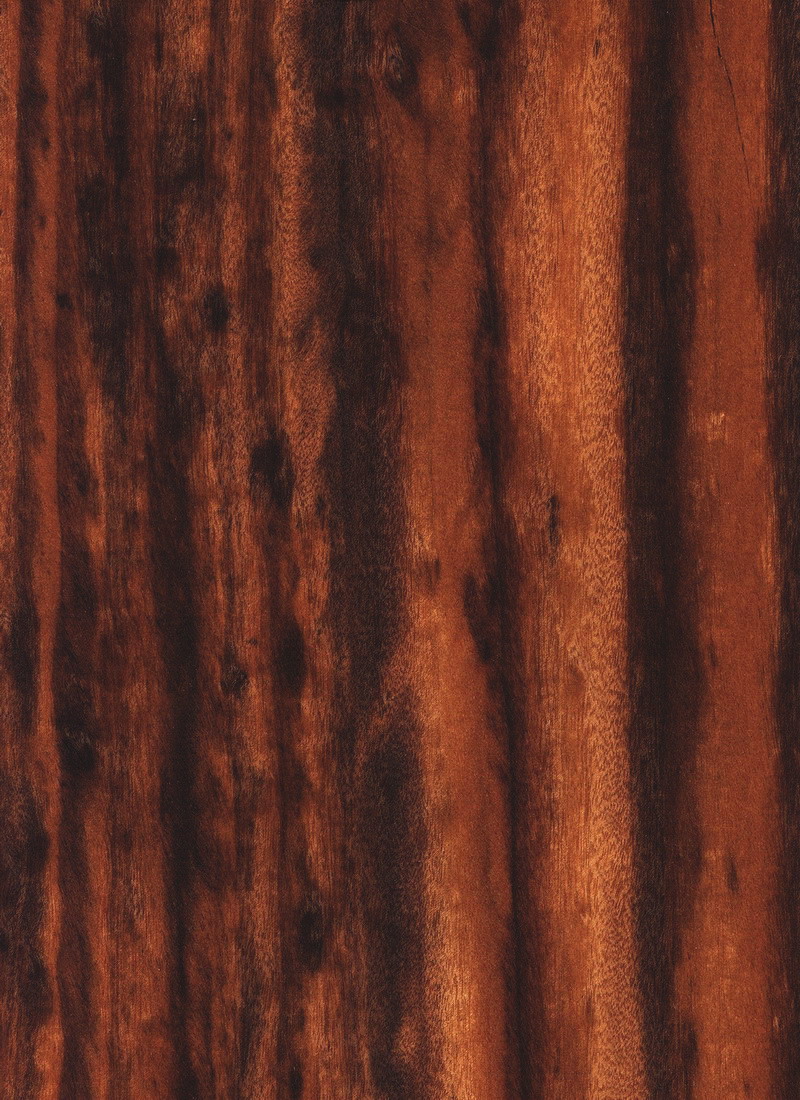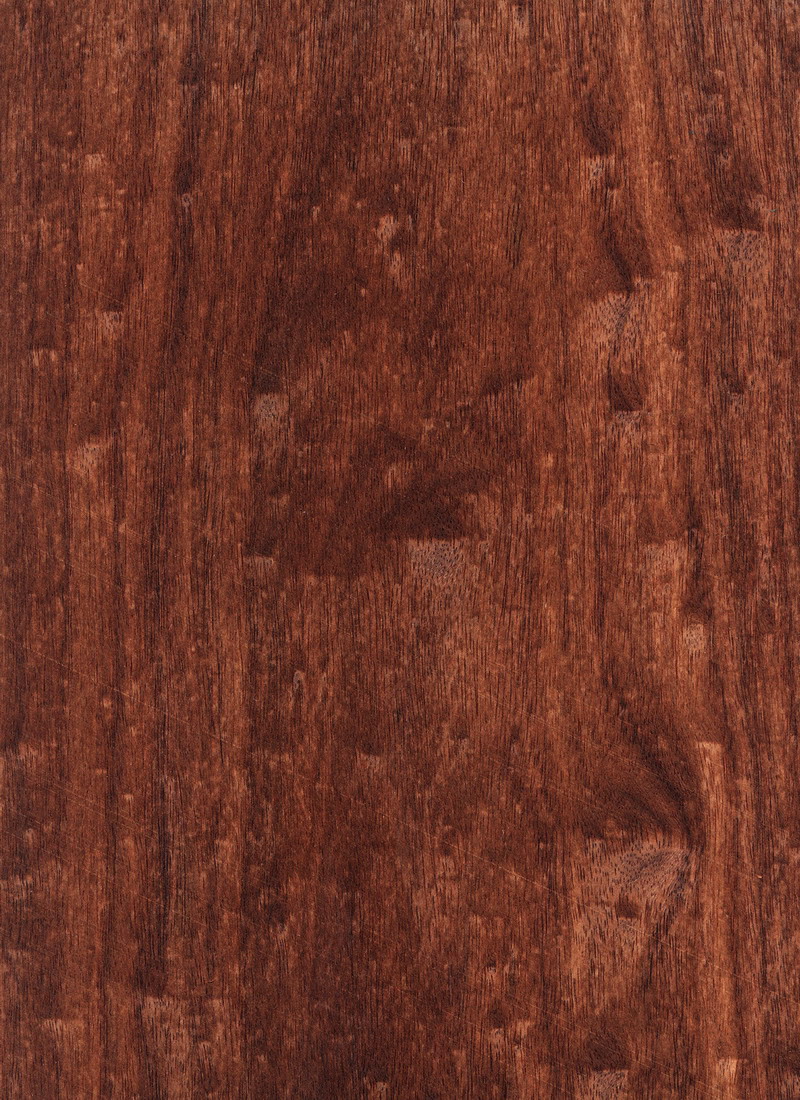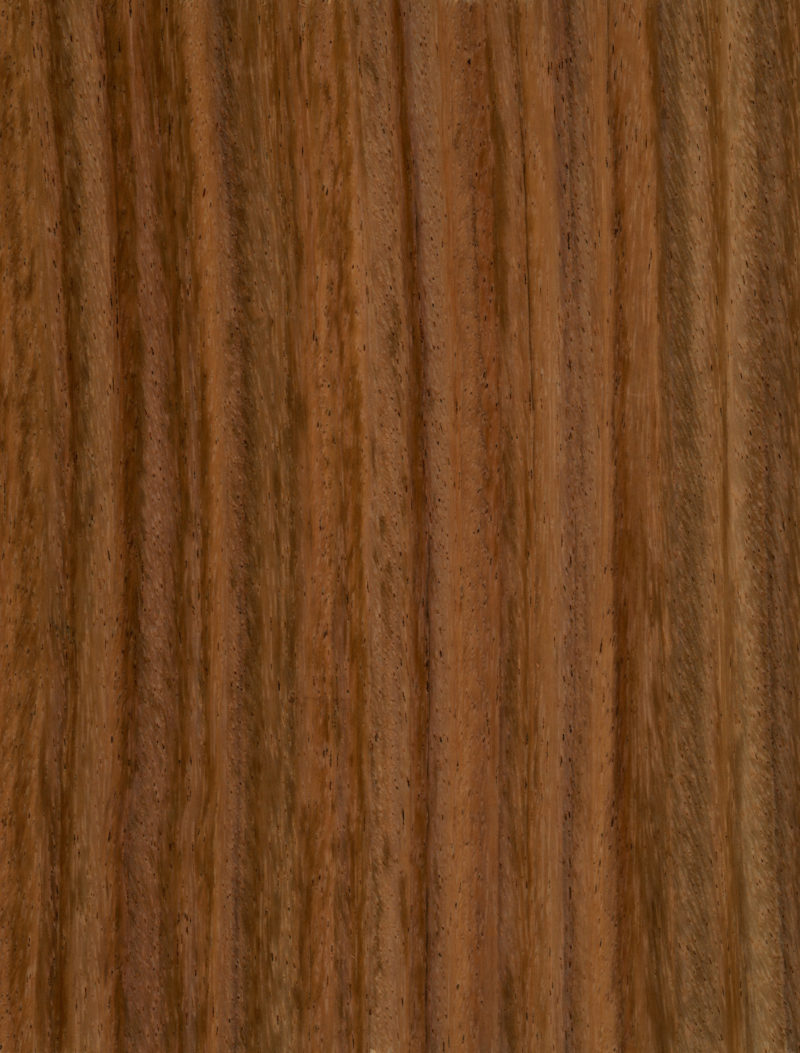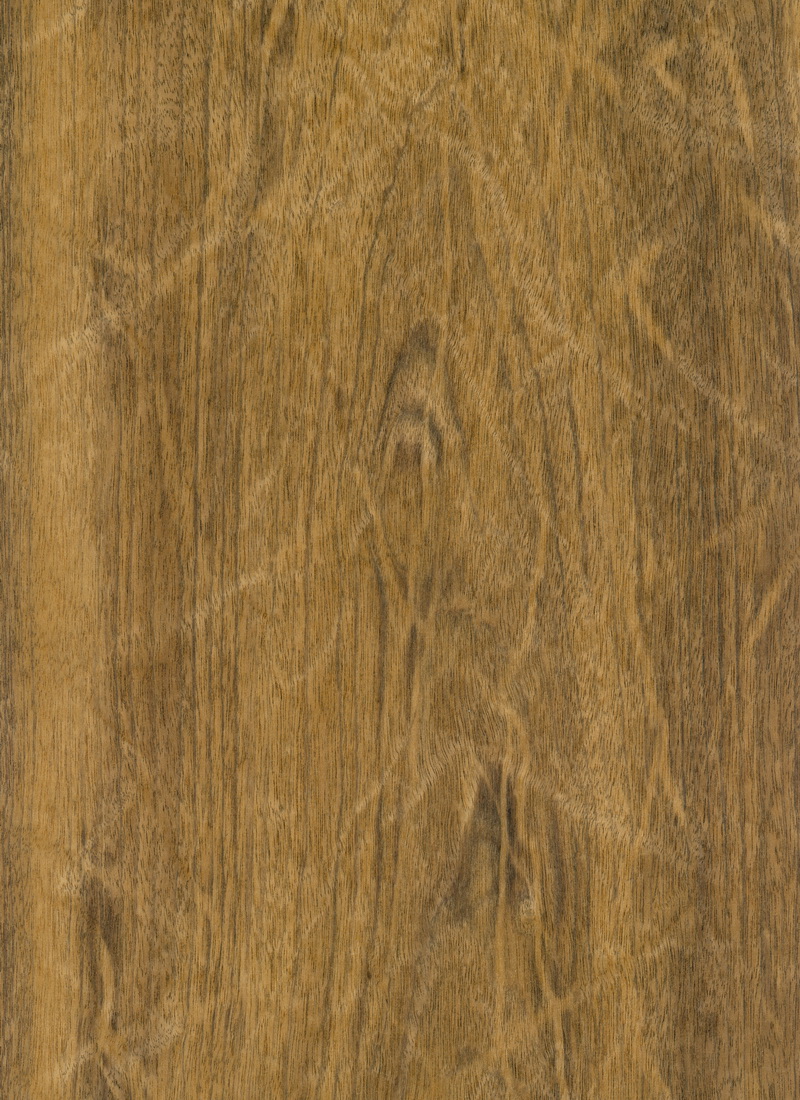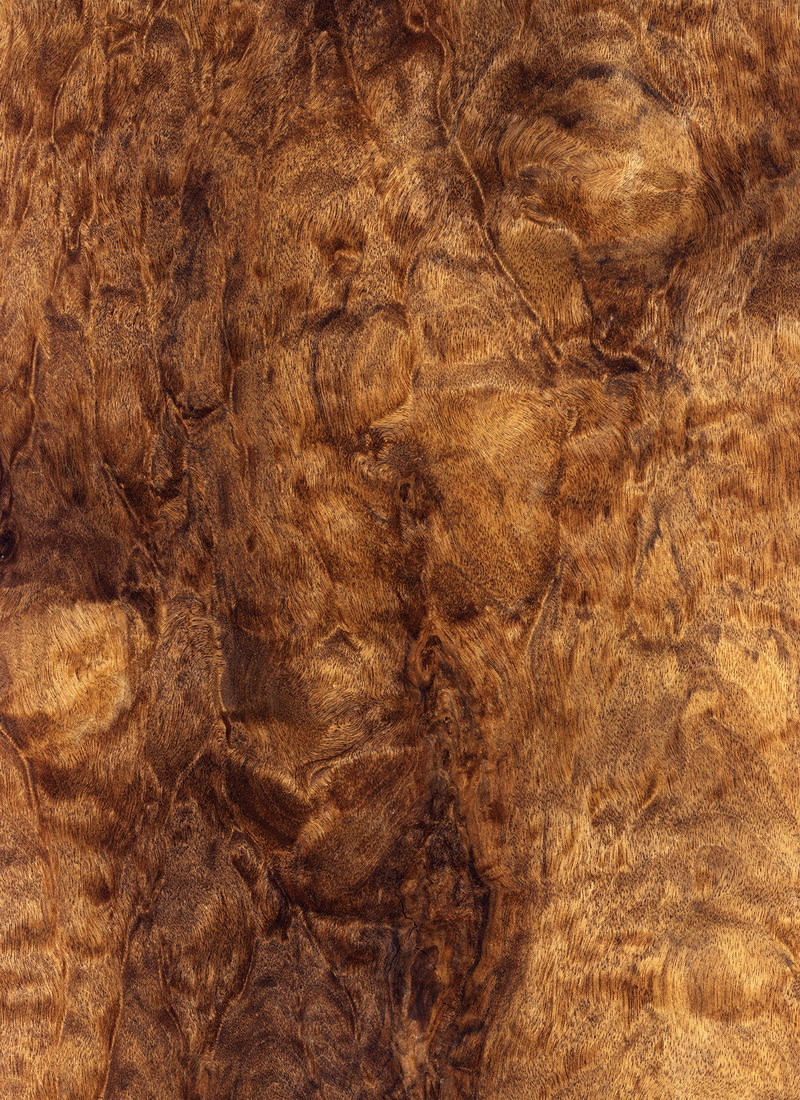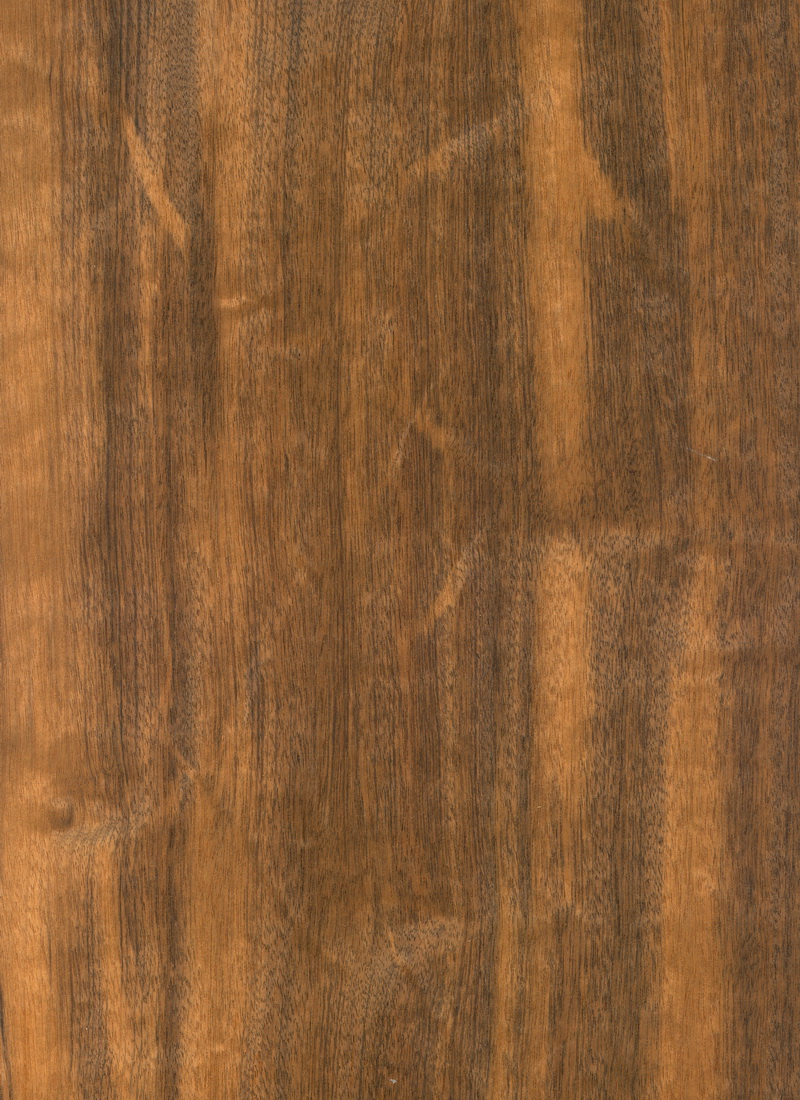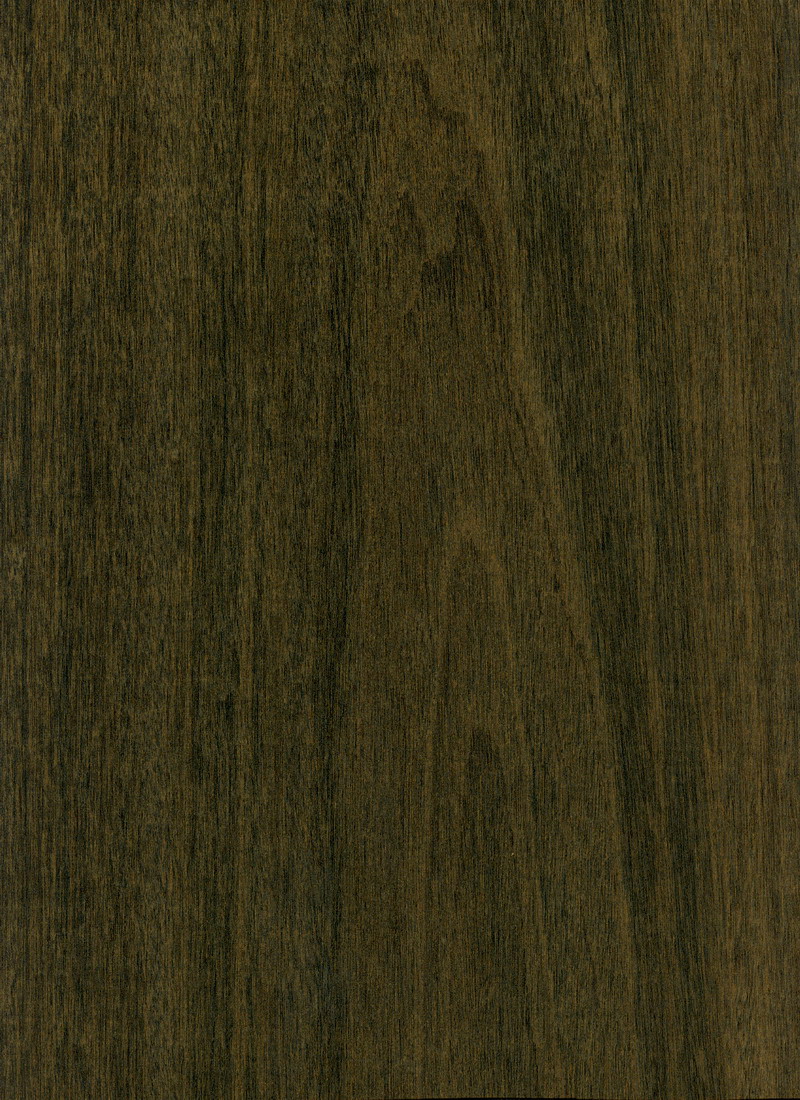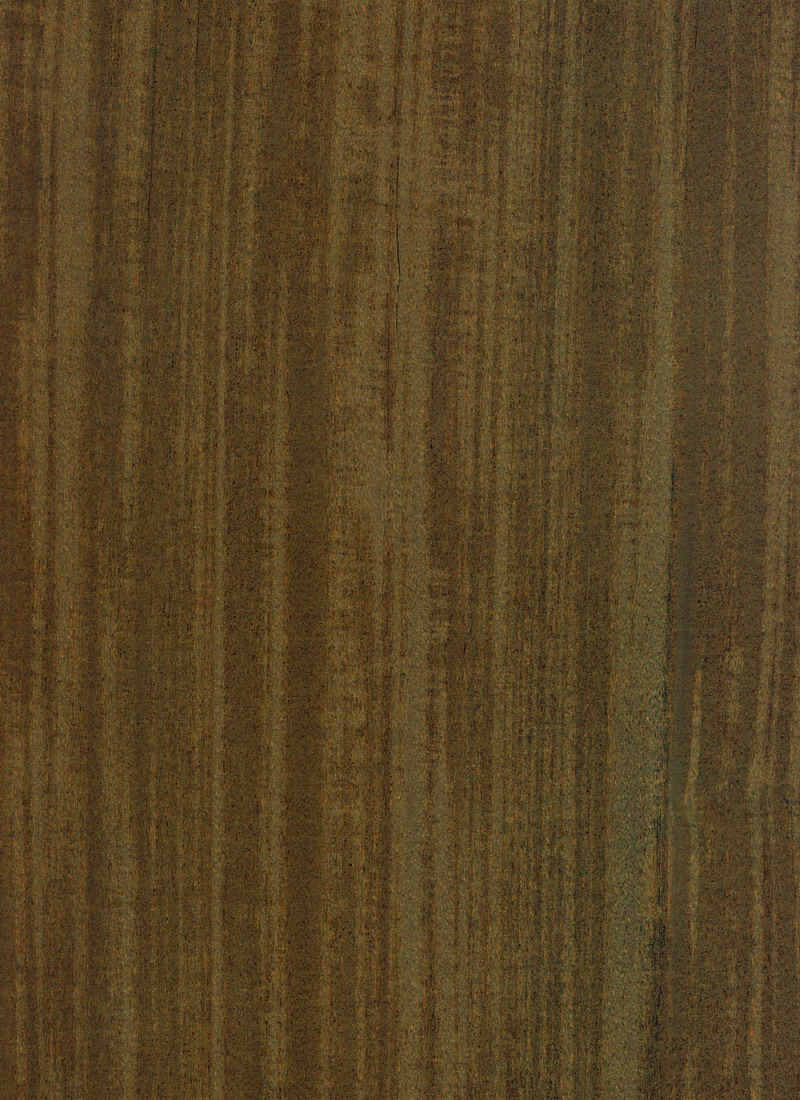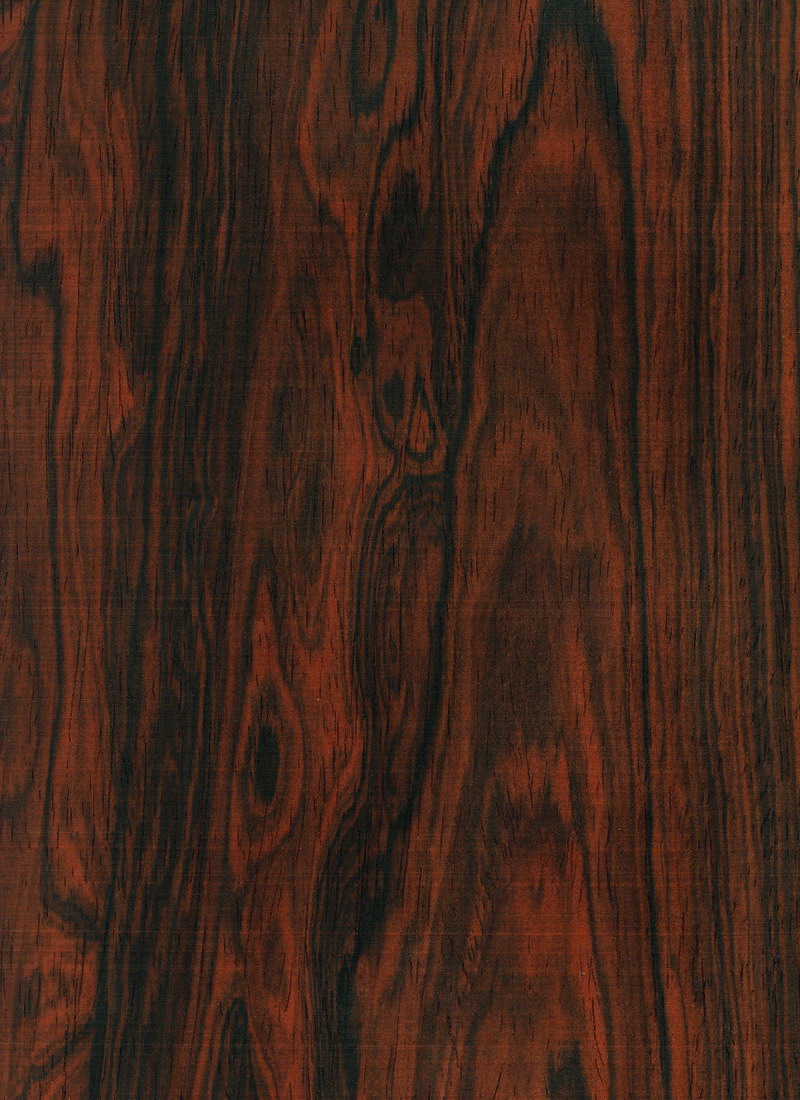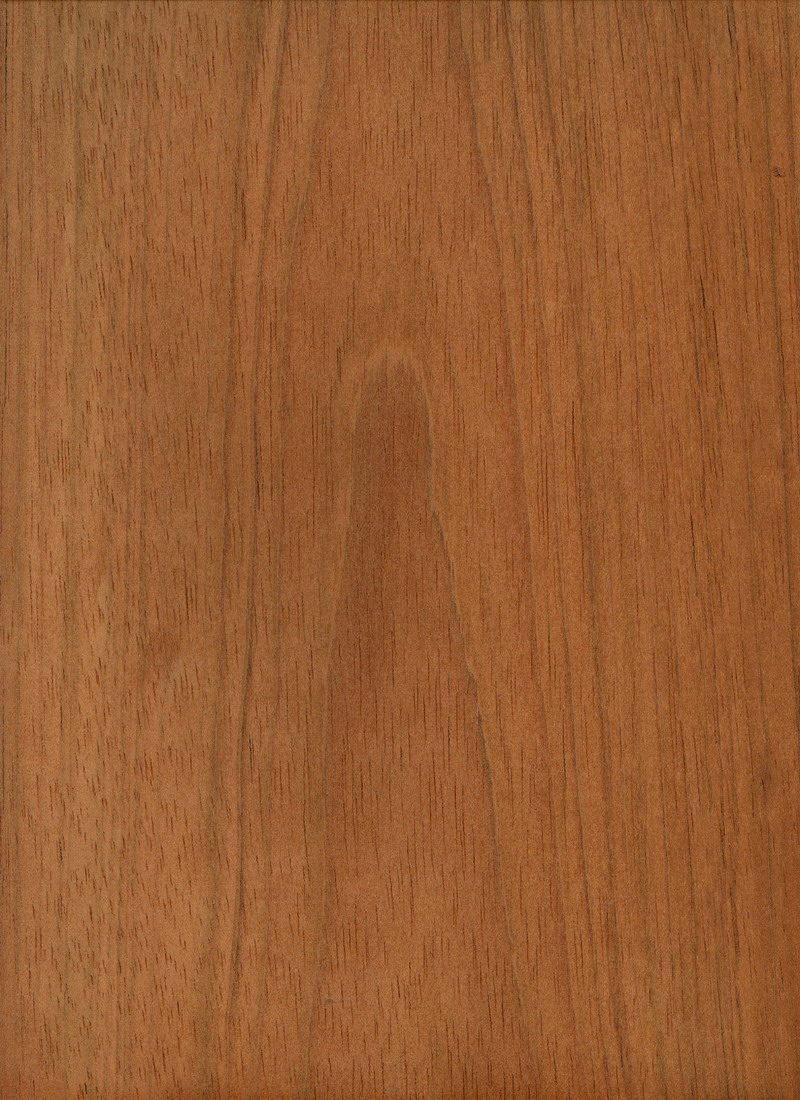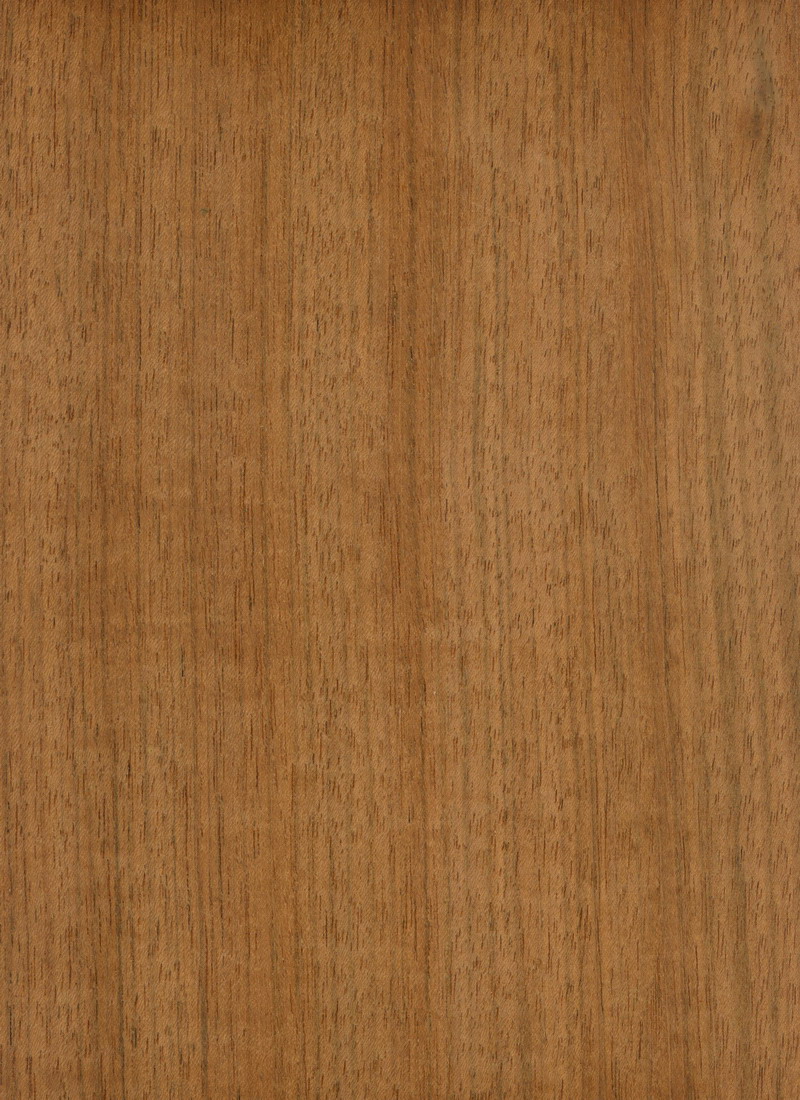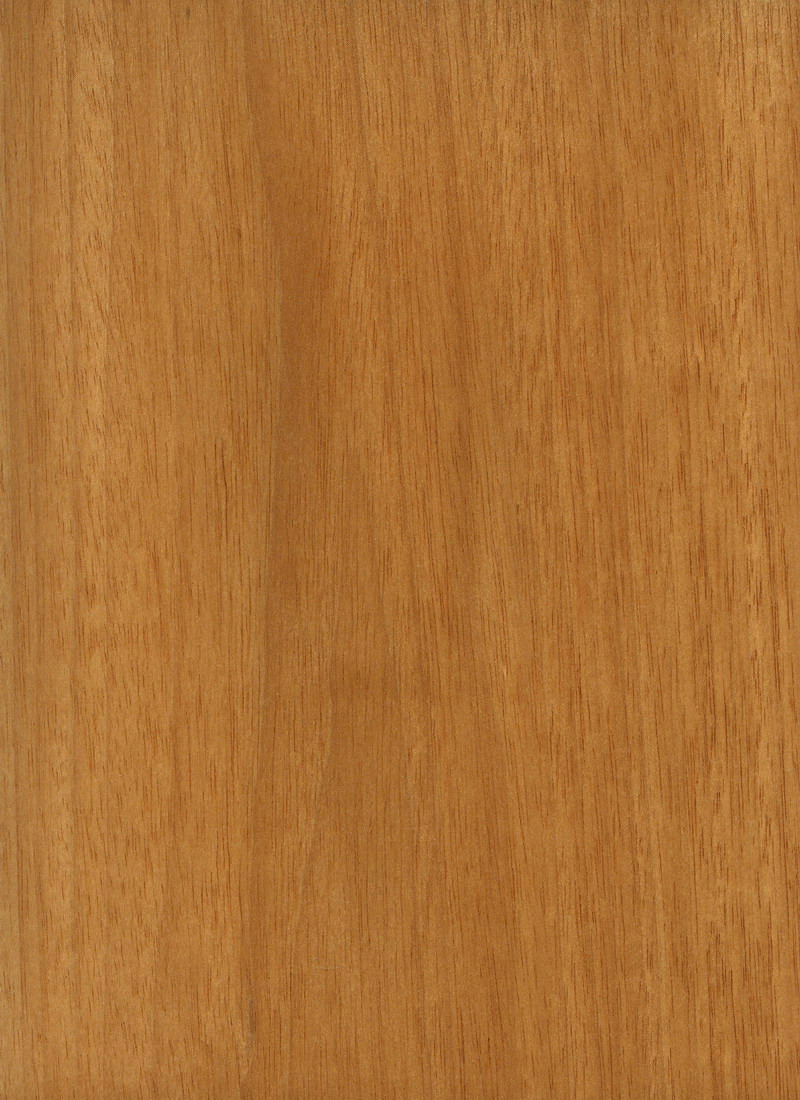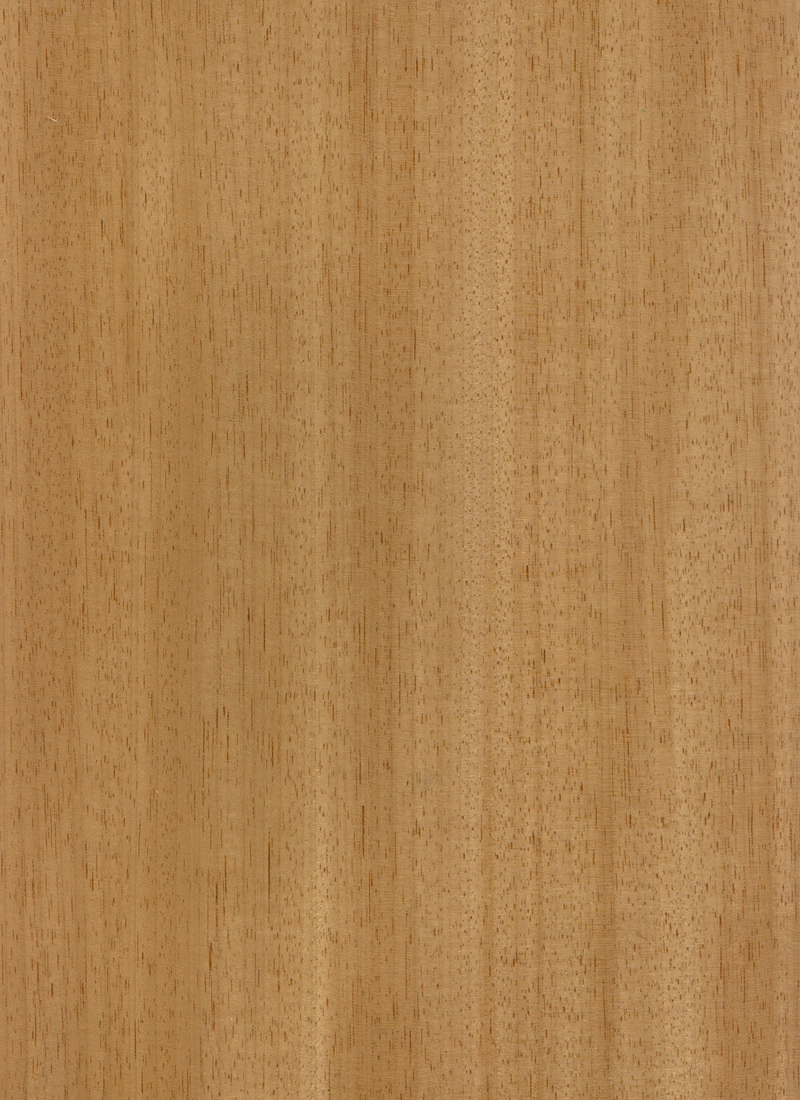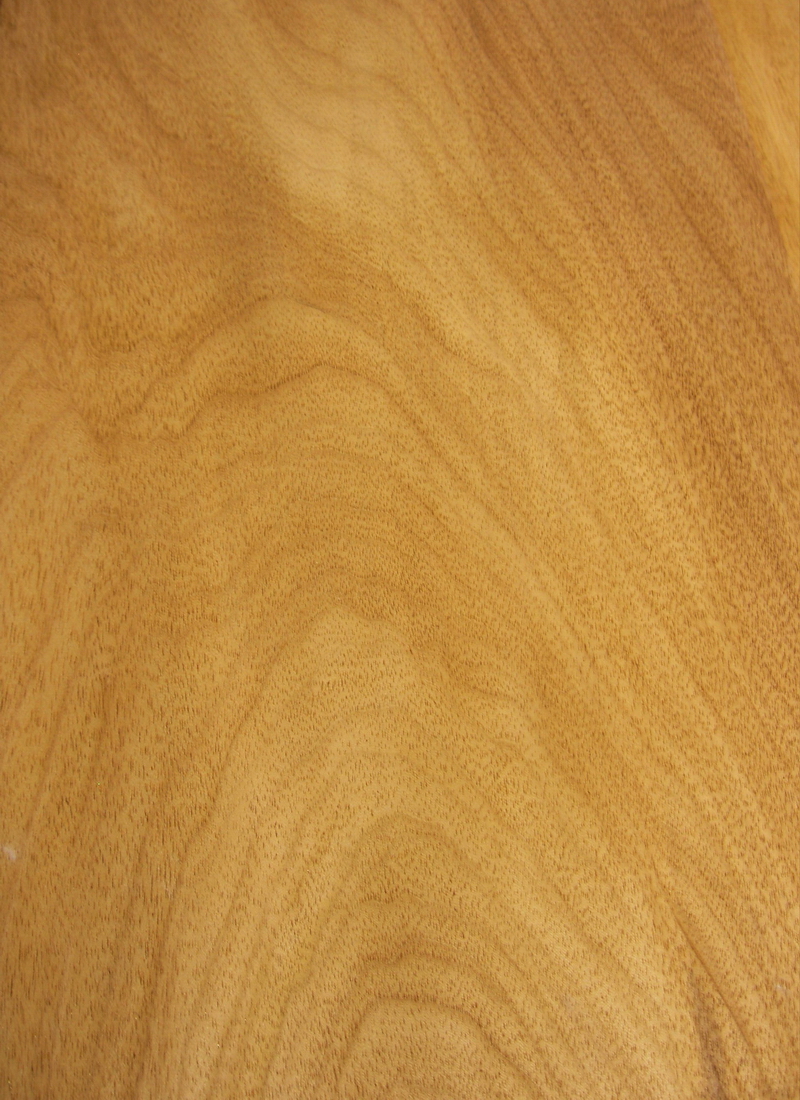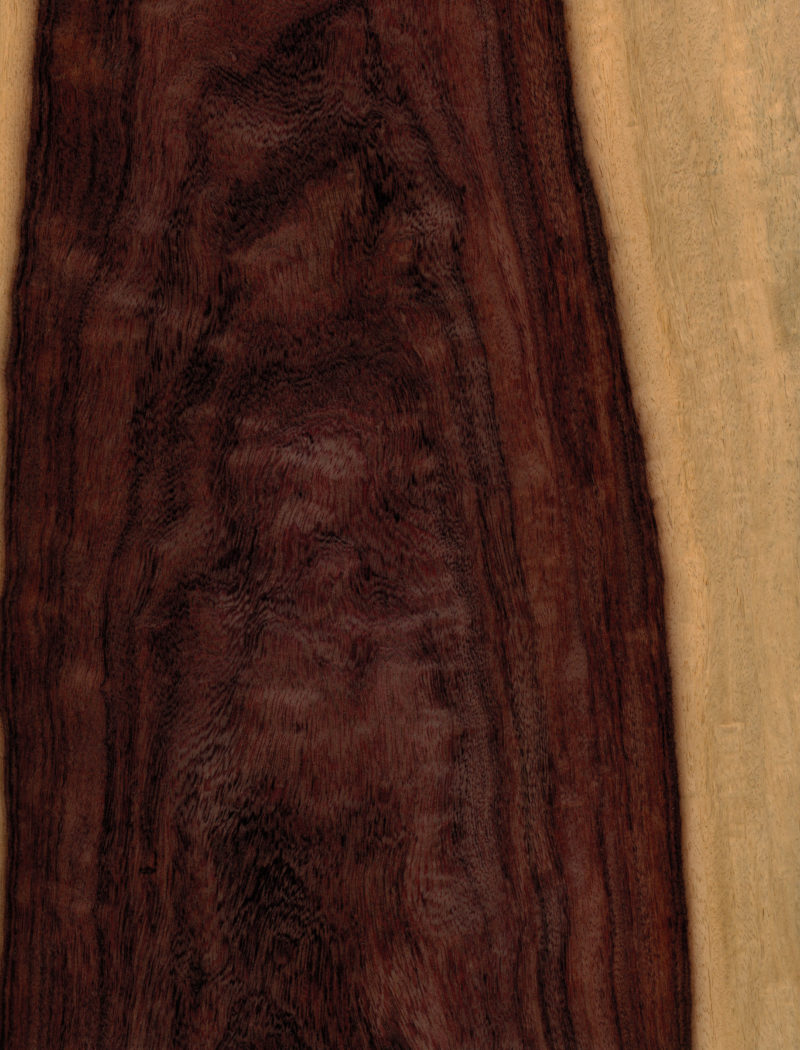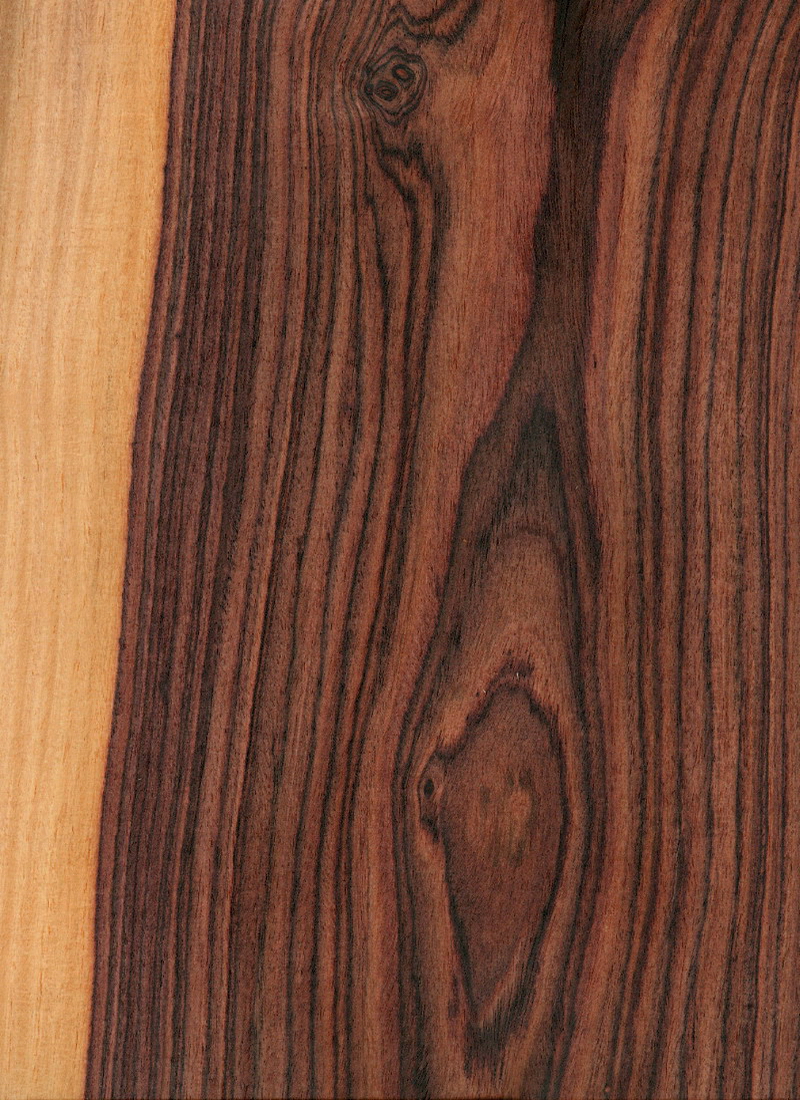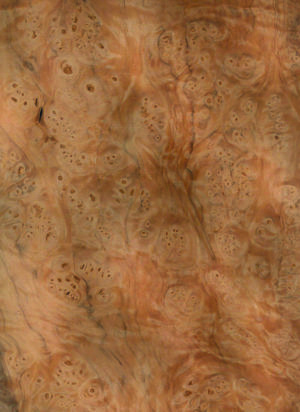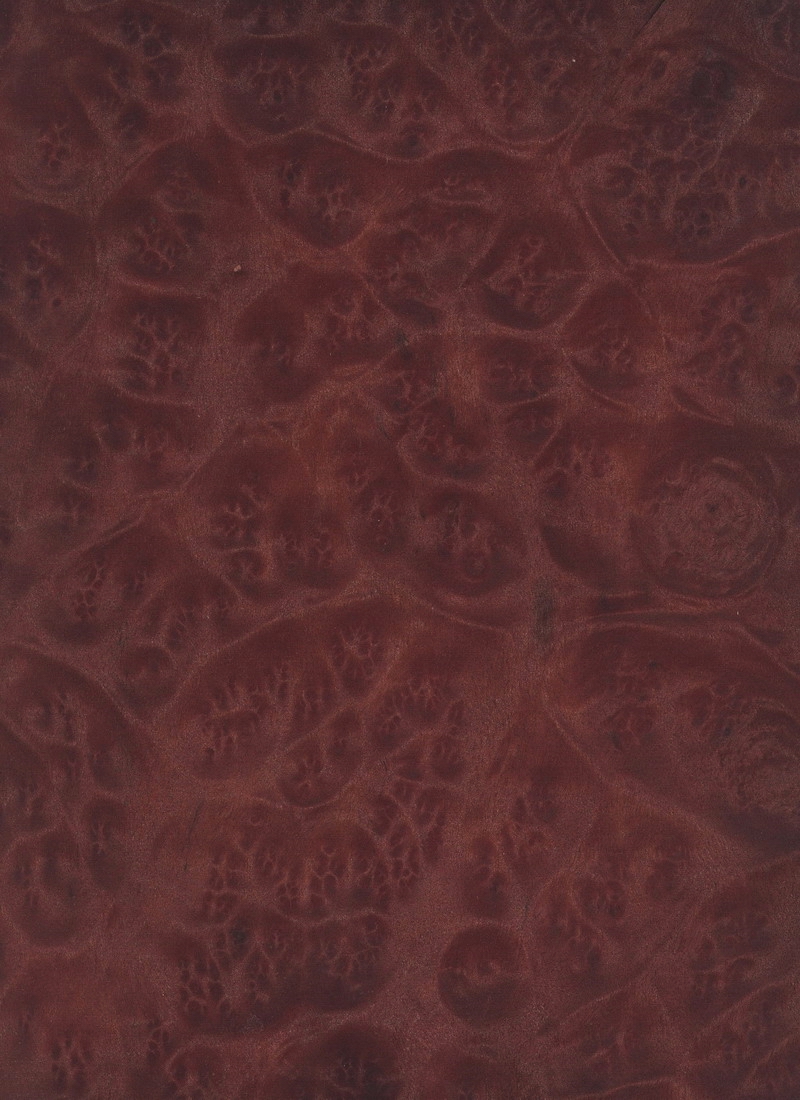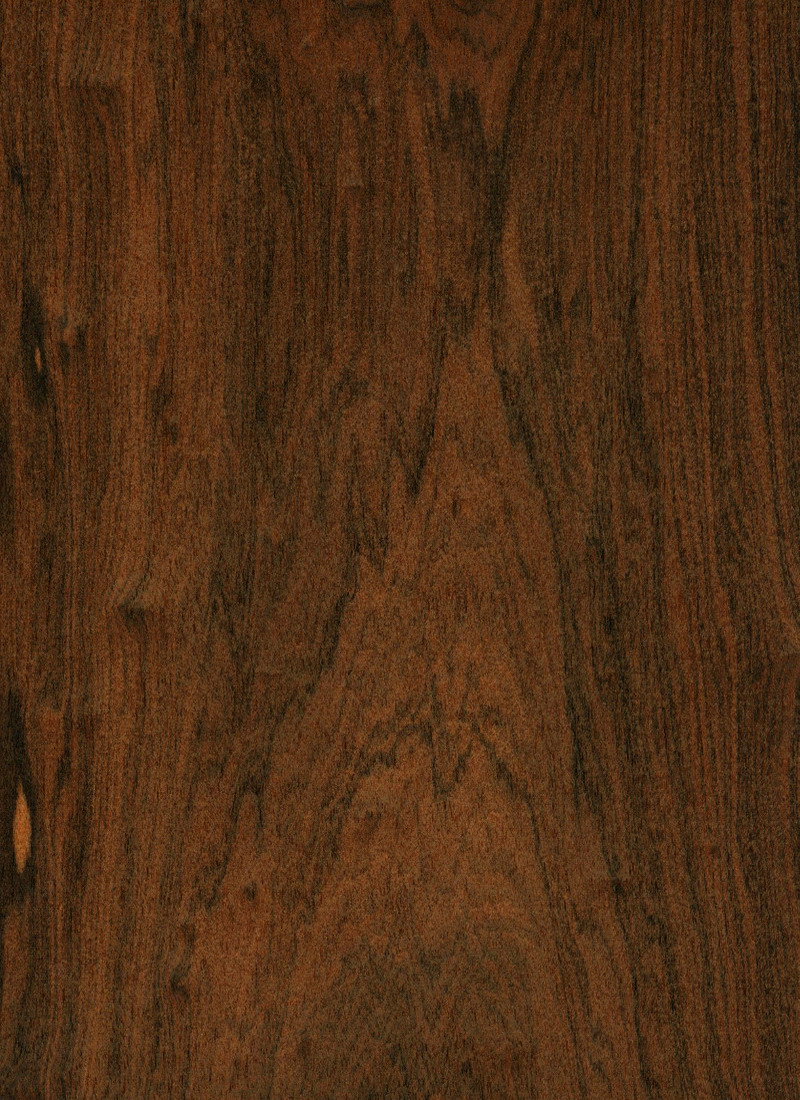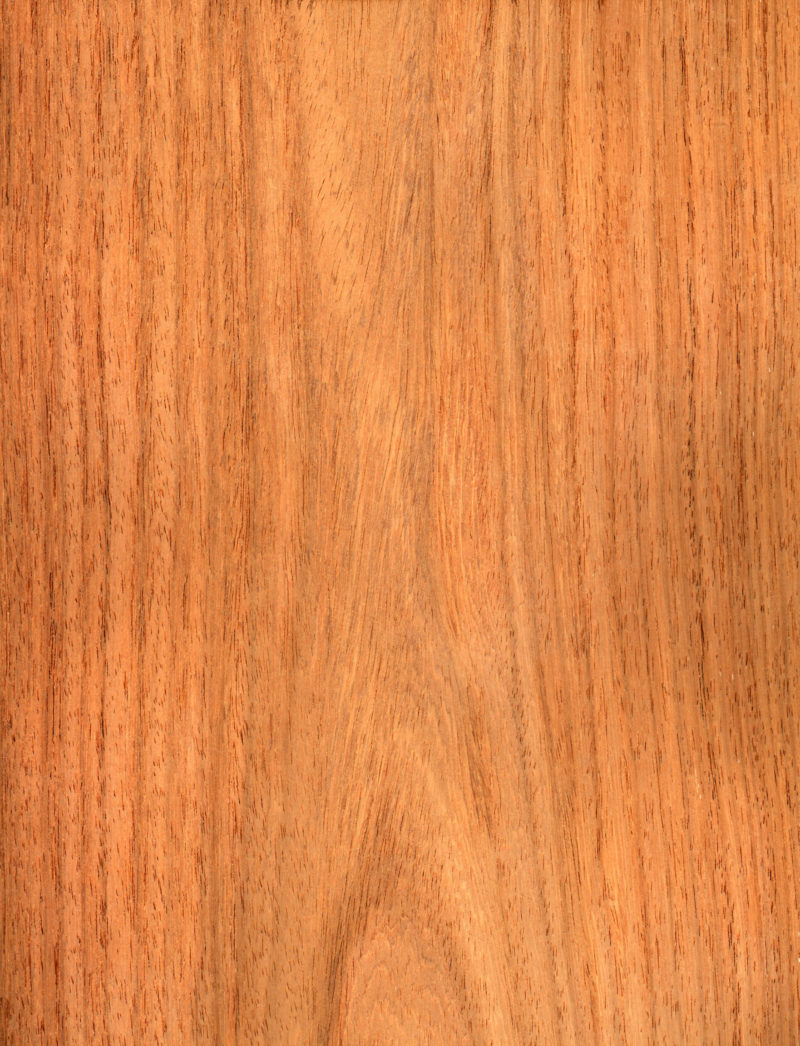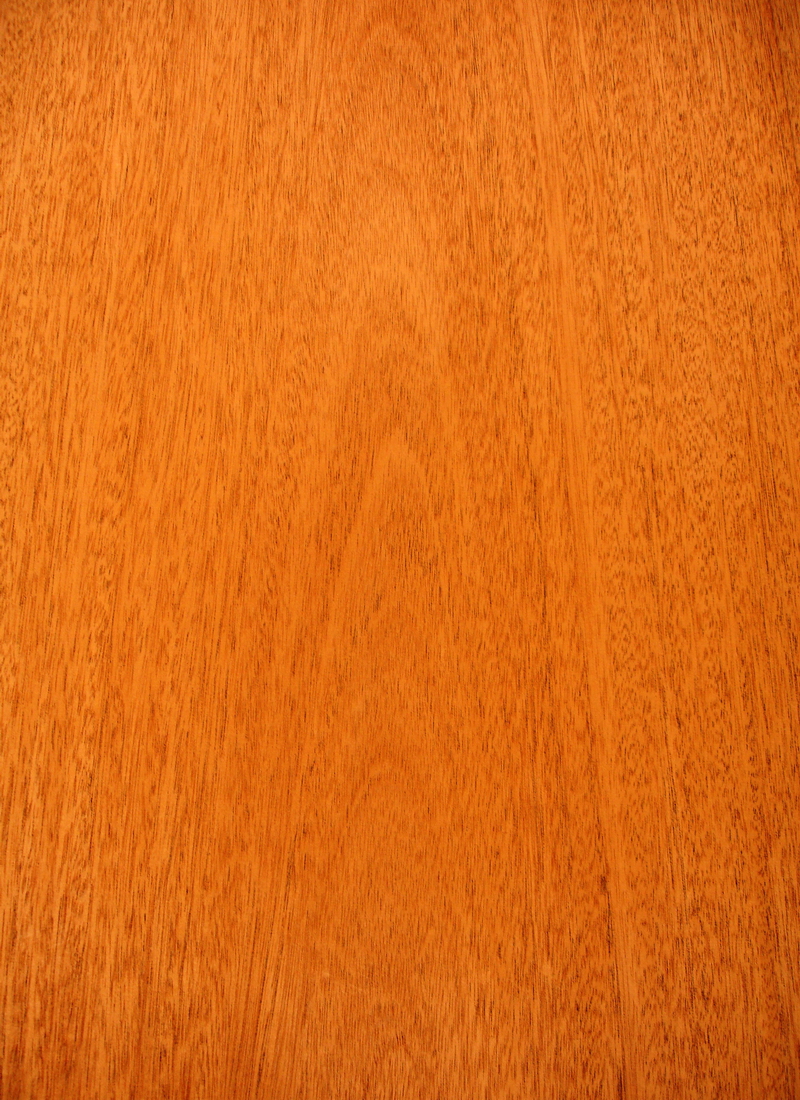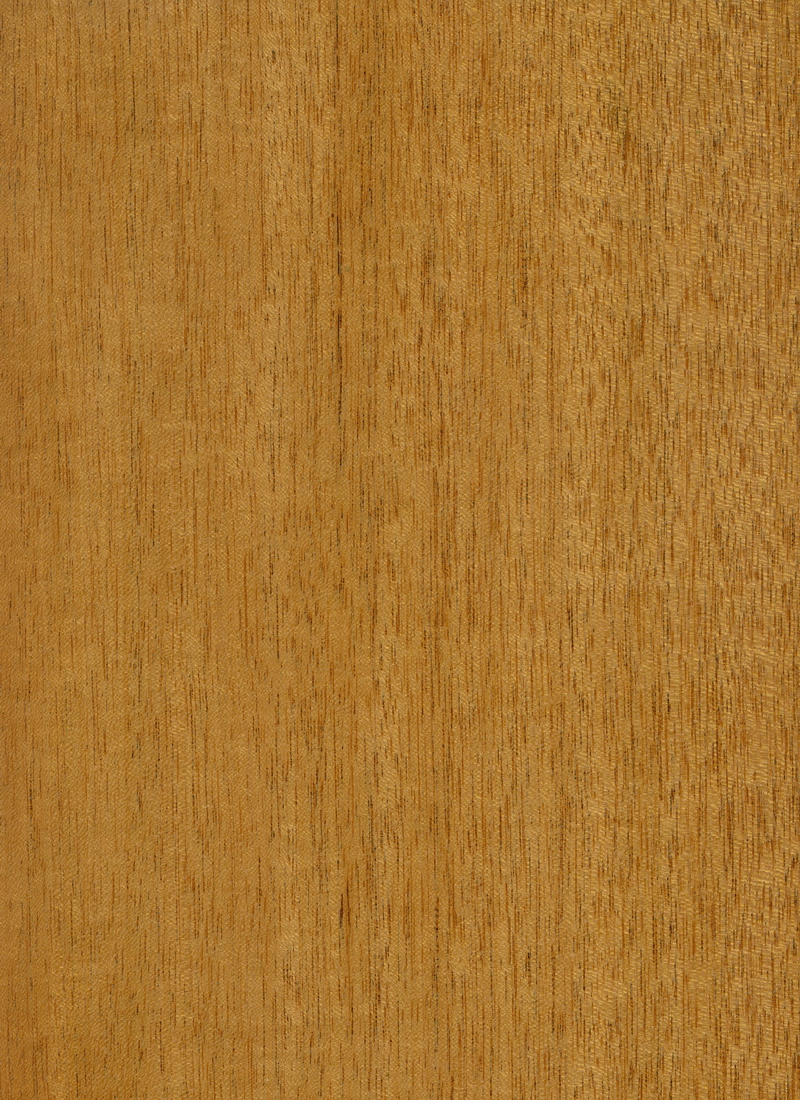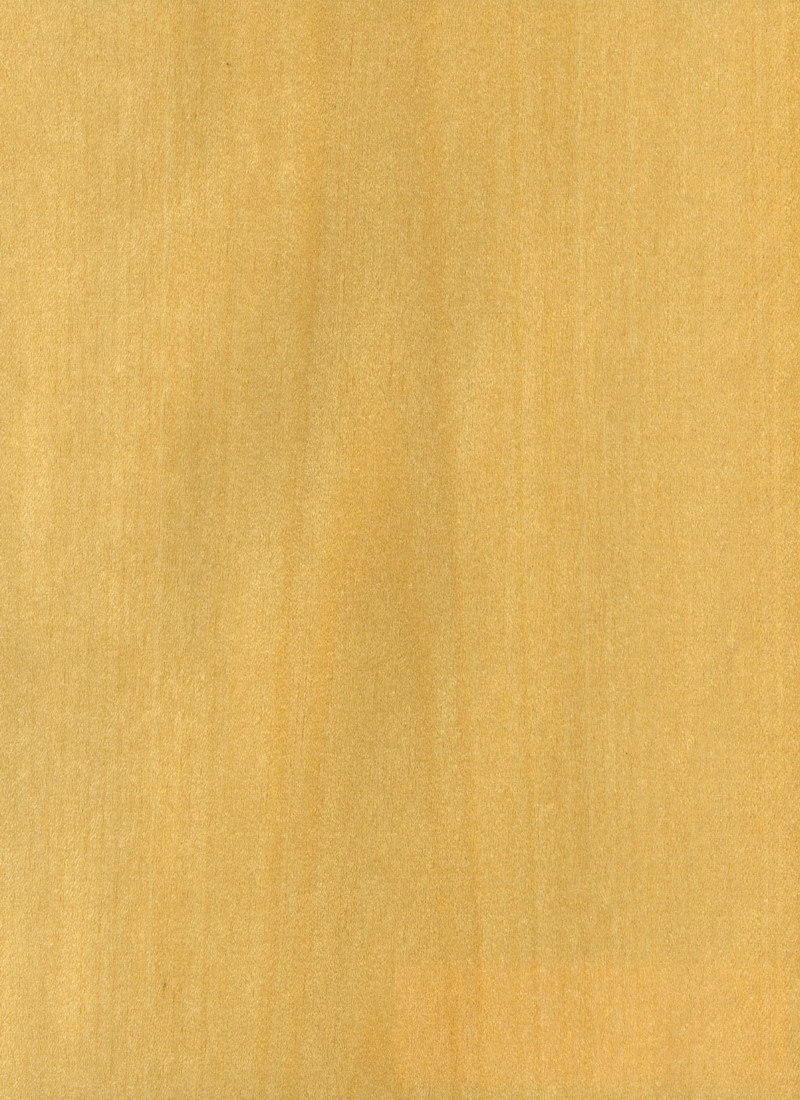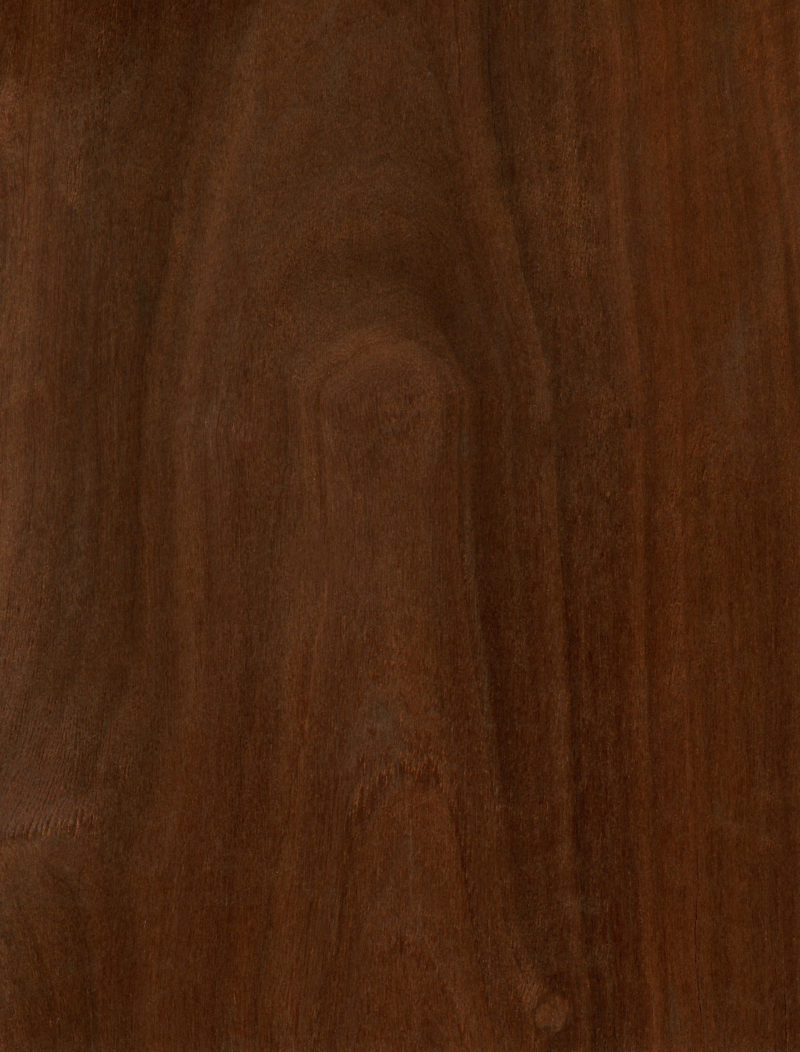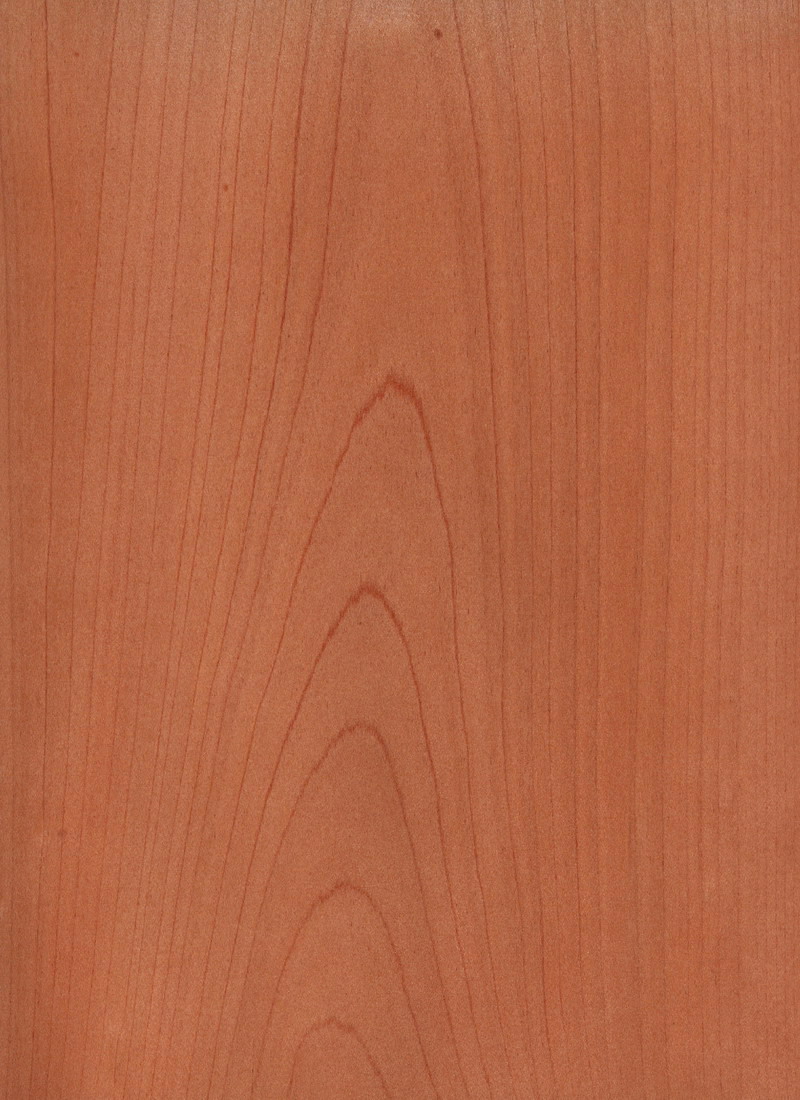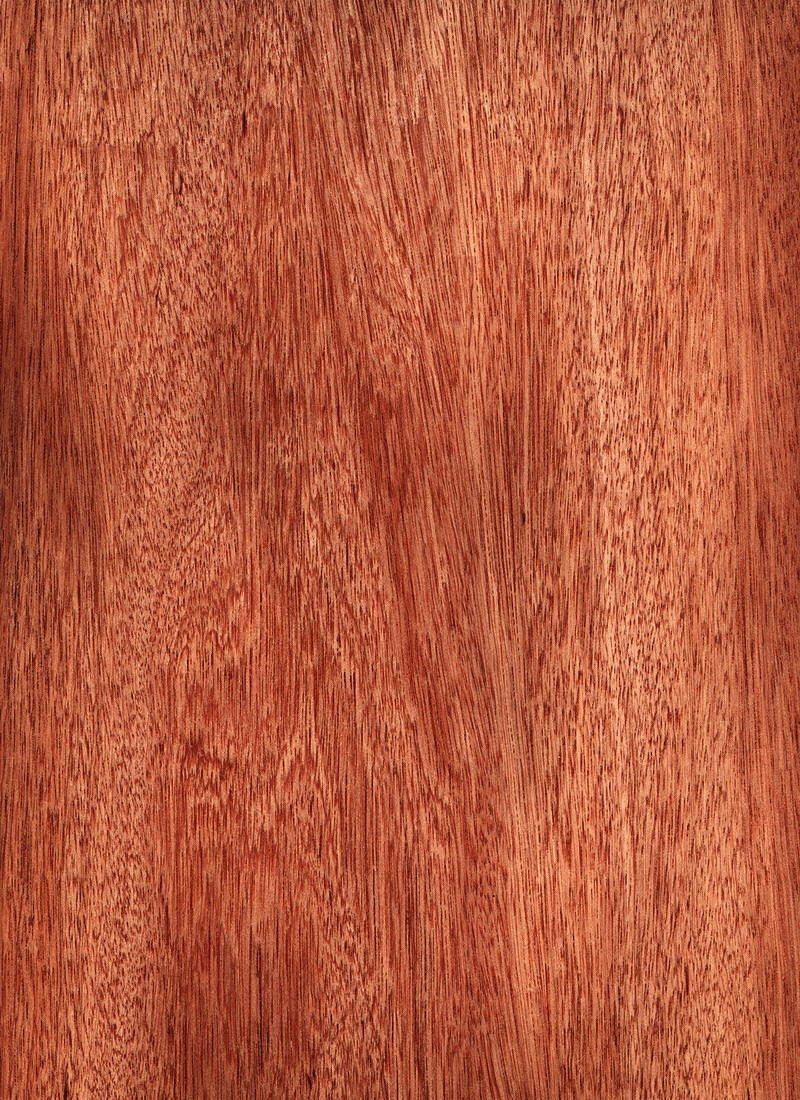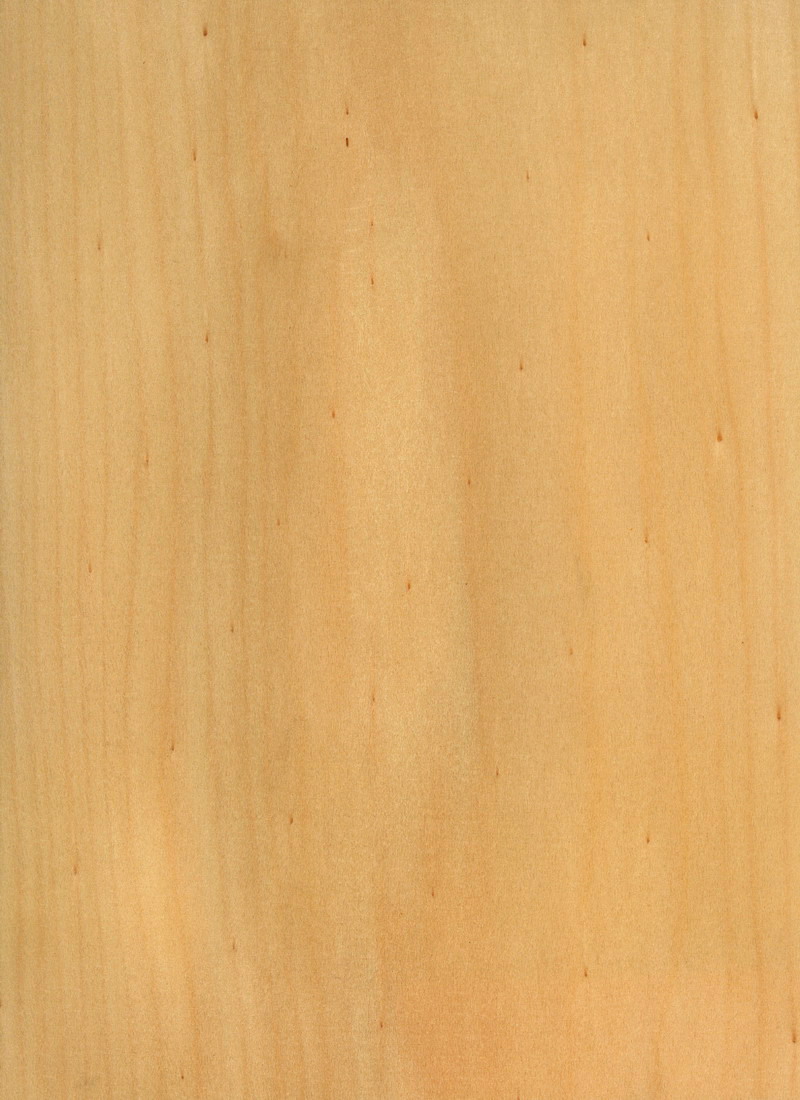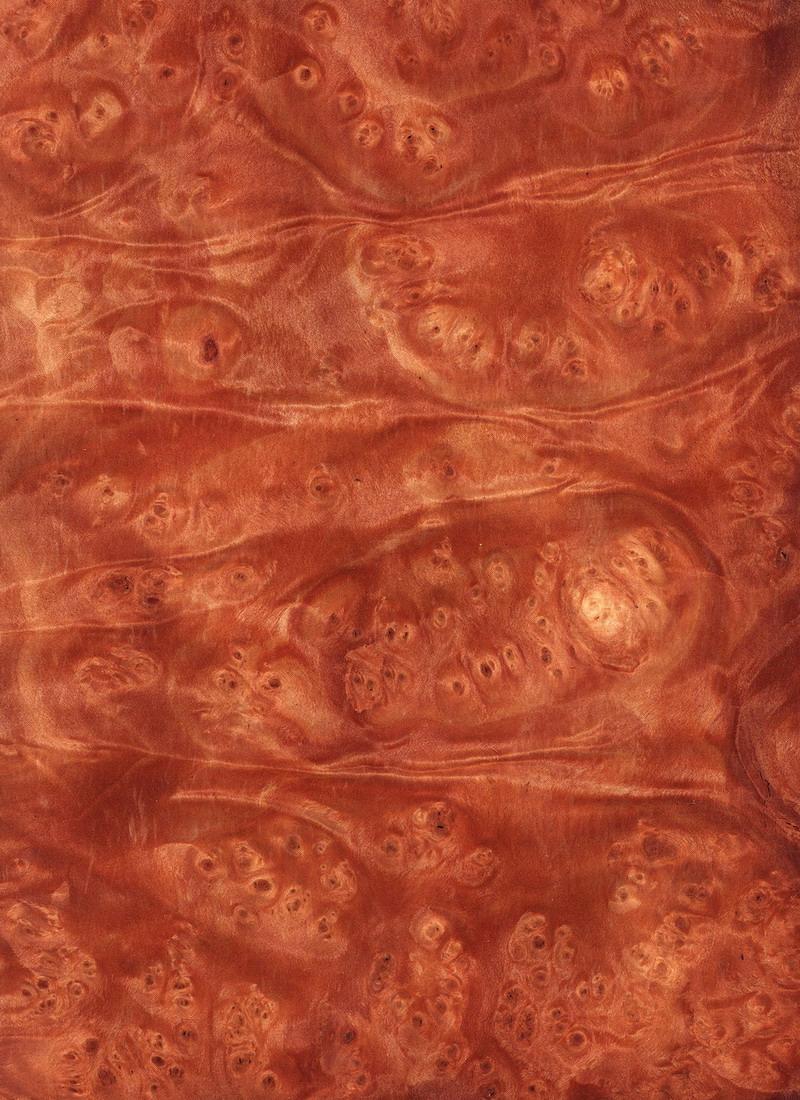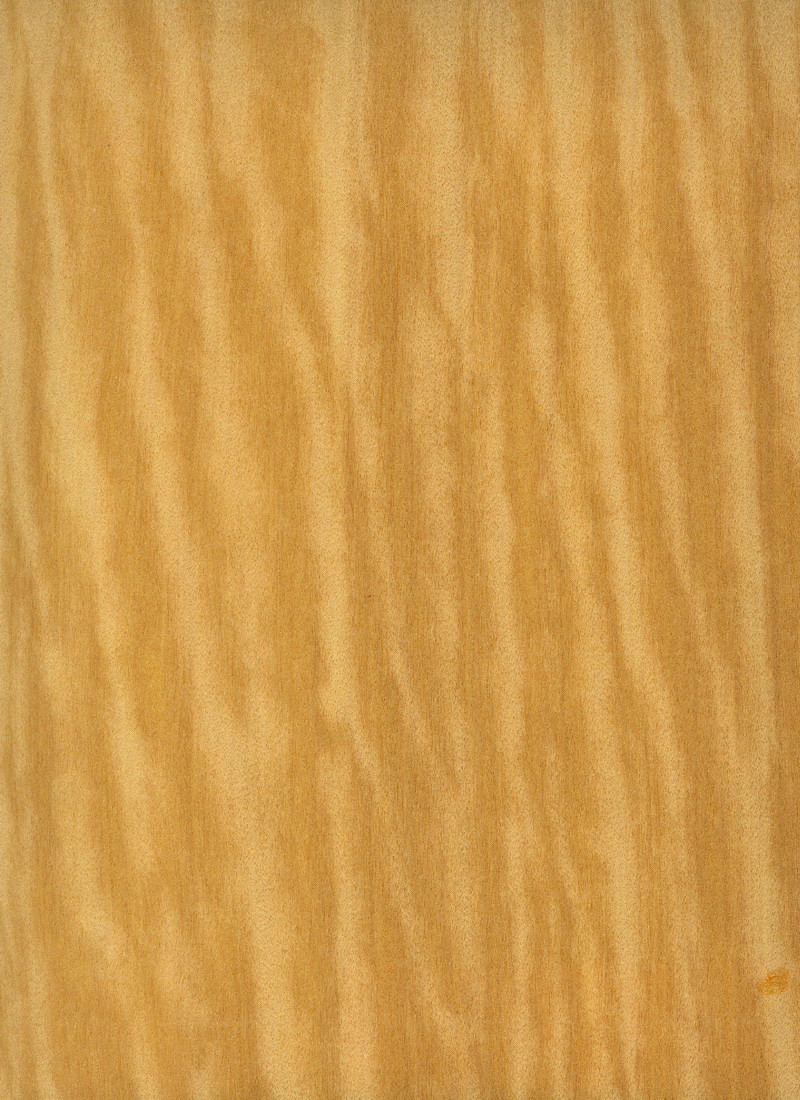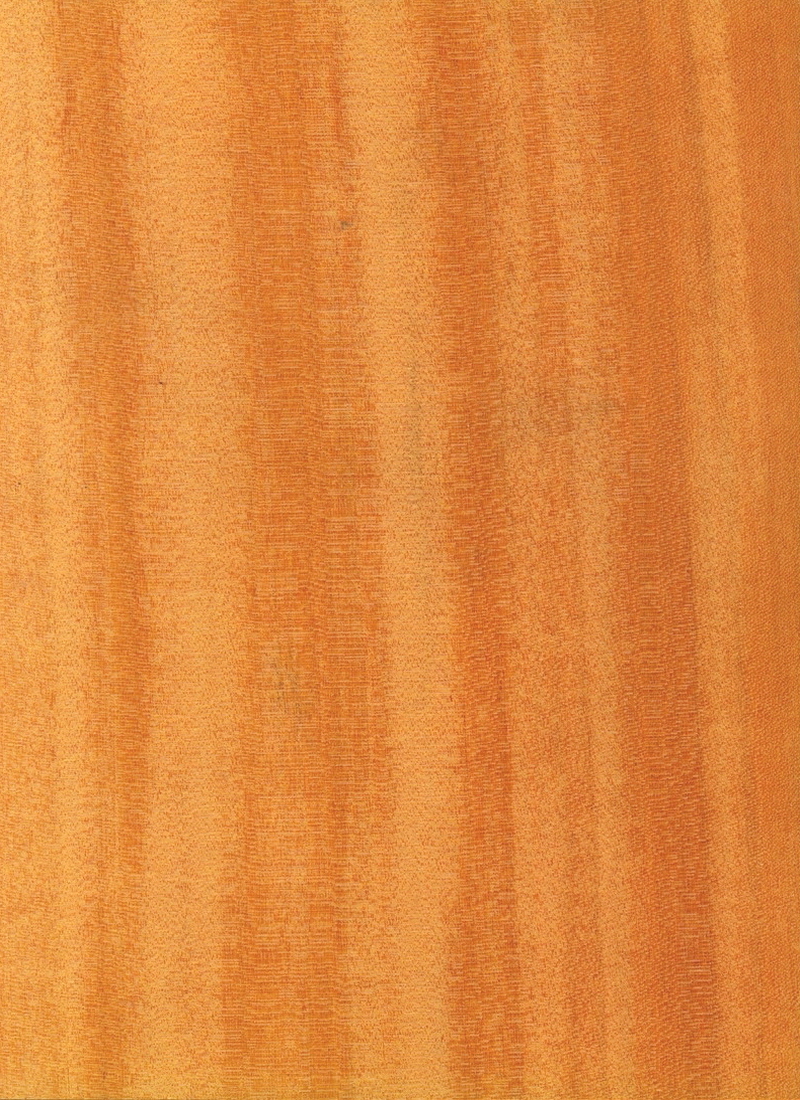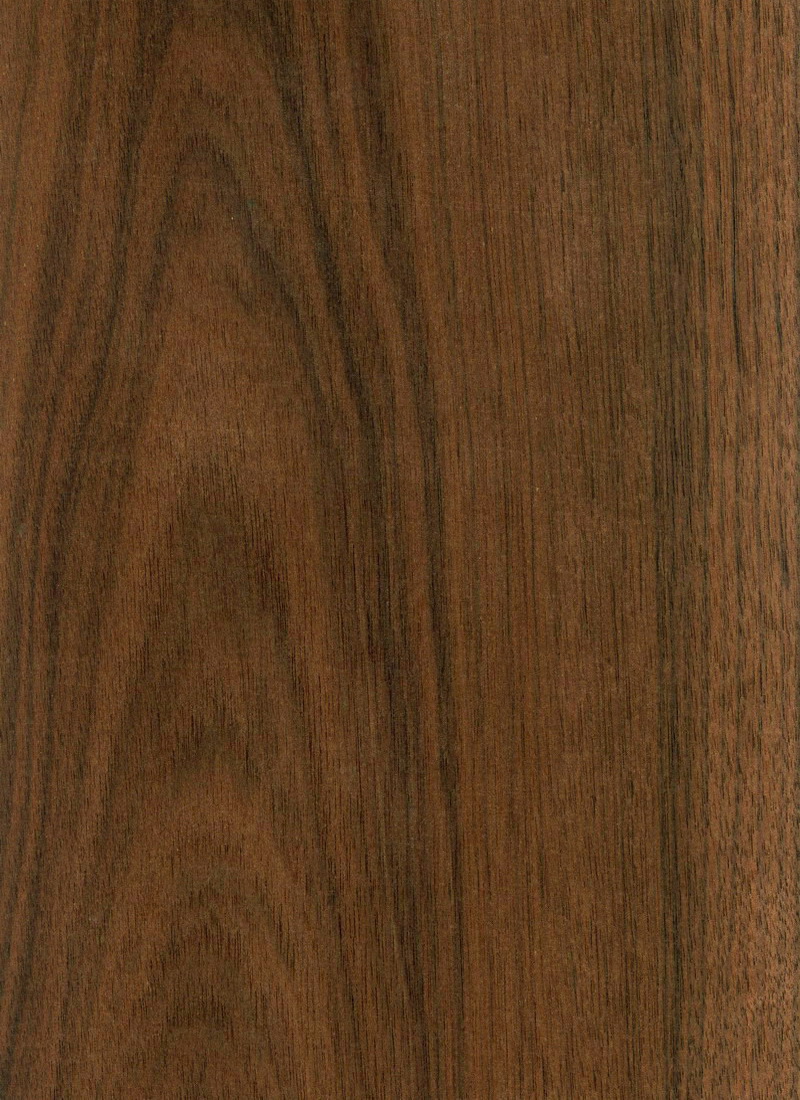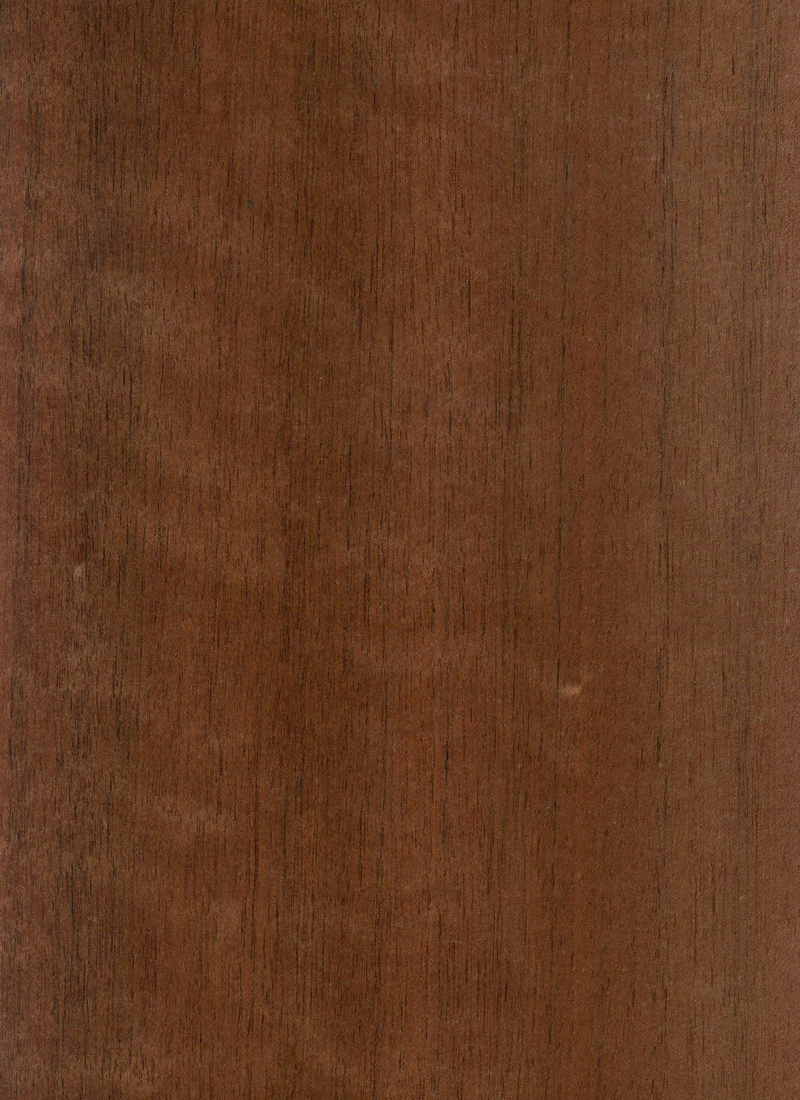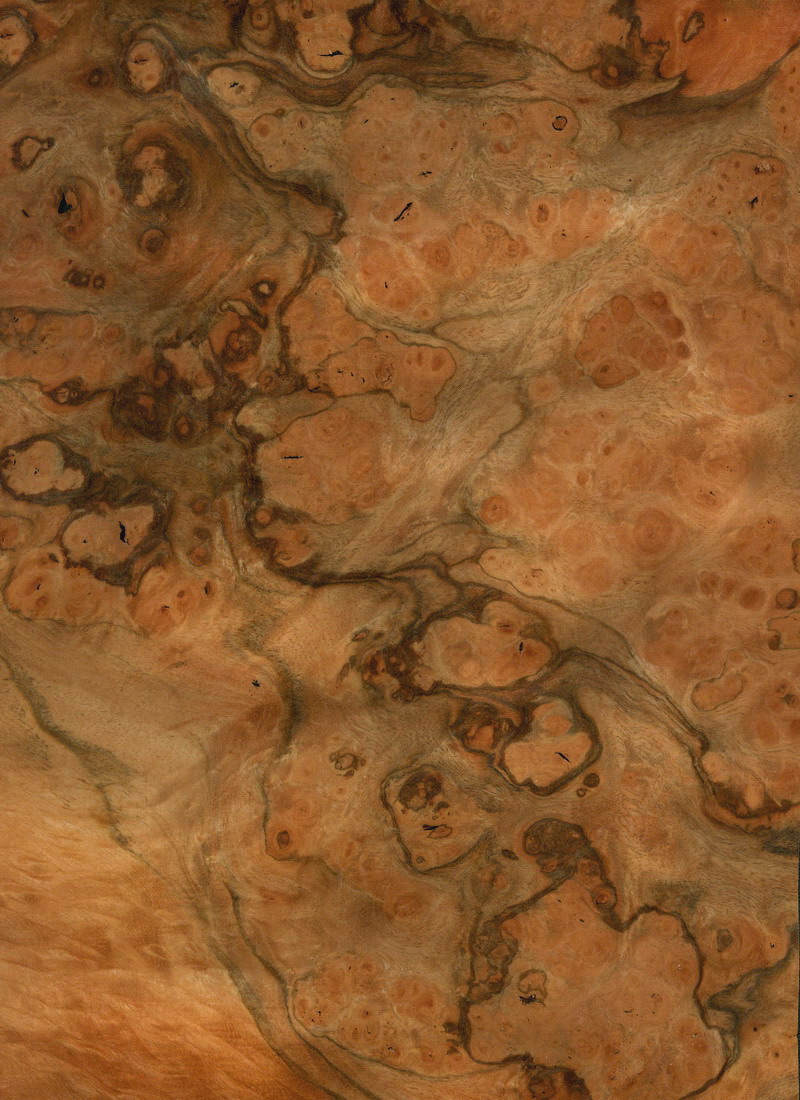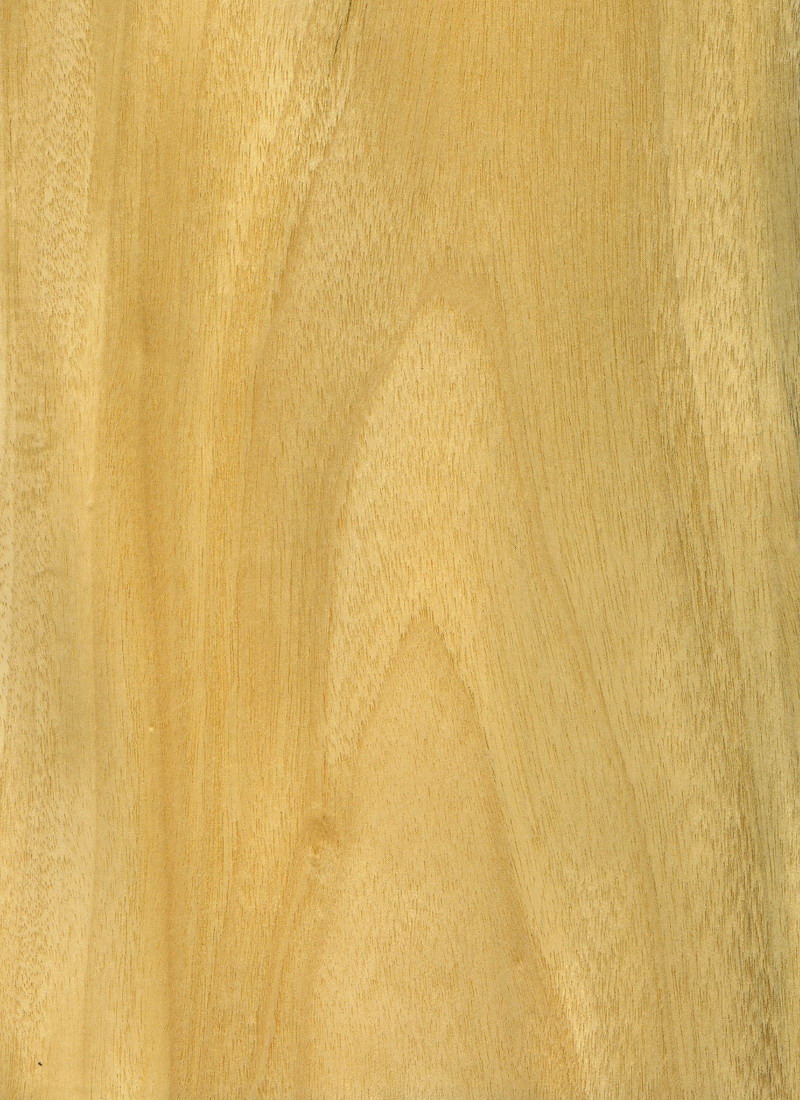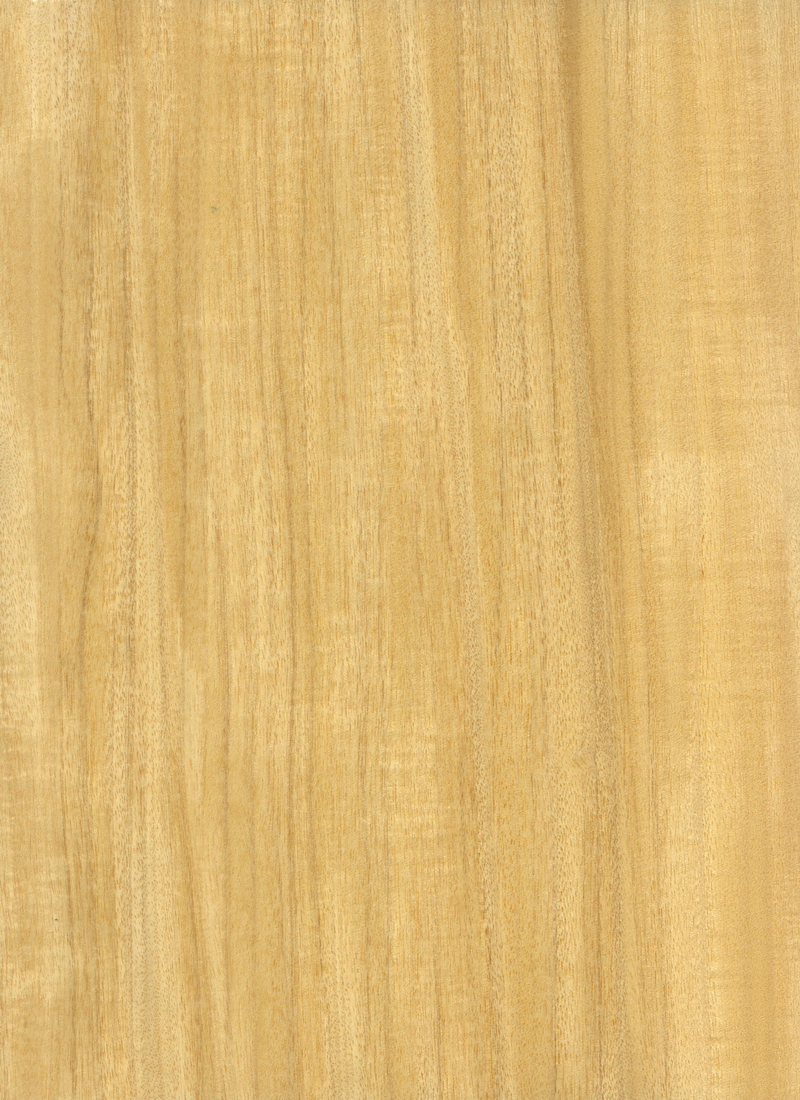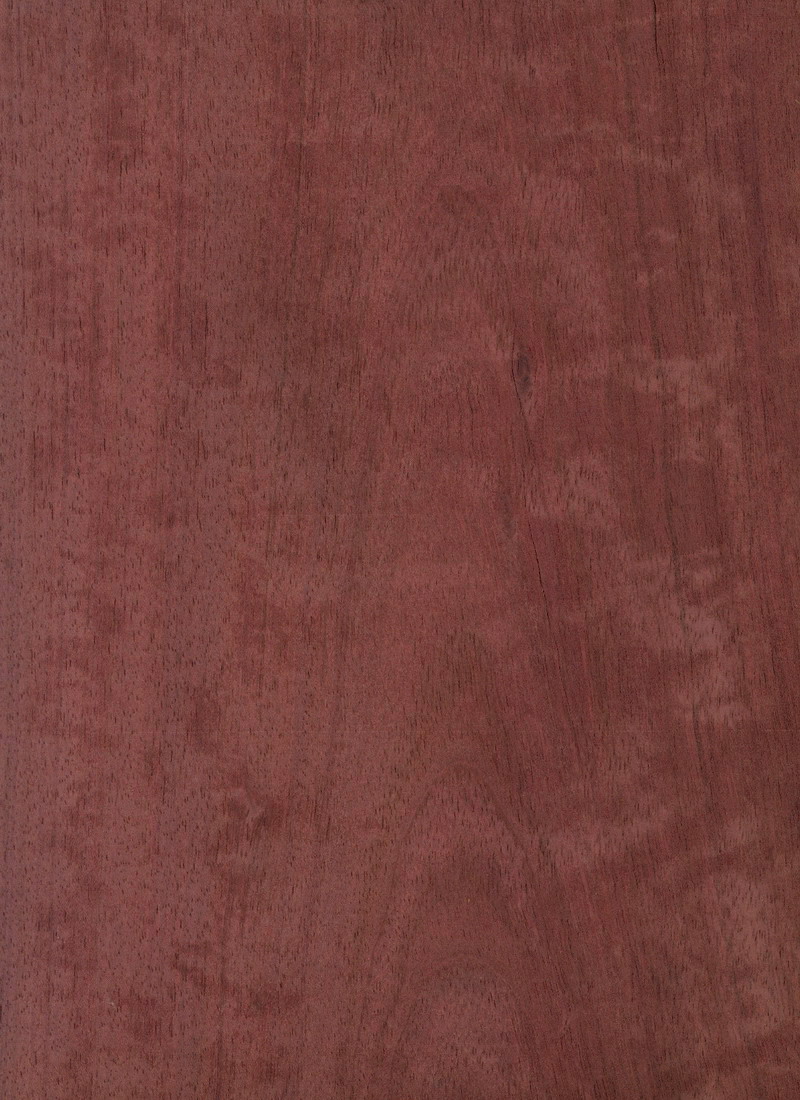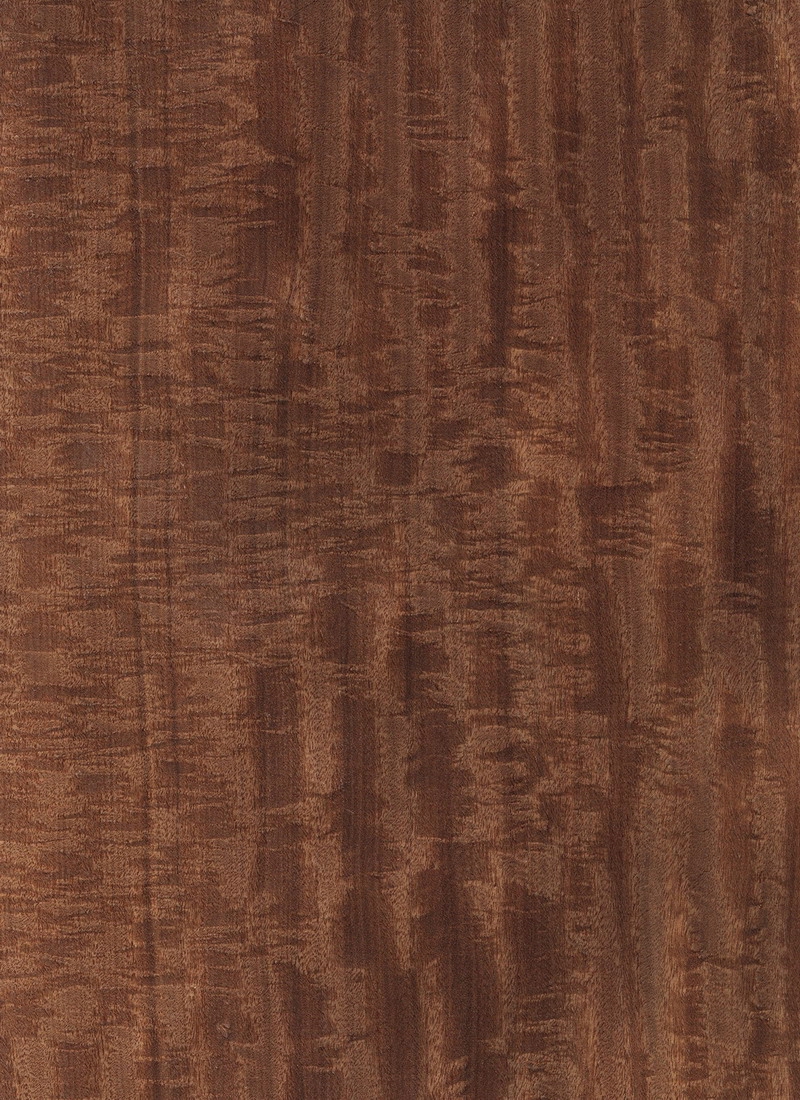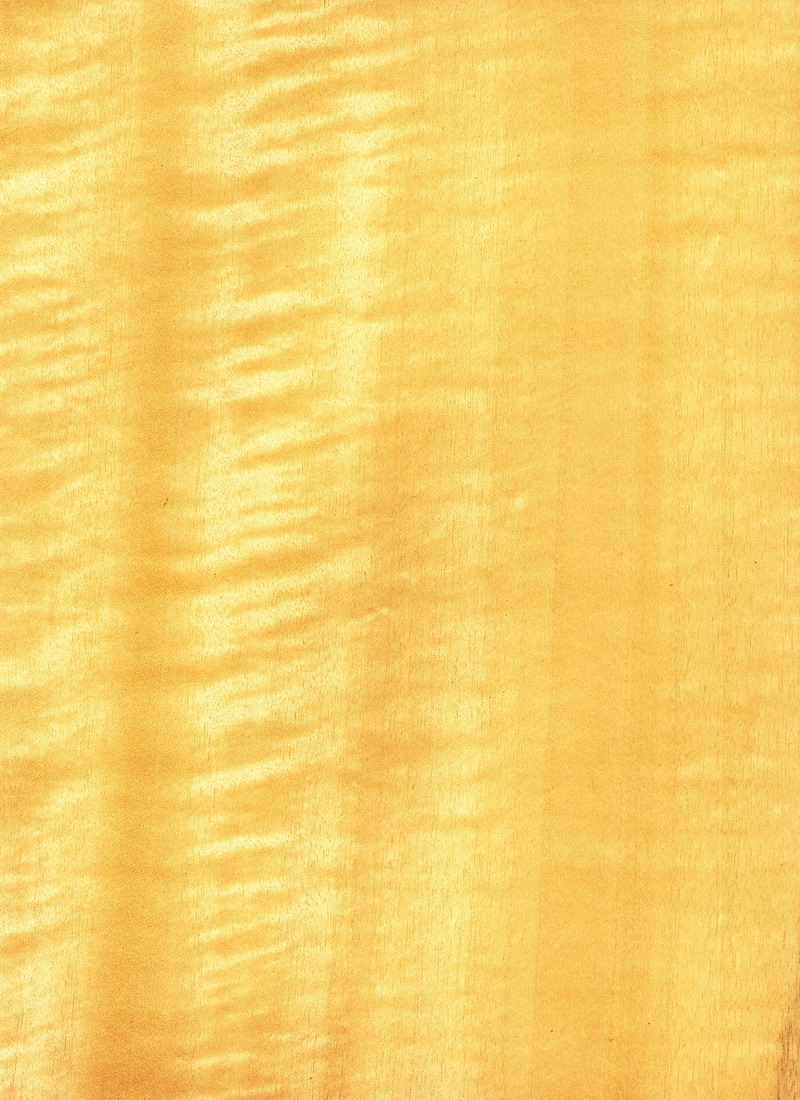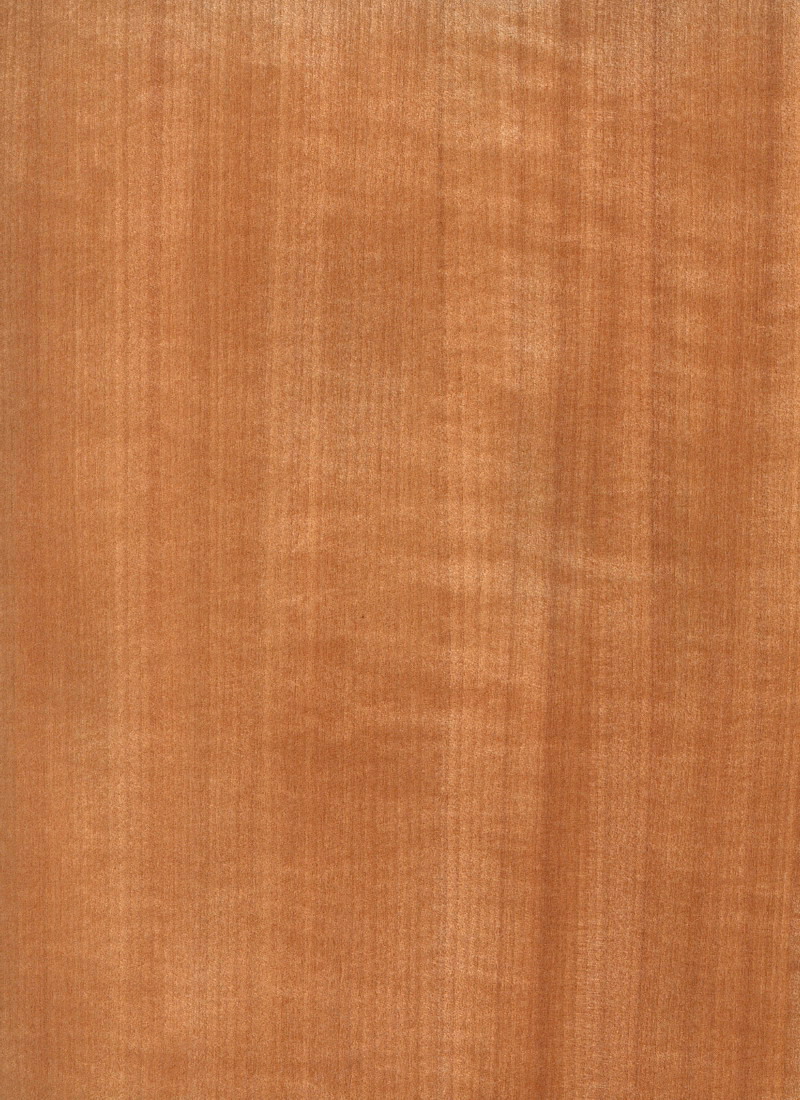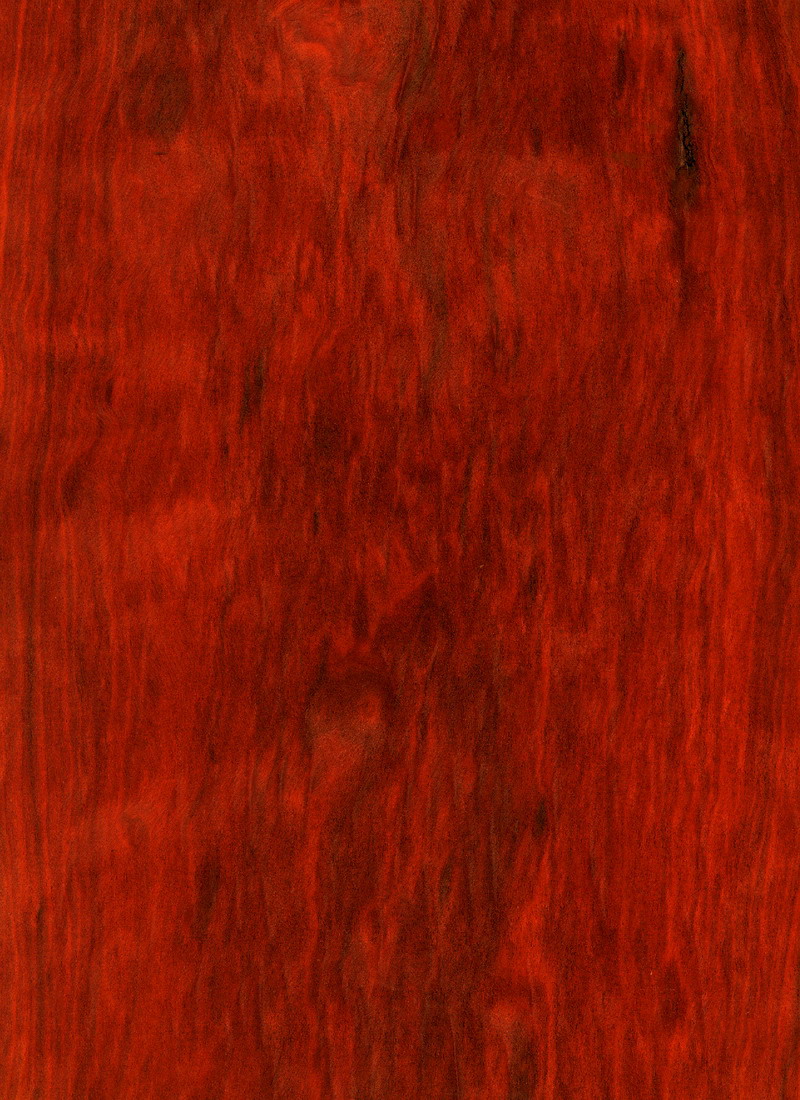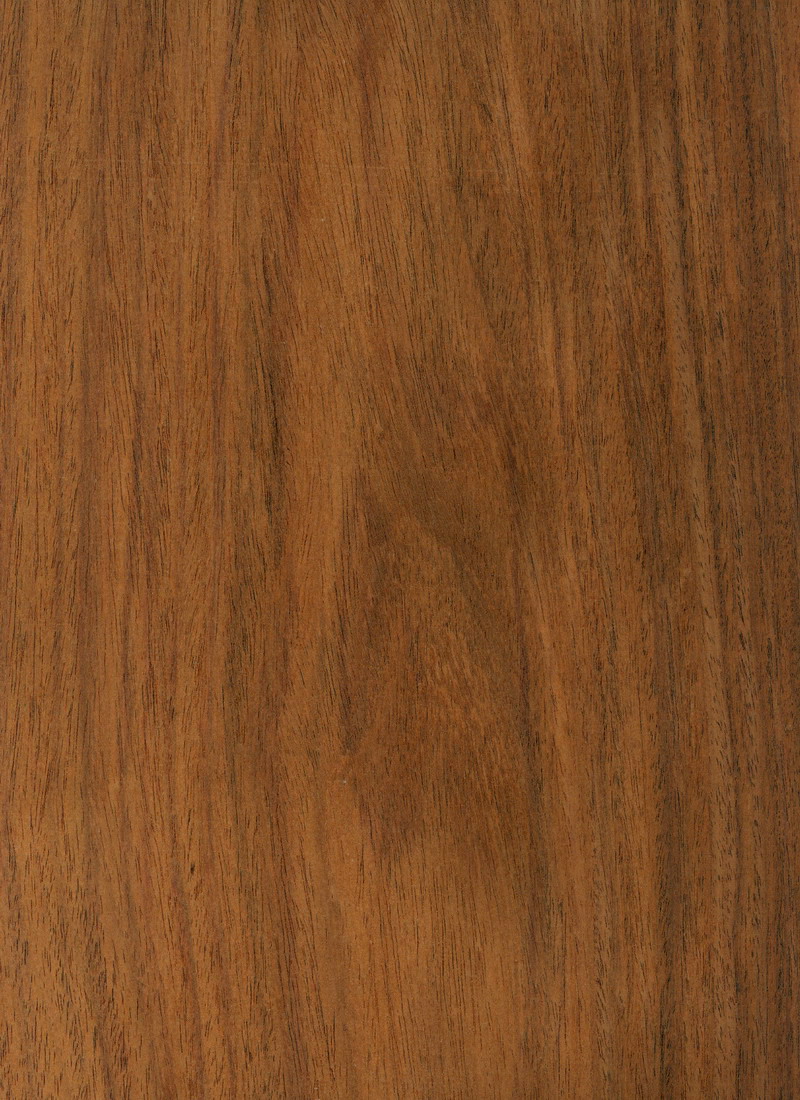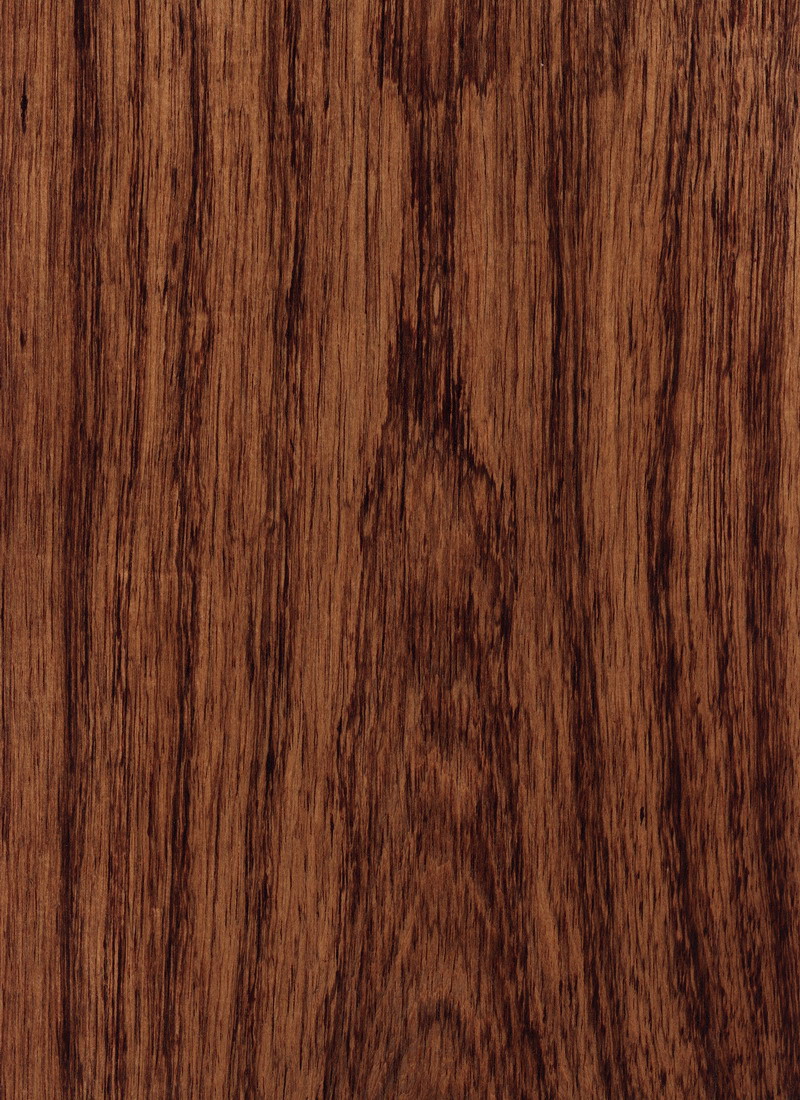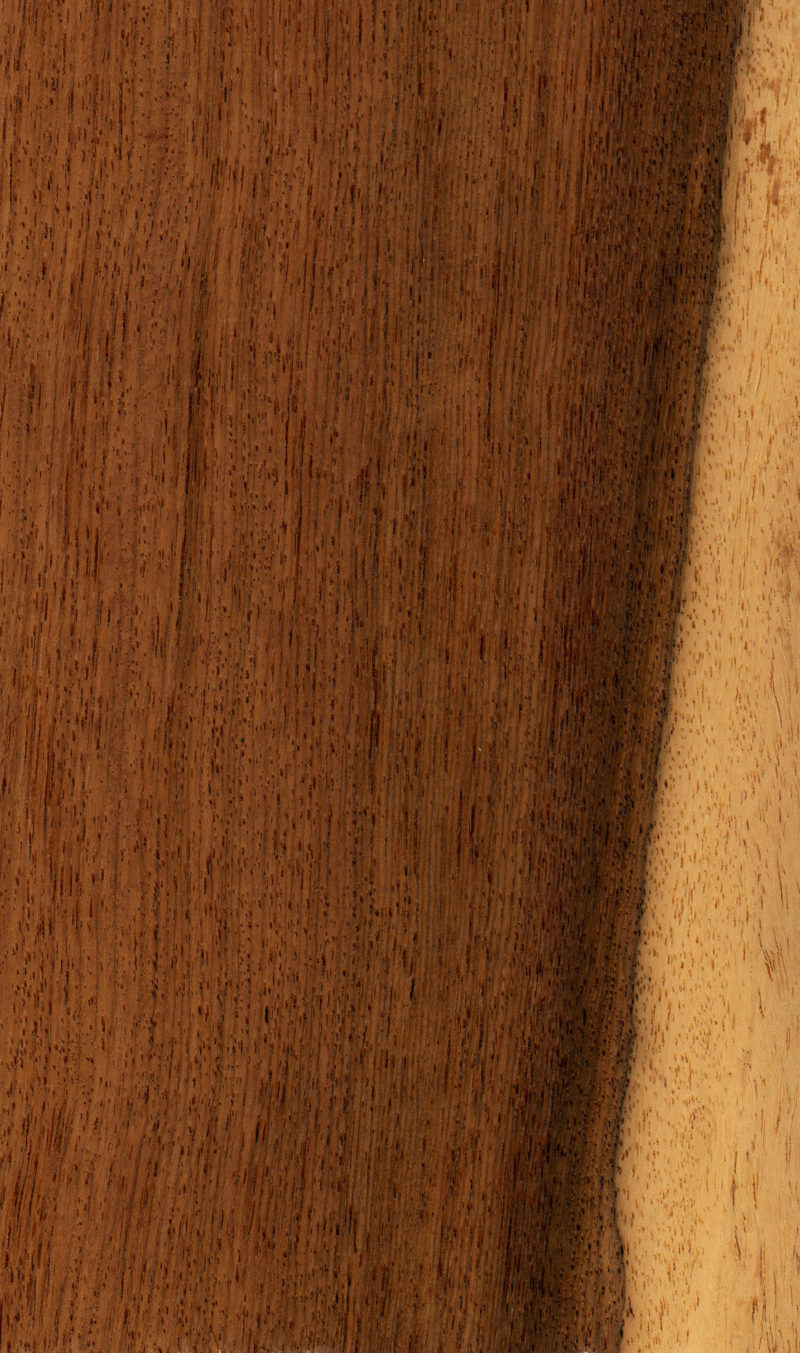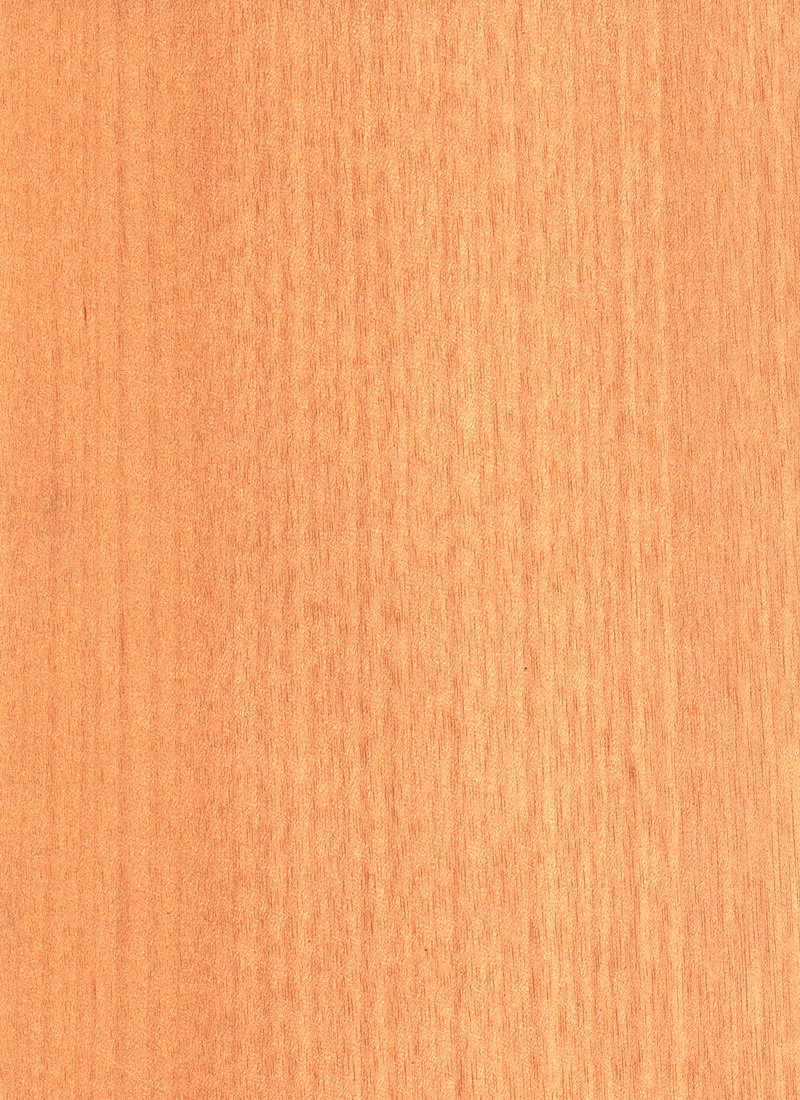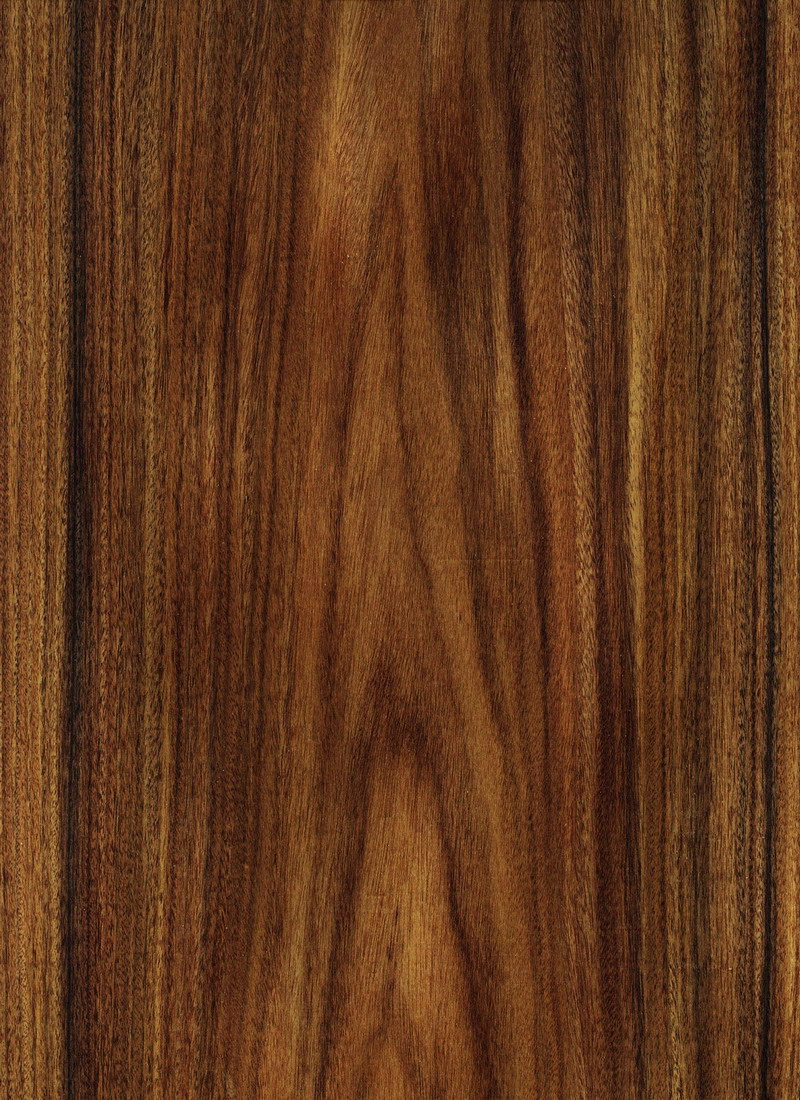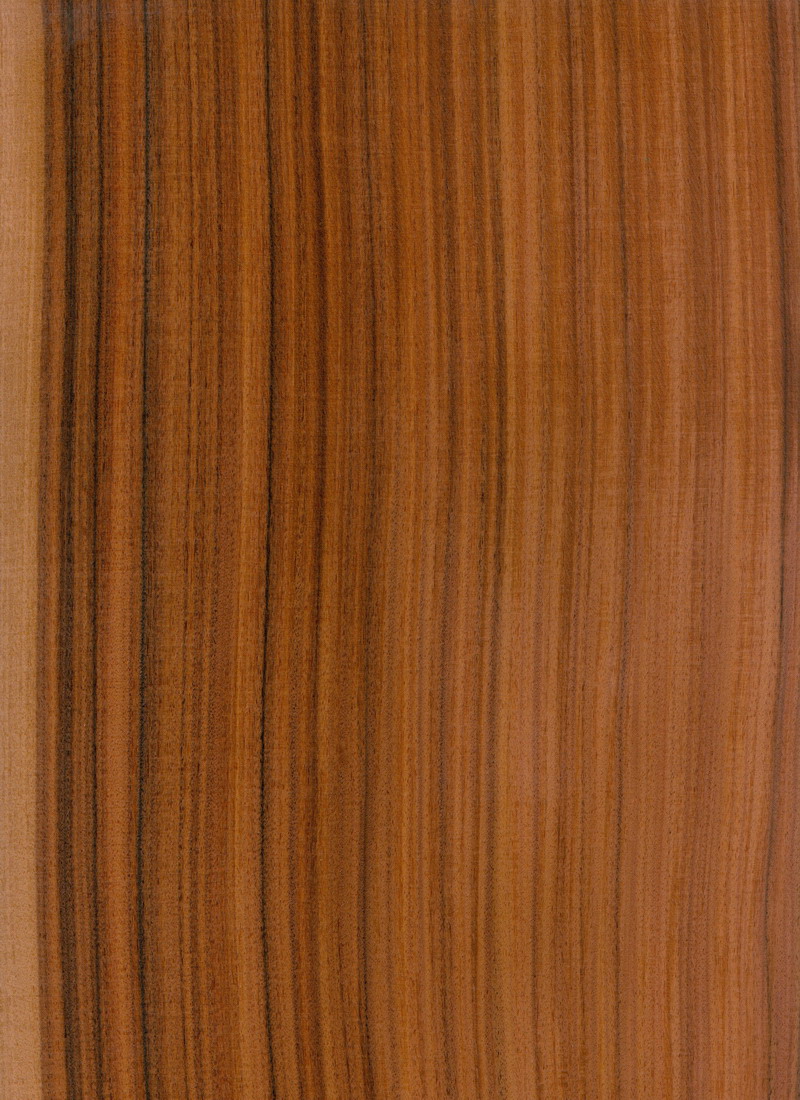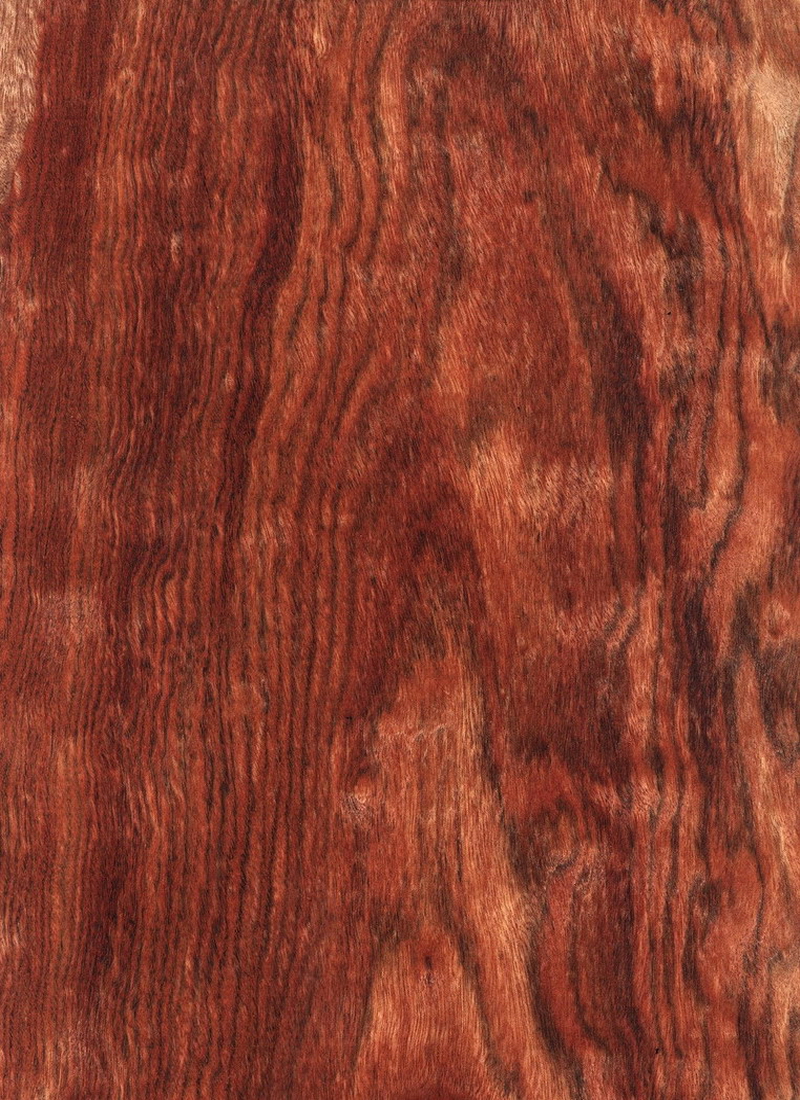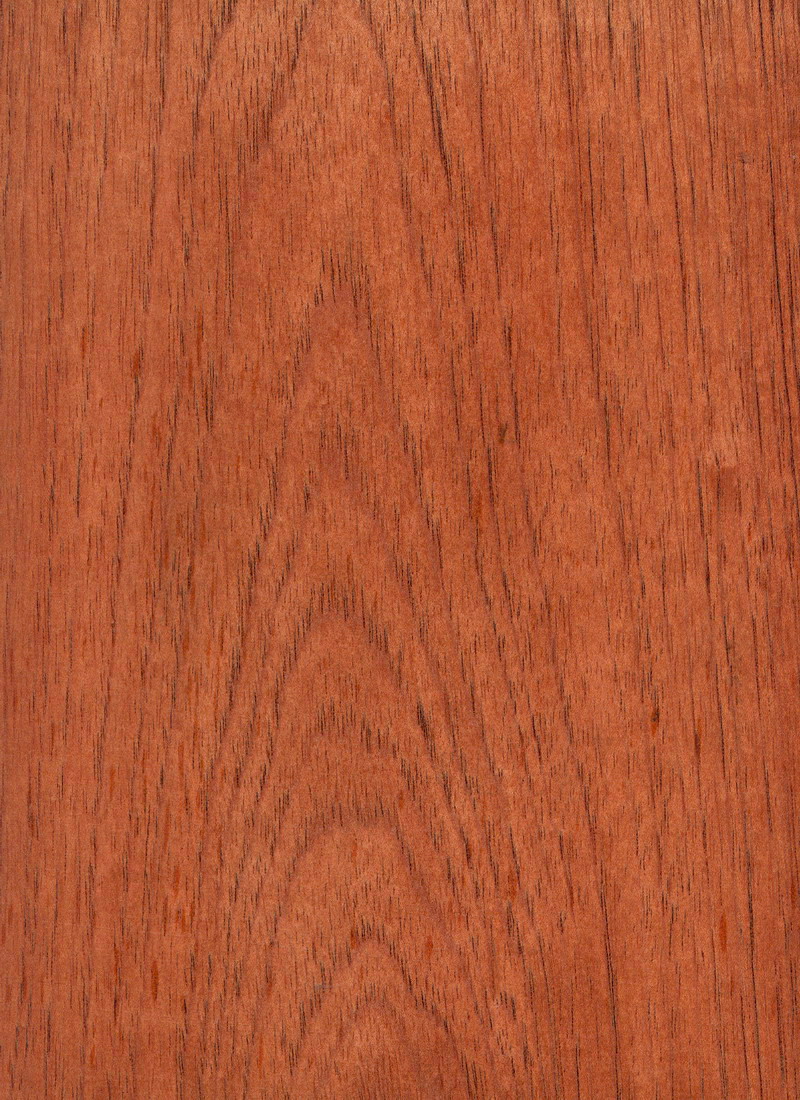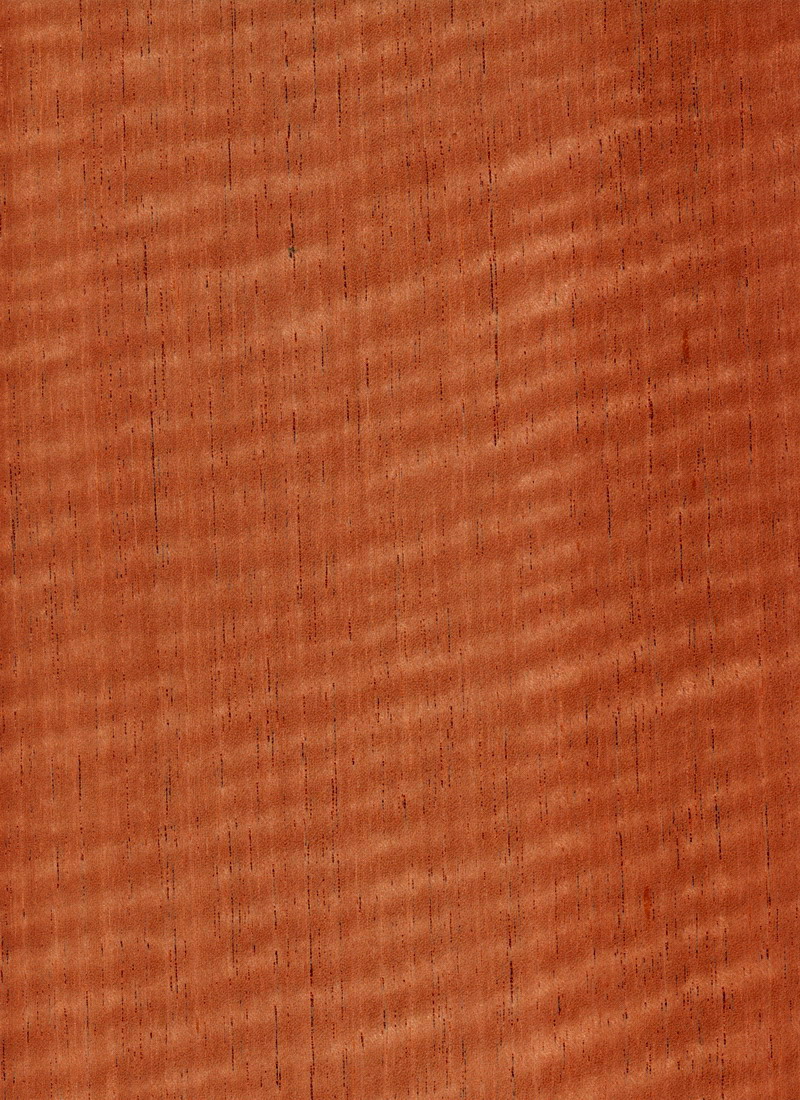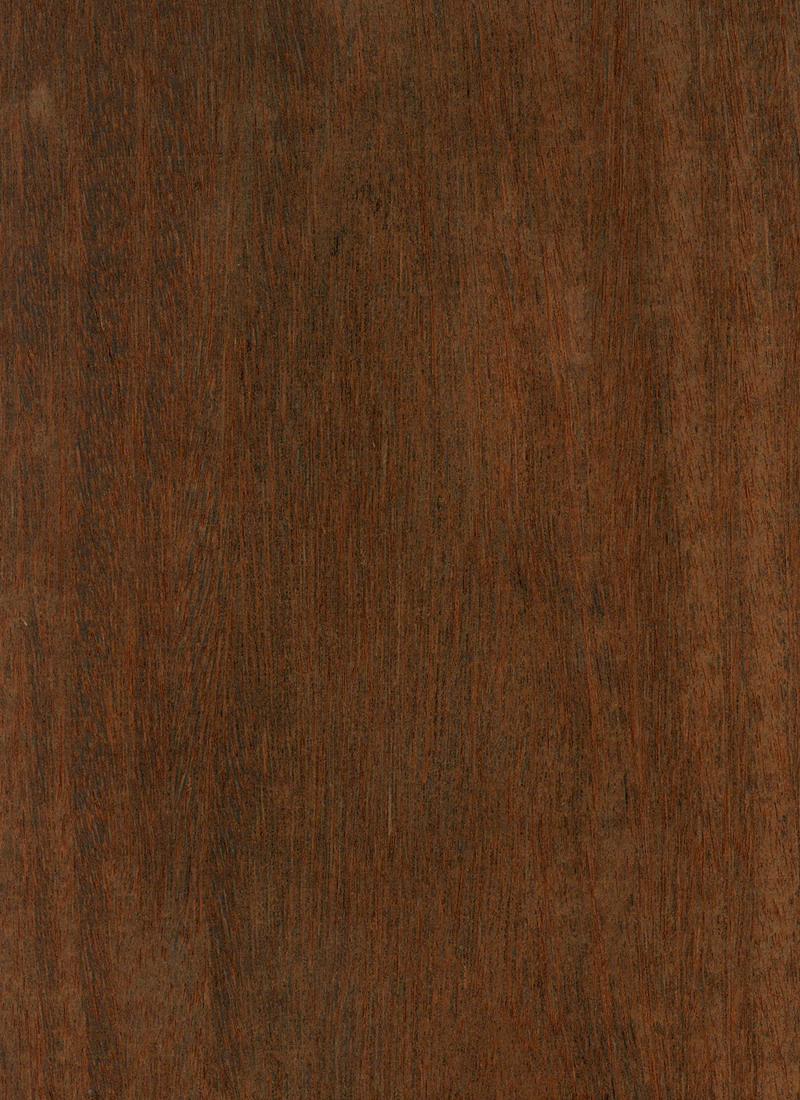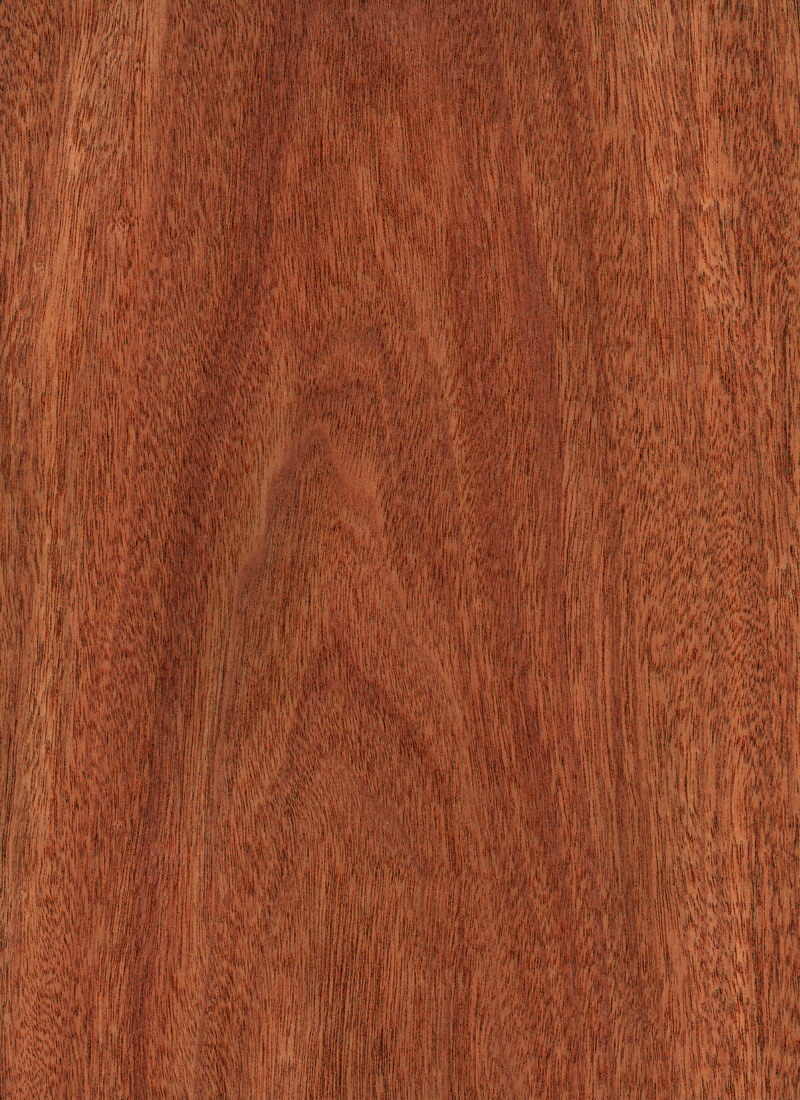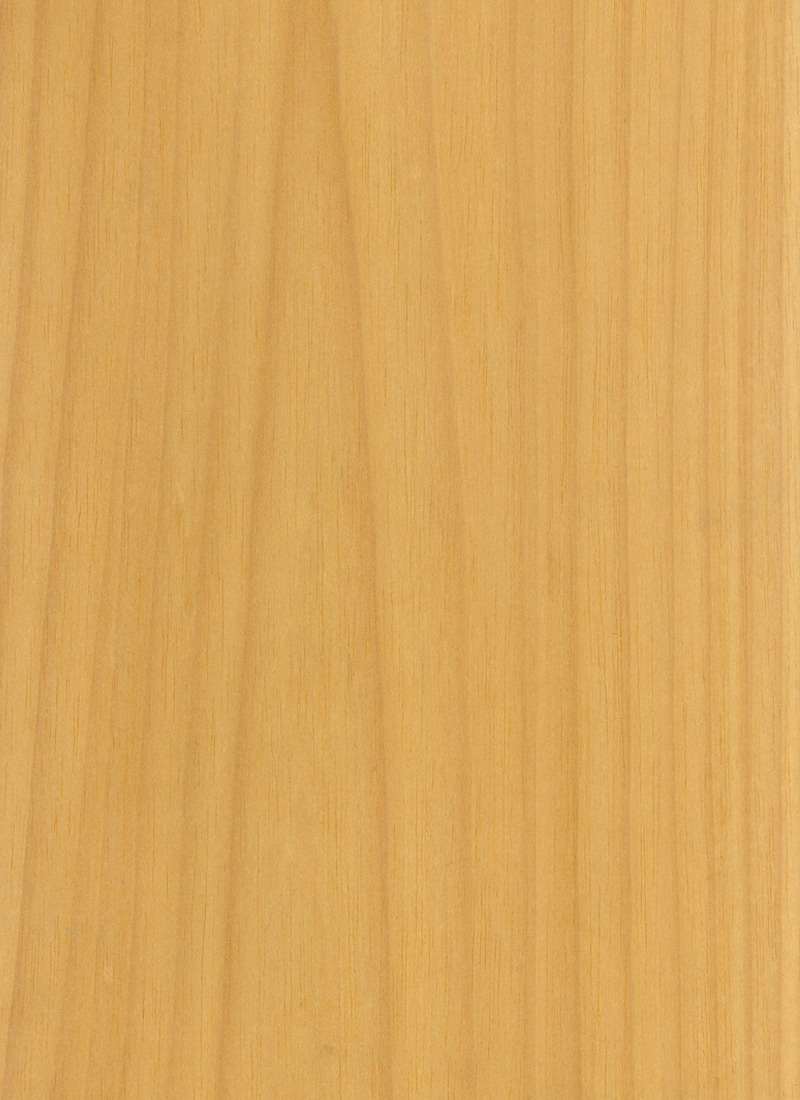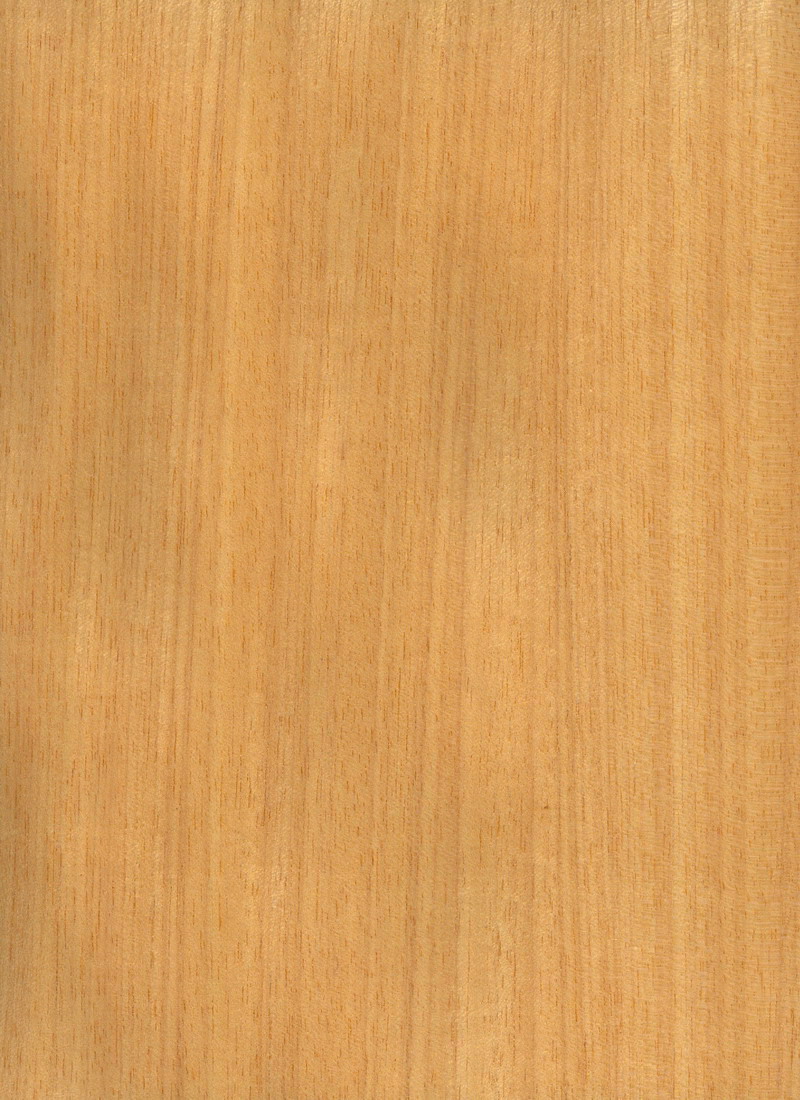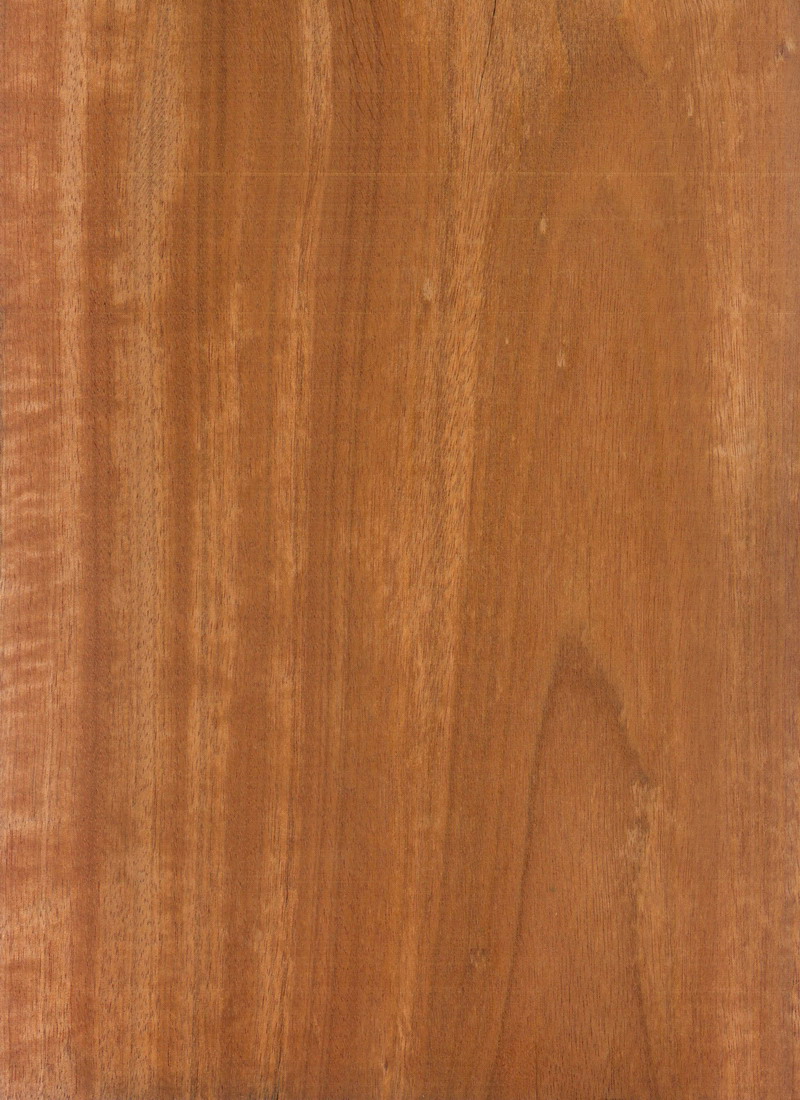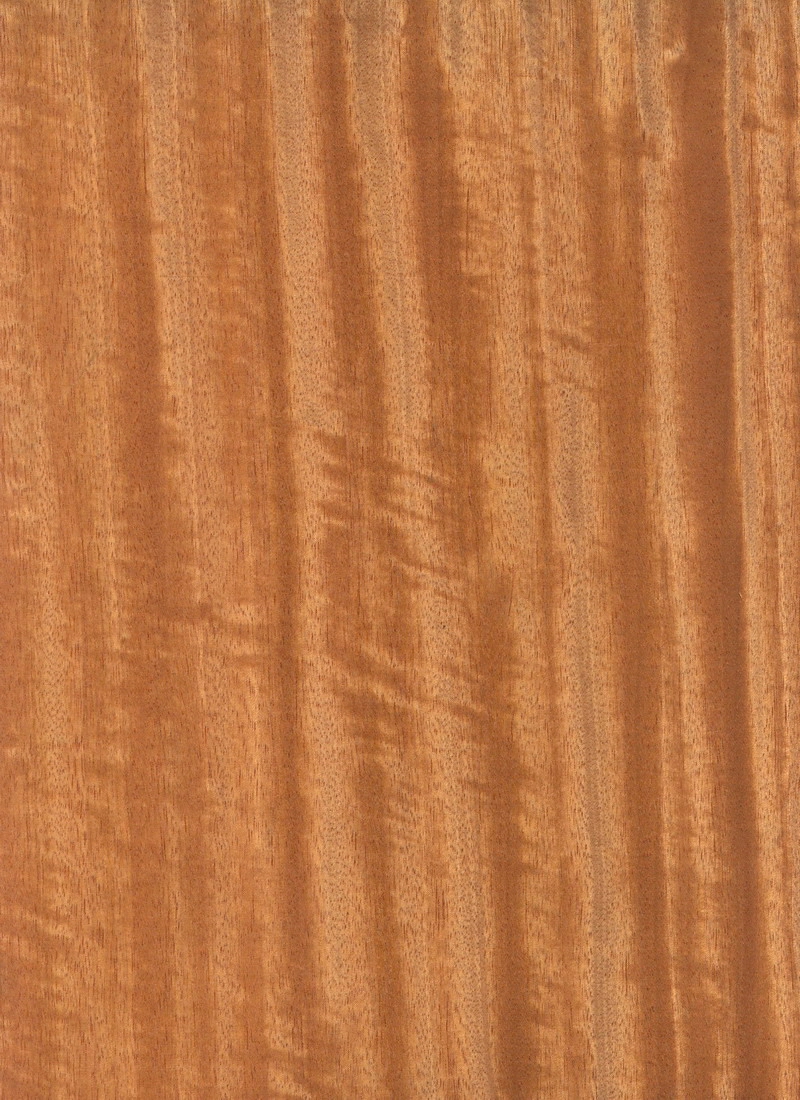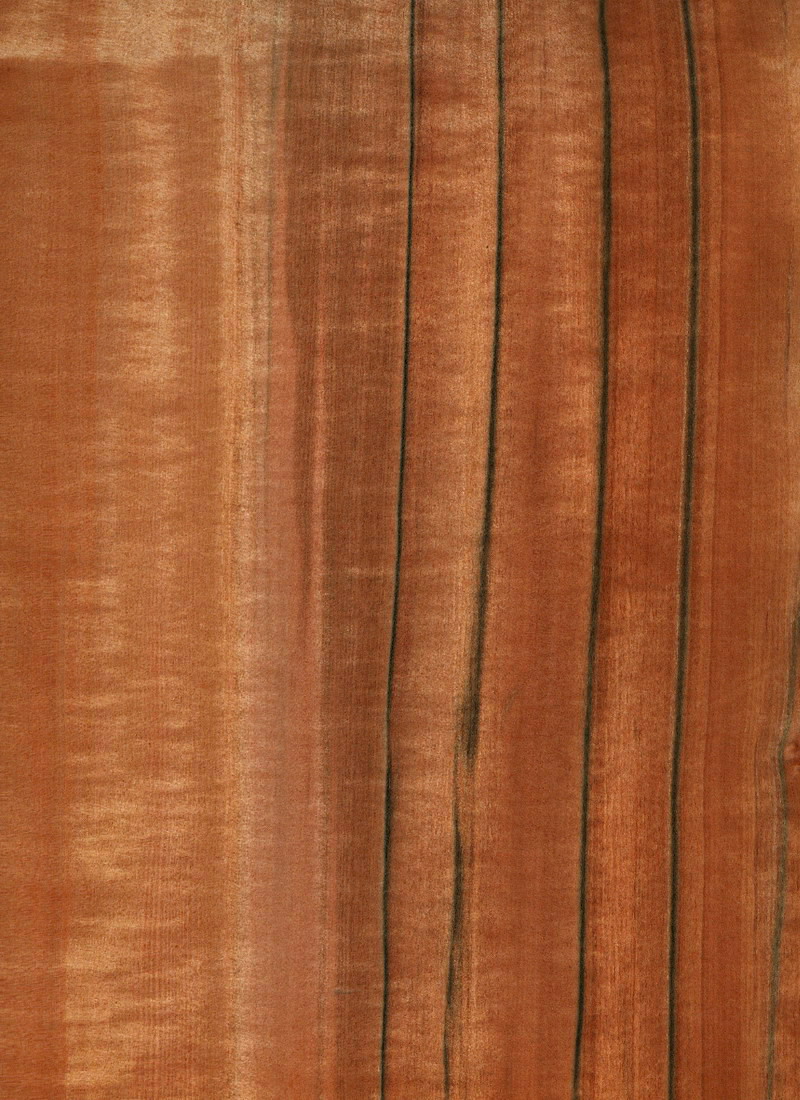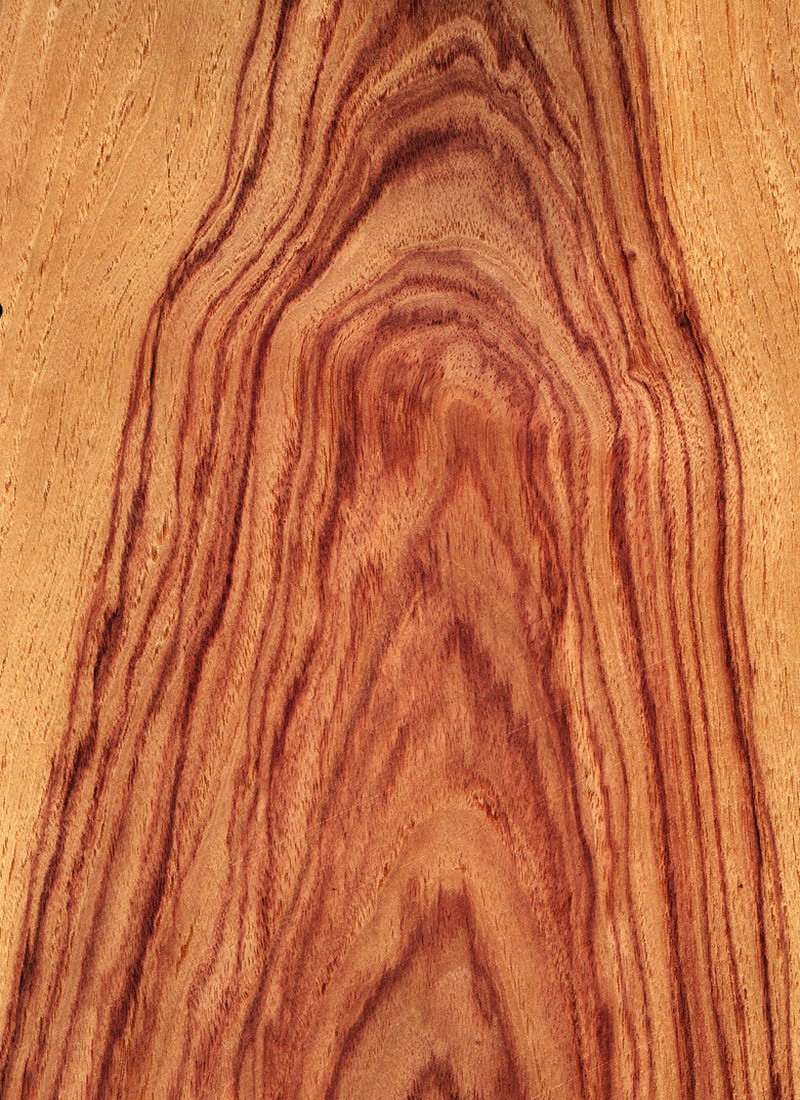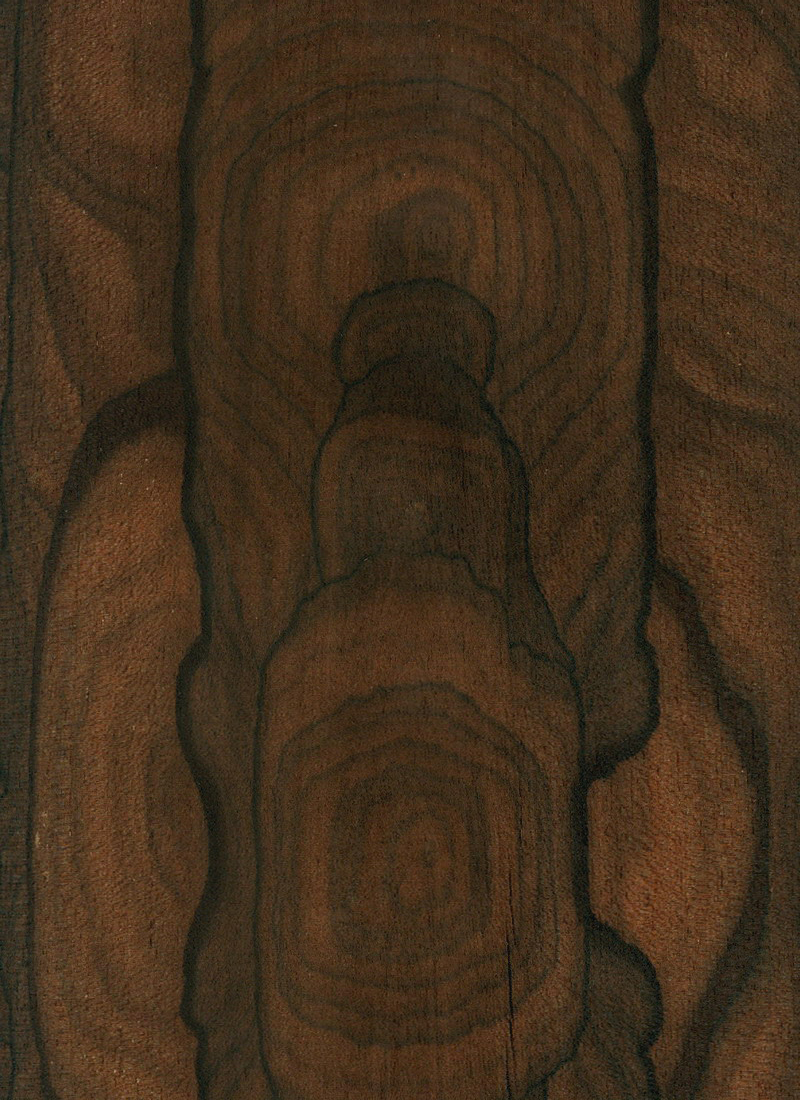Map of Origins
-
 CHECHEN AFRICANx
CHECHEN AFRICANxCHECHEN AFRICAN
antiaris africanaAfrican Chechen quarter cut wood veneer closely resembles American Red Gum in aesthetics. Color ranges from creamy white to yellow gray in color. The grain is generally straight, stripey to interlocked.
Common Uses for African Chechen Quarter Cut Wood Veneer: Aircraft interiors, architectural panels, cabinetry, doors and furniture, as well as millwork.
Other Name(s): African Ziricote.
The Tree: A fast growing and large shade tree that is native to Africa. Typically reaches heights between 75-150 feet, with diameters between 2-5 feet.
A Little History: African Chechen is considered one of the more economical trees from Africa. It grows fast and thick. The trees are so large that a single tree can yield 200,000 square feet of veneer.
Region: Africa
[widget id="black-studio-tinymce-5"] -
 AFRORMOSIAx
AFRORMOSIAxAFRORMOSIA
Pericopsis elataOften called African teak, Afrormosia quarter cut wood veneer has a striking visual appeal that enhances any space. Its golden-brown hues radiate natural elegance and create an inviting ambiance wherever it’s used. This wood’s distinct grain patterns, characterized by darker streaks when quarter cut, adds depth and character to furniture, cabinetry, interior décor, and more. Afrormosia may exhibit attractive figure variations such as ribbon-like patterns, mottle, or subtle figuring. Also prized for its durability, stability, and natural luster.
Afrormosia trees are harvested from responsibly managed forests in West Africa, carefully selected to ensure the long-term health of the ecosystem. By opting for Afrormosia veneer, artisans and designers can embrace eco-friendly practices without compromising on quality or aesthetics.
Common Uses for Afrormosia Quarter Cut Wood Veneer: Architectural panels, cabinetry, flooring, furniture and interior woodwork, as well as interior boat and yacht fixtures and fittings.
Other Name(s): African Teak, Golden Teak. Also commonly spelled as “Afromosia” without the second ‘r.’
The Tree: Afrormosia trees typically grow to a height of 160 feet, with trunk diameters ranging from 4 to 5 feet. Some larger trees may have a clear trunk without branches for up to 100 feet.
A Little History: Often an alternative for Teak in many industries, although it is not closely related to genuine Teak.
Region: Africa
[widget id="black-studio-tinymce-5"] -
 AKOx
AKOxAKO
antiaris africanaAlso called African Satinwood, Ako quarter cut wood veneer is admired for its attractive appearance and natural luster. This wood is typically a light to medium golden-yellow with occasional darker streaks or veins. These golden hues and distinctive grain pattern can add a touch of elegance and sophistication to any space. Ako veneer also has a relatively smooth surface and is known for its durability and stability, making it suitable for use in veneer applications where strength and resilience are important factors.
Our African Satinwood veneer inventory is sourced from responsibly managed forests and certified suppliers. Due to environmental concerns associated with deforestation, it’s essential to verify your source of wood and choose suppliers committed to sustainable practices.
Common Uses for Ako Quarter Cut Wood Veneer: Aircraft, architectural panels and millwork, cabinetry, and furniture. Although not as common of a choice as other veneers, Ako is also occasionally used in the construction of musical instruments.
Other Name(s): African Satinwood.
The Tree: A fast-growing and large shade tree native to Africa. Typically reaches heights between 75-150 feet, with trunk diameters between 2-5 feet.
A Little History: Traditionally one of several species used to make clothing out of its fibers. In fact, Ako is sometimes called the bark cloth tree and cloth clothing is still made today.
Region: Africa
[widget id="black-studio-tinymce-5"] -
 ANIGREx
ANIGRExANIGRE
aningeria superbaAnigre flat cut wood veneer is generally light to medium creamy yellow-brown or golden yellow, sometimes seen with a slight pink hue. When flat cut, this species features beautiful cathedral and is overall quite uniform and effortlessly sophisticated. Due to its light color and naturally soft aesthetic, Anigre can create a bright and inviting environment wherever it’s used. And highly figured fiddleback and block mottle logs can elevate architectural projects to the next level.
Because of its light palette, fine grain, and velvety texture, Anigre can easily be dyed to visually replicate cherry veneer. In fact, Anigre can be dyed to mimic the appearance of many other wood species or to achieve a variety of different colors.
Overall, Anigre is valued for its light, neutral color, fine grain, and versatility, making it a preferred choice for many architects and designers.
Common Uses for Anigre Flat Cut Wood Veneer: Architectural panels, millwork, furniture, and both interior boat and yacht design. Because of its tonal qualities, this species is also used for musical instruments, especially guitars and pianos.
Other Name(s): Also commonly spelled as Anegre, or Aniegre.
The Tree: Height varies but generally reaches 180 feet with a trunk diameter of 3-4 feet. This tree also usually has a clear bole up to 80 feet.
Region: Africa
[widget id="black-studio-tinymce-5"]
-
 ANIGREx
ANIGRExANIGRE
aningeria superbaAnigre quarter cut wood veneer is generally light to medium creamy yellow-brown or golden yellow, sometimes seen with a slight pink hue. Due to its light color and naturally soft aesthetic, Anigre can create a bright and inviting environment wherever it’s used. And highly figured fiddleback and block mottle logs can elevate architectural projects to the next level.
Also because of its light palette, fine grain, and velvety texture, Anigre can easily be dyed to visually replicate cherry veneer, another naturally elegant and welcoming species choice. This is especially true for quarter cut Anigre as it has more available widths than cherry, generally speaking.
Overall, Anigre is valued for its light, neutral color, fine grain, and versatility, making it a preferred choice for many architects and designers.
Common Uses for Anigre Quarter Cut Wood Veneer: Architectural panels, millwork, furniture, and both interior boat and yacht design. Because of its tonal qualities, this species is also used for musical instruments, especially guitars and pianos.
Other Name(s): Also commonly spelled as Anegre, or Aniegre.
The Tree: Height varies but generally reaches 180 feet with a trunk diameter of 3-4 feet. This tree also usually has a clear bole up to 80 feet.
Region: Africa
[widget id="black-studio-tinymce-5"]
-
 ANIGRE REALTECx
ANIGRE REALTECxANIGRE REALTEC
aningeria superbaAnigre Realtec quarter cut wood veneer has consistent fiddleback figure and is a creamy yellow or tan with some pink tones. The grain is straight, sometimes wavy and mottled. Also has a fine, lustrous texture. Also commonly spelled as Anegre.
Common Uses for Anigre Realtec Quarter Cut Wood Veneer: Architectural panels and mill work, cabinetry, doors, musical instruments, flooring, furniture and interior woodwork, as well as boat and yacht design.
Other Name(s): Also commonly spelled as Anegre, or Aniegre.
The Tree: Height varies but generally reaches 180 feet with a trunk diameter of 3-4 feet. This tree also usually has a clear bole up to 80 feet.
Region: Africa
[widget id="black-studio-tinymce-5"]
-
 AVODIREx
AVODIRExAVODIRE
turraeanthus africanusAvodire quarter cut figured wood veneer is creamy white to pale yellow. This veneer darkens to a creamy gold color with age and when exposed to light. Avodire wood veneer has straight grain, but often exhibits a range of grain patterns such as wavy, mottled or rippled.
Common Uses for Avodire Quarter Cut Veneer: Aircraft interiors, architectural panels, millwork, cabinetry and furniture, as well as marquetry.
Other name(s): African Satinwood or African White Mahogany.
The Tree: A tree of the rain forest, Avodire regularly grows up to 115 feet with diameters between 2-3 feet.
A Little History: Similar in working properties to true Mahoganies, and is somewhat related to them.
Region: Africa
[widget id="black-studio-tinymce-5"] -
 BIBOLOx
BIBOLOxBIBOLO
lovoa trichilioidesBibolo quarter cut wood veneer ranges from lighter to darker browns, sometimes with red hues, accompanied by handsome lighter stripes. Lustrous with beautiful striping. Sapwood is lighter than heartwood and narrow. The grain is moderately coarse, but even. Although Bibolo is sometimes referred to as African Walnut, it is not a true walnut species.
Common Uses for Bibolo Quarter Cut Wood Veneer: Architectural panels, millwork and cabinetry, as well as doors and fine furniture.
Other Name(s): African Walnut.
The Tree: Generally reaches heights of 130 feet, with trunk diameters usually around 4 feet.
A Little History: Historically used for gun stocks and furniture, as well as panels.
Region: Africa
[widget id="black-studio-tinymce-5"] -
 BILINGUAx
BILINGUAxBILINGUA
nauclea diderrichiiBilingua quarter cut wood veneer heartwood darkens to orange-brown. The sapwood is usually pink. Interlocked grain with a coarse texture. Bilingua quarter cut also has handsome stripe figure. The luster is rated as medium to high and also stains well.
Common Uses for Bilingua Wood Veneer: Architectural panels, fine furniture, doors, millwork and cabinetry, as well as aircraft and yacht interiors.
Other Name(s): Also called Bilinga.
The Tree: An African tree, typically reaching heights of 160 feet and bears a grayish-brown fruit.
A Little History: Very durable wood; often used for docks, flooring and marine decking.
Region: Africa
[widget id="black-studio-tinymce-5"] -
 BOIREx
BOIRExBOIRE
detarium senegalenseBoire flat cut wood veneer has light to dark brown tones, sometimes with red or yellow hues. Generally straight grained, sometimes interlocked, and has a fine texture.
Boire Wood Veneer Common Uses: Architectural woodwork and furniture. Also used for cabinetry, doors and paneling.
The Tree: A medium-sized tree that may grow up to 130 feet tall. The trunks of mature trees typically range from 20–40 inches in diameter.
Region: Africa
[widget id="black-studio-tinymce-5"] -
 BOSSE POMMELEx
BOSSE POMMELExBOSSE POMMELE
guarea cedrataBosse pommele wood veneer is initially a pink brown hue. Bosse darkens considerably upon light exposure to a more golden to medium brown. Pommele is a small- to medium-sized blister figure.
Common Uses for Bosse Pommele Wood Veneer: Highly decorative. Uses include architectural panels, cabinetry, doors and high-end furniture, as well as yacht and aircraft interiors.
Other Name(s): Referred to as Pink Mahogany because the wood greatly resembles mahogany. Also sometimes called African Cedar due to the timber having a cedar scent.
The Tree: Native to Africa, often reaching a height of 160 feet with trunk diameters around 3-4 feet.
Region: Africa
[widget id="black-studio-tinymce-5"] -
 BOSSEx
BOSSExBOSSE
guarea cedrataBosse quarter cut wood veneer has block mottle figure. The heartwood is initially a pink brown hue. Bosse veneer darkens considerably upon light exposure to a more golden to medium brown. Its grain can be straight, wavy or interlocked.
Common Uses for Bosse Quarter Cut Wood Veneer with Block Mottle Figure: Millwork and architectural panels, in addition to cabinetry, doors, and furniture.
Other Name(s): Referred to as Pink Mahogany because the wood greatly resembles mahogany. Also sometimes called African Cedar due to the timber having a cedar scent.
The Tree: Native to Africa, often reaching a height of 160 feet with trunk diameters around 3-4 feet.
Region: Africa
[widget id="black-studio-tinymce-5"] -
 BUBINGA BURLx
BUBINGA BURLxBUBINGA BURL
guibourtia tessmanniiBubinga burl wood veneer ranges from pink to vivid red, to reddish brown, with lighter red to purple veining. Straight grained or interlocked with a fine to medium texture.
Common Uses for Bubinga Burl Wood Veneer: Architectural panels, millwork, fine furniture and cabinetry, as well as yacht and aircraft interiors.
The Tree: Bubinga is a large tree that commonly exceeds 100 feet in height with a clear bole that is 30-60 feet long and 3 feet in diameter.
A Little History: Bubinga also can display a wide range of beautiful figures. Famed, pommele, and waterfall figures are available, which make this wood truly unique. Bubinga also has an exceptional strength-to-weight ratio.
Region: Africa
[widget id="black-studio-tinymce-5"] -
 BUBINGAx
BUBINGAxBUBINGA
guibourtia tessmanniiBubinga flat cut wood veneer ranges from pink to vivid red, to reddish brown, with lighter red to purple veining. Straight grained or interlocked with a fine to medium texture.
Common Uses for Bubinga Flat Cut Wood Veneer: Architectural panels, millwork, fine furniture and cabinetry, as well as yacht and aircraft interiors.
The Tree: Bubinga is a large tree that commonly exceeds 100 feet in height with a clear bole that is 30-60 feet long and 3 feet in diameter.
A Little History: Bubinga also can display a wide range of beautiful figures. Famed, pommele, and waterfall figures are available, which make this wood truly unique. Bubinga also has an exceptional strength-to-weight ratio.
Region: Africa
[widget id="black-studio-tinymce-5"] -
 BUBINGA POMMELEx
BUBINGA POMMELExBUBINGA POMMELE
guibourtia tessmanniiBubinga pommele wood veneer ranges from pink to vivid red, to reddish brown, with lighter red to purple veining. Straight grained or interlocked with a fine to medium texture.
Common Uses for Bubinga Pommele Wood Veneer: Architectural panels, millwork, fine furniture and cabinetry, as well as yacht and aircraft interiors.
The Tree: Bubinga is a large tree that commonly exceeds 100 feet in height with a clear bole that is 30-60 feet long and 3 feet in diameter.
A Little History: Bubinga also can display a wide range of beautiful figures. Famed, pommele, and waterfall figures are available, which make this wood truly unique. Bubinga also has an exceptional strength-to-weight ratio.
Region: Africa
[widget id="black-studio-tinymce-5"] -
 BUBINGAx
BUBINGAxBUBINGA
guibourtia tessmanniiBubinga quarter cut wood veneer ranges from pink to vivid red, to reddish brown, with lighter red to purple veining. Straight grained or interlocked with a fine to medium texture.
Common Uses for Bubinga Quarter Cut Wood Veneer: Architectural panels, millwork, fine furniture and cabinetry, as well as yacht and aircraft interiors.
The Tree: Bubinga is a large tree that commonly exceeds 100 feet in height with a clear bole that is 30-60 feet long and 3 feet in diameter.
A Little History: Bubinga also can display a wide range of beautiful figures. Famed, pommele, and waterfall figures are available, which make this wood truly unique. Bubinga also has an exceptional strength-to-weight ratio.
Region: Africa
[widget id="black-studio-tinymce-5"] -
 WALNUT DIBETOU CROTCHx
WALNUT DIBETOU CROTCHxWALNUT DIBETOU CROTCH
lovoa trichilioidesDibetou Walnut crotch wood veneer is yellow brown to a beautiful golden color. Also has a natural sheen and fine texture. Other Name(s): African Walnut.
Common Uses for Dibetou Walnut Crotch Wood Veneer: Architectural panels, millwork, cabinetry and fine furniture, as well as aircraft and yacht interiors.
The Tree: Grows up to 150 feet with trunk diameters between 2-4 feet.
A Little History: Dibetou Walnut isn’t a true Walnut of the Juglans genus, but is actually more closely related to Mahogany.
Region: Africa
[widget id="black-studio-tinymce-5"] -
 DOUSSIEx
DOUSSIExDOUSSIE
afzelia spp.Doussie quarter cut wood veneer has a straw colored sapwood with a golden brown heartwood. Grain is irregular to interlocked, along with a coarse texture. Color tends to darken with age.
Common Uses for Doussie Quarter Cut Wood Veneer: Architectural panels, millwork, doors and cabinetry, as well as furniture.
The Tree: Reaches heights of 80-120 feet, with trunk diameters usually between 3-5 feet.
A Little History: Compared to both mahogany and teak in terms of appearance and durability.
Region: Africa
[widget id="black-studio-tinymce-5"] -
 ANIGRE GREY DYEDx
ANIGRE GREY DYEDxANIGRE GREY DYED
aningeria superbaDyed grey Anigre quarter cut veneer offers a sophisticated slate grey tint with pronounced, striking figure. Dyed grey Anigre veneer is enhanced with an aniline dye, further highlighting its beautiful grain. This versatile species can be dyed to mimic the appearance of other woods or to achieve a variety of different colors. The highly figured fiddleback and block mottle patterns in Anigre wood veneer add a touch of luxury and distinction to architectural projects, elevating any space.
Fiddleback or block mottle figured Anigre veneer is highly valued and sought after in the architectural wood industry. The contemporary, cool-toned slate grey color, combined with Anigre’s fine grain, striking patterns, and the wood’s versatility, makes it a preferred choice for high-end interior architecture and design.
Common Uses: Dyed grey Anigre veneer is used in various applications. Architectural panels and millwork, high-end furniture, and luxury interior boat and yacht design are common uses. Its tonal qualities also make it popular for crafting musical instruments, particularly guitars and pianos.
Other Name(s): Also commonly spelled as Anegre, or Aniegre.
The Tree: Height varies but generally reaches 180 feet with a trunk diameter of 3-4 feet. This tree also usually has a clear bole up to 80 feet.
Region: Africa
[widget id="black-studio-tinymce-5"] -
 EBIARAx
EBIARAxEBIARA
Berlinia spp.Ebiara quarter cut wood veneer heartwood ranges from golden yellow brown to a deeper red brown, frequently with handsome, darker black streaks.
Common Uses for Quarter Cut Ebiara Wood Veneer: Architectural panels, cabinetry, furniture and millwork.
Other Name(s): Red Zebrawood.
Region: Africa
[widget id="black-studio-tinymce-5"] -
 ETIMOE CROTCHx
ETIMOE CROTCHxETIMOE CROTCH
Copaifera spp.This Etimoe flat cut wood veneer has crotch figure. Heartwood varies from light to darker tan brown or reddish brown. Fine to medium texture. Known for its strength and hardness. Also has a good natural luster.
Common Uses for Crotch Figure Flat Cut Etimoe Wood Veneer: Both architectural and acoustic panels, millwork, cabinetry and doors, as well as high-end furniture.
Other Name(s): African Rosewood.
The Tree: This African tree grows 100-165 feet in height with trunk diameters between 3-5 feet.
A Little History: Has one of the best strength-to-weight-ratios of any wood in the world.
Region: Africa
[widget id="black-studio-tinymce-5"] -
 ETIMOE FIGURED (BLOCK MOTTLE)x
ETIMOE FIGURED (BLOCK MOTTLE)xETIMOE FIGURED (BLOCK MOTTLE)
Copaifera spp.Figured Etimoe quarter cut wood veneer has block mottle figure. Heartwood is reddish brown with darker brown or red stripes. Grain is generally straight or interlocked, along with a fine to medium texture. Known for its strength and hardness. Also has a good natural luster.
Common Uses for Block Mottle Figured Quarter Cut Etimoe Wood Veneer: Both architectural and acoustic panels, millwork, cabinetry and doors, as well as high-end furniture.
Other Name(s): African Rosewood.
The Tree: This African tree grows 100-165 feet in height with trunk diameters between 3-5 feet.
A Little History: Has one of the best strength-to-weight-ratios of any wood in the world.
Region: Africa
[widget id="black-studio-tinymce-5"]
-
 ETIMOEx
ETIMOExETIMOE
Copaifera spp.Etimoe flat cut wood veneer heartwood is reddish brown with a speckled appearance. Darker brown or red veins sometimes visible. Grain is generally straight or interlocked, along with a fine to medium texture. Known for its strength and hardness. Also has a good natural luster.
Common Uses for Flat Cut Etimoe Wood Veneer: Both architectural and acoustic panels, millwork, cabinetry and doors, as well as furniture.
Other Name(s): African Rosewood.
The Tree: This African tree grows 100-165 feet in height with trunk diameters between 3-5 feet.
A Little History: Has one of the best strength-to-weight-ratios of any wood in the world.
Region: Africa
[widget id="black-studio-tinymce-5"]
-
 ETIMOE FIGURED (FIDDLEBACK)x
ETIMOE FIGURED (FIDDLEBACK)xETIMOE FIGURED (FIDDLEBACK)
Copaifera spp.Figured Etimoe flat cut wood veneer has fiddleback figure. Heartwood is reddish brown with a speckled appearance. Darker brown or red veins sometimes visible. Grain is generally straight or interlocked, along with a fine to medium texture. Known for its strength and hardness. Also has a good natural luster.
Common Uses for Fiddleback Figured Flat Cut Etimoe Wood Veneer: Both architectural and acoustic panels, millwork, cabinetry and doors, as well as high-end furniture.
Other Name(s): African Rosewood.
The Tree: This African tree grows 100-165 feet in height with trunk diameters between 3-5 feet.
A Little History: Has one of the best strength-to-weight-ratios of any wood in the world.
Region: Africa
[widget id="black-studio-tinymce-5"]
-
 ETIMOE FUMEDx
ETIMOE FUMEDxETIMOE FUMED
Copaifera spp.Fumed Etimoe quarter cut wood veneer has figured grain. The natural process of fuming brings out a very warm and darker color compared to natural Etimoe. Heartwood is a chocolate brown with darker brown or red hued stripes. Grain is generally straight or interlocked, along with a fine to medium texture. Known for its strength and hardness. Also has a good natural luster.
Common Uses for Fumed Quarter Cut Etimoe Wood Veneer: Both architectural and acoustic panels, millwork, cabinetry and doors, as well as high-end furniture.
Other Name(s): African Rosewood.
The Tree: This African tree grows 100-165 feet in height with trunk diameters between 3-5 feet.
A Little History: Has one of the best strength-to-weight-ratios of any wood in the world.
Region: Africa
[widget id="black-studio-tinymce-5"]
-
 ETIMOEx
ETIMOExETIMOE
Copaifera spp.Etimoe quarter cut wood veneer heartwood is reddish brown with darker brown or red stripes. Grain is generally straight or interlocked, along with a fine to medium texture. Known for its strength and hardness. Also has a good natural luster.
Common Uses for Quarter Cut Etimoe Wood Veneer: Both architectural and acoustic panels, millwork, cabinetry and doors, as well as furniture.
Other Name(s): African Rosewood.
The Tree: This African tree grows 100-165 feet in height with trunk diameters between 3-5 feet.
A Little History: Has one of the best strength-to-weight-ratios of any wood in the world.
Region: Africa
[widget id="black-studio-tinymce-5"]
-
 AFRORMOSIA REALTECx
AFRORMOSIA REALTECxAFRORMOSIA REALTEC
pericopsis elataFigured Afrormosia Realtec quarter cut wood veneer is prized for its durability, stability, and natural luster. This veneer displays golden-brown hues along with continual figure—primarily the highly sought-after fiddleback figure and ribbon.
This consistent figure is the result from embossing natural Afrormosia veneer—both the desired figure and color remain constant throughout large Realtec sequences. Architectural veneer logs that have the most valued natural figure—fiddleback—are very rare. Through the Realtec manufacturing process, designers, architects, and other project leaders have steady access to highly desired figured Afrormosia veneer coupled with economical pricing and a large availability of inventory.
Common Uses for Figured Afrormosia Quarter Cut Wood Veneer: Because of its consistency, Realtec Afrormosia is ideal for large architectural projects, as well as for repeated and extended production.
Other Name(s): African Teak, Golden Teak. Also commonly spelled as “Afromosia” without the second ‘r.’
The Tree: Afrormosia trees typically grow to a height of 160 feet, with trunk diameters ranging from 4 to 5 feet. Some larger trees may have a clear trunk without branches for up to 100 feet.
A Little History: Often an alternative for Teak in many industries, although it is not closely related to genuine Teak.
Region: Africa
[widget id="black-studio-tinymce-5"] -
 ANIGRE FIGURED (FIDDLEBACK)x
ANIGRE FIGURED (FIDDLEBACK)xANIGRE FIGURED (FIDDLEBACK)
aningeria superbaFigured Anigre quarter cut wood veneer is generally light to medium creamy yellow-brown or golden yellow, sometimes seen with a slight pink hue. Due to its light color and naturally soft aesthetic, Anigre can create a bright and inviting environment wherever it’s used. The highly figured fiddleback and block mottle patterns in Anigre veneer can help elevate architectural projects, adding luxury and distinction to any space.
Because of its light palette, fine grain patterns, and velvety texture, Anigre can easily be dyed to visually replicate cherry veneer, another naturally elegant and welcoming species choice.
Overall, fiddleback or block mottle figured Anigre wood veneer is highly valued and sought after. Its light color palette, fine grain, and stunning patterns make it a preferred choice for high-end interior architecture and design.
Common Uses for Figured Anigre Wood Veneer: Architectural panels, millwork, high-end furniture, and luxury interior boat and yacht design. Because of its tonal qualities, this species is also used for musical instruments, especially guitars and pianos.
Other Name(s): Also commonly spelled as Anegre, or Aniegre.
The Tree: Height varies but generally reaches 180 feet with a trunk diameter of 3-4 feet. This tree also usually has a clear bole up to 80 feet.
Region: Africa
[widget id="black-studio-tinymce-5"]
-
 BUBINGA FIGURED (FIDDLEBACK)x
BUBINGA FIGURED (FIDDLEBACK)xBUBINGA FIGURED (FIDDLEBACK)
guibourtia tessmanniiFiddleback figured Bubinga wood veneer ranges from pink to vivid red, to reddish brown, with lighter red to purple veining. Straight grained or interlocked with a fine to medium texture.
Common Uses for Fiddleback Figured Bubinga Wood Veneer: Architectural panels, millwork, fine furniture and cabinetry, as well as yacht and aircraft interiors.
The Tree: Bubinga is a large tree that commonly exceeds 100 feet in height with a clear bole that is 30-60 feet long and 3 feet in diameter.
A Little History: Bubinga also can display a wide range of beautiful figures. Famed, pommele, and waterfall figures are available, which make this wood truly unique. Bubinga also has an exceptional strength-to-weight ratio.
Region: Africa
[widget id="black-studio-tinymce-5"] -
 MOABI FIGURED (BLOCK MOTTLE)x
MOABI FIGURED (BLOCK MOTTLE)xMOABI FIGURED (BLOCK MOTTLE)
baillonella toxispermaMoabi figured quarter cut wood veneer heartwood varies from light reddish-brown to golden brown. Color tends to darken with age. Fine textured, silky appearance, beautiful block mottle figure.
Common Uses for Figured Quarter Cut Moabi Wood Veneer: Panels, high end furniture and millwork, as well as private aircraft and yacht interiors.
The Tree: Reaches heights of 200 feet, with straight cylindrical boles as long as 100 feet. Trunk diameters range from 6-10 feet.
A Little History: Sometimes substituted for Makore.
Region: Africa
[widget id="black-studio-tinymce-5"] -
 SAPELE FIGURED (BLOCK MOTTLE)x
SAPELE FIGURED (BLOCK MOTTLE)xSAPELE FIGURED (BLOCK MOTTLE)
entandrophragma cylindricumSapele quarter cut wood veneer heartwood is medium to dark reddish-brown. Straight grained to wavy; fine texture. Beautiful block mottle figure.
Common Uses for Quarter Cut Sapele Wood Veneer: Architectural panels, acoustic panels and millwork, as well as private aircraft and yacht interiors.
Other Name(s): Sometimes also spelled as Sapeli veneer.
The Tree: Grows to heights of 150 feet, with trunk diameters between 4-5 feet.
A Little History: Because Sapele belongs to the same family as true Mahogany, its uses are very similar.
Region: Africa
[widget id="black-studio-tinymce-5"]
-
 IROKOx
IROKOxIROKO
chlorophora excelsaIroko quarter cut wood veneer varies from a light golden brown to a richer, medium golden brown. Straight, interlocked grain along with a coarse texture. Also has beautiful block mottle figure.
Common Uses for Quarter Cut Iroko Wood Veneer: Architectural panels, millwork, cabinetry and furniture, as well as yacht and aircraft interiors.
Other Name(s): Sometimes called African Teak or Nigerian Teak.
The Tree: This African tree can grow up to 160 feet in height with trunks sometimes up to an impressive 8-9 feet in diameter.
A Little History: Because of similar characteristics, Iroko can be a substitute for genuine Teak. Commonly used for construction, boat building and furniture in its native region.
Region: Africa
[widget id="black-studio-tinymce-5"] -
 IZOMBEx
IZOMBExIZOMBE
testulea gabonensisIzombe quarter cut wood veneer heartwood is golden yellow-orange with darker brown streaks throughout. These streaks can be nervous and wavy, while the figure is of mottle or ribbon type. The texture is very fine and even, and the grain is generally straight.
A clear finish is crisp all on its own, and adding a light brown to auburn stain keeps the defined grain lines brilliant.
Over time, all woods will fade and possibly change color with exposure to light. But Izombe is a little different than other veneer, just like its unique name. In addition to having a luxurious finish, of all the woods with similar color, Izombe wood veneer changes color the least over time.
Common Uses for Quarter Cut Izombe Wood Veneer: Millwork, furniture and doors, as well as yachts and aircraft interiors.
The Tree: Typically reaches 120 feet with a straight bole. Trunk diameters are generally 3-4 feet.
Region: Africa
[widget id="black-studio-tinymce-5"] -
 MAHOGANY KHAYA BURNING BUSHx
MAHOGANY KHAYA BURNING BUSHxMAHOGANY KHAYA BURNING BUSH
khaya ivorensisBurning Bush Khaya Mahogany crotch wood veneer heartwood varies from light golden red tones to deeper reds. This true African Mahogany veneer finishes beautifully and also has high luster. The grain is straight to interlocked, with a medium to moderately coarse texture. Khaya Mahogany also produces swirl veneers.
Common Uses for Khaya Crotch Mahogany Wood Veneer: Aircraft, both acoustic and architectural panels, cabinetry, doors, millwork and furniture, as well as yacht interiors.
Other Name(s): Khaya, African Mahogany veneer.
The Tree: Typically reaches heights between 110-140 feet, sometimes reaching 180 feet and more, with trunk diameters generally between 3-6 feet.
A Little History: Mahogany is an often misused name, applied to many woods not from the mahogany family. Khaya Mahogany is a true mahogany.
Region: Africa
[widget id="black-studio-tinymce-5"] -
 MAHOGANY KHAYA FIGURED (FIDDLEBACK)x
MAHOGANY KHAYA FIGURED (FIDDLEBACK)xMAHOGANY KHAYA FIGURED (FIDDLEBACK)
khaya ivorensisFigured Khaya Mahogany quarter cut wood veneer heartwood varies from light golden red tones to deeper red browns. Beautiful fiddleback figure. This true African Mahogany veneer finishes beautifully and also has high luster. The grain is straight to interlocked, with a medium to moderately coarse texture. Khaya Mahogany wood veneer can also have beautiful crotch and swirl figure.
Common Uses for Quarter Cut Khaya Mahogany Wood Veneer: Aircraft interiors, both acoustic and architectural panels, high-end cabinetry, doors, millwork and furniture, as well as yacht interiors.
Other Name(s): Khaya, African Mahogany.
The Tree: Typically reaches heights between 110-140 feet, sometimes reaching 180 feet and more, with trunk diameters generally between 3-6 feet.
A Little History: Mahogany is an often misused name, applied to many woods not from the mahogany family. Khaya Mahogany is a true mahogany.
Region: Africa
[widget id="black-studio-tinymce-5"]
-
 MAHOGANY KHAYAx
MAHOGANY KHAYAxMAHOGANY KHAYA
khaya ivorensisKhaya Mahogany flat cut wood veneer heartwood varies from light golden red tones to deeper red browns. This true African Mahogany veneer finishes beautifully and also has high luster. The grain is straight to interlocked, with a medium to moderately coarse texture. Khaya Mahogany also produces beautiful crotch and swirl veneers.
Common Uses for Flat Cut Khaya Mahogany Wood Veneer: Aircraft interiors, both acoustic and architectural panels, cabinetry, doors, millwork and furniture, as well as yacht interiors.
Other Name(s): Khaya, African Mahogany Wood Veneer.
The Tree: Typically reaches heights between 110-140 feet, sometimes reaching 180 feet and more, with trunk diameters generally between 3-6 feet.
A Little History: Mahogany is an often misused name, applied to many woods not from the mahogany family. Khaya Mahogany is a true mahogany.
Region: Africa
[widget id="black-studio-tinymce-5"]
-
 MAHOGANY KHAYAx
MAHOGANY KHAYAxMAHOGANY KHAYA
khaya ivorensisKhaya Mahogany quarter cut wood veneer heartwood varies from light golden red tones to deeper red browns. This true African Mahogany veneer finishes beautifully and also has high luster. The grain is straight to interlocked, with a medium to moderately coarse texture. Khaya Mahogany also produces beautiful crotch and swirl veneers.
Common Uses for Khaya Mahogany Wood Veneer: Aircraft interiors, both acoustic and architectural panels, cabinetry, doors, millwork and furniture, as well as yacht interiors.
Other Name(s): Khaya, African Mahogany.
The Tree: Typically reaches heights between 110-140 feet, sometimes reaching 180 feet and more, with trunk diameters generally between 3-6 feet.
A Little History: Mahogany is an often misused name, applied to many woods not from the mahogany family. Quarter Cut Khaya Mahogany veneer is a true mahogany.
Region: Africa
[widget id="black-studio-tinymce-5"]
-
 MAHOGANY KHAYA REALTECx
MAHOGANY KHAYA REALTECxMAHOGANY KHAYA REALTEC
khaya ivorensisKhaya Mahogany Realtec quarter cut wood veneer has consistent fiddleback figure. Heartwood varies from light golden red tones to deeper red browns. This true African Mahogany veneer finishes beautifully and also has high luster. The grain is straight to interlocked, with a medium to moderately coarse texture. Khaya Mahogany also produces beautiful crotch and swirl veneers.
Common Uses for Quarter Cut Khaya Mahogany Wood Veneer: Aircraft interiors, both acoustic and architectural panels, high-end cabinetry, doors, millwork and furniture, as well as yacht interiors.
Other Name(s): Khaya, African Mahogany.
The Tree: Typically reaches heights between 110-140 feet, sometimes reaching 180 feet and more, with trunk diameters generally between 3-6 feet.
A Little History: Khaya Mahogany is a true mahogany.
About Khaya Mahogany Realtec
Khaya Mahogany Realtec is natural veneer that is embossed with figure. Both figure and color remain constant throughout large Realtec sequences. Logs that have the most valued natural figure, fiddleback, are very rare. With Realtec, you can have fiddleback in continuous supply in addition to consistent pricing. Exclusive: We are the only distributor of Realtec in the United States and Canada.
Region: Africa
[widget id="black-studio-tinymce-5"]
-
 KIAATx
KIAATxKIAAT
pterocarpus angolensisKiaat flat cut wood veneer heartwood varies from a light golden brown to a medium brown, sometimes with a red or purple tint. Straight to interlocked grain, with fiddleback figure and a coarse texture. Also finishes beautifully.
Common Uses for Flat Cut Kiaat Wood Veneer: Architectural panels, acoustic panels, millwork and musical instruments, as well as yacht and aircraft interiors.
Other Name(s): African Teak, Wild Teak.
The Tree: Native to Africa, Kiaat grows between 40-60 feet with trunk diameters of about 2.5 feet.
A Little History: Well known in tropical Africa as Mukwa; used to make good, quality furniture.
Region: Africa
[widget id="black-studio-tinymce-5"] -
 KOSIPOx
KOSIPOxKOSIPO
entandrophragma candolleiKosipo quarter cut wood veneer is a dark reddish-brown with a purple tinge. Kosipo resembles Sapele, but is much darker. Straight grained to interlocked. Also coarse textured.
Common Uses for Quarter Cut Kosipo Wood Veneer: Architectural panels, millwork, flooring, cabinetry and high-end furniture, as well as aircraft and yacht interiors.
Other Name(s): West African Cedar, also sometimes called heavy Sapele.
The Tree: This African tree reaches heights of 160 feet, sometimes over 200 feet. Trunk diameters are of very impressive widths.
A Little History: Kosipo can grow to be very old; for the largest specimens ages of up to nearly 1000 years have been suggested.
Region: Africa
[widget id="black-studio-tinymce-5"] -
 KOTIBEx
KOTIBExKOTIBE
nesogordonia papaveriferaKotibe quarter cut wood veneer heartwood is reddish-brown with a light sapwood. Interlocked grain, fine textured, striped figure. Also has a medium luster.
Common Uses for Quarter Cut Kotibe Wood Veneer: Architectural panels, millwork, cabinetry, doors and furniture, as well as yacht and aircraft interiors.Other Name(s): Otutu, Ovoue, Dante.
The Tree: This west African tree reaches heights of 90-120 feet with trunk diameters around 3 feet.
A Little History: Because of its good strength properties, Kotibe wood is used for general construction and flooring.
Region: Africa
[widget id="black-studio-tinymce-5"] -
 KOTOx
KOTOxKOTO
pterygota macrocarpaKoto quarter cut wood veneer is a yellowish white to creamy white. Straight grained to slightly interlocked, with a coarse texture. Also usually high in luster and sometimes attractively flecked.
Common Uses for Quarter Cut Koto Wood Veneer: Architectural panels, doors, millwork and cabinetry, as well as furniture.
Other Name(s): African Chestnut.
The Tree: This African tree reaches heights of 100-130 feet.
A Little History: The timber is also used for light flooring, staircases, boxes and crates.
Region: Africa
[widget id="black-studio-tinymce-5"] -
 LIMBAx
LIMBAxLIMBA
terminalia superbaLimba quarter cut wood veneer has a pale yellow to light brown sapwood. Heartwood is also yellow brown with grayish-black bands; coarse texture. High contrast with moderate natural luster. Can also be highly figured.
Common Uses for Quarter Cut Limba Wood Veneer: Architectural panels, acoustic panels, musical instruments, millwork, cabinetry, furniture and doors, as well as aircraft and yacht interiors.
Other Name(s): Frake.
The Tree: A tall tree that reaches 150 feet in height with trunk diameters of 5-7 feet.
A Little History: White and Black Limba are actually from the same tree, just from different parts of the tree.
Region: Africa
[widget id="black-studio-tinymce-5"] -
 MAHOGANY KHAYA CROTCHx
MAHOGANY KHAYA CROTCHxMAHOGANY KHAYA CROTCH
khaya ivorensisKhaya Mahogany crotch wood veneer heartwood varies from light golden red tones to deeper reds. This true African Mahogany veneer finishes beautifully and also has high luster. The grain is straight to interlocked, with a medium to moderately coarse texture. Khaya Mahogany also produces swirl veneers.
Common Uses for Khaya Crotch Mahogany Wood Veneer: Aircraft, both acoustic and architectural panels, cabinetry, doors, millwork and furniture, as well as yacht interiors.
Other Name(s): Khaya, African Mahogany veneer.
The Tree: Typically reaches heights between 110-140 feet, sometimes reaching 180 feet and more, with trunk diameters generally between 3-6 feet.
A Little History: Mahogany is an often misused name, applied to many woods not from the mahogany family. Khaya Mahogany is a true mahogany.
Region: Africa
[widget id="black-studio-tinymce-5"] -
 MAHOGANY KHAYA SWIRLx
MAHOGANY KHAYA SWIRLxMAHOGANY KHAYA SWIRL
khaya ivorensisKhaya Mahogany swirl wood veneer heartwood varies from light golden red tones to deeper reds. This true African Mahogany veneer finishes beautifully and also has high luster.
Common Uses for Khaya Mahogany Swirl Wood Veneer: Aircraft, both acoustic and architectural panels, cabinetry, doors, millwork and furniture, as well as boat building.
Other Name(s): Khaya, African Mahogany.
The Tree: Typically reaches heights between 110-140 feet, sometimes reaching 180 feet and more. Trunk diameters generally between 3-6 feet.
A Little History: Khaya Mahogany is a true mahogany.
Region: Africa
[widget id="black-studio-tinymce-5"] -
 MAKORE FIGURED (BLOCK MOTTLE)x
MAKORE FIGURED (BLOCK MOTTLE)xMAKORE FIGURED (BLOCK MOTTLE)
Tieghemella heckeliiFigured Makore (block mottle) quarter cut wood veneer varies from a lighter pink to bright red, as well as reddish-brown. The grain has a pronounced appearance with block mottle figure. Block mottle is clearly visible with regular streaks running across the grain. Makore figured block mottle resembles African Mahogany (Khaya) but the texture is more fine. Sometimes called Cherry Mahogany or African Cherry, although Makore is not closely related to any of the species within the mahogany family.
Common Uses: Boat building and architectural panels, in addition to cabinetry, doors, flooring, furniture and musical instruments.
Other Names: Cherry Mahogany, African Cherry, Baku and Babu.
The Tree: Native to Africa, often reaching heights between 180-200 feet.
A Little History: “Makore butter” is popular in Africa as a cooking or seasoning oil and is often preferred to palm oil.
Region: Africa
[widget id="black-studio-tinymce-5"]
-
 MAKORE FIGURED (FIDDLEBACK)x
MAKORE FIGURED (FIDDLEBACK)xMAKORE FIGURED (FIDDLEBACK)
Tieghemella heckeliiFigured Makore (fiddleback) quarter cut wood veneer varies from a lighter pink to bright red, as well as reddish-brown. The grain has a pronounced appearance with fiddleback figure. Fiddleback is clearly visible with regular streaks running across the grain. Makore resembles African Mahogany (Khaya) but the texture is more fine. Sometimes called Cherry Mahogany or African Cherry, although Makore is not closely related to any of the species within the mahogany family.
Common Uses: Boat building and architectural panels, in addition to cabinetry, doors, flooring, furniture and musical instruments.
Other Names: Cherry Mahogany, African Cherry, Baku and Babu.
The Tree: Native to Africa, often reaching heights between 180-200 feet.
A Little History: “Makore butter” is popular in Africa as a cooking or seasoning oil and is often preferred to palm oil.
Region: Africa
[widget id="black-studio-tinymce-5"]
-
 MAKORE POMMELEx
MAKORE POMMELExMAKORE POMMELE
Tieghemella heckeliiMakore pommele wood veneer varies from a lighter pink to bright red, as well as reddish-brown. Pommele is a small- to medium-sized blister figure. Makore resembles African Mahogany (Khaya) but the texture is more fine. Sometimes called Cherry Mahogany or African Cherry, although Makore is not closely related to any of the species within the mahogany family.
Common Uses: Boat building and architectural panels, in addition to cabinetry, doors, flooring, furniture and musical instruments.
Other Names: Cherry Mahogany, African Cherry, Baku and Babu.
The Tree: Native to Africa, often reaching heights between 180-200 feet.
Region: Africa
[widget id="black-studio-tinymce-5"] -
 MAKOREx
MAKORExMAKORE
Tieghemella heckeliiMakore quarter cut wood veneer varies from a lighter pink to bright red, as well as reddish-brown. Grain is straight, fine textured. Resembles African Mahogany (Khaya) but the texture is more fine. Sometimes called Cherry Mahogany or African Cherry, although Makore is not closely related to any of the species within the mahogany family.
Common Uses: Boat building and architectural panels, in addition to cabinetry, doors, flooring, furniture and musical instruments.
Other Names: Cherry Mahogany, African Cherry, Baku and Babu.
The Tree: Native to Africa, often reaching heights between 180-200 feet.
Region: Africa
[widget id="black-studio-tinymce-5"]
-
 MAKORE REALTECx
MAKORE REALTECxMAKORE REALTEC
Tieghemella heckeliiMakore Realtec quarter cut wood veneer varies from a lighter pink to bright red, as well as reddish-brown. Fiddleback figure, heartwood varies from pinkish-red, to bright red to reddish-brown. Grain is straight, fine textured. Makore resembles African Mahogany (Khaya) but the texture is more fine. Sometimes called Cherry Mahogany or African Cherry, although Makore is not closely related to any of the species within the mahogany family.
Common Uses: Boat building and architectural panels, in addition to cabinetry, doors, flooring, furniture and musical instruments.
Other Names: Cherry Mahogany, African Cherry, Baku and Babu.
The Tree: Native to Africa, often reaching heights between 180-200 feet.
A Little History: “Makore butter” is popular in Africa as a cooking or seasoning oil and is often preferred to palm oil.
About Makore Realtec
Makore Realtec is natural veneer, embossed with figure. Both figure and color remain constant throughout large Realtec sequences. Logs that have the most valued natural figure, fiddleback, are very rare. With Realtec, you can have fiddleback in continuous supply in addition to consistent pricing. Exclusive: We are the only distributor of Realtec in the United States and Canada.
Region: Africa
[widget id="black-studio-tinymce-5"] -
 MAKOREx
MAKORExMAKORE
Tieghemella heckeliiMakore flat cut wood veneer varies from a lighter pink to bright red, as well as reddish-brown. Grain is straight, fine textured. Makore resembles African Mahogany (Khaya) but the texture is more fine. Sometimes called Cherry Mahogany or African Cherry, although Makore is not closely related to any of the species within the mahogany family.
Common Uses: Boat building and architectural panels, in addition to cabinetry, doors, flooring, furniture and musical instruments.
Other Names: Cherry Mahogany, African Cherry, Baku and Babu.
The Tree: Native to Africa, often reaching heights between 180-200 feet.
Region: Africa
[widget id="black-studio-tinymce-5"]
-
 MANSONIAx
MANSONIAxMANSONIA
mansonia altissimaMansonia flat cut wood veneer heartwood tends to be reddish brown with darker streaks. Generally straight grained with coarse texture and low luster.
Common Uses for Mansonia Flat Cut Wood Veneer: Architectural panels, millwork, cabinetry, doors and furniture, as well as both yacht and aircraft interiors.
Other Name(s): African Black Walnut.
The Tree: Reaches heights of 120 feet plus, with trunks around 2-3 feet.
Region: Africa
[widget id="black-studio-tinymce-5"] -
 MOABIx
MOABIxMOABI
baillonella toxispermaMoabi flat cut wood veneer heartwood varies from light reddish-brown to golden brown, with grayish tinges. Color tends to darken with age. Straight grain, fine textured, silky appearance.
Common Uses for Flat Cut Moabi Wood Veneer: Architectural panels, cabinetry, ceilings, furniture and millwork, as well as private aircraft and yacht interiors.
The Tree: Reaches heights of 200 feet, with straight cylindrical boles as long as 100 feet. Trunk diameters range from 6-10 feet.
A Little History: Sometimes substituted for Makore.
Region: Africa
[widget id="black-studio-tinymce-5"] -
 MOABIx
MOABIxMOABI
baillonella toxispermaMoabi quarter cut wood veneer heartwood varies from light reddish-brown to golden brown, with grayish tinges. Color tends to darken with age. Straight grain, fine textured, silky appearance.
Common Uses for Quarter Cut Moabi Wood Veneer: Panels, cabinetry, ceilings, furniture and millwork, as well as private aircraft and yacht interiors.
The Tree: Reaches heights of 200 feet, with straight cylindrical boles as long as 100 feet. Trunk diameters range from 6-10 feet.
A Little History: Sometimes substituted for Makore.
Region: Africa
[widget id="black-studio-tinymce-5"] -
 MOVINGUIx
MOVINGUIxMOVINGUI
distemonanthus benthamianusMovingui quarter cut wood veneer sapwood is generally white to straw colored with a golden yellow to yellow-brown heartwood. Also has fine, even texture, as well as beautiful figure. Fiddleback, block mottle and bee’s wings are among common figure types.
Common Uses for Movingui Quarter Cut Wood Veneer: Architectural panels, millwork, high-end cabinetry, doors and furniture, as well as both yacht and aircraft interiors.
Other Name(s): Ayan.
The Tree: This West African tree reaches heights of 100-125 feet with 3-5 feet trunk diameters.
Region: Africa
[widget id="black-studio-tinymce-5"] -
 MOVINGUI DYEDx
MOVINGUI DYEDxMOVINGUI DYED
distemonanthus benthamianusDyed Movingui quarter cut wood veneer is an elegant and very light white hue. Also has fine, even texture, as well as beautiful figure. Fiddleback, block mottle and bee’s wings are among common figure types.
Common Uses for Movingui Quarter Cut Wood Veneer: Architectural panels, millwork, high-end cabinetry, doors and furniture, as well as both yacht and aircraft interiors.
Other Name(s): Ayan.
The Tree: This West African tree reaches heights of 100-125 feet with 3-5 feet trunk diameters.
Region: Africa
[widget id="black-studio-tinymce-5"] -
 MOZAMBIQUEx
MOZAMBIQUExMOZAMBIQUE
guibourtia ehieMozambique flat cut wood veneer heartwood is a mid-chocolate brown with grayish-black stripes. Interlocked grain; moderately coarse textured. Also has a nice natural luster.
Common Uses for Flat Cut Mozambique Wood Veneer: Architectural panels, cabinetry, ceilings, furniture, millwork, as well as musical instruments.
Other Name(s): Also referred to as Amazaque or Ovangkol wood veneer.
The Tree: Regularly reaches heights of 95-150 feet, with trunk diameters usually around 2-3 feet.
Region: Africa
[widget id="black-studio-tinymce-5"] -
 MOZAMBIQUEx
MOZAMBIQUExMOZAMBIQUE
guibourtia ehieMozambique quarter cut wood veneer heartwood is a mid-chocolate brown with grayish-black stripes. Interlocked grain; moderately coarse textured. Also has a nice natural luster.
Common Uses for Quarter Cut Mozambique Wood Veneer: Architectural panels, cabinetry, ceilings, furniture, millwork, as well as musical instruments.
Other Name(s): Also referred to as Amazaque or Ovangkol wood veneer.
The Tree: Regularly reaches heights of 95-150 feet, with trunk diameters usually around 2-3 feet.
Region: Africa
[widget id="black-studio-tinymce-5"] -
 MOZAMBIQUE FIGURED (FIDDLEBACK)x
MOZAMBIQUE FIGURED (FIDDLEBACK)xMOZAMBIQUE FIGURED (FIDDLEBACK)
guibourtia ehieMozambique figured quarter cut wood veneer heartwood is a mid-chocolate brown with grayish-black stripes. Interlocked grain; moderately coarse textured. Also has a nice natural luster.
Common Uses for Quarter Cut Mozambique Wood Veneer: Architectural panels, cabinetry, ceilings, furniture, millwork, as well as musical instruments. Also private aircraft and yacht interiors.
Other Name(s): Also referred to as Amazaque or Ovangkol wood veneer.
The Tree: Regularly reaches heights of 95-150 feet, with trunk diameters usually around 2-3 feet.
Region: Africa
[widget id="black-studio-tinymce-5"] -
 MOZAMBIQUE REALTECx
MOZAMBIQUE REALTECxMOZAMBIQUE REALTEC
guibourtia ehieMozambique Realtec quarter cut wood veneer heartwood is a mid-chocolate brown with grayish-black stripes. Interlocked grain; moderately coarse textured. Also has a nice natural luster.
Common Uses: Architectural panels, cabinetry, ceilings, furniture, millwork, as well as musical instruments.
Other Name(s): Also referred to as Amazaque or Ovangkol wood veneer.
The Tree: Regularly reaches heights of 95-150 feet, with trunk diameters usually around 2-3 feet.
About Mozambique Realtec
Mozambique Realtec is natural veneer, embossed with figure. Both figure and color remain constant throughout large Realtec sequences. Logs that have the most valued natural figure, fiddleback, are very rare. With Realtec, you can have fiddleback in continuous supply in addition to consistent pricing. Exclusive: We are the only distributor of Realtec in the United States and Canada.
Region: Africa
[widget id="black-studio-tinymce-5"] -
 NIOVEx
NIOVExNIOVE
staudtia gabonensisNiove quarter cut wood veneer heartwood is golden to red-brown to orange-brown with darker brown streaks. Fine texture; also straight grained, sometimes wavy.
Common Uses for Quarter Cut Niove Wood Veneer: Architectural panels, cabinetry, flooring and furniture, as well as millwork.
The Tree: Can reach heights of 110 feet with trunk diameters around only 2-3 feet.
A Little History: Often a substitute for Black Cherry depending on type of finishing.
Region: Africa
[widget id="black-studio-tinymce-5"] -
 OKOUMEx
OKOUMExOKOUME
Aucoumea klaineanaOkoume quarter cut wood veneer is pale pink to reddish brown; straight grain, sometimes interlocked, slightly wavy, medium coarse texture. Beautiful ropey block mottle figure and naturally lustrous.
Common Uses for Quarter Cut Okoume Wood Veneer: Architectural and acoustic panels, furniture, cabinetry and millwork, as well as private aircraft and yacht interiors.
Other Name(s): Also called Gaboon.
The Tree: Regularly reaches a height of 120-130 feet, with trunks around 3-6 feet.
A Little History: Solid Okoume lumber is much more common in Europe and Africa than the U.S. where the veneer is of higher use.
Region: Africa
[widget id="black-studio-tinymce-5"] -
 OKOUME CROTCHx
OKOUME CROTCHxOKOUME CROTCH
aucoumea klaineanaOkoume flat cut wood veneer is pale pink to reddish brown; straight grain, sometimes interlocked, slightly wavy, medium coarse texture. Beautiful crotch figure and naturally lustrous.
Common Uses for Flat Cut Okoume Crotch Wood Veneer: Architectural and acoustic panels, furniture, cabinetry and millwork, as well as private aircraft and yacht interiors.
Other Name(s): Also called Gaboon.
The Tree: Regularly reaches a height of 120-130 feet, with trunks around 3-6 feet.
A Little History: Solid Okoume lumber is much more common in Europe and Africa than the U.S. where the veneer is of higher use.
Region: Africa
[widget id="black-studio-tinymce-5"] -
 PADAUK AFRICANx
PADAUK AFRICANxPADAUK AFRICAN
pterocarpus soyauxiiAfrican Padauk flat cut wood veneer heartwood is blood red changing to dark purple-brown. Straight interlocked grain, medium to coarse textured.
Common Uses for Flat Cut African Padauk Wood Veneer: Panels, flooring, furniture, cabinetry and millwork, as well as private aircraft and yacht interiors.
The Tree: Reaches heights of 70-100 feet, with trunks around 2 feet in diameter, straight and shaped well.
A Little History: Considered very durable and resistant to bug attack, this wood has also been used outdoors for centuries.
Region: Africa
[widget id="black-studio-tinymce-5"] -
 PADAUK AFRICANx
PADAUK AFRICANxPADAUK AFRICAN
pterocarpus soyauxiiAfrican Padauk quarter cut wood veneer heartwood is blood red changing to dark purple-brown. Straight interlocked grain, medium to coarse textured.
Common Uses for Quarter Cut African Padauk Wood Veneer: Panels, flooring, furniture, cabinetry and millwork, as well as private aircraft and yacht interiors.
The Tree: Reaches heights of 70-100 feet, with trunks around 2 feet in diameter, straight and shaped well.
A Little History: Considered very durable and resistant to bug attack, this wood has also been used outdoors for centuries.
Region: Africa
[widget id="black-studio-tinymce-5"] -
 PALMx
PALMxPALM
cocos nuciferaPalm tree quarter cut wood veneer color tones and hues range widely from golden to ebony. Dark chocolate brown flecks are also prominent. The rich color and unique texture gives Palm veneer an exotic appearance.
Common Uses for Quarter Cut Palm Wood Veneer: Architectural panels, furniture and millwork.
The Tree: Reaches 100 feet or more in height. This tropical tree now grows worldwide in moist areas, especially near salt water.
Region: Africa
[widget id="black-studio-tinymce-5"] -
 PAO ROSAx
PAO ROSAxPAO ROSA
swartzia fistuloidesPao Rosa quarter cut wood veneer heartwood is dark brown to reddish brown, sometimes with golden tones. Yellowish white sapwood. Wavy, interlocked grain.
Common Uses for Quarter Cut Pao Rosa Wood Veneer: Panels, cabinetry, furniture and millwork.
Other Name(s): Also called Pau Rosa veneer.
The Tree: Grows to heights of 90 feet with trunks usually around 3 feet in width.
Region: Africa
[widget id="black-studio-tinymce-5"] -
 SAPELEx
SAPELExSAPELE
entandrophragma cylindricumSapele flat cut wood veneer heartwood is medium to dark reddish-brown. Straight grained to wavy; fine texture.
Common Uses for Flat Cut Sapele Wood Veneer: Architectural panels, acoustic panels, cabinetry, doors, furniture and millwork, as well as private aircraft and yacht interiors.
Other Name(s): Sometimes also spelled as Sapeli veneer.
The Tree: Grows to heights of 150 feet, with trunk diameters between 4-5 feet.
A Little History: Because Sapele belongs to the same family as true Mahogany, its uses are very similar.
Region: Africa
[widget id="black-studio-tinymce-5"]
-
 SAPELE FUMEDx
SAPELE FUMEDxSAPELE FUMED
entandrophragma cylindricumFumed Sapele quarter cut wood veneer has a very warm and darker color compared to natural Sapele. In addition, we also provide many other types of cuts of Sapele veneer.
Common Uses for Quarter Cut Fumed Sapele Wood Veneer: Architectural panels, acoustic panels, cabinetry, doors, furniture and millwork, as well as private aircraft and yacht interiors.
Other Name(s): Sometimes also spelled as Sapeli veneer.
The Tree: Grows to heights of 150 feet, with trunk diameters between 4-5 feet.
A Little History: Because Sapele belongs to the same family as true Mahogany, its uses are very similar.
Region: Africa
[widget id="black-studio-tinymce-5"]
-
 SAPELE POMMELEx
SAPELE POMMELExSAPELE POMMELE
entandrophragma cylindricumSapele Pomelle lathe peeled wood veneer heartwood is medium to dark and deep reddish-brown. Beautiful and consistent pommele figure.
Common Uses for Lathe Peeled Sapele Pommele Wood Veneer: Panels, musical instruments, high end cabinetry and furniture, as well as private aircraft and yacht interiors.
Other Name(s): Sometimes also spelled as Sapeli veneer.
The Tree: Grows to heights of 150 feet, with trunk diameters between 4-5 feet.
A Little History: Because Sapele belongs to the same family as true Mahogany, its uses are very similar.
Region: Africa
[widget id="black-studio-tinymce-5"] -
 SAPELEx
SAPELExSAPELE
entandrophragma cylindricumSapele quarter cut wood veneer heartwood is medium to dark reddish-brown. Straight grained to wavy; fine texture. Well defined ribbon striped when quartered.
Common Uses for Quarter Cut Sapele Wood Veneer: Architectural panels, acoustic panels, cabinetry, doors, furniture and millwork, as well as private aircraft and yacht interiors.
Other Name(s): Sometimes also spelled as Sapeli veneer.
The Tree: Grows to heights of 150 feet, with trunk diameters between 4-5 feet.
A Little History: Because Sapele belongs to the same family as true Mahogany, its uses are very similar.
Region: Africa
[widget id="black-studio-tinymce-5"]
-
 SAPELE REALTEC FIGURED (FIDDLEBACK)x
SAPELE REALTEC FIGURED (FIDDLEBACK)xSAPELE REALTEC FIGURED (FIDDLEBACK)
entandrophragma cylindricumSapele Realtec flat cut wood veneer heartwood is medium to dark reddish-brown. Straight grained to wavy; fine texture. Consistent fiddleback figure.
Common Uses: Architectural panels, acoustic panels, cabinetry, doors, furniture and millwork, as well as private aircraft and yacht interiors.
Other Name(s): Sometimes also spelled as Sapeli veneer.
The Tree: Grows to heights of 150 feet, with trunk diameters between 4-5 feet.
A Little History: Because Sapele belongs to the same family as true Mahogany, its uses are very similar.
About Sapele Realtec
Sapele Realtec is natural veneer, embossed with figure. Both figure and color remain constant throughout large Realtec sequences. Logs that have the most valued natural figure, fiddleback, are very rare. With Realtec, you can have fiddleback in continuous supply in addition to consistent pricing. Exclusive: We are the only distributor of Realtec in the United States and Canada.
Region: Africa
[widget id="black-studio-tinymce-5"] -
 SAPELE REALTEC FIGURED (FIDDLEBACK)x
SAPELE REALTEC FIGURED (FIDDLEBACK)xSAPELE REALTEC FIGURED (FIDDLEBACK)
entandrophragma cylindricumSapele Realtec quarter cut wood veneer heartwood is medium to dark reddish-brown. Straight grained to wavy; fine texture. Consistent fiddleback figure.
Common Uses: Architectural panels, acoustic panels, cabinetry, doors, furniture and millwork, as well as private aircraft and yacht interiors.
Other Name(s): Sometimes also spelled as Sapeli veneer.
The Tree: Grows to heights of 150 feet, with trunk diameters between 4-5 feet.
A Little History: Because Sapele belongs to the same family as true Mahogany, its uses are very similar.
About Sapele Realtec
Sapele Realtec is natural veneer, embossed with figure. Both figure and color remain constant throughout large Realtec sequences. Logs that have the most valued natural figure, fiddleback, are very rare. With Realtec, you can have fiddleback in continuous supply in addition to consistent pricing. Exclusive: We are the only distributor of Realtec in the United States and Canada.
Region: Africa
[widget id="black-studio-tinymce-5"] -
 TALIx
TALIxTALI
Erythrophleum ivorenseTali quarter cut wood veneer is yellowish-brown to reddish-brown, with somewhat darker brown stripes clearly seen throughout. Medium to coarse texture.
Common Uses for Quarter Cut Tali Wood Veneer: Architectural panels, cabinetry, furniture and millwork.
The Tree: Typically reaches heights ranging from 100-150 feet with trunk diameters around 4 feet.
Region: Africa
[widget id="black-studio-tinymce-5"] -
 TCHITOLAx
TCHITOLAxTCHITOLA
oxystigma oxyphyllumTchitola quarter cut wood veneer ages from pinkish-brown to reddish-brown. The grain is straight while the texture is medium to coarse. Has beautiful block mottle figure.
Common Uses for Tchitola Quarter Cut Wood Veneer: Architectural panels, cabinetry, furniture and millwork.
Other Name(s): Tola.
The Tree: The tree reaches a height of 150 feet. The bole is cylindrical, straight and also clear to about 20-60 feet. Trunk diameters are often 2-3 feet, sometimes even up to 6 feet.
Region: Africa
[widget id="black-studio-tinymce-5"] -
 THUYA BURLx
THUYA BURLxTHUYA BURL
tetraclinis articulataThuya burl wood veneer is one of the most rare and expensive burls in the world. Rich golden brown to reddish brown with interlocked grain and fine texture.
Common Uses for Thuya Burl Wood Veneer: Panels, high end cabinetry and furniture. As well as both private aircraft and yacht interiors.
The Tree: Comes from the mountains of Morocco where they are difficult to harvest. Reaches heights of 50 feet generally.
A Little History: Thuya Burl was used in the Roman Empire for tabletops mounted on ivory legs and inlaid with gold.
Region: Africa
[widget id="black-studio-tinymce-5"] -
 WENGEx
WENGExWENGE
millettia laurentiiWenge flat cut wood veneer is a handsome dark brown with fine, black veins. The grain is straight and has a coarse texture. Ideal for ornate and high end design.
Common Uses for Flat Cut Wenge Wood Veneer: Architectural panels, cabinetry, doors, flooring, furniture, interior woodwork, musical instruments, as well as both yacht and aircraft interiors.
Other Name(s): Kiboto.
The Tree: A medium-sized tree, generally growing to 50-60 feet, found in tropical rain forests.
Region: Africa
[widget id="black-studio-tinymce-5"] -
 WENGEx
WENGExWENGE
millettia laurentiiQuarter cut Wenge veneer
Wenge quarter cut wood veneer is a handsome dark brown with fine, black veins. The grain is straight and has a coarse texture. Ideal for ornate and high-end design.
Common Uses for Quarter Cut Wenge Wood Veneer: Architectural panels, cabinetry, doors, flooring, furniture, interior woodwork, musical instruments, as well as both yacht and aircraft interiors.
Other Name(s): Kiboto.
The Tree: A medium-sized tree, generally growing to 50-60 feet, found in tropical rain forests.
Region: Africa
[widget id="black-studio-tinymce-5"] -
 ZEBRANOx
ZEBRANOxZEBRANO
microberlinia brazzavillensisZebrano quarter cut wood veneer is lustrous. Its color ranges from pale yellows to light browns with handsome, darker brown stripes clearly seen throughout. Medium to coarse texture with usually either a wavy or interlocked grain.
Common Uses for Quarter Cut Zebrano Wood Veneer: Architectural panels, cabinetry, doors, flooring, furniture and millwork, as well as both yacht and aircraft interiors.
Other Name(s): Also called Zebrawood.
The Tree: Typically reaches heights up to 150 feet with a trunk diameter of 4-5 feet. The bark can be up to 12 inches thick.
Region: Africa
[widget id="black-studio-tinymce-5"]
-
 AMAPAx
AMAPAxAMAPA
Parahancornia amapaAmapa quarter cut wood veneer is an inviting golden to amber-yellow color, often with hints of orange or reddish-brown undertones. For touches of elegance and sophistication, consider Amapa. Amapa wood veneer may exhibit attractive figure patterns such as ribbon striping or mottling, especially when quartersawn. A clear finish highlights its color and grain patterns while providing durability and protection. This species is a top-notch choice for interior design and high-end architectural projects.
Responsible forestry management, including selective harvesting and reforestation efforts, helps ensure the continued availability of this valuable resource. Only mature trees suitable for veneer production are selectively harvested. This allows younger trees to continue their growth and replenish forests, while maintaining healthy ecosystems.
Common Uses for Amapa Quarter Cut Veneer: Wall paneling, millwork, fine cabinetry and furniture, as well as decorative accents.
Other Name(s): Amapa Amarello or Yellow Amapa.
The Tree: A tall rain forest tree growing over 110 feet tall with trunk widths up to 3 feet.
A Little History: While Yellow Amapa veneer may not be as common as some other species, its availability and use may increase with growing awareness of its unique properties and sustainable sourcing practices within the woodworking and design industries.
Region: South America
[widget id="black-studio-tinymce-5"] -
 ANDIROBAx
ANDIROBAxANDIROBA
carapa guianensisAndiroba flat cut wood veneer is a handsome medium to dark brown material that displays timeless cathedrals within its grain. Although Andiroba is not a part of the Mahogany family, this veneer is quite similar in appearance with its rich color, grain structure, natural luster, and occasional figuring that is prominent in many Mahoganies. Because of this, designers may consider this species as an economical Mahogany substitute for a wide range of projects calling on a warm and inviting, yet elegant, appearance.
Our Andiroba veneer inventory is sourced from responsibly managed forests and certified suppliers. Due to environmental concerns associated with deforestation, it’s essential to verify your source of wood and choose suppliers committed to sustainable practices.
Common Uses for Andiroba Flat Cut Wood Veneer: Architectural panels and millwork, high-end furniture, and decorative cabinetry are all favored applications.
Other Name(s): Crabwood.
The Tree: Andiroba grows in tropical rain forests along the edges of rivers within the Amazon. This tree is capable of reaching 170 feet in height and having trunks 4-6 feet in diameter.
A Little History: Still used in traditional indigenous medicine in Brazil and other countries surrounding the Amazon. The oil from the seeds allegedly treats multiple conditions, including infections.
Region: South America
[widget id="black-studio-tinymce-5"] -
 ANDIROBAx
ANDIROBAxANDIROBA
carapa guianensisAndiroba quarter cut wood veneer ranges in color from lighter reddish browns to golden browns, complemented by darker stripes. The quartersawn grain is typically straight and can also have ribbon figure, similar to what is desirable in many Mahoganies. Although Andiroba is not a part of the Mahogany family, the veneer is quite similar in appearance with its rich color, grain structure, and natural luster. Because of this, designers may consider Andiroba veneer as an economical Mahogany substitute for a wide range of projects calling on a warm and inviting, yet elegant, appearance.
Our Andiroba veneer inventory is sourced from responsibly managed forests and certified suppliers. Due to environmental concerns associated with deforestation, it’s essential to verify your source of wood and choose suppliers committed to sustainable practices.
Common Uses for Andiroba Quarter Cut Wood Veneer: Architectural panels and millwork, boat interiors, flooring, doors, and furniture.
Other Name(s): Crabwood.
The Tree: Andiroba grows in tropical rain forests along the edges of rivers within the Amazon. This tree is capable of reaching 170 feet in height and having trunks 4-6 feet in diameter.
A Little History: Still used in traditional indigenous medicine in Brazil and other countries surrounding the Amazon. The oil from the seeds allegedly treats multiple conditions, including infections.
Region: South America
[widget id="black-studio-tinymce-5"] -
 ANGICOx
ANGICOxANGICO
Anadenanthera colubrinaAngico flat cut wood veneer displays an earthy, contrasting color palette, reminiscent of the Rosewood species (although it is not a relative). In fact, we consider this species as a highly suitable alternative for Santos Rosewood. Typically flat cut, Angico has rich reddish brown heartwood with slightly darker cathedrals. It can also display pinks, yellows, and lighter brown tones, making it overall a very colorful and vibrant species.
Angico’s natural luster and fine to medium grain coupled with its array of colors and appealing patterns make it a fine choice for creating visually striking interior spaces.
Common Uses for Angico Flat Cut Wood Veneer: Architectural millwork, cabinetry and furniture, as well as luxury yacht and aircraft interiors.
The Tree: Angico is a large tree with a wide growth range found all over the world, and especially in South America and India. Angico typically reaches heights up to 100 feet with trunk diameters around four feet. Because the bole is usually clear of branches up to 50 feet, Angico is an ideal timber for architectural veneer use.
A Little History: Its timber has various uses within its native regions, most notably structural uses such as heavy duty flooring and mine timbers.
Region: South America
[widget id="black-studio-tinymce-5"] -
 ARRUDAx
ARRUDAxARRUDA
spondias tuberosaArruda flat cut wood veneer has a coarse texture. Heartwood is chocolate to violet brown to violet, streaked with black or golden brown.
Common Uses for Flat Cut Arruda Wood Veneer: Architectural panels, millwork, cabinetry, doors and furniture, as well as both yacht and aircraft interiors.
Other Name(s): Also known as Umbu or Imbu.
The Tree: Native to northeast Brazil, Arruda is a slow growing tree, typically reaching heights up to 20 feet.
Region: South America
[widget id="black-studio-tinymce-5"] -
 BOCOTEx
BOCOTExBOCOTE
cordia elaeagnoidesBocote flat cut wood veneer heartwood is yellowish-brown with dramatic dark brown, to almost black, stripes. Grain is straight with distinct figure and some interlock. Bocote also has natural oil and luster.
Common Uses: Architectural panels, cabinetry, fine furniture and interior woodwork, as well as musical instruments and boatbuilding.
The Tree: Generally reaches 60 feet in height.
Region: South America
[widget id="black-studio-tinymce-5"] -
 LACEWOOD BRAZILIANx
LACEWOOD BRAZILIANxLACEWOOD BRAZILIAN
roupala brasiliensisBrazilian Lacewood quarter cut wood veneer is usually yellow-brown with reddish tones. Also can range from a more creamy yellow to salmon. Straight grained with a medium to coarse texture.
Common Uses for Quarter Cut Brazilian Lacewood Veneer: Architectural panels, millwork, musical instruments, cabinetry and furniture, as well as both yacht and aircraft interiors.
Other Name(s): Often referred to as Louro Faia.
Region: South America
[widget id="black-studio-tinymce-5"] -
 CABREUVAx
CABREUVAxCABREUVA
myroxylon balsamumCabreuva flat cut wood veneer color ranges from yellow to red or salmon when the tree is freshly cut, or reddish brown when mature. Generally uniform and straight grain. Good natural luster.
Common Uses for Cabreuva Flat Cut Wood Veneer: Architectural panels, doors and millwork, as well as fine furniture.
Other Names: Santos Mahogany.
The Tree: A native South American tree, reaching heights of 50-65 feet, sometimes reaching 100 feet. In Peru, there have been Cabreuva trees reaching heights of 180 feet!
Region: South America
[widget id="black-studio-tinymce-5"] -
 CABREUVAx
CABREUVAxCABREUVA
myroxylon balsamumCabreuva quarter cut wood veneer color ranges from yellow to red or salmon when the tree is freshly cut, or reddish brown when the tree is mature. The grain is generally uniform and straight. Good natural luster.
Common Uses for Cabreuva Quarter Cut Wood Veneer: Architectural panels, doors and millwork, as well as fine furniture.
Other Names: Santos Mahogany.
The Tree: A native South American tree, reaching heights of 50-65 feet, sometimes reaching 100 feet. In Peru, there have been Cabreuva trees reaching heights of 180 feet!
Region: South America
[widget id="black-studio-tinymce-5"] -
 CAROBAx
CAROBAxCAROBA
jacaranda copaiaCaroba flat cut wood veneer varies from a rich yellow to creamy white and has a rather high natural luster. It has straight grain along with an even texture that looks very similar to hard maple. On quarter cut Caroba veneer, a light flecked figure is sometimes visible.
Common Uses for Flat Cut Caroba Wood Veneer: Architectural millwork, cabinetry and ceilings, as well as a wide range of furniture.
Other Name(s): Abey, Copaia, Cupay among others. Caroba goes by many names dependent on the region.
The Tree: A flowering tree that varies in height from 60 feet upwards of 100 feet. For local use, Caroba is gathered for medicinal purposes and also for an insect repellent and source of timber.
Region: South America
[widget id="black-studio-tinymce-5"] -
 CASTELLOx
CASTELLOxCASTELLO
Calycophyllum multiflorumCastello flat cut wood veneer has light yellow to olive brown heartwood, along with a fine, uniform texture. Very strong and elastic, polishes smoothly and beautifully.
Common Uses for Castello Flat Cut Wood Veneer: Architectural millwork, cabinetry and furniture, as well as interior woodwork.
Other Name(s): Sometimes spelled as Castelo. Also called Ivorywood and Palo Blanco.
The Tree: Castello reaches heights of 20 to 30 feet with trunk diameters only between 1 and 3 feet. Castello is also related to Lemonwood.
A Little History: Marketed as an alternative to true European Boxwood, the color and texture of Castello is comparable to true boxwood.
Region: South America
[widget id="black-studio-tinymce-5"] -
 CASTELLO MARBLEx
CASTELLO MARBLExCASTELLO MARBLE
Calycophyllum multiflorumCastello marble flat cut wood veneer has light yellow to olive brown heartwood, along with a fine, uniform texture and high contrast. Very strong and elastic, polishes smoothly and beautifully.
Common Uses for Castello Marble Flat Cut Wood Veneer: Architectural millwork, cabinetry and furniture, as well as interior woodwork.
Other Name(s): Sometimes spelled as Castelo. Also called Ivorywood and Palo Blanco.
The Tree: Castello reaches heights of 20 to 30 feet with trunk diameters only between 1 and 3 feet. Castello is also related to Lemonwood.
A Little History: Marketed as an alternative to true European Boxwood, the color and texture of Castello is comparable to true boxwood.
Region: South America
[widget id="black-studio-tinymce-5"] -
 CEDAR MOUNTAINx
CEDAR MOUNTAINxCEDAR MOUNTAIN
juniperus asheiMountain Cedar flat cut wood veneer is a close-grained pattern, and a pleasant and warm brownish red. Also very durable.
Common Uses for Aromatic Cedar Flat Cut Wood Veneer: Architectural millwork, panels, cabinetry and doors, as well as furniture.
Other Name(s): Ashe Juniper, Mexican Juniper.
The Tree: A small tree native to Mexico, growing about 40 feet in height with a trunk diameter around 2 feet.
A Little History: Used in its native areas for furniture, as well as craft work.
Region: South America
[widget id="black-studio-tinymce-5"] -
 CEDAR POMMELEx
CEDAR POMMELExCEDAR POMMELE
cedrela odorataSpanish Cedar pommele wood veneer varies from light reddish brown to dark reddish brown with golden hues. Has an aromatic odor; sometimes contains a fair amount of resin called ‘sweat spots’.
Common Uses for Spanish Cedar Pommele Wood Veneer: Architectural panels, millwork, cabinetry and doors, as well as high end furniture.
Other Name(s): Cedro, Cigar Box Cedar.
The Tree: Native to Central and South America; often reaches heights between 70-100 feet with trunks between 3-5 feet.
A Little History: Spanish Cedar is not a true Cedar, but is actually more closely related to true mahoganies.
Region: South America
[widget id="black-studio-tinymce-5"] -
 CEREJEIRA CROTCHx
CEREJEIRA CROTCHxCEREJEIRA CROTCH
amburana cearensisCerejeira crotch wood veneer is yellow to medium brown, sometimes with an orange, or pink, hue. Cerejeira has a medium to high natural luster, along with a medium to coarse texture. This South American wood also emits a sweet smell, similar to vanilla or cumiran.
Common Uses: High-end luxury furniture, as well as architectural millwork, panels and cabinetry.
The Tree: The trees are large, typically reaching heights of up to 80-100 feet, with trunk diameters usually between 25-35 inches.
Region: South America
[widget id="black-studio-tinymce-5"] -
 CEREJEIRA TIGERx
CEREJEIRA TIGERxCEREJEIRA TIGER
amburana cearensisCerejeira Tiger flat cut wood veneer is yellow to medium brown, sometimes with an orange, or pink, hue; also streaked with brown. Cerejeira has a medium to high natural luster, along with a medium to coarse texture. Also emits a sweet smell, similar to vanilla or cumiran.
Common Uses: Furniture, as well as architectural millwork, panels and cabinetry.
The Tree: The trees are large, typically reaching heights of up to 80-100 feet, with trunk diameters usually between 25-35 inches.
Region: South America
[widget id="black-studio-tinymce-5"] -
 CEREJEIRAx
CEREJEIRAxCEREJEIRA
amburana cearensisCerejeira flat cut wood veneer heartwood color ranges from a generally uniform golden-yellow to a light brown, sometimes with an orange hue. Interlocked grain. Cerejeira has a medium to high natural luster with a medium to coarse texture. This South American wood emits a sweet smell, similar to vanilla or cumiran.
Cerejeira flat cut wood veneer takes both stains and finishes well.
Common Uses: High-end luxury furniture and store fixtures/accents, as well as architectural millwork, panels and cabinetry.
The Tree: The trees are large, typically reaching heights of up to 80-100 feet, with trunk diameters usually between 25-35 inches.
Region: South America
[widget id="black-studio-tinymce-5"] -
 CHERRY FIRELANDx
CHERRY FIRELANDxCHERRY FIRELAND
nothofagus pumilioFireland Cherry quarter cut wood veneer has pleasant red tones. Colors can also range from creamy off-white, to creamy red to pale brown, generally with a pink cast. Straight grain with a fine texture.
Common Uses for Fireland Cherry Quarter Cut Wood Veneer: Architectural panels, cabinetry, doors and furniture, as well as millwork.
The Tree: A native South American tree, typically reaching heights between 90-120 feet, with trunk diameters of about 5 feet.
Region: South America
[widget id="black-studio-tinymce-5"] -
 COCOBOLOx
COCOBOLOxCOCOBOLO
dalbergia retusaCocobolo flat cut wood veneer heartwood colors can range from shades of brown with black or purple streaks to yellow, orange or deep red. The sapwood is a very light yellow in comparison to the rich heartwood. It stains and finishes beautifully and easily. It also has a high oil content, a common characteristic of Rosewood.
Common Uses for Flat Cut Cocobolo Wood Veneer: Fine furniture, both acoustic and architectural paneling, and in luxury aircraft and yachts. Most notably, its acoustic properties make it a prime choice for musical instruments, especially guitars.
Other Name(s): Nicaragua Rosewood.
The Tree: A native South American tree, reaching heights of 45-60 feet, with trunk diameters generally about 2 feet.
A Little History: Cocobolo is one of the most important woods in the cutlery trade. Extensively used for knife handles because of its beautiful color, texture, grain and waterproof properties.
Region: South America
[widget id="black-studio-tinymce-5"] -
 MAHOGANY CUBAN (FIDDLEBACK)x
MAHOGANY CUBAN (FIDDLEBACK)xMAHOGANY CUBAN (FIDDLEBACK)
swietenia mahogoniFigured Cuban Mahogany flat cut wood veneer heartwood varies from a light to deeper reddish brown. Straight to interlocked grain, as well as medium to moderate coarse texture. This cut has a beautiful fiddleback figure.
Common Uses for Flat Cut Cuban Mahogany Veneer: Architectural panels, millwork, high-end furniture and interior woodwork, as well as both yacht and aircraft interiors. Also used for musical instruments.
The Tree: Usually reaches 65-100 feet in height, along with trunk diameters of 3-5 feet.
A Little History: Historically used extensively for cabinetry and furniture.
Region: South America
[widget id="black-studio-tinymce-5"] -
 MAHOGANY CUBAN (FIDDLEBACK)x
MAHOGANY CUBAN (FIDDLEBACK)xMAHOGANY CUBAN (FIDDLEBACK)
swietenia mahogoniFigured Cuban Mahogany quarter cut wood veneer heartwood varies from a light to deeper reddish brown. Straight to interlocked grain, as well as medium to moderate coarse texture. This cut has a beautiful fiddleback figure.
Common Uses for Quarter Cut Cuban Mahogany Veneer: Architectural panels, millwork, high-end furniture and interior woodwork, as well as both yacht and aircraft interiors. Also used for musical instruments.
The Tree: Usually reaches 65-100 feet in height, along with trunk diameters of 3-5 feet.
A Little History: Historically used extensively for cabinetry and furniture.
Region: South America
[widget id="black-studio-tinymce-5"] -
 CUMARUx
CUMARUxCUMARU
dipteryx odorataCumaru flat cut wood veneer heartwood is medium to dark brown while having a reddish hue; some pieces may have streaks of yellowish or greenish brown. Sometimes golden.
Common Uses for Cumaru Flat Cut Wood Veneer: Architectural millwork, cabinetry and doors, as well as musical instruments.
Other Name(s): Kumaru.
The Tree: Native to South America; often reaching heights of 90+ feet with trunks usually around 3 feet.
Region: South America
[widget id="black-studio-tinymce-5"] -
 CURUPIXAx
CURUPIXAxCURUPIXA
micropholis venulosaCurupixa flat cut figured wood veneer heartwood is light to medium beige, with some pink. Texture is fine, uniform and also smooth.
Common Uses for Figured Curupixa Flat Cut Wood Veneer: Architectural panels, millwork, doors, and furniture, as well as aircraft and auto interiors.
The Tree: Native to South America; often reaches heights between 100-115 feet with trunks between 1-4 feet.
Region: South America
[widget id="black-studio-tinymce-5"] -
 DEDALEROx
DEDALEROxDEDALERO
lafoensia spp.The heartwood of Dedalero flat cut wood veneer is brown to yellow orange, while the sapwood is yellow-brown with red or pink undertones. The grain is straight, and may show some interlock with figure. The texture is also fine to coarse.
Common Uses for Dedalero Flat Cut Wood Veneer: Architectural millwork, furniture, fixtures and doors.
The Tree: A medium-sized tree, typically reaching heights of 30-60 feet, with trunk diameters between 1-2 feet.
Region: South America
[widget id="black-studio-tinymce-5"] -
 LACEWOOD DYED BLACKx
LACEWOOD DYED BLACKxLACEWOOD DYED BLACK
roupala brasiliensisDyed Black Lacewood quarter cut wood veneer is Brazilian Lacewood. Straight grained with a medium to coarse texture. Also often referred to as Louro Faia.
Common Uses for Quarter Cut Dyed Black Lacewood Veneer: Architectural panels, millwork, musical instruments, cabinetry and furniture, as well as both yacht and aircraft interiors.
Region: South America
[widget id="black-studio-tinymce-5"] -
 DEDALERO DYEDx
DEDALERO DYEDxDEDALERO DYED
lafoensia spp.Dyed Dedalero flat cut wood veneer heartwood is a warm reddish brown. The grain is straight, and may show some interlock with figure. The texture is also fine to coarse.
Common Uses for Dyed Dedalero Flat Cut Wood Veneer: Architectural millwork, furniture, fixtures and doors.
The Tree: A medium-sized tree, typically reaching heights of 30-60 feet, with trunk diameters between 1-2 feet.
Region: South America
[widget id="black-studio-tinymce-5"] -
 IMBUYA POMMELE DYEDx
IMBUYA POMMELE DYEDxIMBUYA POMMELE DYED
phoebe porosaDyed Imbuya pommele wood veneer is a pleasant and consistent light yellow. Fine textured.
Common Uses for Dyed Pommele Imbuya Wood Veneer: Architectural millwork, fine furniture and cabinetry, as well as yacht and aircraft interiors.
Other Name(s): Imbuia; also Brazilian Walnut.
The Tree: Found primarily in Brazil, Imbuya grows to heights of 130 feet with trunk diameters around six feet. These large trees allow for substantial veneer yields that are excellent for high-end projects.
A Little History: Although not a true Walnut, Imbuya has many of the same characteristics, such as rich colors and interesting grain patterns.
Region: South America
[widget id="black-studio-tinymce-5"] -
 EUCALYPTUS POMMELEx
EUCALYPTUS POMMELExEUCALYPTUS POMMELE
eucalyptus globulusEucalyptus pommele wood veneer can have many different colors. Light golden yellows to darker yellow-browns are very common. Reds, as well as pink and purple tones are also quite common. Also has a straight to ropey grain along with a medium to coarse texture.
Common Uses for Eucalyptus Pommele Wood Veneer: Architectural and acoustic panels, cabinetry, furniture and millwork, as well as private aircraft and yacht interiors.
The Tree: Can grow 150-300+ feet depending on the climate and growing conditions.
Region: Europe, South America
[widget id="black-studio-tinymce-5"] -
 FIGUERA CRYSTAL OAKx
FIGUERA CRYSTAL OAKxFIGUERA CRYSTAL OAK
ficus insipidaFiguera Crystal Oak quarter cut wood veneer sapwood is white to light brown. Heartwood is a light golden yellow with slightly darker tan brown streaks. Straight grained, coarse textured.
Common Uses for Quarter Cut Figuera Crystal Oak Wood Veneer: Architectural panels and millwork, as well as furniture.
Other Name(s): Also referred to as Mexican Oak.
The Tree: Normally reaches heights 50-130 feet with a trunk diameter of usually only 1-2 feet.
Region: South America
[widget id="black-studio-tinymce-5"] -
 PRIMA VERA FIGURED (BLOCK MOTTLE)x
PRIMA VERA FIGURED (BLOCK MOTTLE)xPRIMA VERA FIGURED (BLOCK MOTTLE)
tabebuia donnell-smithiiFigured Prima Vera quarter cut wood veneer heartwood is usually light rose-yellow with streaks of red, orange and brown. Straight to interlocked grain, also wavy. Medium to coarse texture. Beautiful block mottle figure.
Common Uses for Quarter Cut Prima Vera Wood Veneer: Architectural panels, high end cabinetry and furniture, as well as millwork.
Other Name(s): Also written as Primavera.
The Tree: Reaches heights of 70-100 feet, with trunks growing to widths of 2-3 feet.
Region: South America
[widget id="black-studio-tinymce-5"] -
 GARAPAx
GARAPAxGARAPA
Apuleia leiocarpaGarapa flat cut wood veneer heartwood ranges from golden-yellow to yellowish-brown. Garapa wood is quite lustrous and appears to change from darker to lighter colorings when observed from different angles.
Common Uses for Flat Cut Garapa Wood Veneer: Panels, cabinetry, furniture and millwork.
The Tree: Garapa is an abundant tree native to South America, growing up to 130 feet tall.
Region: South America
[widget id="black-studio-tinymce-5"] -
 GOIABAO FIGURED (FIDDLEBACK)x
GOIABAO FIGURED (FIDDLEBACK)xGOIABAO FIGURED (FIDDLEBACK)
chrysophyllum lucentifoliumGoiabao flat cut wood veneer has beautiful fiddleback figure. Heartwood color can vary widely from its usual straw yellow to having occasional orange and green tinges. Can also display purple and red hues. The sapwood is usually only white to yellow. Grain can be straight to slightly interlocked; medium to fine texture.
Common Uses for Flat Cut Goiabao Wood Veneer: Architectural panels, millwork, cabinetry and fine furniture, as well as aircraft and yacht interiors.
The Tree: Grows to heights of 60-100 feet with a trunk diameter of 2-3 feet.
Region: South America
[widget id="black-studio-tinymce-5"] -
 GOIABAO FIGURED (BLOCK MOTTLE)x
GOIABAO FIGURED (BLOCK MOTTLE)xGOIABAO FIGURED (BLOCK MOTTLE)
chrysophyllum lucentifoliumGoiabao quarter cut wood veneer has beautiful block mottle figure. Heartwood color can vary widely from its usual straw yellow to having occasional orange and green tinges. Can also display purple and red hues. The sapwood is usually only white to yellow. Grain can be straight to slightly interlocked; medium to fine texture.
Common Uses for Quarter Cut Goiabao Wood Veneer: Architectural panels, millwork, cabinetry and fine furniture, as well as aircraft and yacht interiors.
The Tree: Grows to heights of 60-100 feet with a trunk diameter of 2-3 feet.
Region: South America
[widget id="black-studio-tinymce-5"] -
 GONCALO ALVESx
GONCALO ALVESxGONCALO ALVES
astronium fraxinifoliumGoncalo Alves quarter cut wood veneer has light golden brown to reddish brown heartwood, with dark brown or darker black streaks. Fine, uniform texture; also medium natural luster.
Common Uses for Quarter Cut Goncalo Alves Wood Veneer: Architectural panels, millwork, cabinetry, doors and furniture, as well as aircraft and yacht interiors.
Other Name(s): South American Tigerwood.
The Tree: Regularly reaches heights between 100-130 feet with trunk diameters of 3-5 feet.
A Little History: Goncalo Alves wood is commonly used for flooring because of its hardness, strength, and durability. Also referred to as Tigerwood or Brazilian Tigerwood in this industry.
Region: South America
[widget id="black-studio-tinymce-5"] -
 GRANADILLOx
GRANADILLOxGRANADILLO
platymiscium spp.Granadillo flat cut wood veneer heartwood color has a wide range. Dark reddish brown is most common, however purples, oranges, reds and blacks are also possible. Sapwood is white to yellow. Grain is usually straight to interlocked, with a fine to medium texture. Very high natural luster and exceptional character.
Common Uses for Flat Cut Granadillo Wood Veneer: Architectural and acoustic panels, millwork, cabinetry, doors, musical instruments and fine furniture, as well as aircraft and yacht interiors.
Other Name(s): Goes by many other names depending on region and application, such as Macawood for lumber.
The Tree: Reaches 80 feet in height with trunk diameters between 2-3 feet.
Region: South America
[widget id="black-studio-tinymce-5"] -
 HUANACAXTLEx
HUANACAXTLExHUANACAXTLE
enterolobium cyclocarpumHuanacaxtle quarter cut wood veneer heartwood is light to medium brown, in addition to having a reddish hue. The sapwood is pale yellow. Pleasant and coarse texture.
Common Uses for Quarter Cut Huanacaxtle Wood Veneer: Architectural panels, millwork, cabinetry, doors and furniture, as well as aircraft and yacht interiors.
Other Name(s): Also spelled as Guanacaste.
The Tree: Height reaches heights of 70-100 feet with trunk diameters of 5-8 feet.
A Little History: The fruit and bark contain tannins, which are useful for leather curing and making soap in its native region.
Region: South America
[widget id="black-studio-tinymce-5"] -
 IMBUYAx
IMBUYAxIMBUYA
phoebe porosaImbuya flat cut wood veneer heartwood varies widely from medium to dark chocolate with contrasty streaks and stripes. Imbuya can also have olive tones, reddish or golden hues. A wide array of grain patterns and figure types can be seen. Imbuya also has fantastic contrast, and often has pips, pecks and irregular markings.
Common Uses for Flat Cut Imbuya Wood Veneer: Architectural millwork, fine furniture and cabinetry, as well as yacht and aircraft interiors.
Other Name(s): Imbuia, Brazilian Walnut.
The Tree: Found primarily in Brazil, Imbuya grows to heights of 130 feet with trunk diameters around six feet. These large trees allow for substantial veneer yields that are excellent for high-end projects.
A Little History: Although not a true Walnut, Imbuya has many of the same characteristics, such as rich colors and interesting grain patterns.
Region: South America
[widget id="black-studio-tinymce-5"] -
 IMBUYA POMMELEx
IMBUYA POMMELExIMBUYA POMMELE
phoebe porosaImbuya pommele wood veneer heartwood varies widely from medium to dark chocolate. Imbuya can also have olive tones, reddish and rich golden hues. Also has fantastic contrast.
Common Uses for Pommele Imbuya Wood Veneer: Architectural millwork, fine furniture and cabinetry, as well as yacht and aircraft interiors.
Other Name(s): Imbuia, Brazilian Walnut.
The Tree: Found primarily in Brazil, Imbuya grows to heights of 130 feet with trunk diameters around six feet. These large trees allow for substantial veneer yields that are excellent for high-end projects.
A Little History: Although not a true Walnut, Imbuya has many of the same characteristics, such as rich colors and interesting grain patterns.
Region: South America
[widget id="black-studio-tinymce-5"] -
 IMBUYAx
IMBUYAxIMBUYA
phoebe porosaImbuya quarter cut wood veneer heartwood is a rich brown with streaks and stripes. Imbuya can also have olive tones, reddish or golden hues. Straight grained, often wavy or curly, fine textured. Also has fantastic contrast, and often has pips, pecks and irregular markings.
Common Uses for Quarter Cut Imbuya Wood Veneer: Architectural millwork, fine furniture and cabinetry, as well as yacht and aircraft interiors.
Other Name(s): Imbuia, Brazilian Walnut.
The Tree: Found primarily in Brazil, Imbuya grows to heights of 130 feet with trunk diameters around six feet. These large trees allow for substantial veneer yields that are excellent for high-end projects.
A Little History: Although not a true Walnut, Imbuya has many of the same characteristics, such as rich colors and interesting grain patterns.
Region: South America
[widget id="black-studio-tinymce-5"] -
 IPEx
IPExIPE
tabebuia serratifoliaIpe flat cut wood veneer sapwood is a yellow-gray to gray-brown. Heartwood is a rich and dark olive toned brown. Closely interlocked grain; has a fine to medium texture, as well as a moderate, natural luster.
Common Uses for Flat Cut Ipe Wood Veneer: Architectural panels, acoustic panels, cabinetry, doors. Also millwork and furniture, as well as yacht and aircraft interiors.
The Tree: Generally grows straight to heights between 120-150 feet with a trunk diameter of 2-4 feet.
A Little History: Although Ipe is sometimes referred to as “Brazilian Walnut” within the flooring industry, it is not a true Walnut.
Region: South America
[widget id="black-studio-tinymce-5"] -
 IPEx
IPExIPE
tabebuia serratifoliaIpe quarter cut wood veneer sapwood is a yellow-gray to gray-brown. Heartwood is a rich and dark olive toned brown. Closely interlocked grain; has a fine to medium texture, as well as a moderate, natural luster. Can be either plain or have broken stripe figure.
Common Uses for Quarter Cut Ipe Wood Veneer: Architectural panels, acoustic panels, cabinetry, doors. Also millwork and furniture, as well as yacht and aircraft interiors.
The Tree: Generally grows straight to heights between 120-150 feet with a trunk diameter of 2-4 feet.
A Little History: Although Ipe is sometimes referred to as “Brazilian Walnut” within the flooring industry, it is not a true Walnut.
Region: South America
[widget id="black-studio-tinymce-5"] -
 JACARANDAx
JACARANDAxJACARANDA
dalbergia nigraJacaranda flat cut wood veneer heartwood can be rich chocolate brown to a more violet brown, with handsome and contrasting black or golden brown streaks. Straight grained to wavy with a coarse texture. Considered a top notch choice for tonewood.
Common Uses for Flat Cut Jacaranda Wood Veneer: Architectural panels, acoustic panels, cabinetry and fine furniture, as well as musical instruments.
Other Name(s): Brazilian Rosewood veneer.
The Tree: Height varies but generally reaches heights of 125 feet or more with a trunk diameter between 3-4 feet.
A Little History: Jacaranda has been used for 300 years in making furniture and cabinets. This wood is one of the most admired woods in the world.
Region: South America
[widget id="black-studio-tinymce-5"] -
 JATOBAx
JATOBAxJATOBA
hymenaea courbarilJatoba flat cut wood veneer heartwood varies from a salmon red to orange brown. Dark brown to russet brown streaks are common. Interlocked grain with medium texture; also has a natural golden luster.
Common Uses for Flat Cut Jatoba Wood Veneer: Architectural and acoustic panels, millwork, cabinetry and furniture. Also yacht and aircraft interiors.
The Tree: Grows up to 130 feet with trunks up to an impressive 6 feet or more in diameter.
A Little History: Because of its toughness and durability, Jatoba wood has been traditionally used for construction of all kinds and boatbuilding.
Region: South America
[widget id="black-studio-tinymce-5"] -
 JATOBAx
JATOBAxJATOBA
hymenaea courbarilJatoba quarter cut wood veneer heartwood varies from a salmon red to orange brown. Dark brown to russet brown streaks are common. Interlocked grain with medium texture; also has a natural golden luster.
Common Uses for Quarter Cut Jatoba Wood Veneer: Architectural and acoustic panels, millwork, cabinetry and furniture. Also yacht and aircraft interiors.
The Tree: Grows up to 130 feet with trunks up to an impressive 6 feet or more in diameter.
A Little History: Because of its toughness and durability, Jatoba wood has been traditionally used for construction of all kinds and boatbuilding.
Region: South America
[widget id="black-studio-tinymce-5"] -
 JEQUITIBAx
JEQUITIBAxJEQUITIBA
cariniana spp.Jequitiba flat cut wood veneer sapwood is light brown while the heartwood can be yellow or brown with pinkish, orange or red tones. Fine textured, straight grain.
Common Uses for Flat Cut Jequitiba Wood Veneer: Architectural panels, millwork, cabinetry, doors and furniture, as well as yacht and aircraft interiors.
Other Name(s): Abarco, South American Mahogany.
The Tree: Height varies but generally reaches heights of 100-130 feet with trunk diameters as wide as 4-6 feet.
A Little History: Because of its similar looks, Jequitiba is an appropriate substitute for true Mahogany.
Region: South America
[widget id="black-studio-tinymce-5"] -
 JEQUITIBAx
JEQUITIBAxJEQUITIBA
cariniana spp.Jequitiba quarter cut wood veneer sapwood is light brown while the heartwood can be yellow or brown with orange or red tones. Fine textured, straight grain.
Common Uses for Quarter Cut Jequitiba Wood Veneer: Architectural panels, millwork, cabinetry, doors and furniture, as well as yacht and aircraft interiors.
Other Name(s): Abarco, South American Mahogany.
The Tree: Height varies but generally reaches heights of 100-130 feet with trunk diameters as wide as 4-6 feet.
A Little History: Because of its similar looks, Jequitiba is an appropriate substitute for true Mahogany.
Region: South America
[widget id="black-studio-tinymce-5"] -
 JEQUITIBA SWIRLx
JEQUITIBA SWIRLxJEQUITIBA SWIRL
cariniana spp.Jequitiba swirl wood veneer is from the crotch of the tree. Fine textured, light golden brown tones. Jequitiba crotch veneer is produced from the portion of the tree just below the point where it forks into two limbs. The pattern often resembles a well-formed feather. The outside of the block produces a swirl figure that changes to full crotch flame figure as the cutting approaches the center of the block.
Common Uses for Jequitiba Swirl Wood Veneer: Architectural panels, millwork, cabinetry and high-end furniture. Also yacht and aircraft interiors.
Other Name(s): Abarco, South American Mahogany.
The Tree: Height varies but generally reaches heights of 100-130 feet with trunk diameters as wide as 4-6 feet.
A Little History: Because of its similar looks, Jequitiba is an appropriate substitute for true Mahogany.
Region: South America
[widget id="black-studio-tinymce-5"] -
 KATALOXx
KATALOXxKATALOX
swartzia cubensisKatalox flat cut wood veneer heartwood is deep purple and the sapwood is light yellow. Katalox veneer has an occasional bees wing figure.
Common Uses: Aircraft and yacht interiors, architectural panels, cabinetry, doors and furniture, as well as musical instruments.
Common Name(s): Mexican Royal Ebony.
The Tree: Native to southern Mexico, Central America and northern South America and typically grows between 100-300 feet in height.
A Little History: Sometimes called Mexican Royal Ebony, although it is not a true ebony. Also used as an ebony substitute.
Region: South America
[widget id="black-studio-tinymce-5"] -
 KINGWOODx
KINGWOODxKINGWOOD
dalbergia cearensisKingwood flat cut wood veneer heartwood ranges from violet-brown to black with darker streaks of violet, red, black, and sometimes gold. Straight grained and fine textured with high natural luster. A true Rosewood that finishes beautifully.
Common Uses for Flat Cut Kingwood Wood Veneer: Millwork, musical instruments and furniture, as well as aircraft and yacht interiors.
Other Name(s): Violetwood.
The Tree: A small to medium-sized tree that grows to a maximum of 50 feet with trunk diameters generally under 12 inches.
A Little History: Because it’s from a small tree, this veneer has traditionally been used for marquetry and inlay.
Region: South America
[widget id="black-studio-tinymce-5"] -
 LAUREL BURLx
LAUREL BURLxLAUREL BURL
umbellularia californicaLaurel burl wood veneer can vary widely in color. Can be golden brown to green, and can also have pink or purple tints. Smooth, fine texture.
Common Uses for Laurel Burl Wood Veneer: Architectural panels, millwork, dashboard pieces and high-end furniture, as well as yacht and aircraft interiors.
The Tree: Grows to heights around 80 feet with trunk diameters around 2-3 feet. Burl veneer is produced from growths on the tree.
Region: South America
[widget id="black-studio-tinymce-5"] -
 LINGUE BURLx
LINGUE BURLxLINGUE BURL
persea lingueLingue burl wood veneer heartwood is variable in color, but is commonly reddish brown, purple to pink. The timber is often knotty. Very figured grain, medium to coarse texture. Also has medium to high luster.
Common Uses for Lingue Burl Wood Veneer: Architectural panels, millwork, luxury cabinetry and doors, as well as fine furniture. Also yacht and aircraft interiors.
The Tree: Native to Chile. Lingue typically grows between 60-65 feet with a trunk diameter of about 3 feet.
A Little History: Named after the Lingue River in Chile, where it grows.
Region: South America
[widget id="black-studio-tinymce-5"] -
 LOURO PRETOx
LOURO PRETOxLOURO PRETO
nectandra mollisLouro Preto flat cut wood veneer can vary greatly in color. Color ranges from a medium brown to a much richer reddish brown. Dark and long black streaks show beautiful contrast. Stains and finishes beautifully. Also has a tendency to darken with age, adding even more character to its handsome aesthetic.
Common Uses for Flat Cut Louro Preto Wood Veneer: Architectural panels, millwork and high-end furniture, as well as both aircraft and yacht interiors.
A Little History: Because of similar grain patterns, this wood veneer is a popular substitute for Brazilian Rosewood.
Region: South America
[widget id="black-studio-tinymce-5"] -
 MACHICHEx
MACHICHExMACHICHE
Lonchocarpus spp.Machiche flat cut wood veneer has colors ranging between honey browns to reddish browns with some occasional chocolates. Its grain can be straight, irregular, or interlocked, with a coarse texture. Low to medium luster. Finishes bring out the fine, light-colored parenchyma bands, giving the wood handsome character.
Common Uses for Flat Cut Machiche Wood Veneer: Architectural panels, millwork, cabinetry and doors, as well as furniture. Also yacht and aircraft interiors.
The Tree: Grows up to 100 feet with a trunk diameter ranging around 2-3 feet.
A Little History: The timber is used for heavy construction within its native region. Also traditionally used for decking and flooring.
Region: South America
[widget id="black-studio-tinymce-5"] -
 MAHOGANY HONDURASx
MAHOGANY HONDURASxMAHOGANY HONDURAS
swietenia macrophyllaHonduras Mahogany flat cut wood veneer heartwood varies from light to deep reddish brown. Straight to interlocked grain, along with a medium and uniform texture. Also has moderate natural luster.
Common Uses for Honduras Mahogany Flat Cut Wood Veneer: Acoustic and architectural panels, millwork, cabinetry, musical instruments, doors and furniture, as well as both yacht and aircraft interiors.
Other Name(s): American Mahogany, Genuine Mahogany.
The Tree: Height varies but generally reaches heights of 150 feet with a trunk diameter over 6 feet.
A Little History: Called Honduran Mahogany because of historical trade routes, although the tree is not native to Honduras.
Region: South America
[widget id="black-studio-tinymce-5"] -
 MAHOGANY HONDURASx
MAHOGANY HONDURASxMAHOGANY HONDURAS
swietenia macrophyllaHonduras Mahogany quarter cut wood veneer heartwood varies from light to deep reddish brown. Straight to interlocked grain, along with a medium and uniform texture. Also has moderate natural luster.
Common Uses for Honduras Mahogany Quarter Cut Wood Veneer: Acoustic and architectural panels, millwork, cabinetry, musical instruments, doors and furniture, as well as both yacht and aircraft interiors.
Other Name(s): American Mahogany, Genuine Mahogany.
The Tree: Height varies but generally reaches heights of 150 feet with a trunk diameter over 6 feet.
A Little History: Called Honduran Mahogany because of historical trade routes, although the tree is not native to Honduras.
Region: South America
[widget id="black-studio-tinymce-5"] -
 MARFIMx
MARFIMxMARFIM
balfourodendron riedelianumMarfim flat cut wood veneer heartwood is creamy white to pale yellow to yellow-brown. Interlocked to straight grain; also finely textured. At first glance, Marfim veneer looks very similar to Maple or Birch, however Marfim is harder and substantially more elastic.
Common Uses for Flat Cut Marfim Wood Veneer: Architectural panels, flooring, furniture and millwork; occasionally aircraft interiors.
Other Name(s): Sometimes called Ivorywood.
The Tree: Reaches a height of about 80 feet, with trunk diameters usually around 30 inches. Although Marfim is not a large tree, the bole is usually clear about 30 feet up.
A Little History: In native areas, Marfim is used for many of the same uses as domestic hard maple and birch here in the U.S.
Region: South America
[widget id="black-studio-tinymce-5"] -
 MASSARANDUBAx
MASSARANDUBAxMASSARANDUBA
manilkara bidentataMassaranduba flat cut wood veneer heartwood is a medium to dark reddish brown, sometimes with a purple cast. The grain is straight to interlocked or wavy. It also has a fine and consistent texture with a low natural luster.
Common Uses for Flat Cut Massaranduba Wood Veneer: Architectural panels, musical instruments, furniture and millwork, as well as aircraft and yacht interiors.
Other Name(s): Also known as Bulletwood.
The Tree: Reaches a height of about 100 feet, with trunk diameters usually around 4 feet.
A Little History: Massaranduba is very suitable for heavy construction purposes because of its strength, wear resistance and durability.
Region: South America
[widget id="black-studio-tinymce-5"] -
 OLIVILLOx
OLIVILLOxOLIVILLO
aextoxicon punctatumOlivillo flat cut wood veneer heartwood can range widely from black-brown to reddish brown. Straight and even grain. Also called Red Olivillo.
Common Uses for Flat Cut Olivillo Wood Veneer: Panels, cabinetry, doors and furniture, as well as millwork.
The Tree: Reaches heights around 50-65 feet with a trunk diameter of 3-4 feet.
Region: South America
[widget id="black-studio-tinymce-5"] -
 PALO MARIAx
PALO MARIAxPALO MARIA
calophyllum brasiliensePalo Maria flat cut wood veneer heartwood is red brown to pale red to pink; pale pink sapwood. Interlocked grain with striped figure.
Common Uses for Flat Cut Palo Maria Wood Veneer: Panels, cabinetry and furniture, as well as millwork. Also private aircraft and yacht interiors.
The Tree: Regularly reaches a height of 100-150 feet with trunk diameters around 3-6 feet.
A Little History: Used widely in the tropics for general construction, flooring, furniture and more.
Region: South America
[widget id="black-studio-tinymce-5"] -
 PINE PARANAx
PINE PARANAxPINE PARANA
araucaria angustifoliaParana Pine quarter cut wood veneer is light to medium brown with big red streaks occasionally in the heartwood portion. White to yellow sapwood. Grain is straight with growth ring figure.
Common Uses for Quarter Cut Parana Pine Wood Veneer: Architectural panels, cabinetry and furniture, as well as millwork.
The Tree: Regularly reaches a height 70-115 feet, with trunk diameters only around 2-3 feet.
A Little History: Despite its common name, the tree is technically not a true pine in the Pinus genus.
Region: South America
[widget id="black-studio-tinymce-5"] -
 PELLIN BURLx
PELLIN BURLxPELLIN BURL
Nothofagus obliquaPellin burl wood veneer has a wide range of colors: pink, brown, golden reds are all common. Wavy grain, coarse to medium texture.
Common Uses for Pellin Burl Wood Veneer: Architectural panels, high end cabinetry, furniture and millwork, as well as private aircraft and yacht interiors.
The Tree: Regularly reaches a height of 175, with trunk diameters up to 6.5 feet.
Region: South America
[widget id="black-studio-tinymce-5"] -
 PEROBA DYEDx
PEROBA DYEDxPEROBA DYED
paratecoma perobaPeroba quarter cut wood veneer heartwood usually varies from a light olive brown, pink beige or pink brown. Often has streaks. These streaks or stripes are normally darker, with an irregular wavy grain. Dyed Peroba veneer is a golden yellow brown. Also finely textured and ropey.
Common Uses for Quarter Cut Dyed Peroba Wood Veneer: Panels, cabinetry, flooring and furniture, as well as millwork.
Other Name(s): White Peroba.
The Tree: Grows to heights around 130 feet, with trunks only usually around 1-3 feet.
Region: South America
[widget id="black-studio-tinymce-5"] -
 PEROBAx
PEROBAxPEROBA
paratecoma perobaPeroba quarter cut wood veneer heartwood varies from a light olive brown, pink beige or pink brown. Often has streaks. These streaks or stripes are darker, with an irregular wavy grain. Fine textured wood.
Common Uses for Quarter Cut Peroba Wood Veneer: Panels, cabinetry, flooring and furniture, as well as millwork.
Other Name(s): White Peroba.
The Tree: Grows to heights around 130 feet, with trunks only usually around 1-3 feet.
Region: South America
[widget id="black-studio-tinymce-5"] -
 WALNUT PERUVIANx
WALNUT PERUVIANxWALNUT PERUVIAN
juglans neotropicaPeruvian Walnut flat cut wood veneer heartwood is a dark chocolate brown with darker streaks. Can also have a purple hue. The flat cut grain is straight to wavy with a coarse texture.
Common Uses for Flat Cut Peruvian Walnut Wood Veneer: Architectural panels, millwork, cabinetry, doors, fine furniture and musical instruments, as well as yacht and aircraft interiors.
Other Name(s): Tropical Walnut.
The Tree: Grows 30-60 feet in height with trunk diameters between 2-3 feet.
A Little History: The wood is used extensively in Central and South America for both cabinetry and furniture.
Region: South America
[widget id="black-studio-tinymce-5"] -
 WALNUT PERUVIANx
WALNUT PERUVIANxWALNUT PERUVIAN
juglans neotropicaPeruvian Walnut quarter cut wood veneer heartwood is a dark chocolate brown with darker black streaks. Can also have a purple hue. The quarter cut grain is straight to wavy with a coarse texture.
Common Uses for Quarter Cut Peruvian Walnut Wood Veneer: Architectural panels, millwork, cabinetry, doors, fine furniture and musical instruments, as well as yacht and aircraft interiors.
Other Name(s): Tropical Walnut.
The Tree: Grows 30-60 feet in height with trunk diameters between 2-3 feet.
A Little History: The wood is used extensively in Central and South America for both cabinetry and furniture.
Region: South America
[widget id="black-studio-tinymce-5"] -
 PIMENTO BURLx
PIMENTO BURLxPIMENTO BURL
pimenta officinalisPimento burl wood veneer is tan to light brown, with streaks of dark brown, highly figured.
Common Uses for Pimento Wood Veneer: High end panels, high end cabinetry, furniture and millwork. Also private aircraft and yacht interiors.
Region: South America
[widget id="black-studio-tinymce-5"] -
 PRIMA VERAx
PRIMA VERAxPRIMA VERA
tabebuia donnell-smithiiPrima Vera flat cut wood veneer heartwood is usually light rose-yellow with streaks of red, orange and brown. Straight to interlocked grain, also wavy. Medium to coarse texture.
Common Uses for Flat Cut Prima Vera Wood Veneer: Architectural panels, cabinetry and furniture, as well as millwork.
Other Name(s): Also written as Primavera.
The Tree: Reaches heights of 70-100 feet, with trunks growing to widths of 2-3 feet.
Region: South America
[widget id="black-studio-tinymce-5"] -
 PRIMA VERAx
PRIMA VERAxPRIMA VERA
tabebuia donnell-smithiiPrima Vera quarter cut wood veneer heartwood is usually light rose-yellow with streaks of red, orange and brown. Straight to interlocked grain, also wavy. Medium to coarse texture.
Common Uses for Quarter Cut Prima Vera Wood Veneer: Architectural panels, cabinetry and furniture, as well as millwork.
Other Name(s): Also written as Primavera.
The Tree: Reaches heights of 70-100 feet, with trunks growing to widths of 2-3 feet.
Region: South America
[widget id="black-studio-tinymce-5"] -
 PURPLE HEARTx
PURPLE HEARTxPURPLE HEART
peltogyne spp.Purple Heart flat cut wood veneer heartwood is deep purple-violet, maturing to dark brown. Straight grained to wavy; fine texture.
Common Uses for Flat Cut Purple Heart Wood Veneer: Panels, cabinetry, furniture and millwork, as well as specialty applications.
Other Name(s): Amaranth, in addition to Violetwood.
The Tree: Regularly reaches a height of 100-120 feet.
A Little History: Purple Heart veneer is tremendously popular for furniture and other designs calling for a unique splash of color. When freshly cut, the heartwood of Purple Heart appears purple brown. Upon exposure the wood becomes a deep eggplant purple. With further age and exposure to UV light, the wood becomes dark brown with hints of purple. This shift in color can be slowed and minimized by using a UV inhibiting finish on the wood.
Region: South America
[widget id="black-studio-tinymce-5"] -
 QUINAx
QUINAxQUINA
myroxylon peruiferumQuina quarter cut wood veneer heartwood is red brown, sometimes purple pink. White to yellow, well defined sapwood. Block mottle figure is present.
Common Uses for Quarter Cut Quina Wood Veneer: Panels, high end cabinetry and furniture, as well as millwork. Also private aircraft and yacht interiors.
The Tree: Regularly reaches heights of 65-100 feet, with trunk diameters between 2-3 feet.
A Little History: Quina comprises a special genus of trees commonly referred to Balsamo.
Region: South America
[widget id="black-studio-tinymce-5"] -
 RAMON BLANCOx
RAMON BLANCOxRAMON BLANCO
brosimum alicastrumRamon Blanco quarter cut wood veneer heartwood is yellow brown to yellow orange. Well defined sapwood, white to yellow in color. Straight and fine grain, also block mottle figure.
Common Uses for Ramon Blanco Wood Veneer: Architectural panels, cabinetry, millwork, furniture and more.
The Tree: Reaches heights of more than 120 feet, with trunk diameters typically between 3-5 feet.
A Little History: Its wood is important in a variety of local uses, such as in interior carpentry and construction, and simple furniture.
Region: South America
[widget id="black-studio-tinymce-5"] -
 RAULIx
RAULIxRAULI
nothofagus proceraRauli quarter cut wood veneer heartwood is generally red. There are some browns, oranges and sometimes green tones as well. Usually straight grain, even with weak figure.
Common Uses: Architectural panels, cabinetry and doors, as well as both furniture and millwork.
The Tree: Rauli is a hardwood from Chile that typically reaches 130 feet in height. Trunk diameters are usually only between 2 to 3 feet. However, Rauli can sometimes have a trunk diameter between 6 to 8 feet.
Region: South America
[widget id="black-studio-tinymce-5"] -
 REDHEARTx
REDHEARTxREDHEART
Erythroxylum spp.Redheart flat cut is a moderately rare wood veneer. Red-toned, ranging from lighter and brilliant reds to deeper tones. Figured grain, straight and interlocked with fine texture. Stripe figure, some waves and some mottling.
Common Uses for Redheart Flat Cut Wood Veneer: Architectural millwork, fine furniture, cabinetry and doors, as well as private aircraft and yacht interiors.
The Tree: Redheart generally reaches heights of 50-65 feet with trunk diameters between only 1 to 2 feet.
Region: South America
[widget id="black-studio-tinymce-5"] -
 ROSEWOOD DE MATOx
ROSEWOOD DE MATOxROSEWOOD DE MATO
ormosia monospermiaRosewood De Mato flat cut wood veneer heartwood is brownish red, with yellowish pink and orange tints. Sapwood is brownish yellow, not easily distinguished from the heartwood. Coarse grain with some luster and figure.
Common Uses for Flat Cut Rosewood De Mato Wood Veneer: Panels, furniture, cabinetry and millwork, as well as private aircraft and yacht interiors.
Region: South America
[widget id="black-studio-tinymce-5"] -
 ROSEWOOD HONDURASx
ROSEWOOD HONDURASxROSEWOOD HONDURAS
dalbergia stevensoniiHonduras Rosewood flat cut wood veneer heartwood is a brownish-mauve color, but can range from a deep brownish-purple to a light brown. Straight to wavy grain; medium to fine texture. Very handsome appearance.
Common Uses for Flat Cut Honduras Rosewood Wood Veneer: Architectural panels, cabinetry, furniture and millwork, as well as musical instruments.
Other Name(s): Also called Honduran Rosewood.
The Tree: Reaches heights of 50-100 feet with trunk diameters of about 3 feet.
A Little History: Known for its acoustic properties, making it well-suited for acoustic musical instruments.
Region: South America
[widget id="black-studio-tinymce-5"] -
 ROSEWOOD SANTO DOMINGOx
ROSEWOOD SANTO DOMINGOxROSEWOOD SANTO DOMINGO
dalbergia stevensoniiSanto Domingo Rosewood flat cut wood veneer has a brownish-red base with dark brown streaks. No visible figure or pattern. These traits are similar to Honduras Rosewood, but that wood has a more mauve undertone.
Region: South America
[widget id="black-studio-tinymce-5"] -
 SANGRE DE TOROx
SANGRE DE TOROxSANGRE DE TORO
virola koschnyiSangre De Toro quarter cut wood veneer heartwood ranges from pale cream to a light brown. Can also be pale pinkish brown. Straight grain, sometimes with subtle figure.
Common Uses for Quarter Cut Sangre De Toro Wood Veneer: Panels, cabinetry, furniture and millwork.
Region: South America
[widget id="black-studio-tinymce-5"] -
 SANTOSx
SANTOSxSANTOS
machaerium scleroxylonSantos Rosewood flat cut wood veneer is chocolate brown to purple to black. Grain is a variegated stripe with a marble-like figure. Fine texture with small pores and clear cathedrals.
Common Uses for Flat Cut Santos Rosewood Wood Veneer: Used in most “contrasty” panel applications. Also used in furniture and millwork, as well as for musical instruments.
The Tree: Can grow to heights of 100 feet with trunk diameters around 3-5 feet.
Region: South America
[widget id="black-studio-tinymce-5"] -
 SANTOSx
SANTOSxSANTOS
machaerium spp.Santos Rosewood quarter cut wood veneer is brown to dark violet-brown. Handsome streaks. Straight to irregular grain, also medium fine to coarse textured.
Common Uses for Quarter Cut Santos Rosewood Wood Veneer: Used in most “contrasty” panel applications. Also sometimes used in furniture and millwork, as well as musical instruments.
The Tree: Can grow to heights of 100 feet with trunk diameters around 3-5 feet.
Region: South America
[widget id="black-studio-tinymce-5"] -
 CHECHEN SOUTH AMERICANx
CHECHEN SOUTH AMERICANxCHECHEN SOUTH AMERICAN
metopium browneiSouth American Chechen flat cut wood veneer is usually reddish brown with stripey, interlocked grain. Can also have golden and orange hues.
Common Uses for South American Chechen Flat Cut Wood Veneer: Architectural panels, cabinetry, furniture and millwork.
Other Name(s): Chenchen.
The Tree: Can reach heights over 100 feet with 3-5 foot wide trunks.
A Little History: Sometimes called Caribbean Rosewood, although it is not a true Rosewood. This is because of its wide variety of colors and natural luster.
Region: South America
[widget id="black-studio-tinymce-5"] -
 CEDAR SPANISHx
CEDAR SPANISHxCEDAR SPANISH
cedrela odorataSpanish Cedar flat cut wood veneer is light reddish brown to dark reddish brown. Heartwood color is usually uniform. Has an aromatic odor; sometimes contains a fair amount of resin called ‘sweat spots’. Can be wavy or curly, as well as mottled.
Common Uses for Spanish Cedar Flat Cut Wood Veneer: Architectural panels, millwork, cabinetry and doors, as well as furniture.
Other Name(s): Cedro, Cigar Box Cedar.
The Tree: Native to Central and South America; often reaches heights between 70-100 feet with trunks between 3-5 feet.
A Little History: Spanish Cedar is not a true Cedar, but is actually more closely related to true mahoganies.
Region: South America
[widget id="black-studio-tinymce-5"] -
 CEDAR SPANISHx
CEDAR SPANISHxCEDAR SPANISH
cedrela odorataSpanish Cedar quarter cut figured wood veneer is light reddish brown to dark reddish brown. Heartwood color is usually uniform. Has an aromatic odor; sometimes contains a fair amount of resin called ‘sweat spots’. Can be wavy or curly, as well as mottled.
Common Uses for Spanish Cedar Quarter Cut Figured Wood Veneer: Architectural panels, millwork, cabinetry and doors, as well as furniture.
Other Name(s): Cedro, Cigar Box Cedar.
The Tree: Native to Central and South America; often reaches heights between 70-100 feet with trunks between 3-5 feet.
A Little History: Spanish Cedar is not a true Cedar, but is actually more closely related to true mahoganies.
Region: South America
[widget id="black-studio-tinymce-5"] -
 SUCUPIRAx
SUCUPIRAxSUCUPIRA
bowdichia nitidaSucupira flat cut wood veneer heartwood ranges from a red brown to a dark chocolate brown, along with lighter and thin veins. Moderately coarse texture; slightly interlocked or wavy grain.
Common Uses for Flat Cut Sucupira Veneer: Panels, cabinetry, millwork and doors, as well as high end furniture.
The Tree: Regularly reaches a height of 140 feet, with trunk diameters around only 2-3 feet. Boles can also be free of branches for 30+ feet.
A Little History: Very similar characteristics to Teak or Rosewood veneers.
Region: South America
[widget id="black-studio-tinymce-5"] -
 TARARAx
TARARAxTARARA
centrolobium microchaeteTarara flat cut wood veneer sapwood is yellow while the heartwood is usually a reddish orange. However, Tarara veneer can be as colorful as the rainbow. Luster ranges from medium to bright at times. Straight to irregular grain with a texture that is fine to medium.
Common Uses for Flat Cut Tarara Wood Veneer: Architectural and acoustic panels, cabinetry, doors, furniture and millwork.
Other Name(s): Also known as Canarywood or El Dorado.
The Tree: Grows to heights of 100 feet with trunk diameters usually around 2-3 feet.
Region: South America
[widget id="black-studio-tinymce-5"] -
 TAUARIx
TAUARIxTAUARI
couratari pulchraTauari flat cut wood veneer heartwood is yellow-brown to tan, with brownish yellow sapwood. Sometimes also has a pink hue. Straight to interlocked grain.
Common Uses for Flat Cut Tauari Wood Veneer: Architectural panels, cabinetry, ceilings, flooring and furniture, as well as millwork.
Region: South America
[widget id="black-studio-tinymce-5"] -
 TAUARIx
TAUARIxTAUARI
couratari pulchraTauari quarter cut wood veneer heartwood is yellow-brown to tan, with brownish yellow sapwood. Sometimes also has a pink hue. Straight to interlocked grain.
Common Uses for Quarter Cut Tauari Wood Veneer: Architectural panels, cabinetry, ceilings, flooring and furniture, as well as millwork.
Region: South America
[widget id="black-studio-tinymce-5"] -
 TIMBORANAx
TIMBORANAxTIMBORANA
piptadenia rigidaTimborana flat cut wood veneer heartwood is golden brown to reddish-brown. Interlocked, coarse texture with cathedrals.
Common Uses for Flat Cut Timborana Wood Veneer: Panels, cabinetry, flooring, furniture and millwork, as well as musical instruments.
The Tree: Regularly grows to 65-100 feet with trunk diameters around 2-3 feet.
A Little History: Also used for heavy construction, interior millwork, and furniture in its native regions.
Region: South America
[widget id="black-studio-tinymce-5"] -
 TIMBORANAx
TIMBORANAxTIMBORANA
piptadenia rigidaTimborana quarter cut wood veneer heartwood is golden brown to reddish-brown. Interlocked, coarse texture with figure.
Common Uses for Quarter Cut Timborana Wood Veneer: Panels, cabinetry, flooring, furniture and millwork, as well as musical instruments.
The Tree: Regularly grows to 65-100 feet with trunk diameters around 2-3 feet.
A Little History: Also used for heavy construction, interior millwork, and furniture in its native regions.
Region: South America
[widget id="black-studio-tinymce-5"] -
 TINEOx
TINEOxTINEO
weinmannia trichospermaTineo quarter cut wood veneer heartwood can be pink, red, or orange-brown. Also shows contrasting black veins, as well as pale yellow brown sapwood. The grain is straight, with a uniform medium texture. Nice natural luster.
Common Uses for Quarter Cut Tineo Wood Veneer: Architectural panels, cabinetry, doors, fixtures and millwork.
Other Name(s): Also known as Indian Apple.
The Tree: Grows to heights of 100 feet with trunk diameters around 3 feet.
Region: South America
[widget id="black-studio-tinymce-5"] -
 TULIPWOODx
TULIPWOODxTULIPWOOD
dalbergia decipularisTulipwood flat cut wood veneer heartwood is pink yellow with stripes of salmon pink to rose red to violet. The grain can be straight, as well as irregular, while the texture is moderately fine. Naturally lustrous.
Common Uses for Tulipwood Flat Cut Wood Veneer: Architectural millwork, fine furniture and cabinetry, as well as musical instruments.
Other Name(s): Brazilian Tulipwood.
The Tree: Found primarily in tropical South America, this species is a rather small. Typically grows to heights of 30-40 feet with trunk diameters around 16 inches.
A Little History: Tulipwood is a member of the rosewood family.
Region: South America
[widget id="black-studio-tinymce-5"] -
 ZIRICOTEx
ZIRICOTExZIRICOTE
cordia dodecandraZiricote flat cut wood veneer ranges from medium brown to dark brown, sometimes with a purple hue. Almost black streaks add a sleek appearance to this truly unique wood veneer.
Common Uses: Aircraft interiors, architectural panels, cabinetry, high-end furniture, millwork. Also musical instruments (both acoustic and electric guitars) and yacht interiors.
The Tree: A native to South America, but not considered a rain forest specie.
Region: South America
[widget id="black-studio-tinymce-5"]


